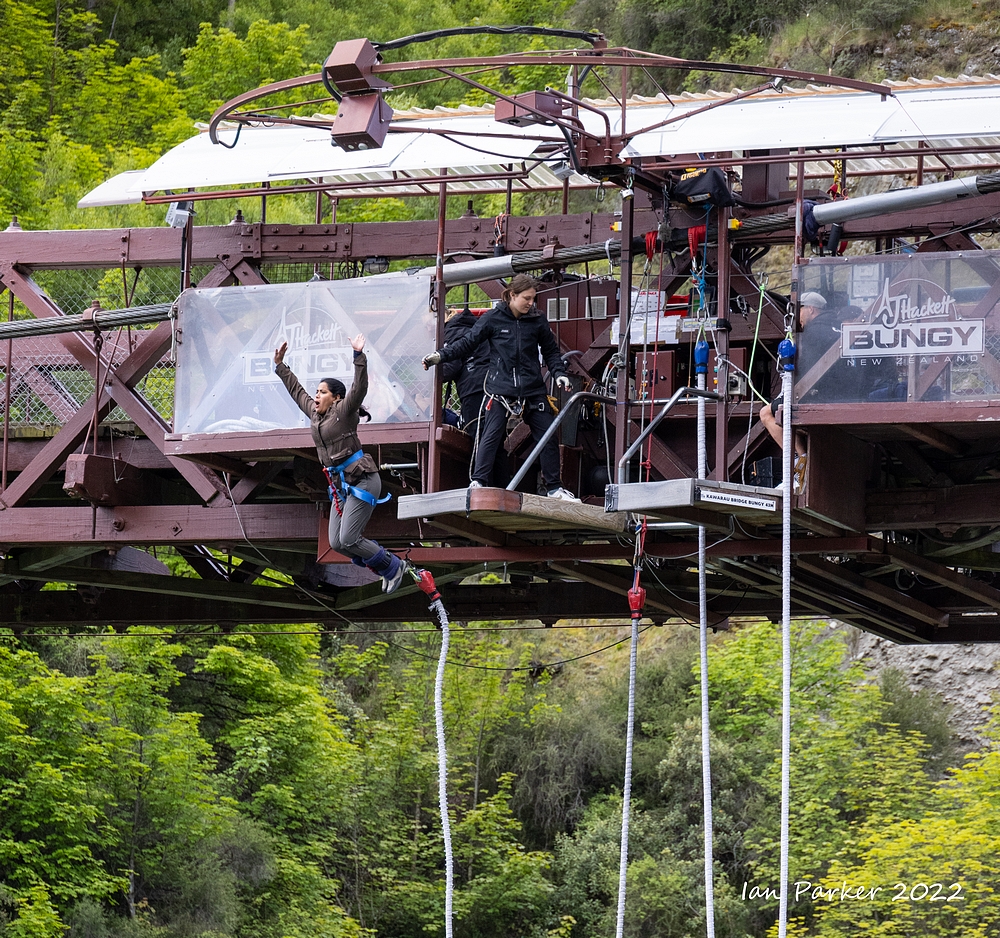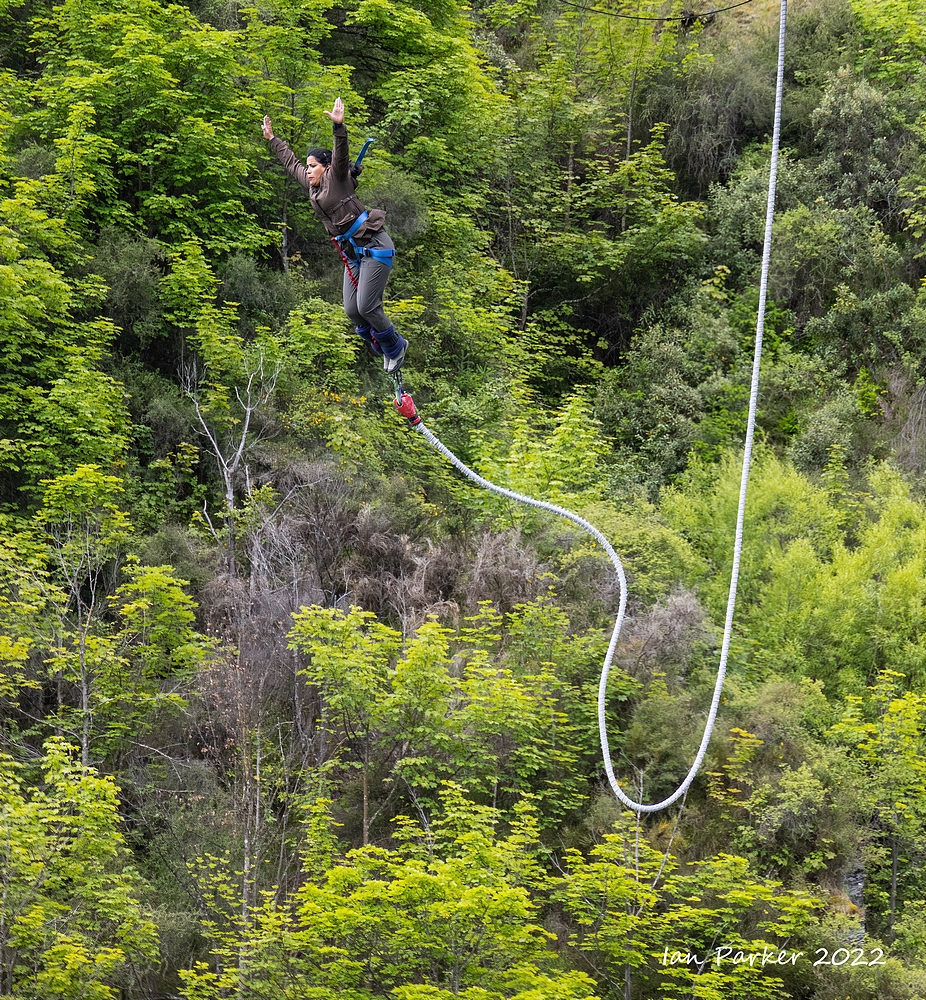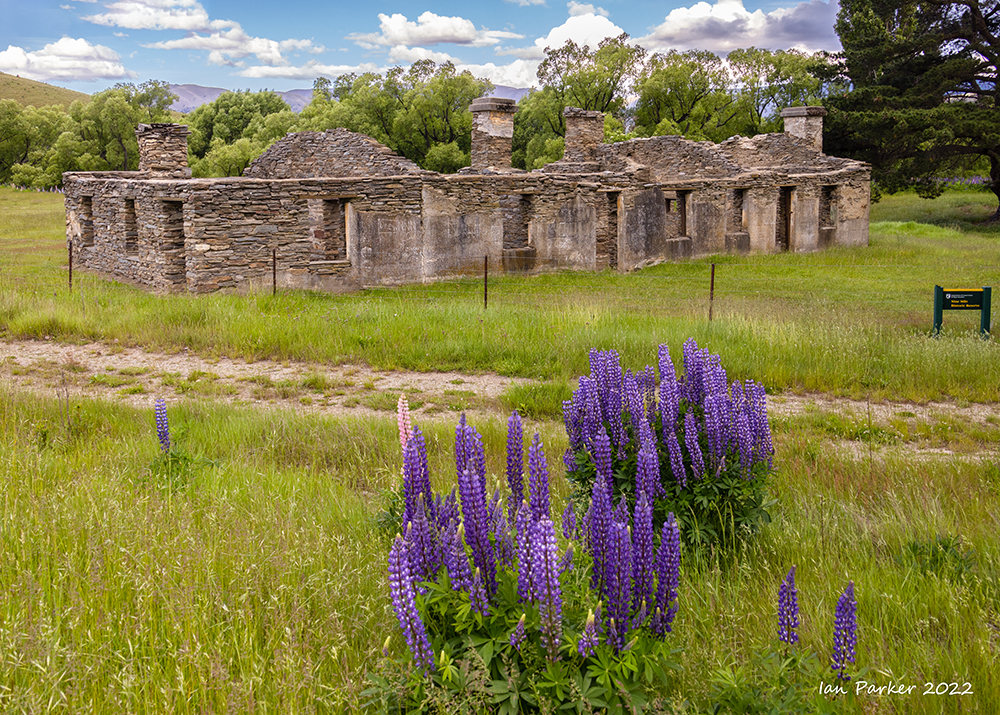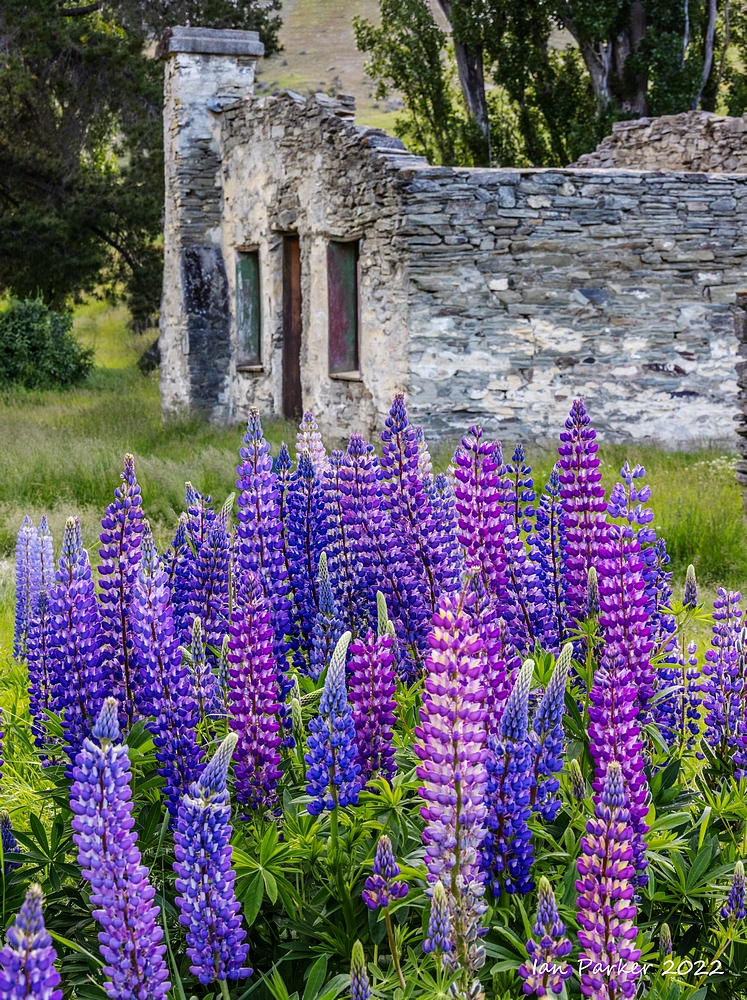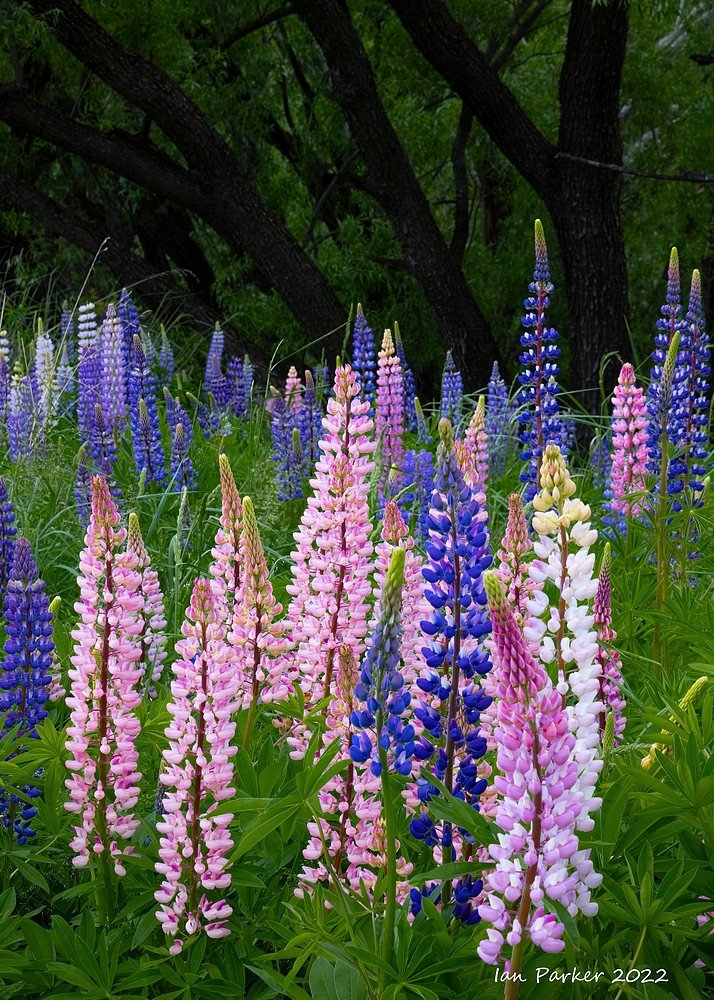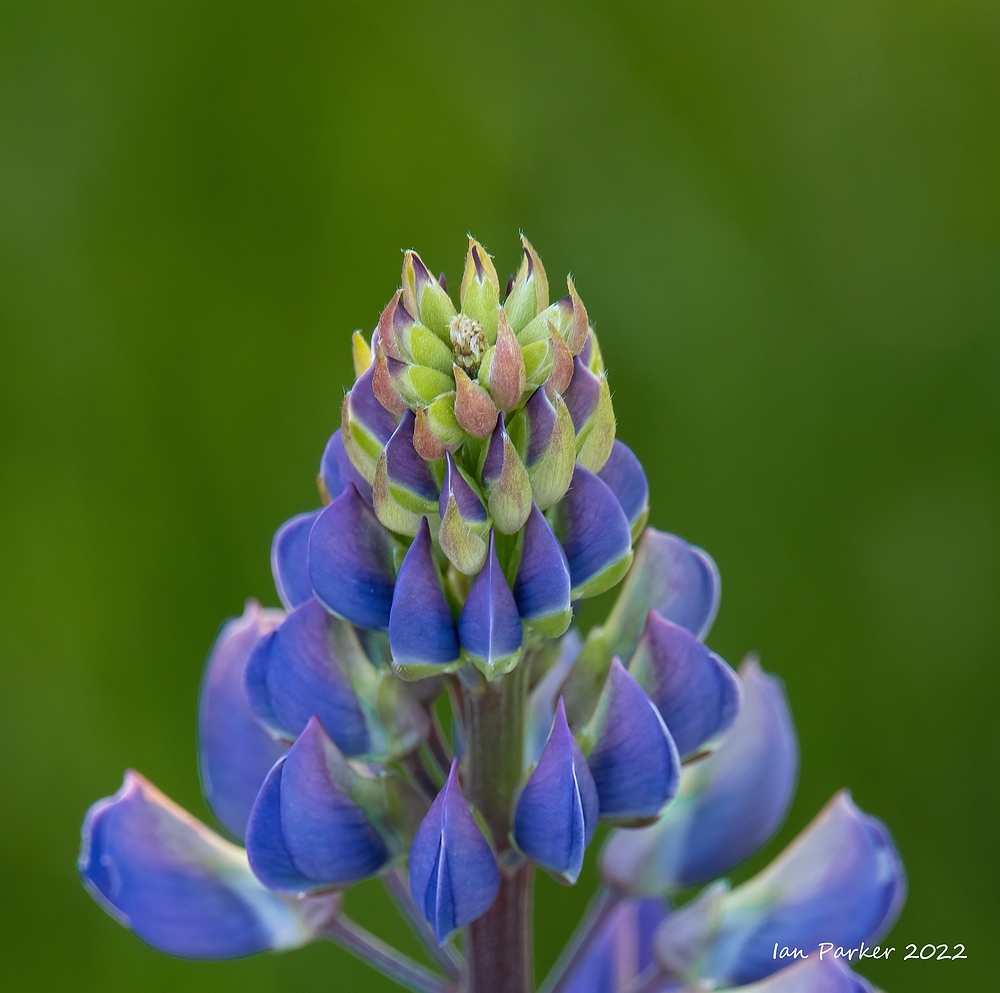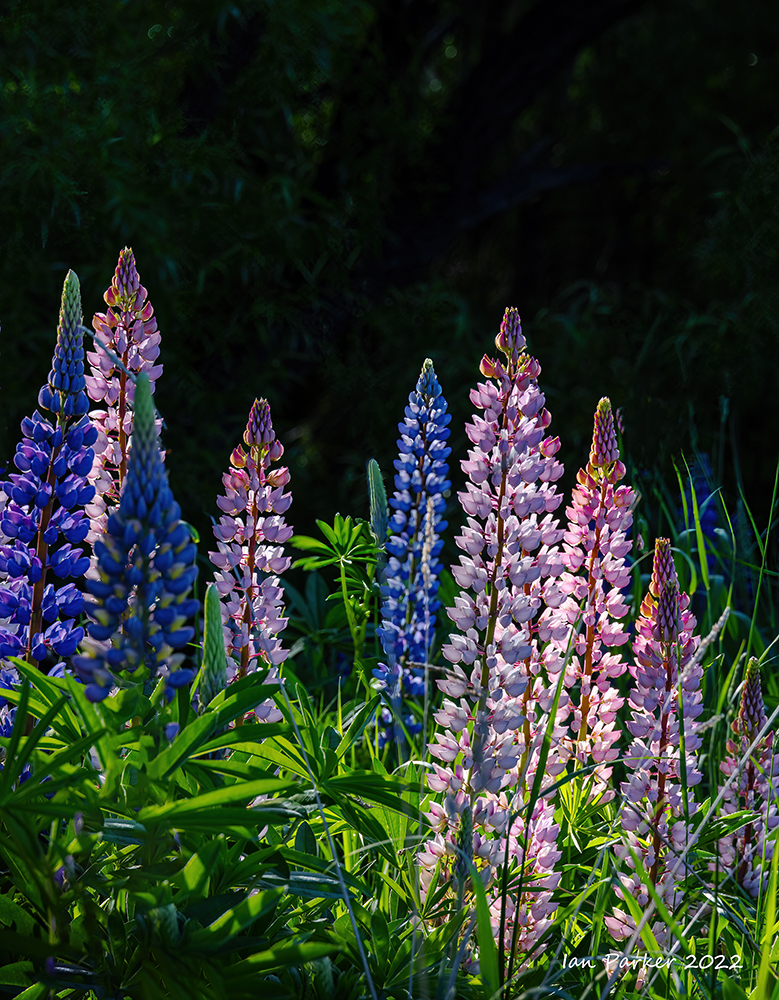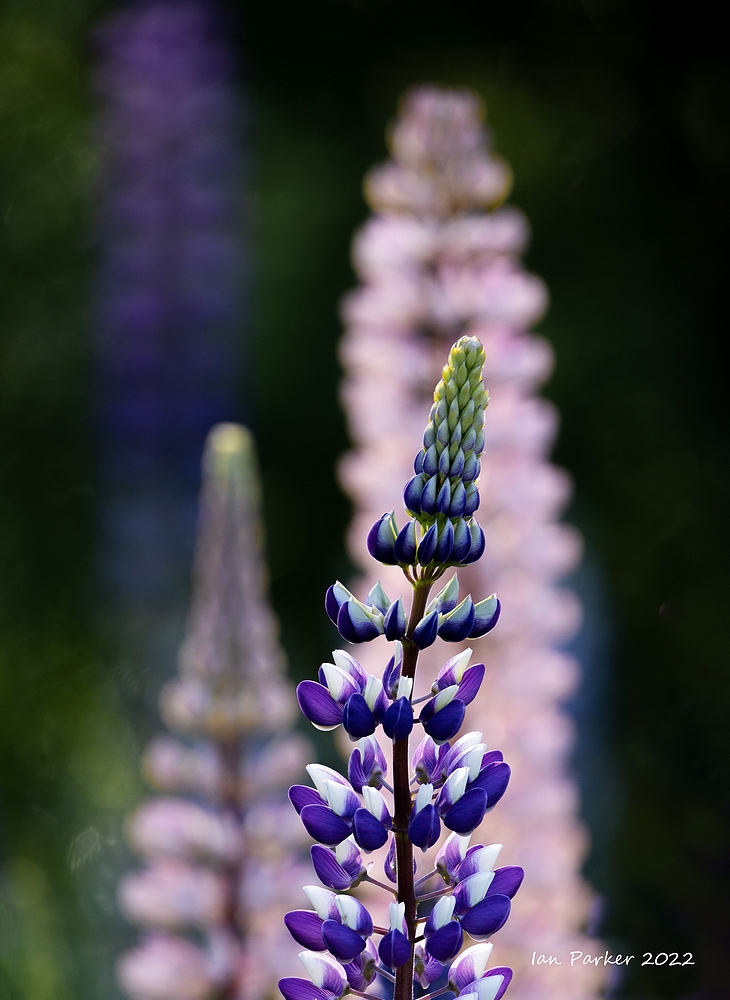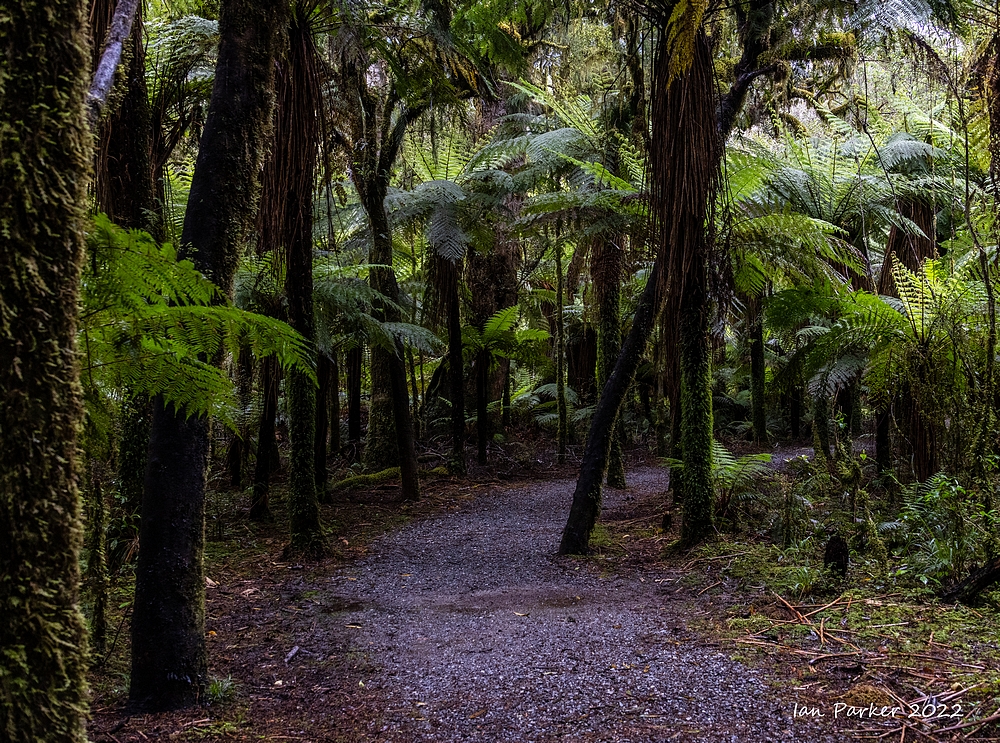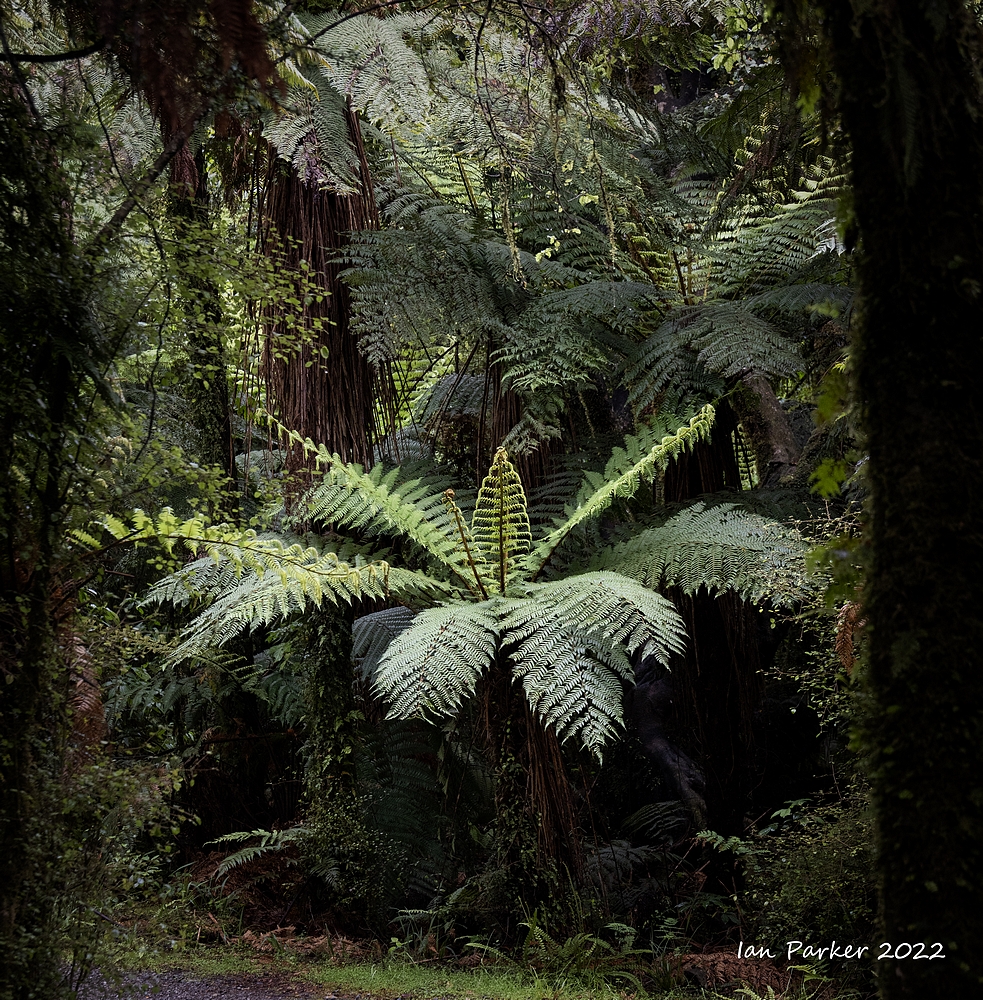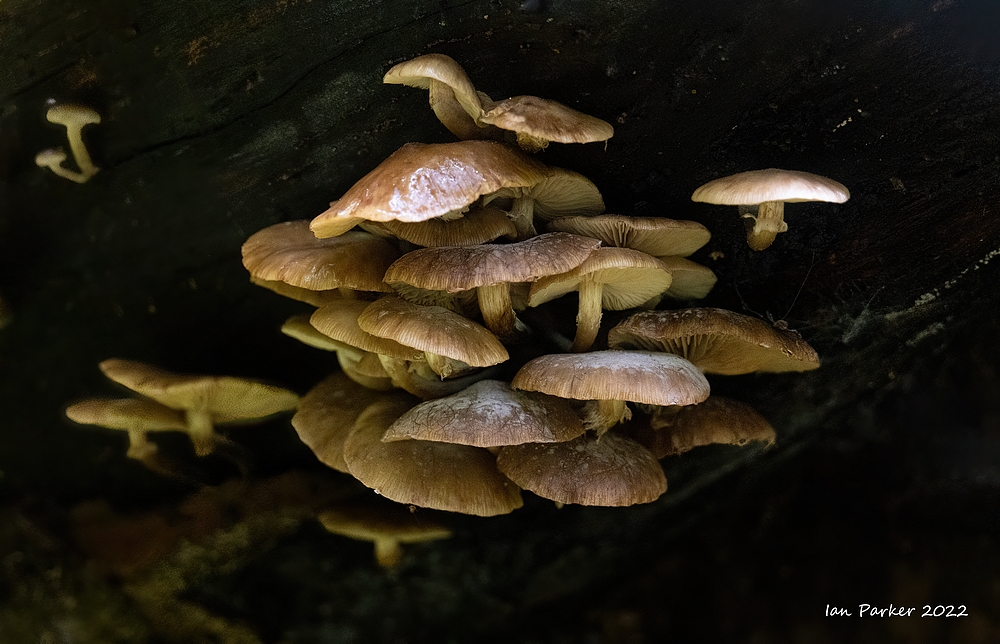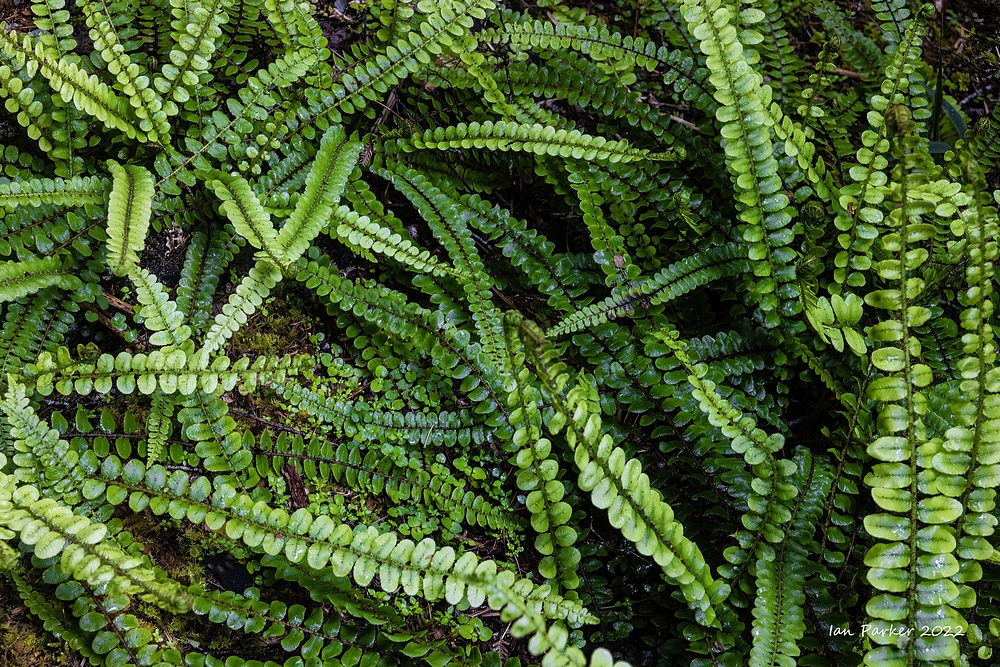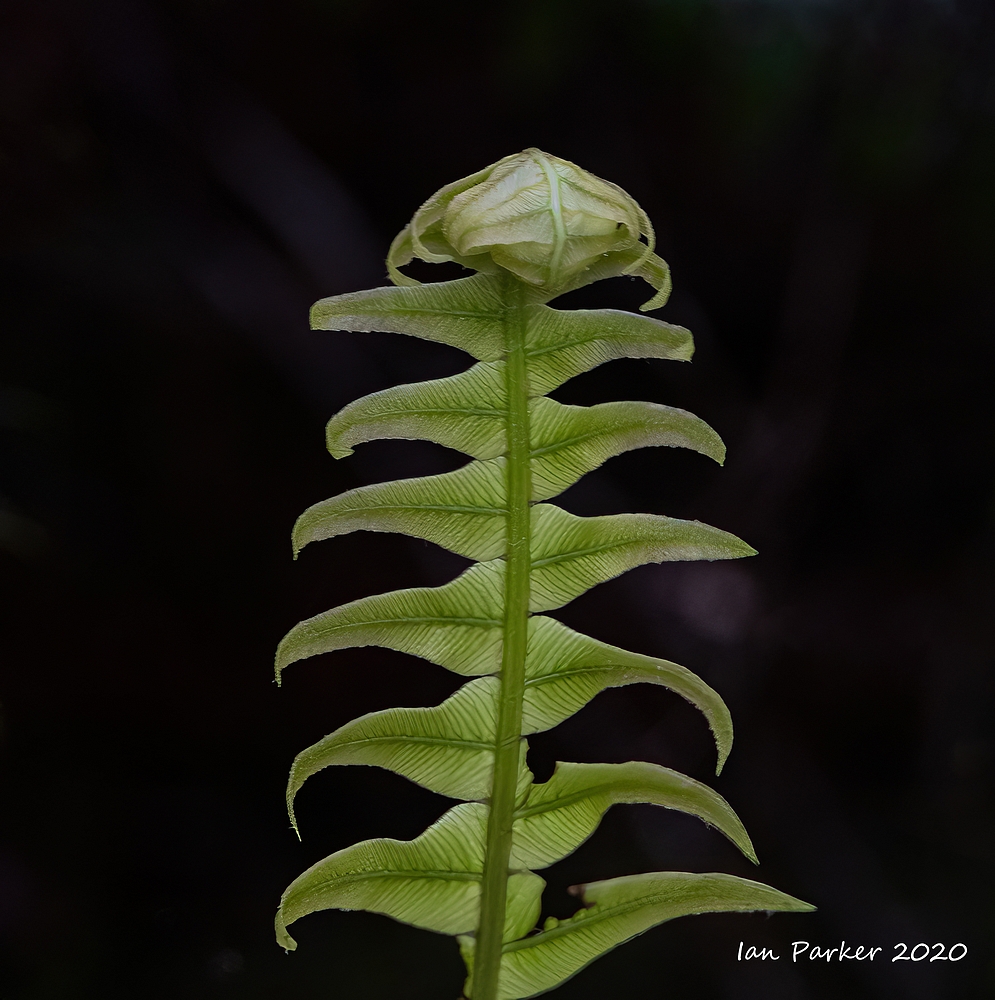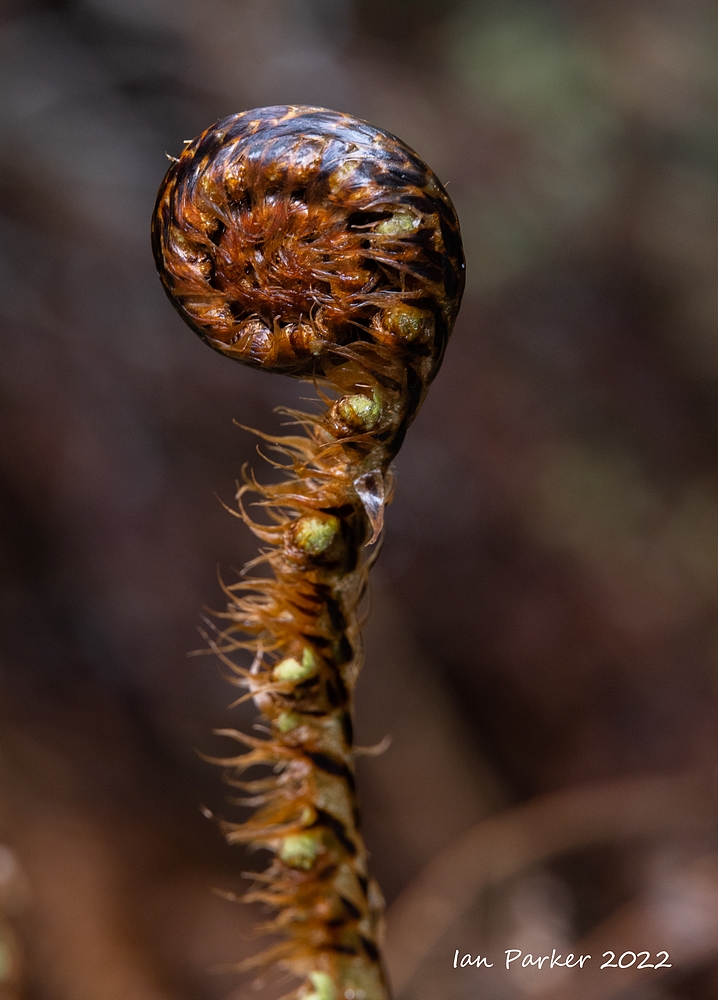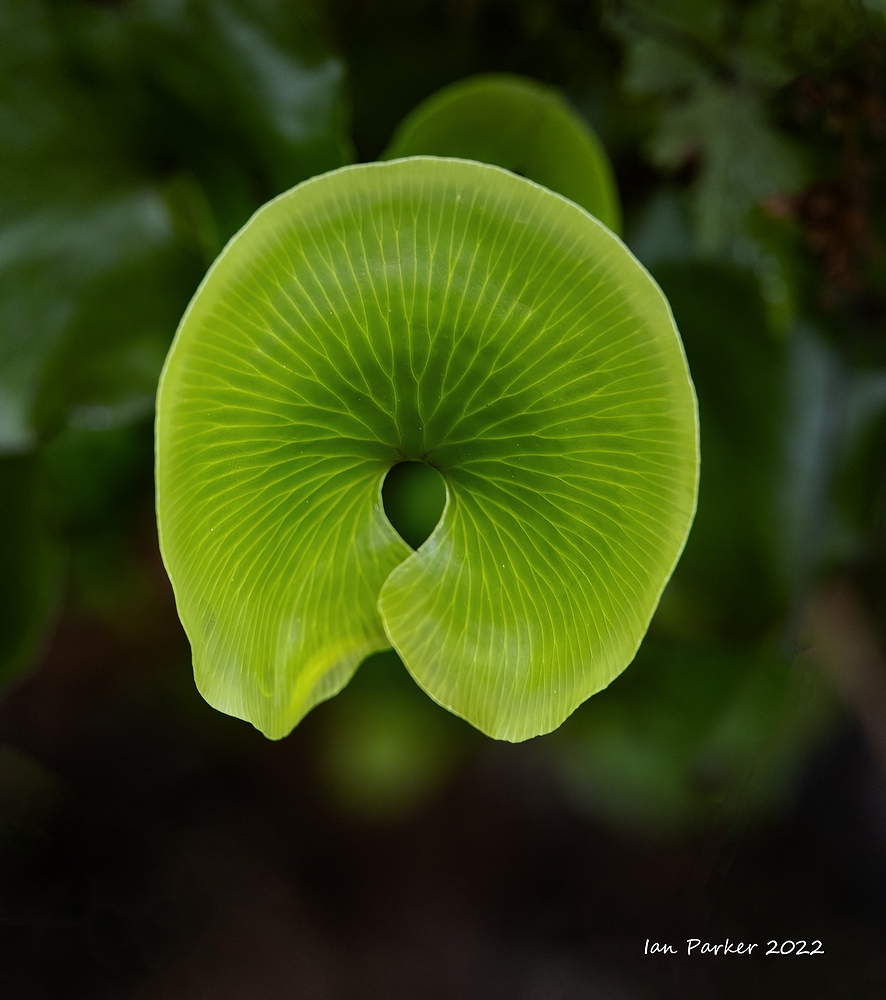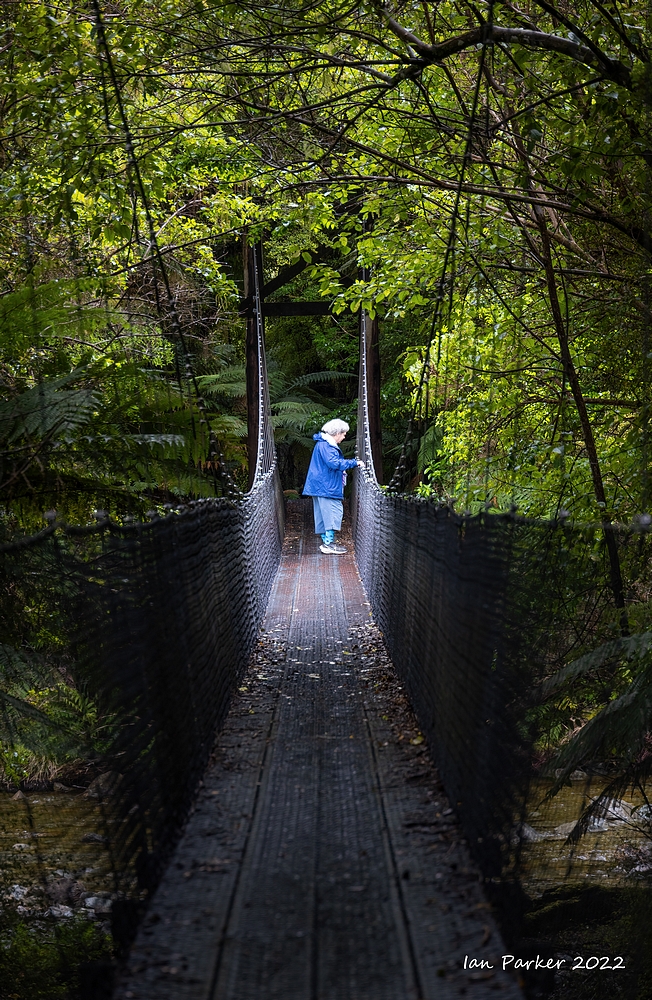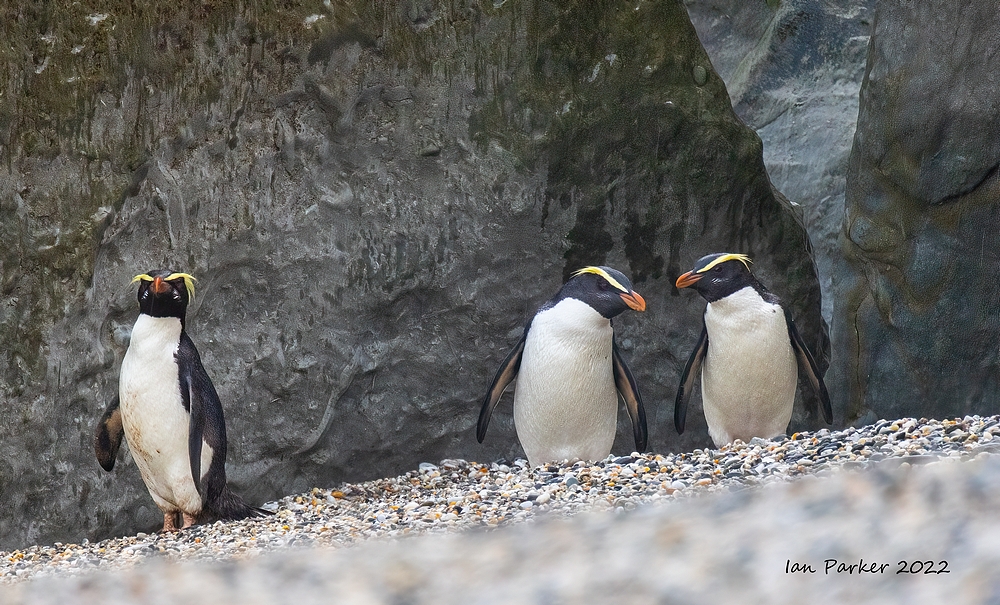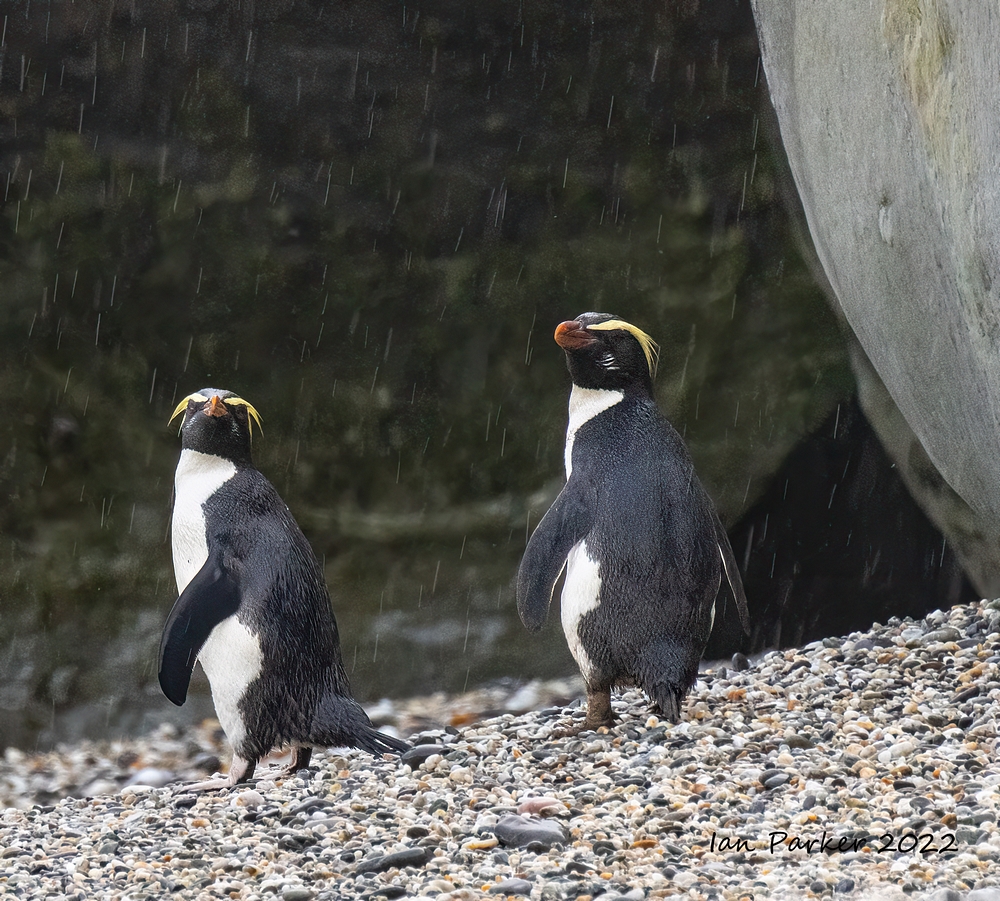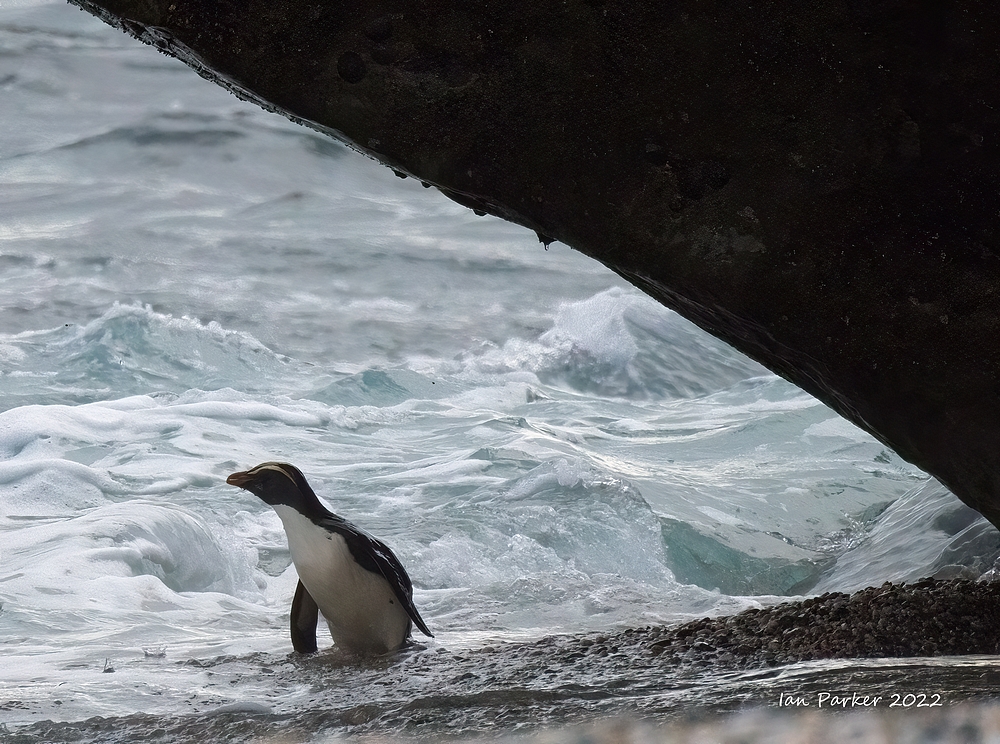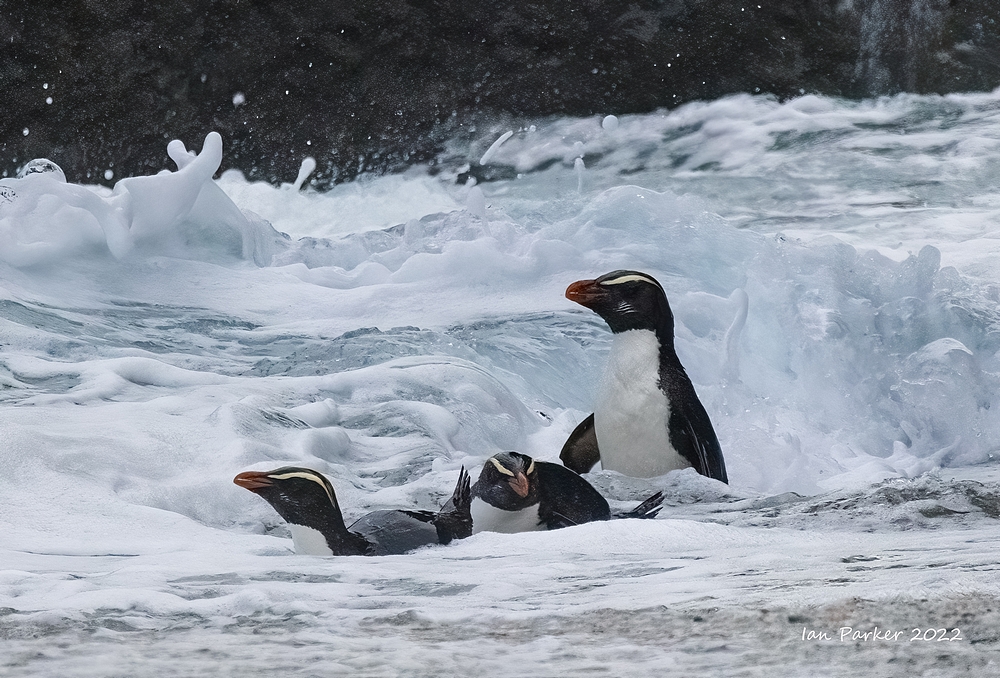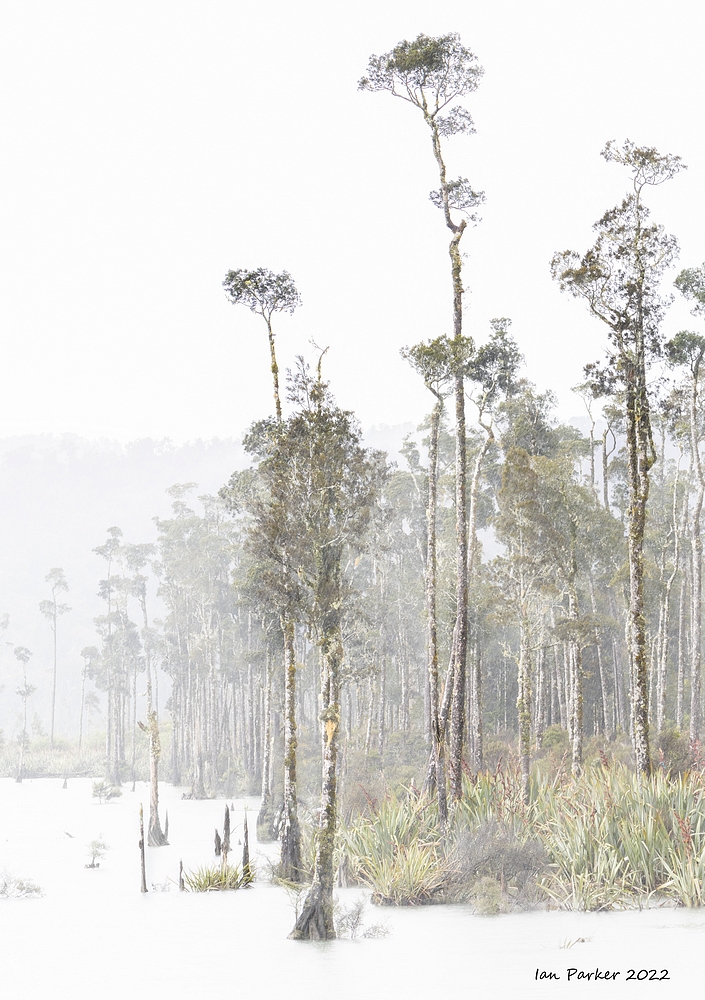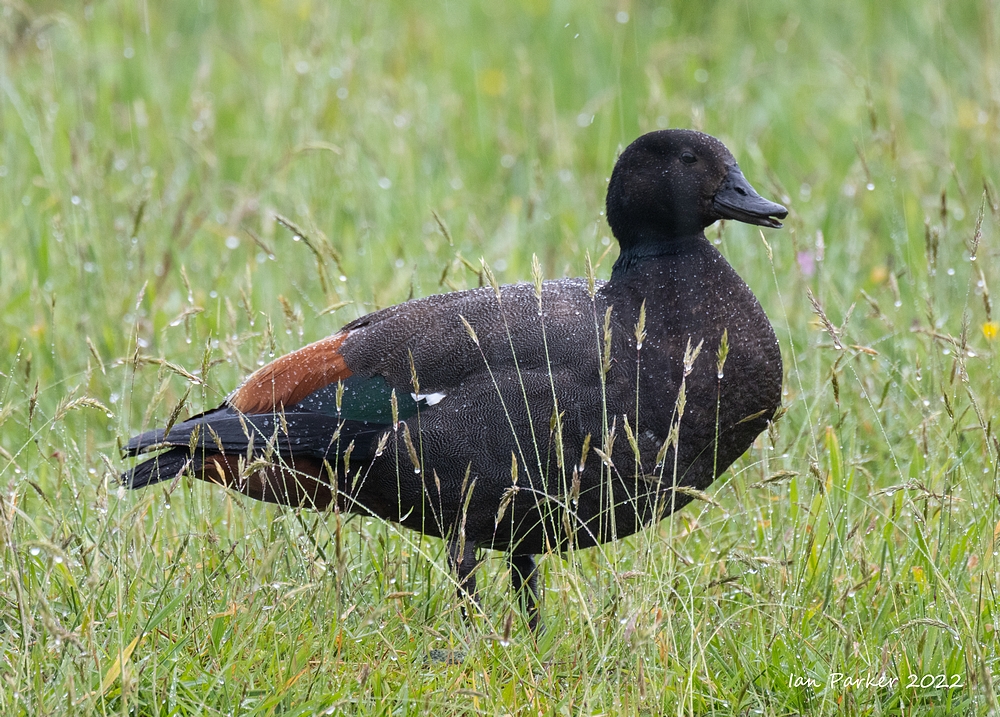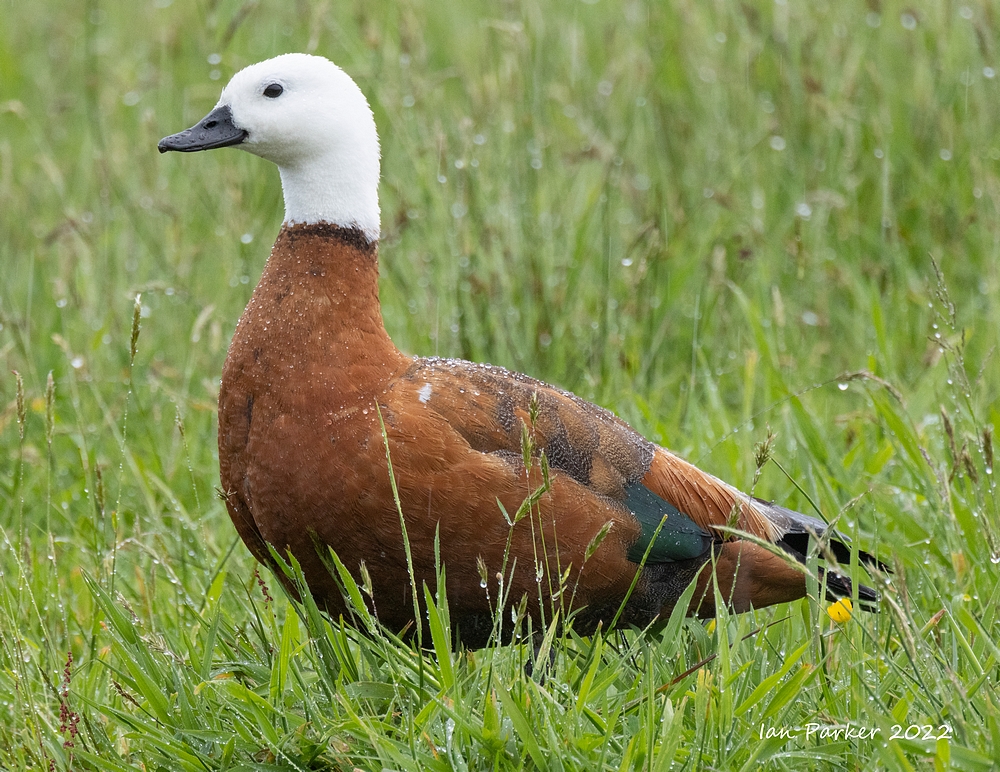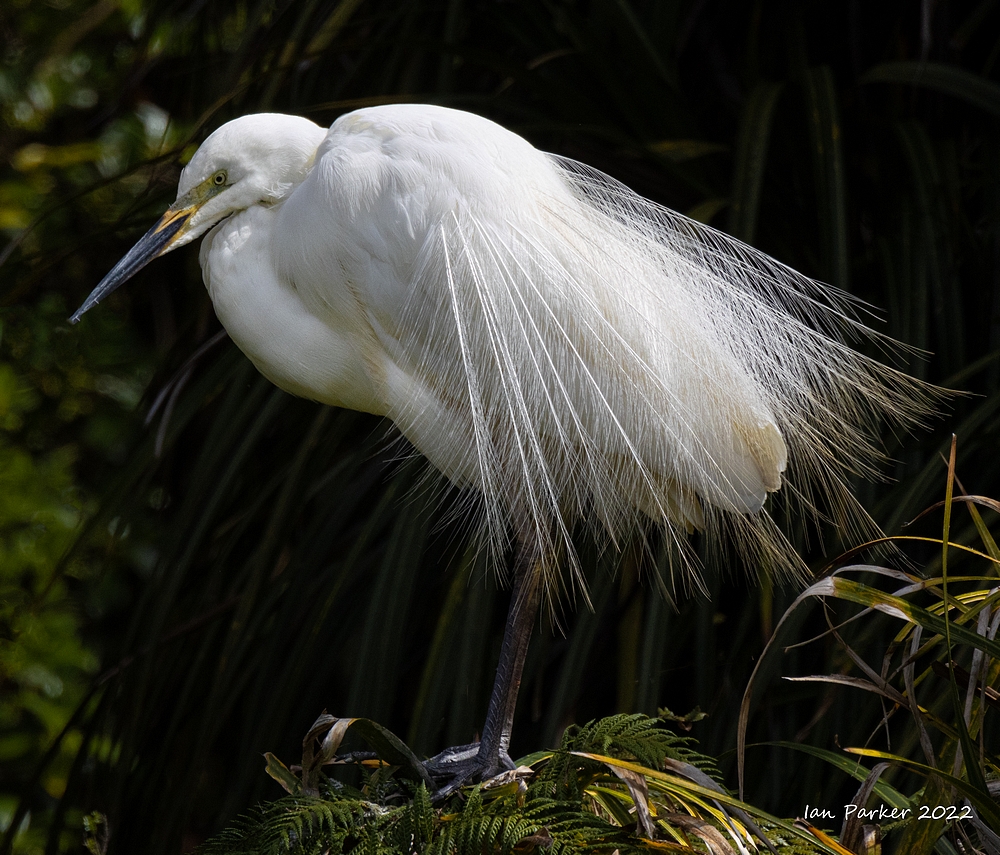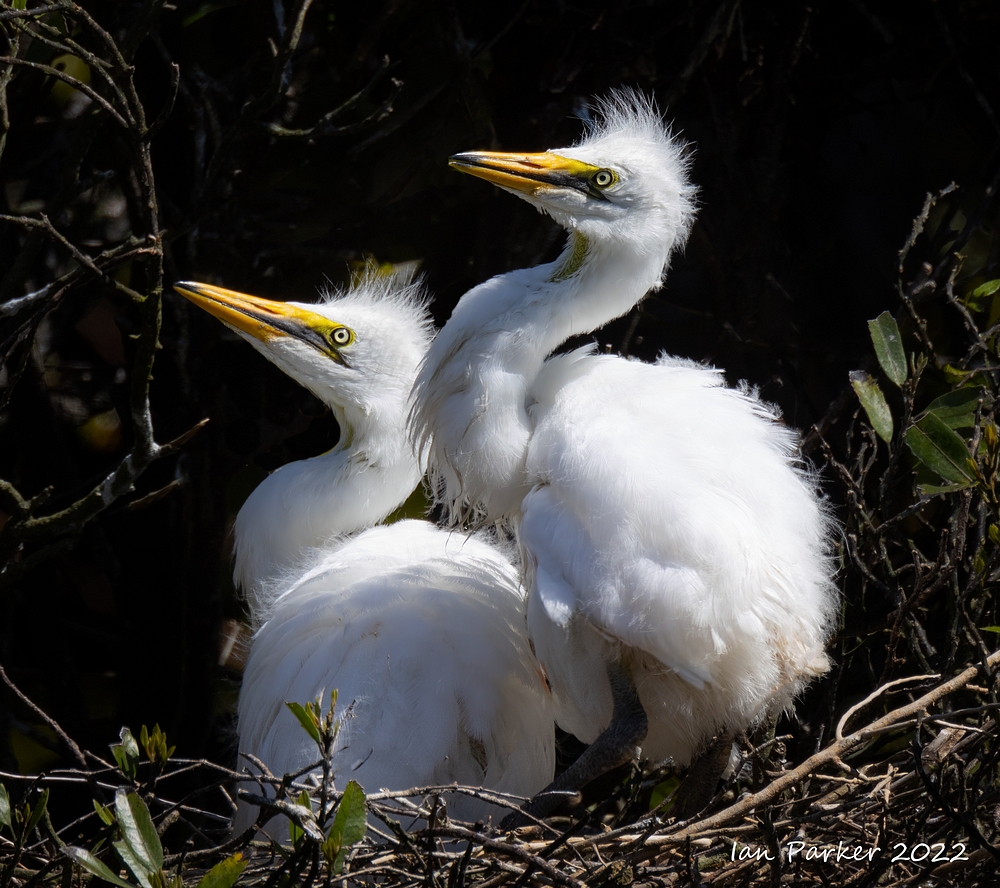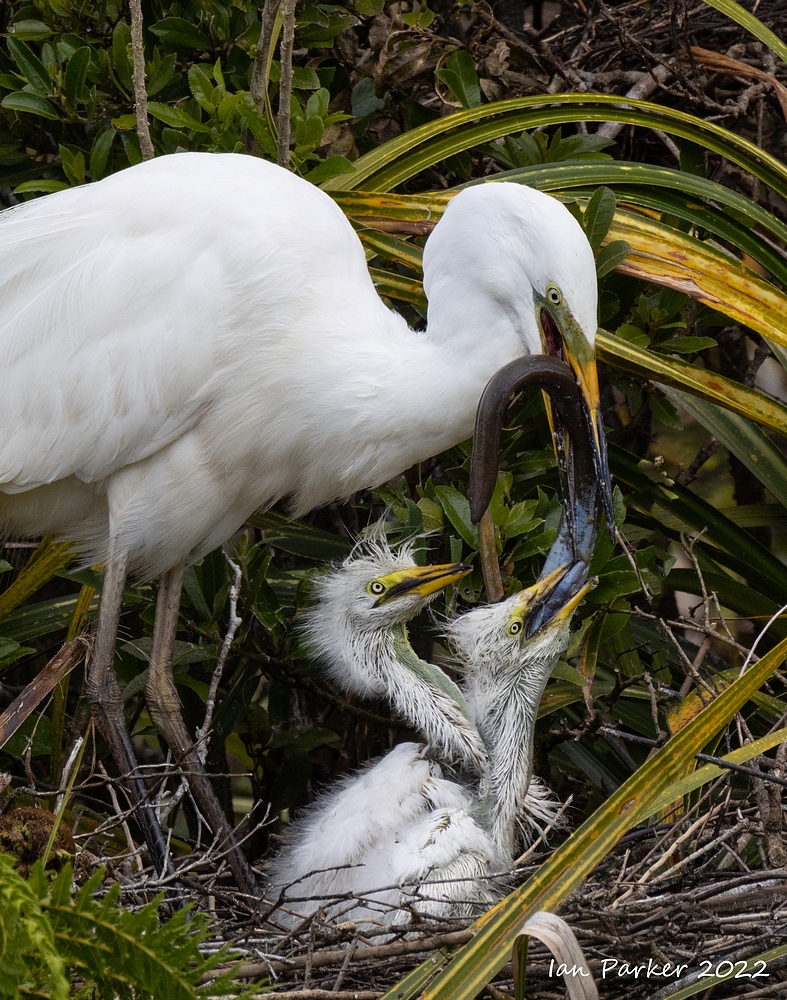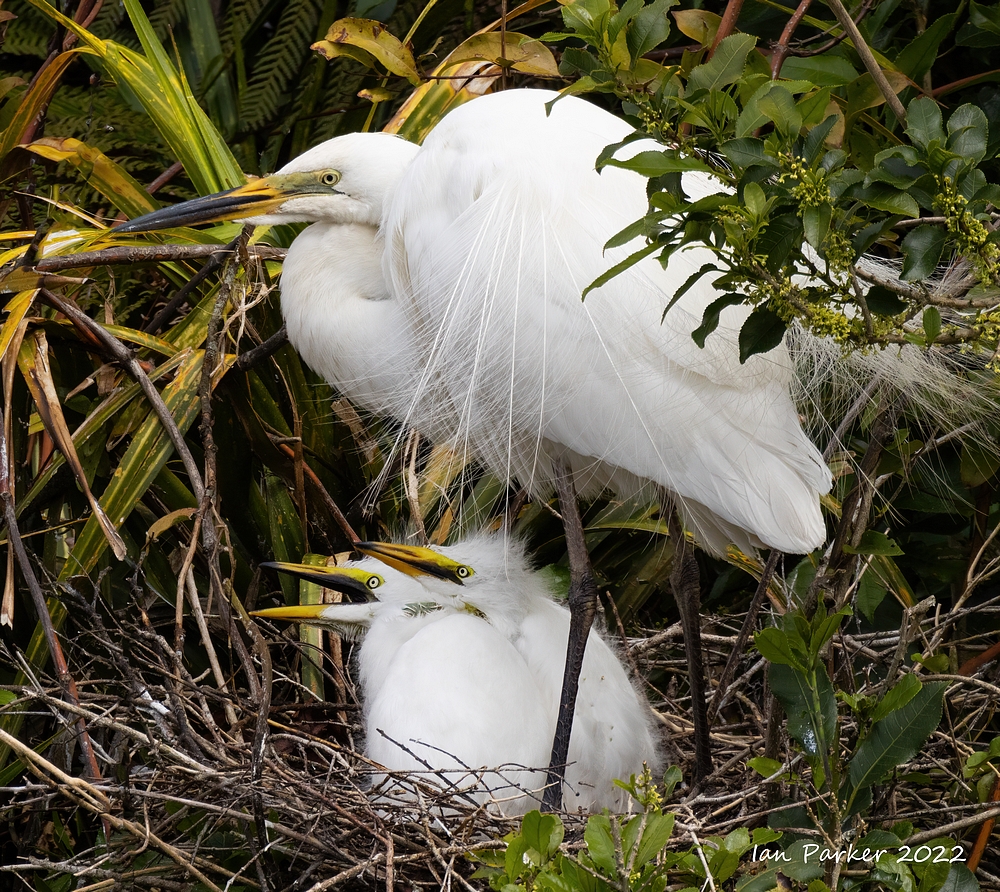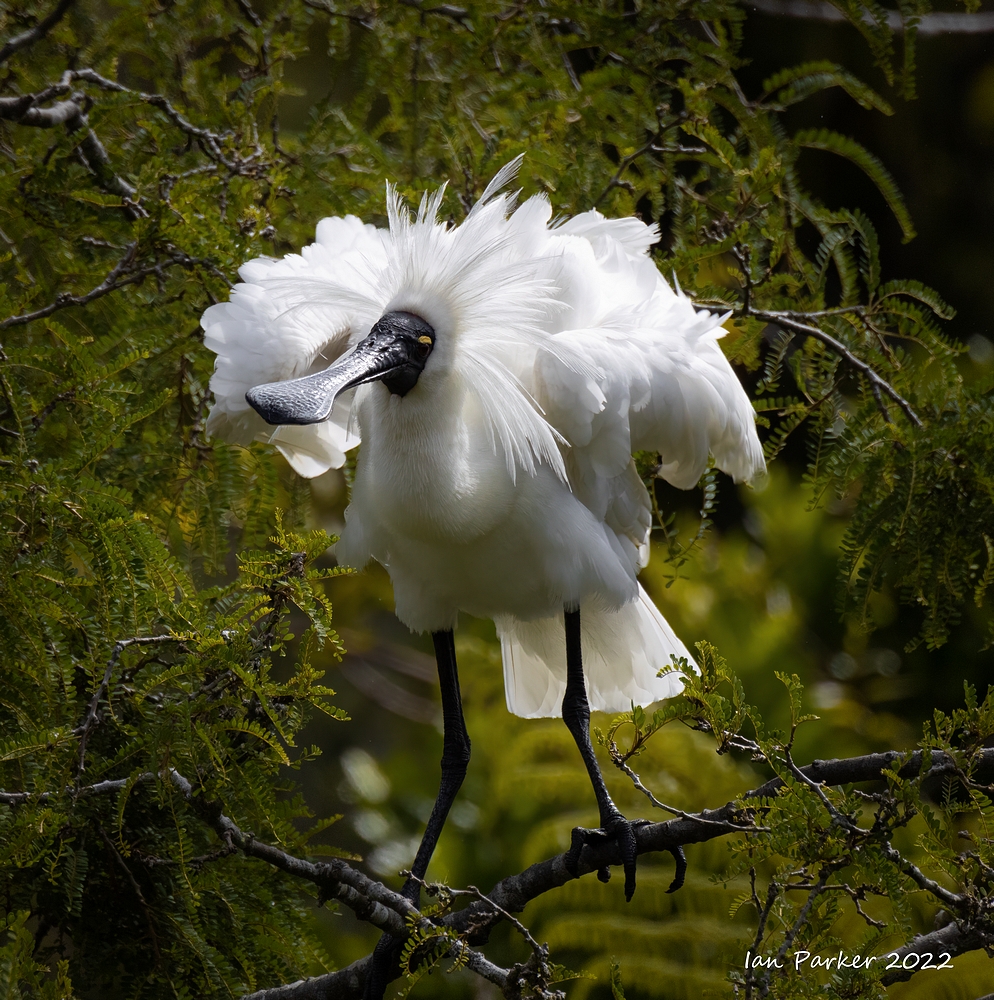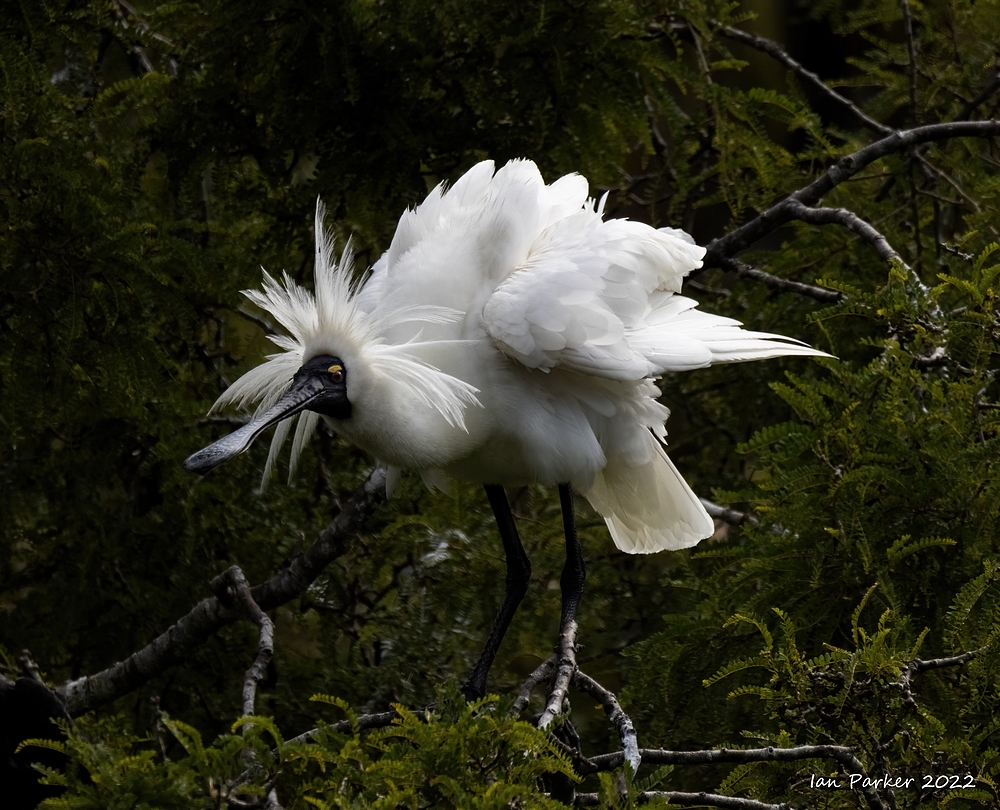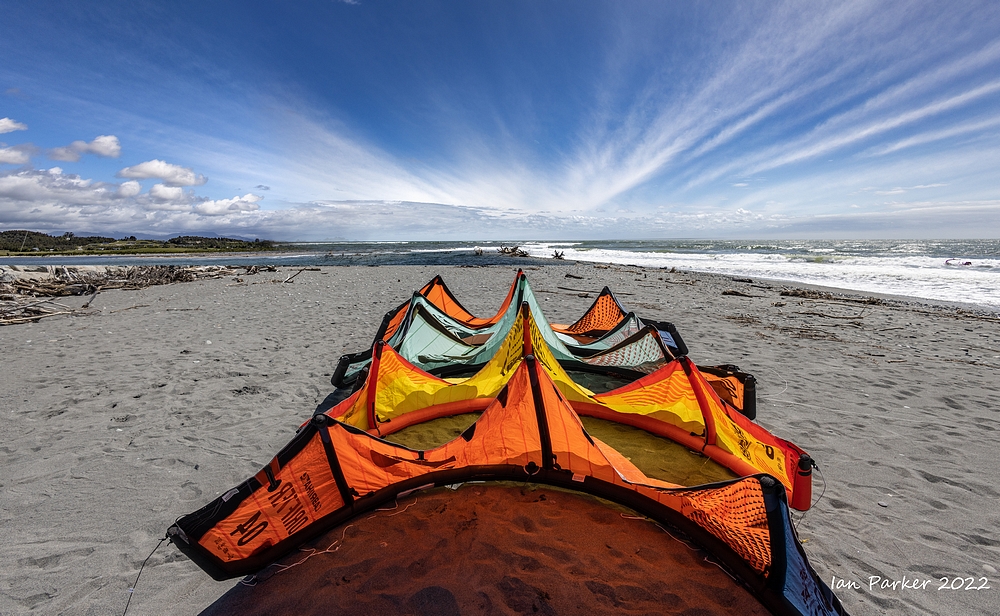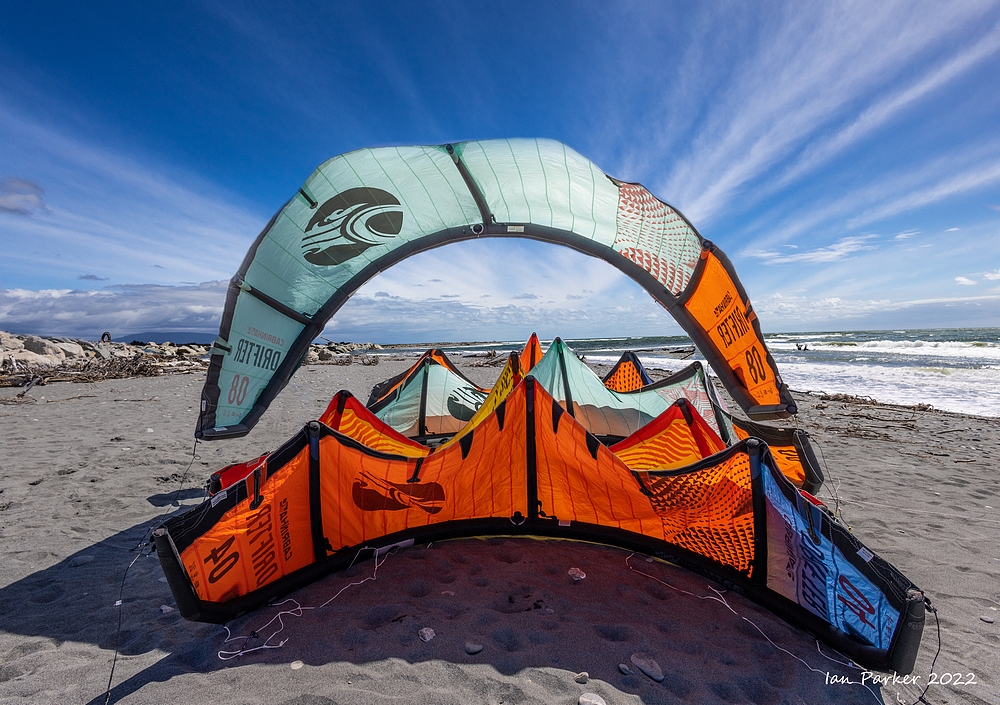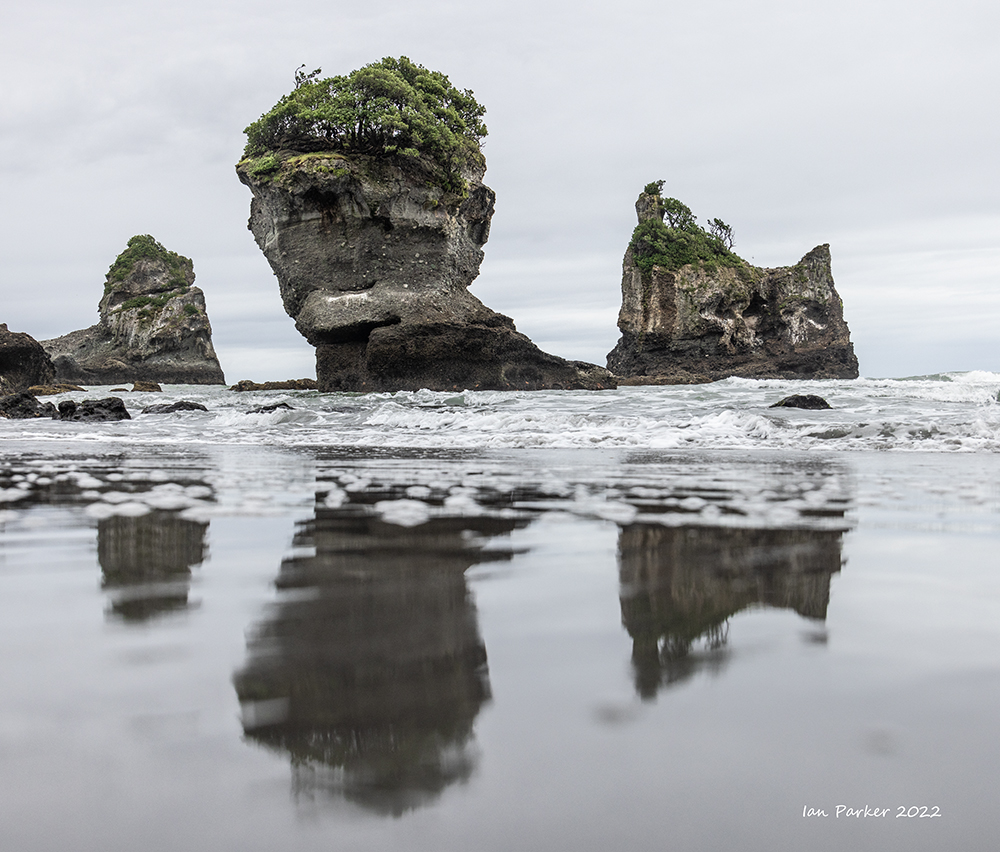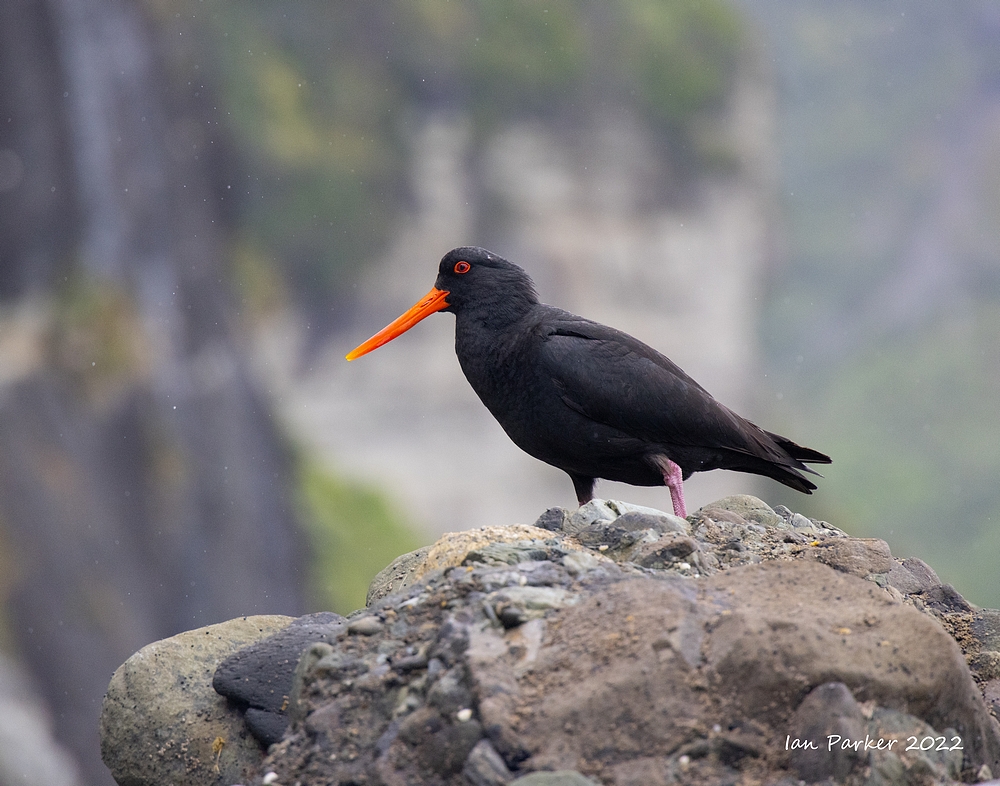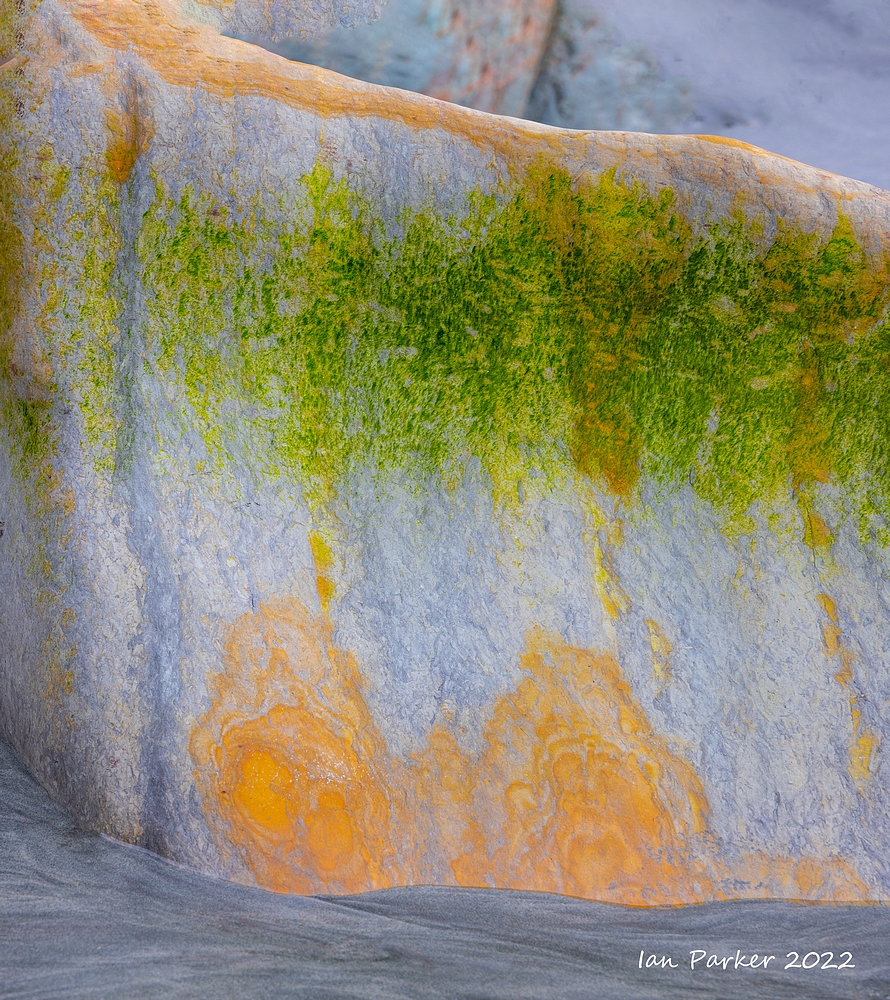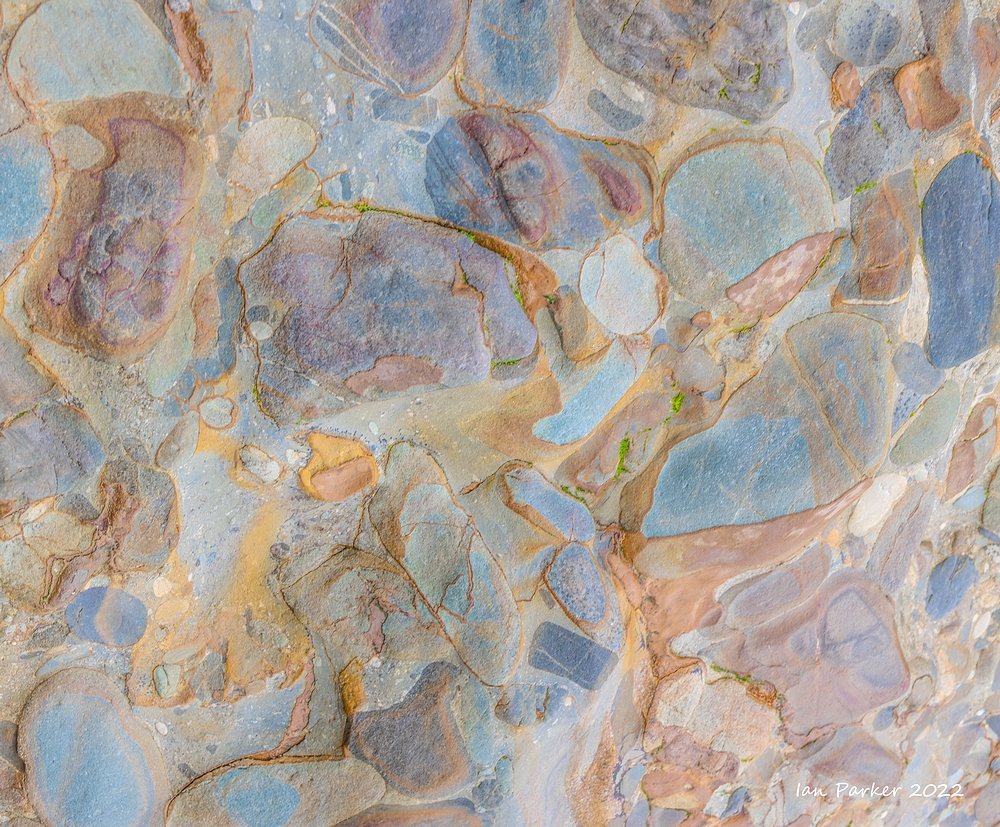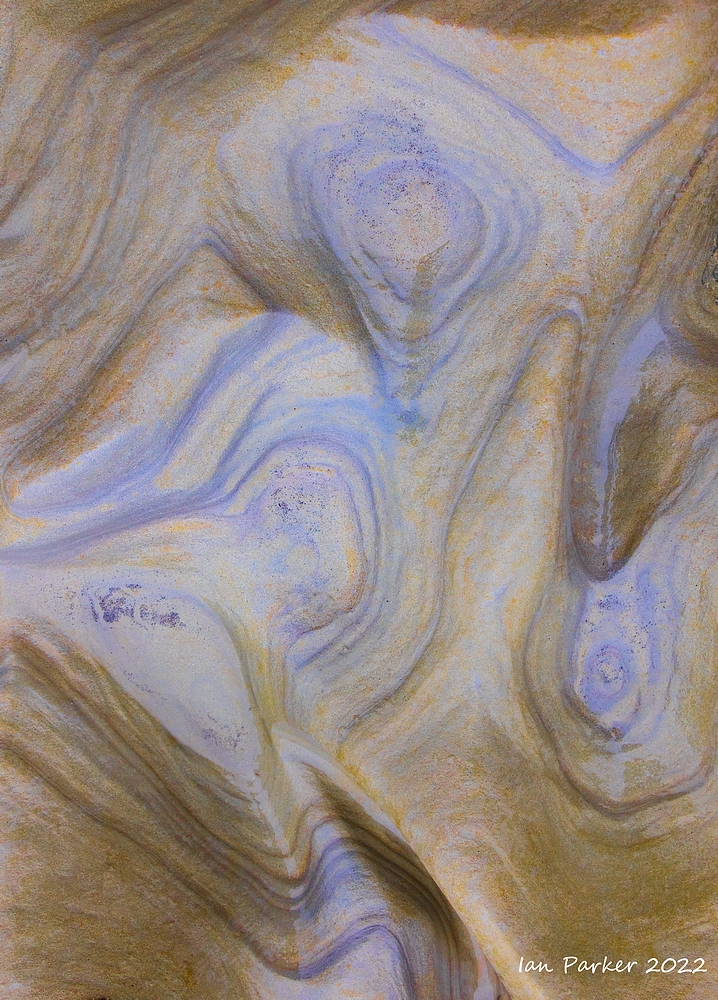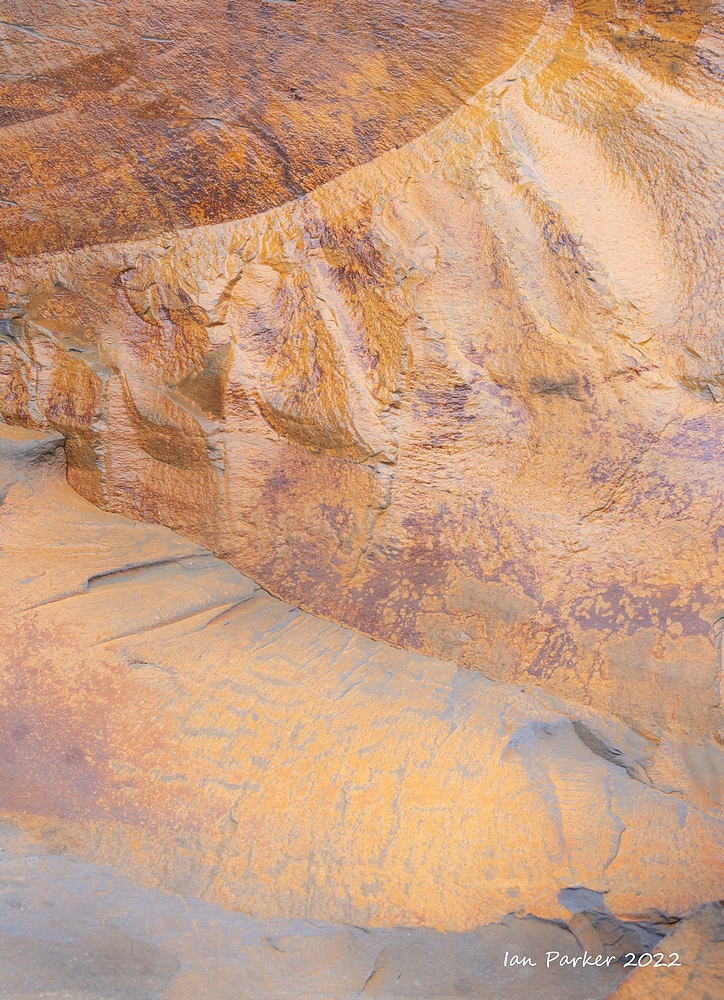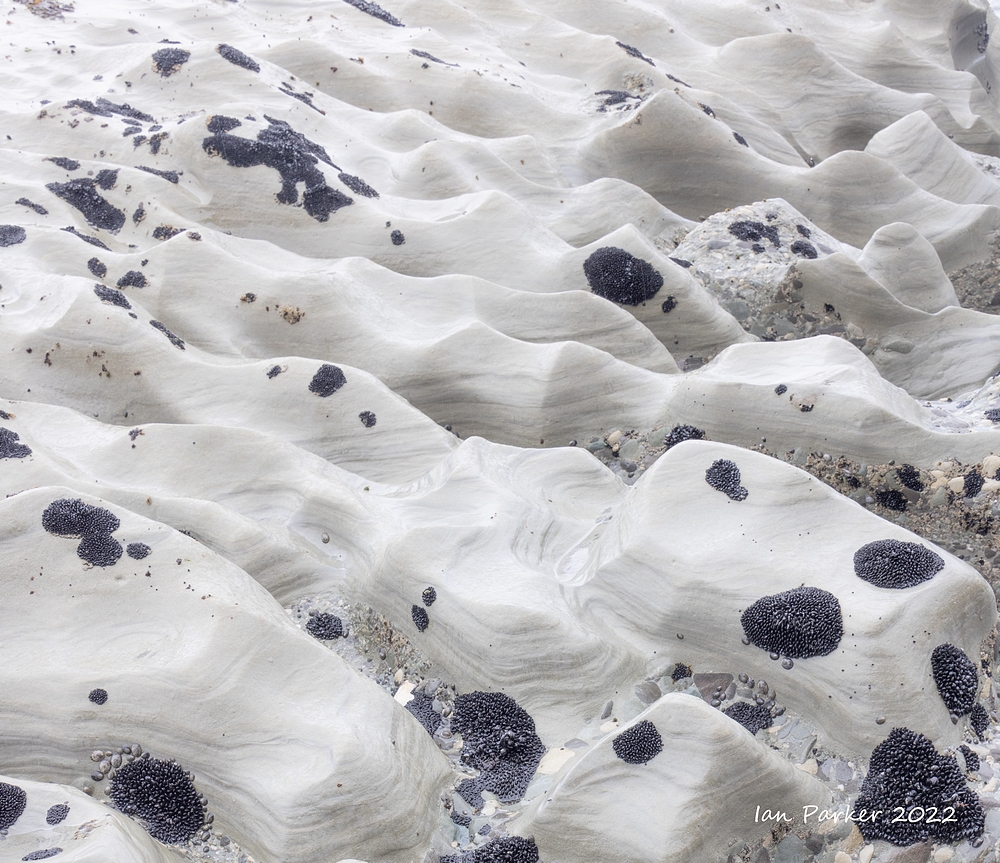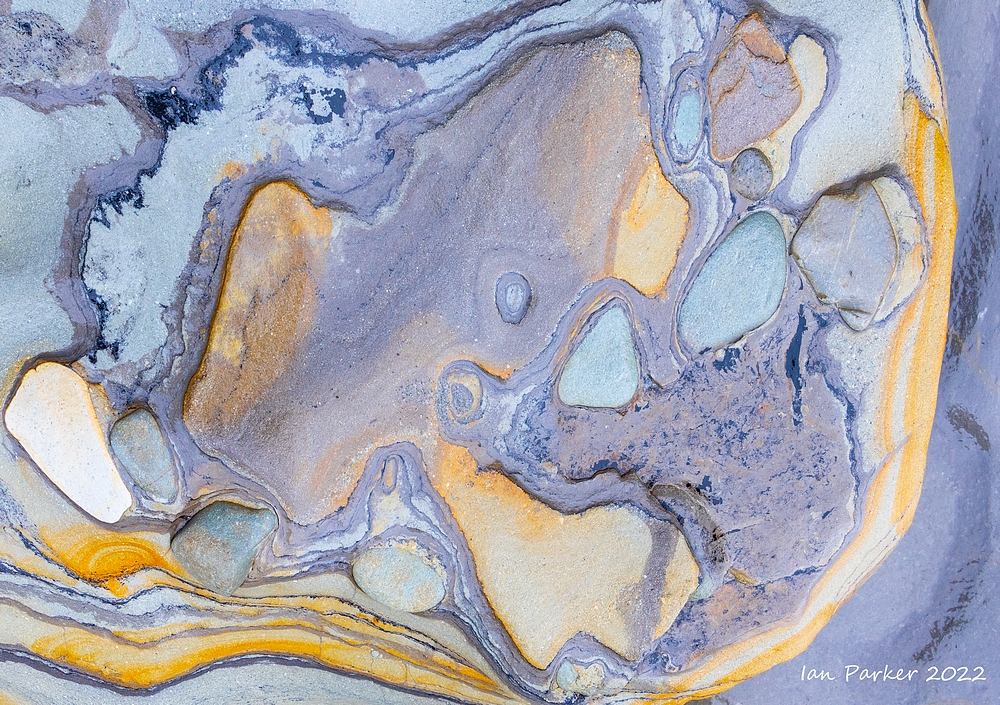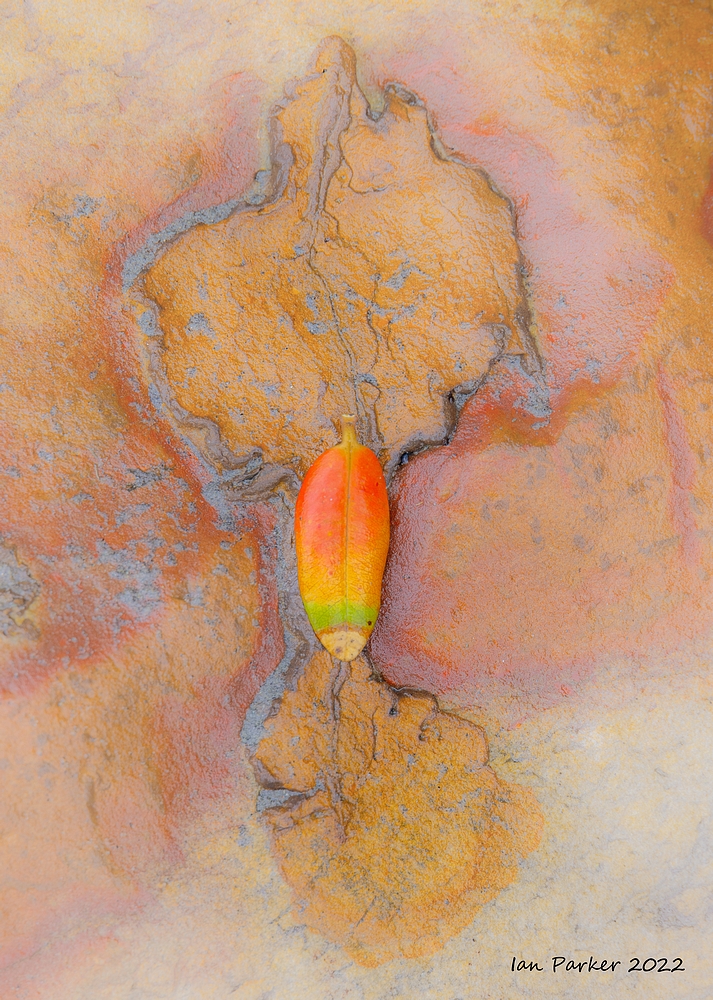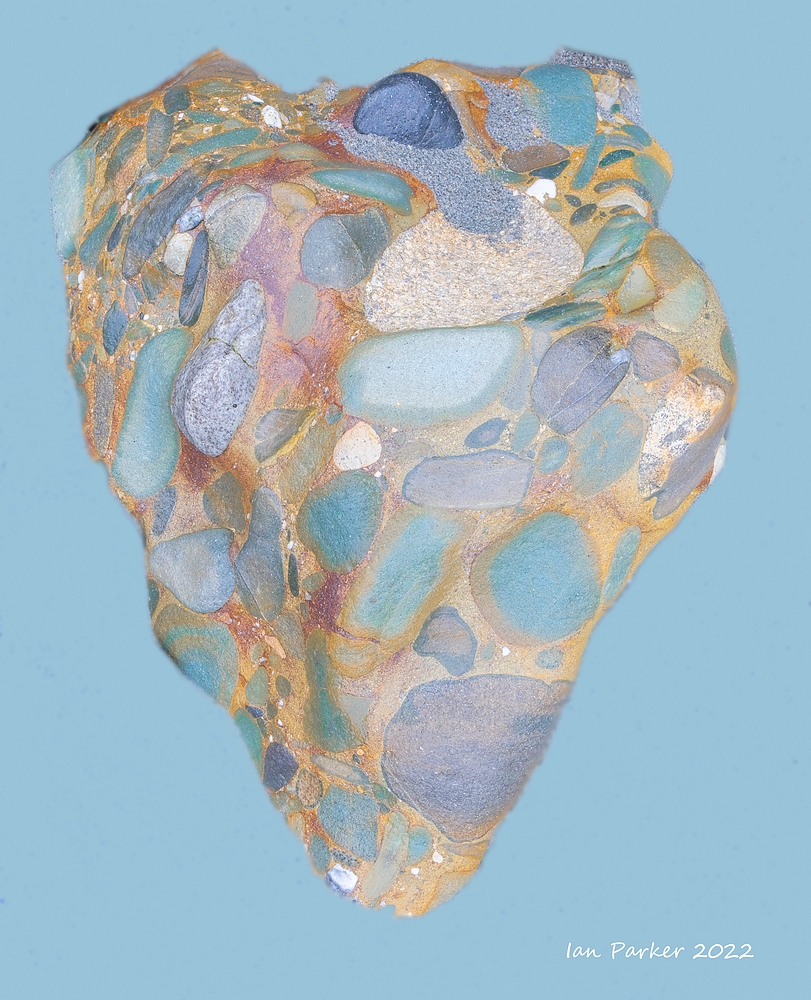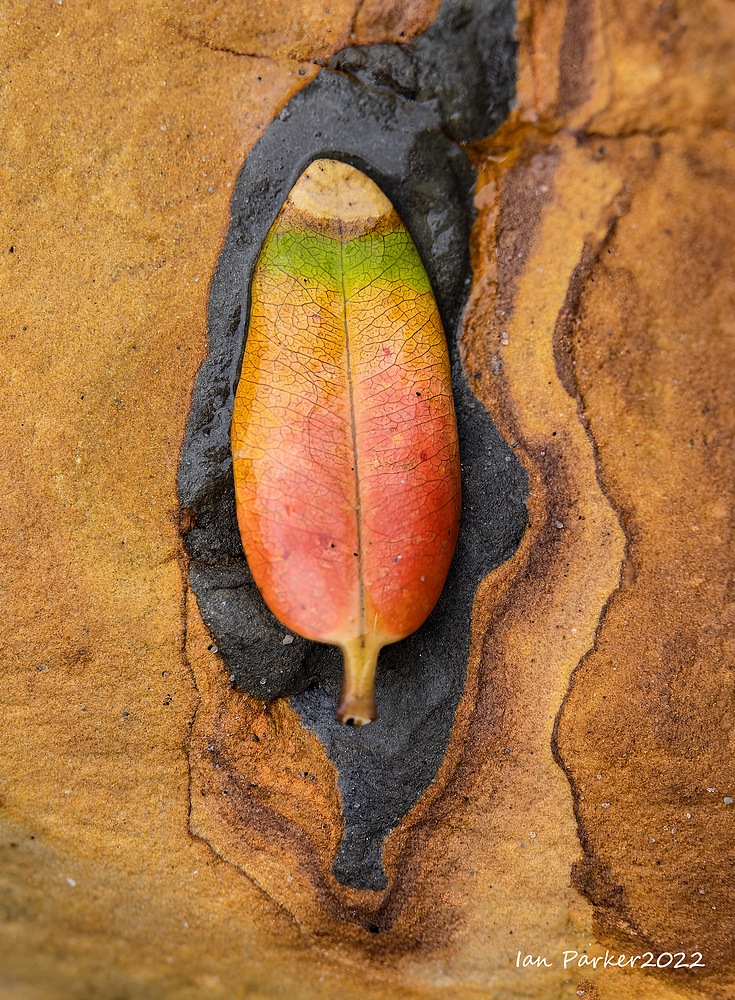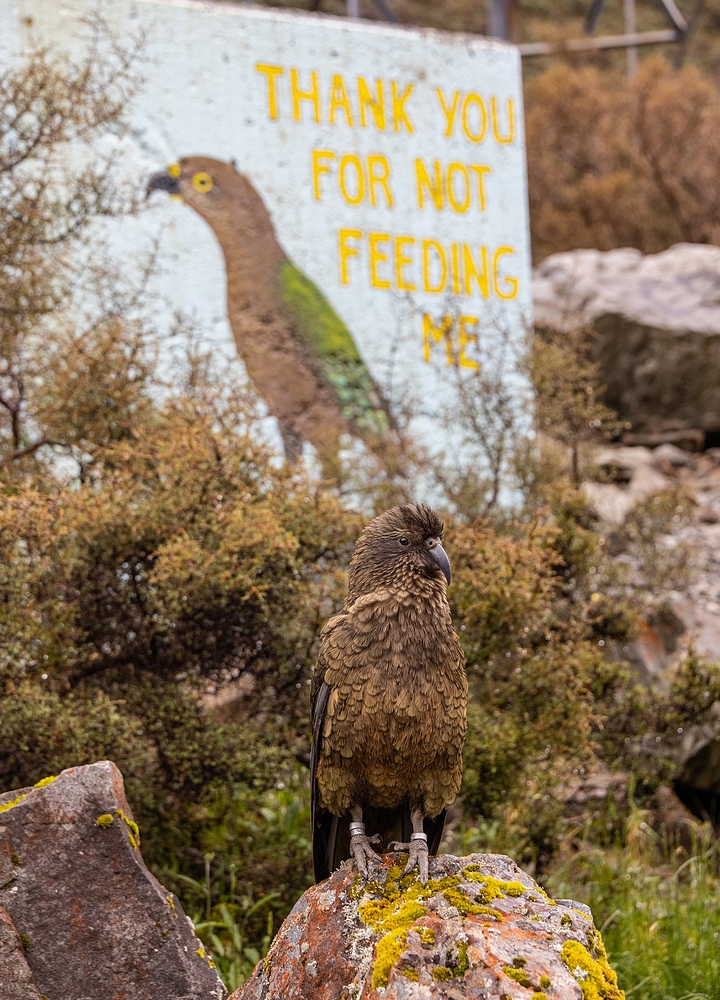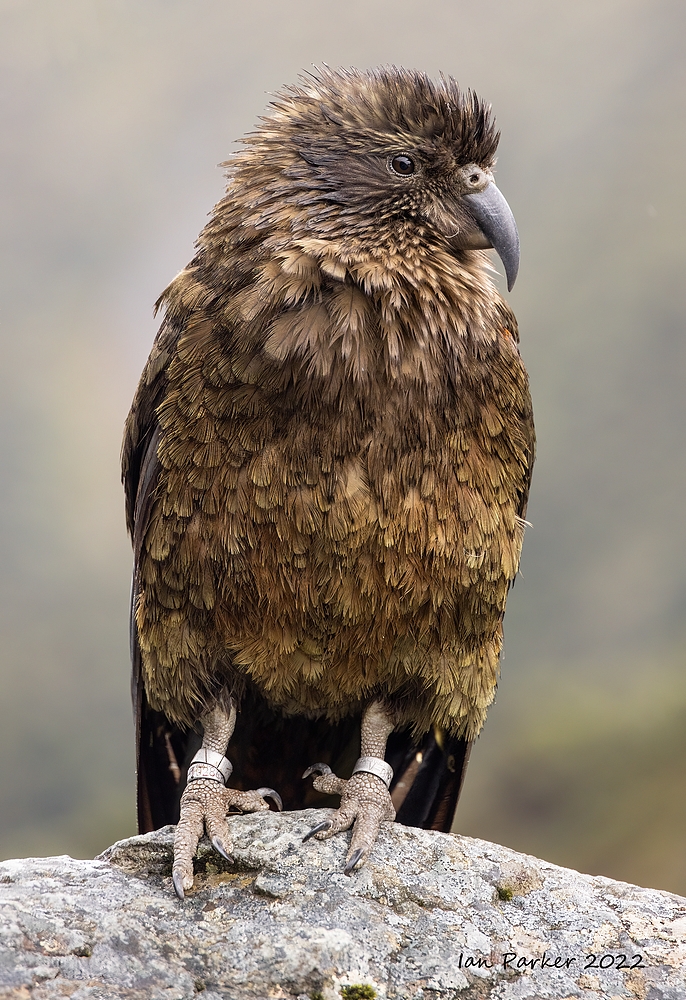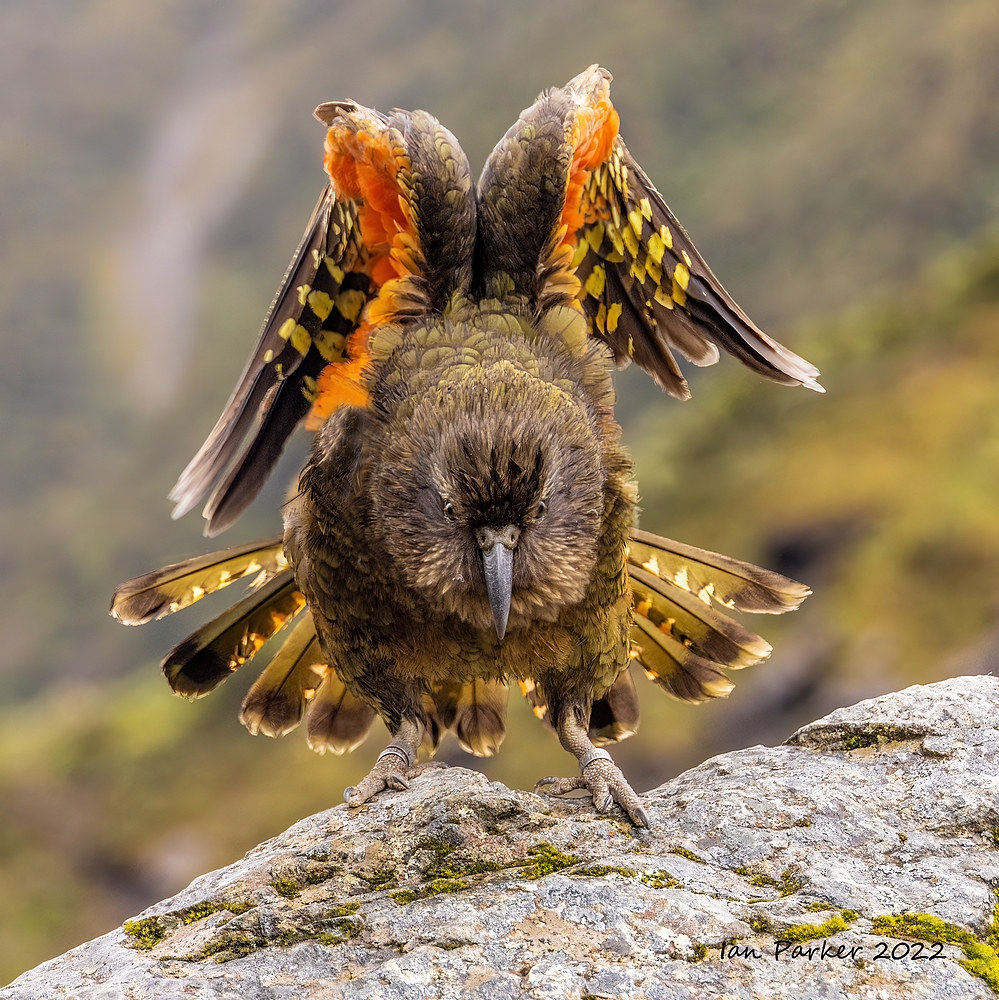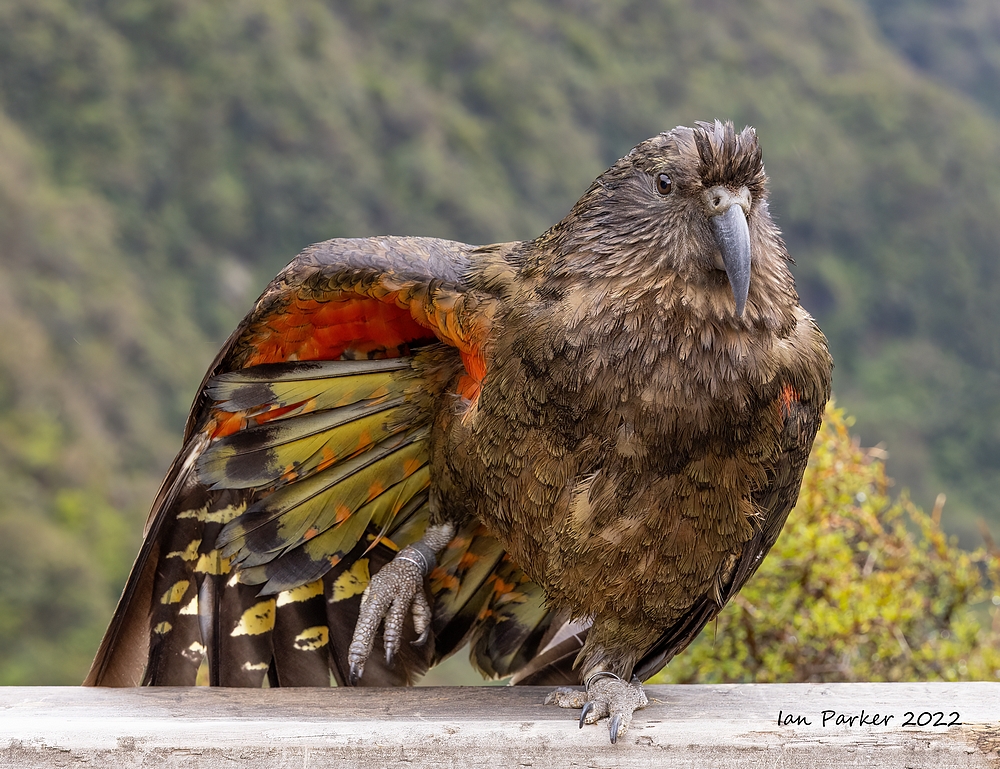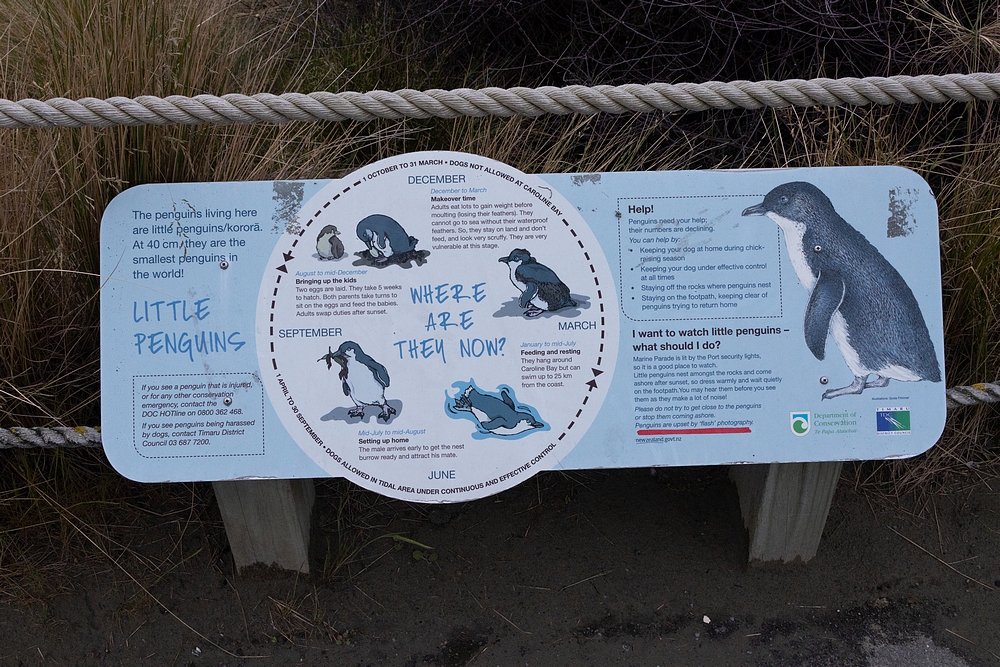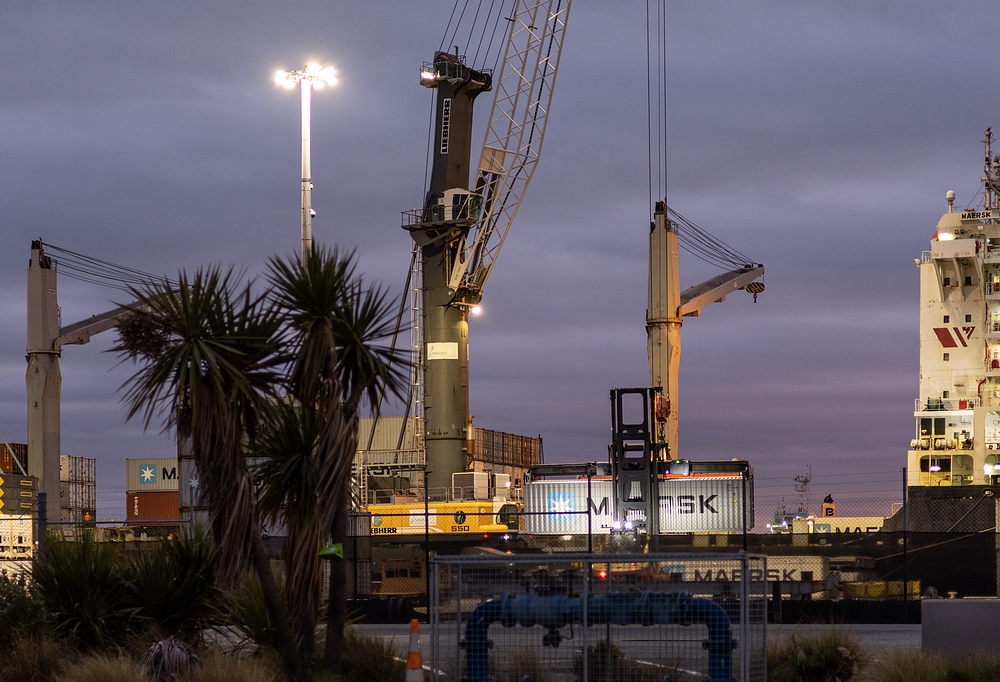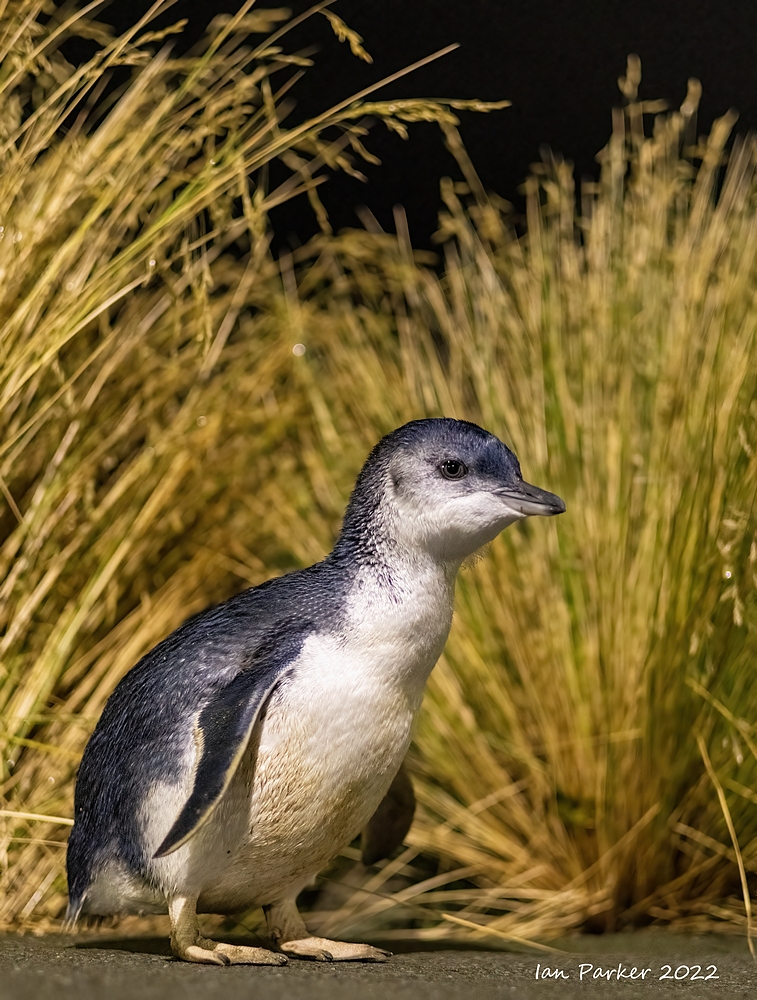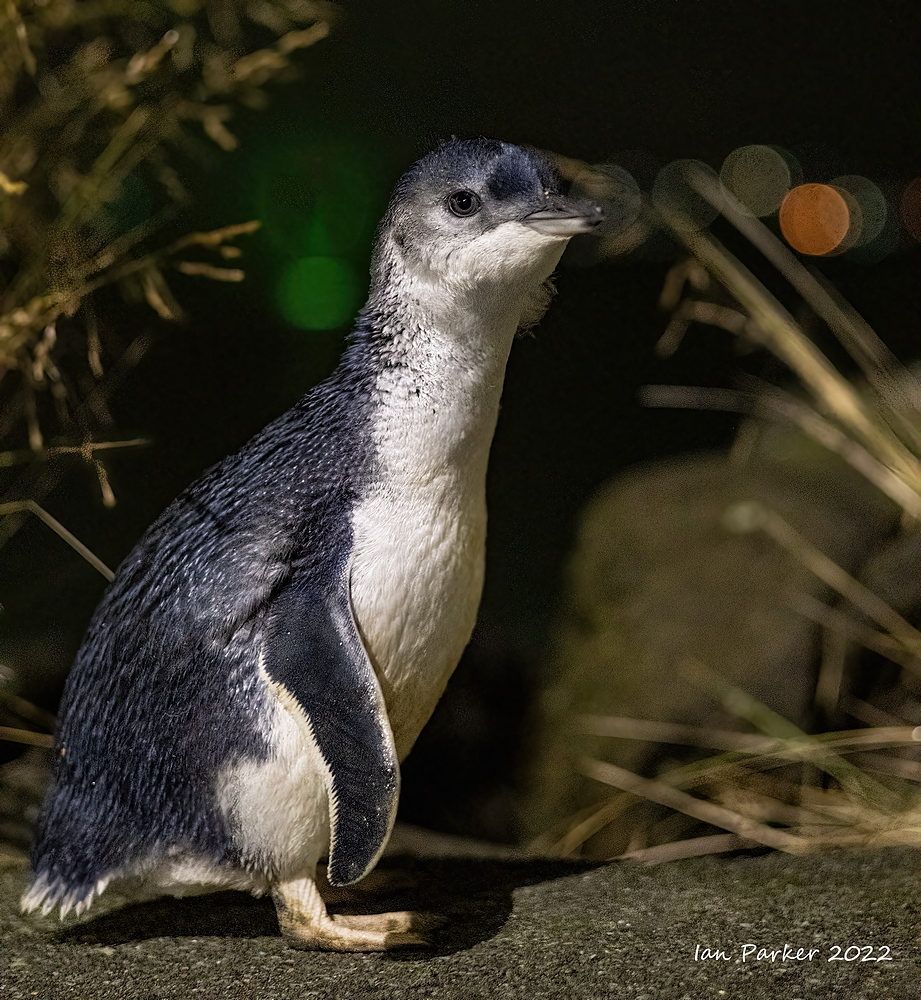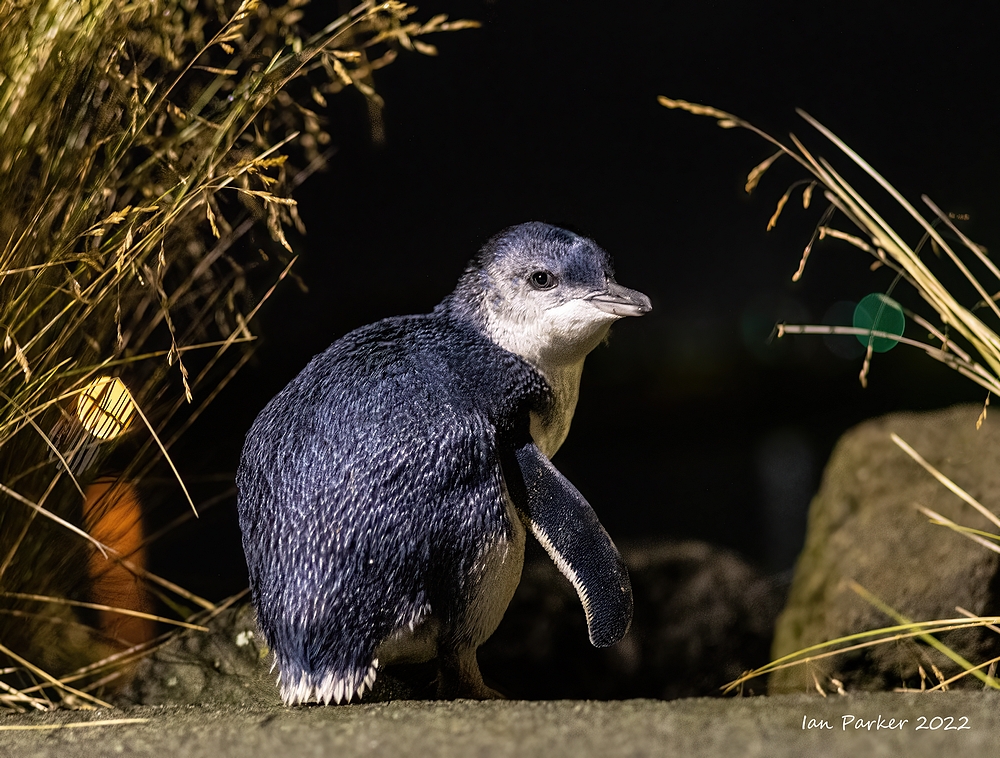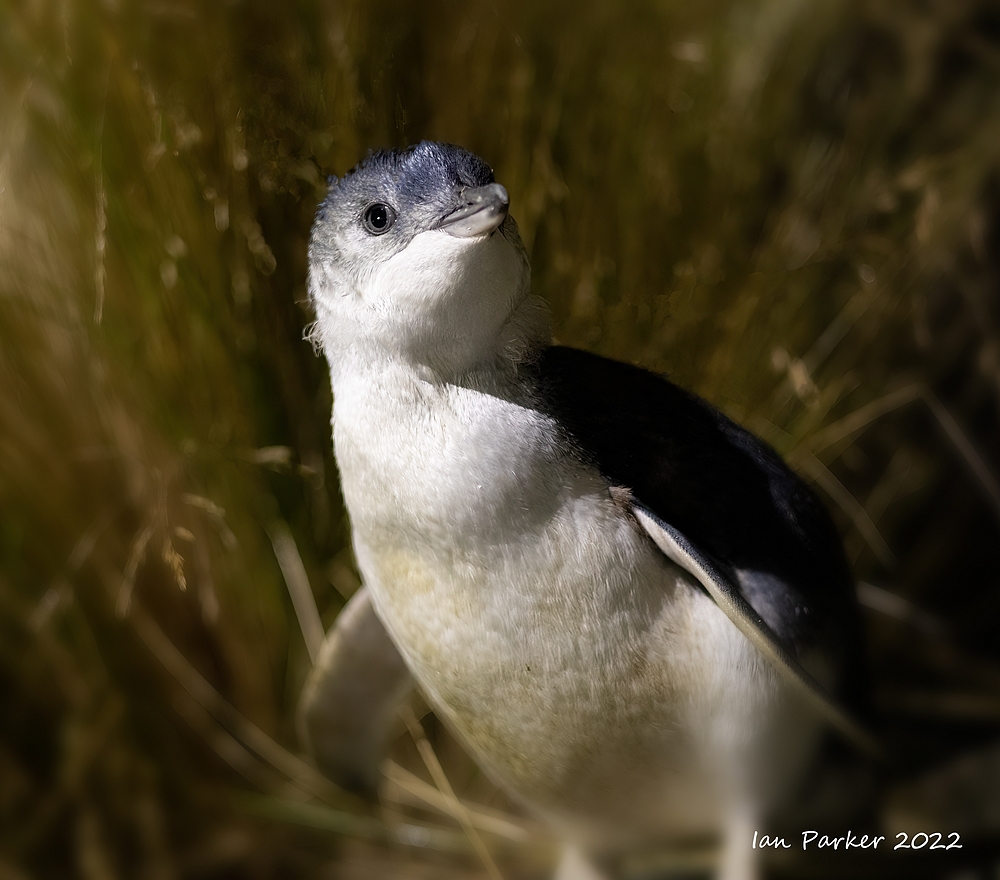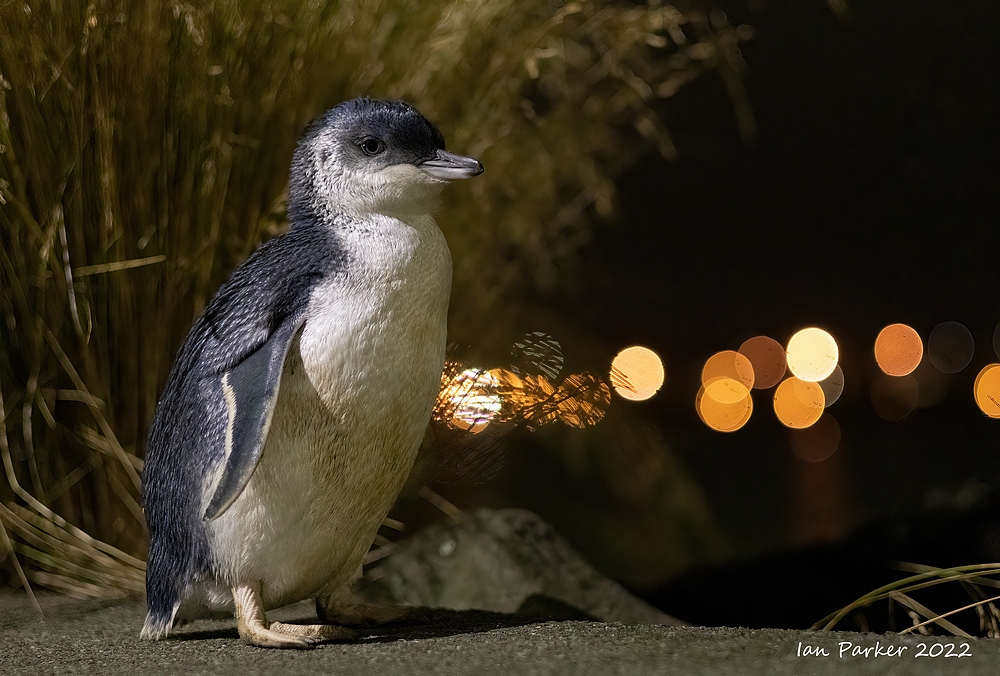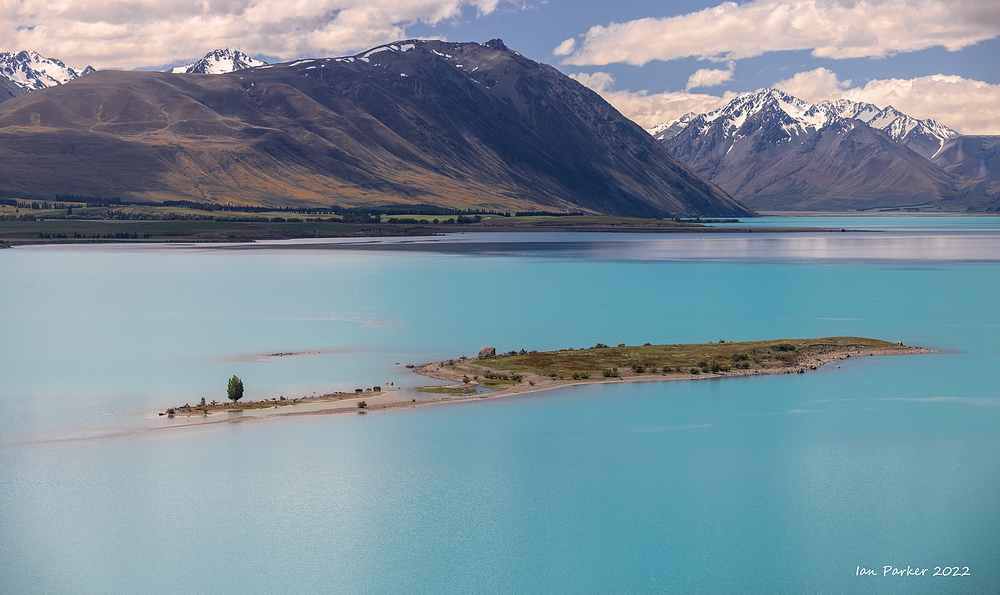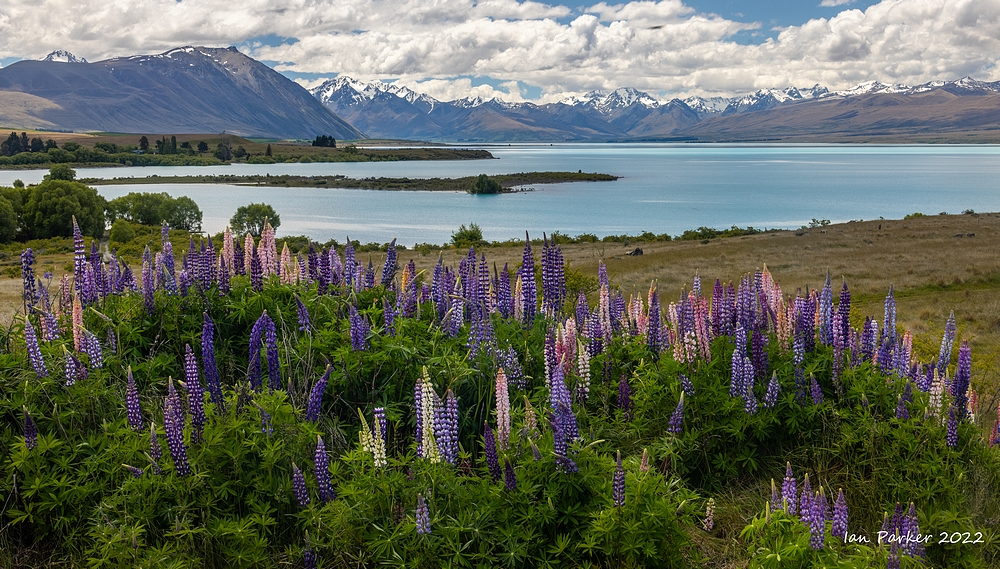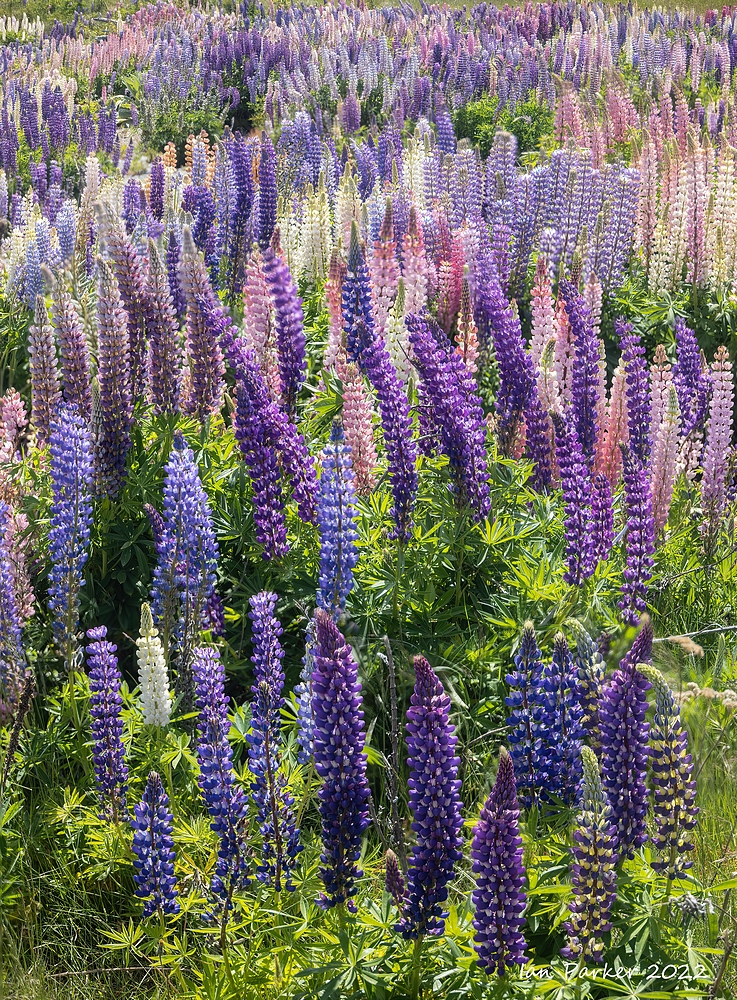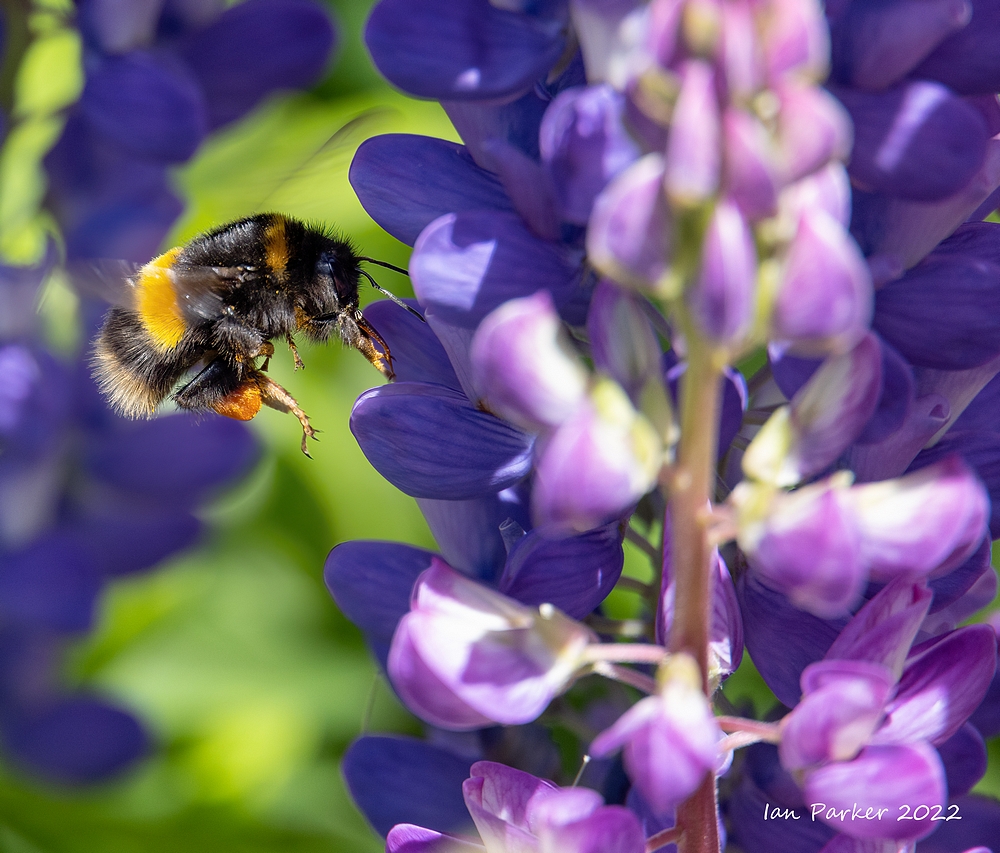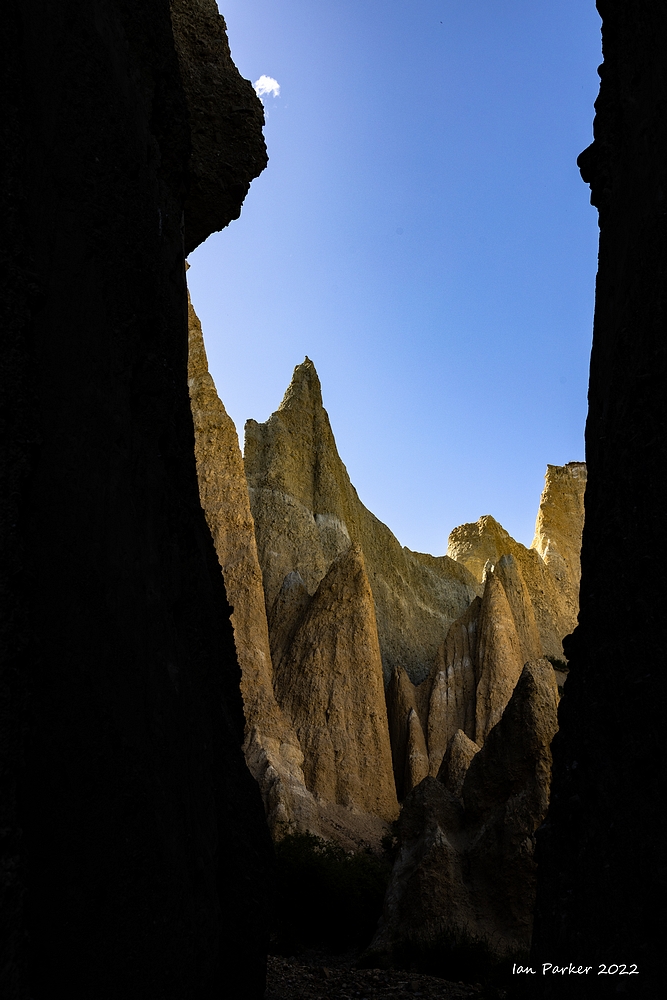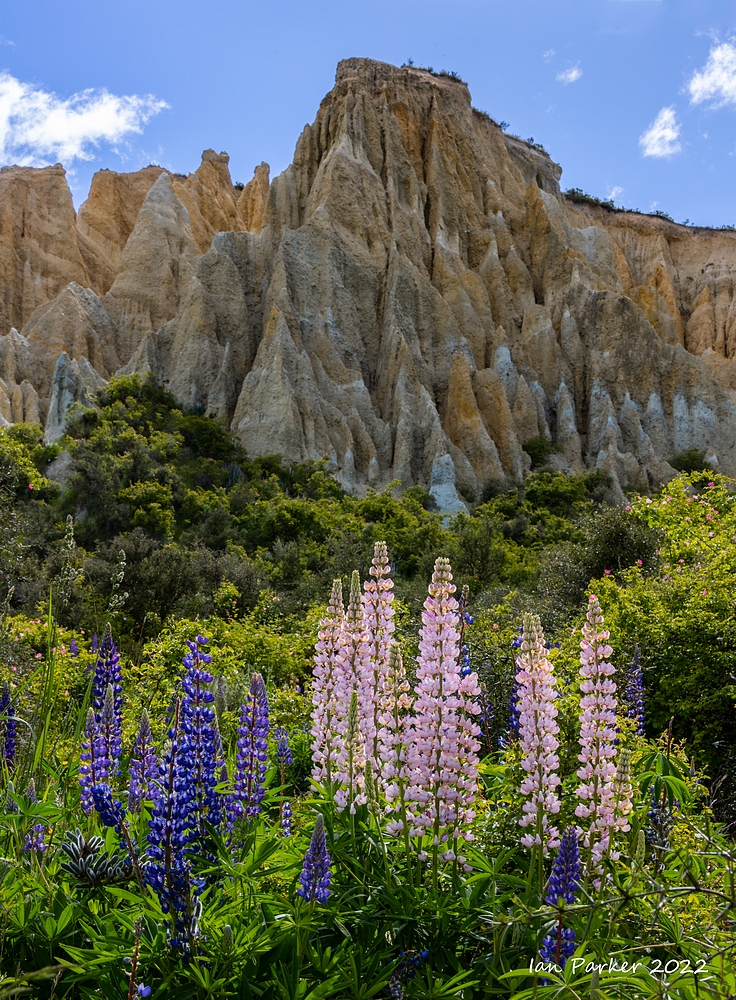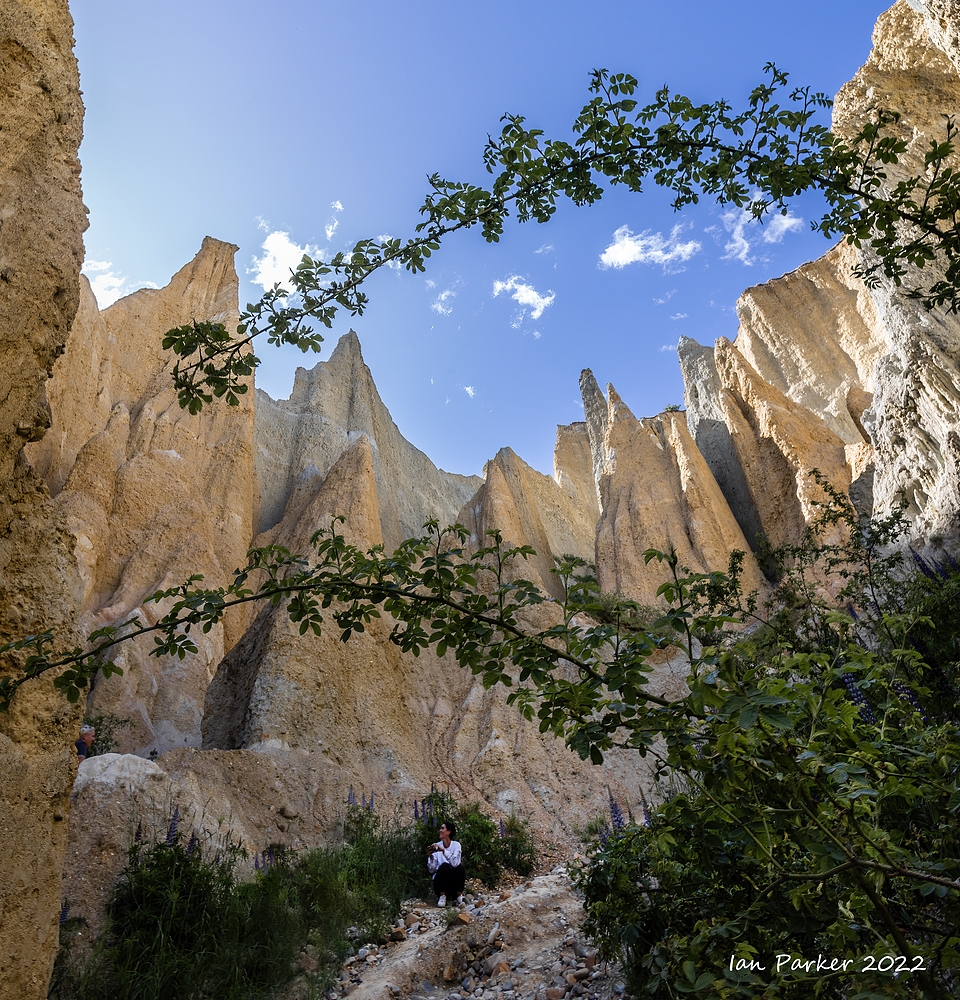Gruvelageret: The menu
|
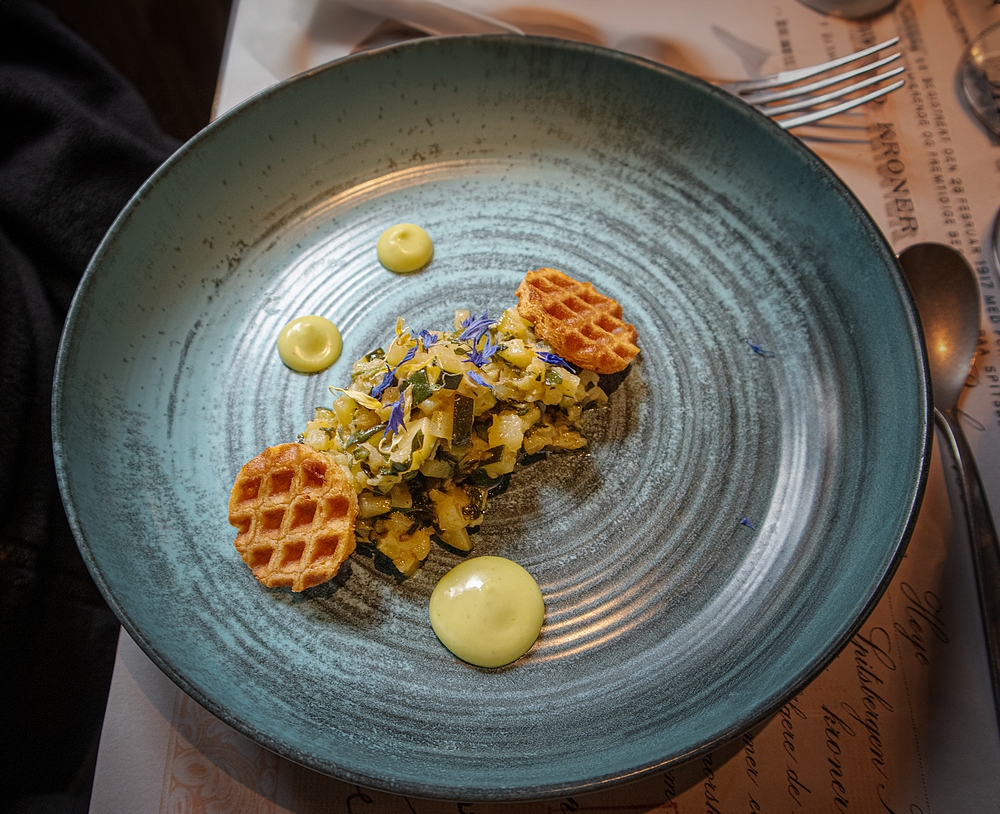 Ragu of Svalbard reindeer with apple-pickled carrot, chive mayonnaise, shrimp chips with lingonberry powder Gruvelageret, Longyearbyen |
May 21, 22
Photographing the metal sculptures in Borrego Springs under the Milky Way.
And a few photos in daytime while reconnoitering so we could find the sculptures in the dark.
Salton Sea Ultramarathon: April 29, 30 , 2023 |
Links to Race website * results * webcast
Start line
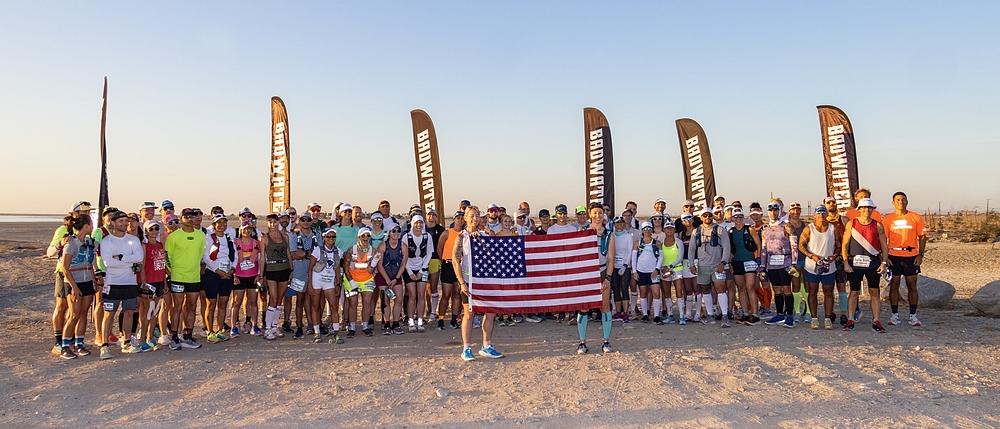 |
Team "Constant Runtime" were at the front all the way to the finish
Mile6.5. Underpass across the highway to the truck stop.
Miles 14-25. Through the Anza Borrego badlands.
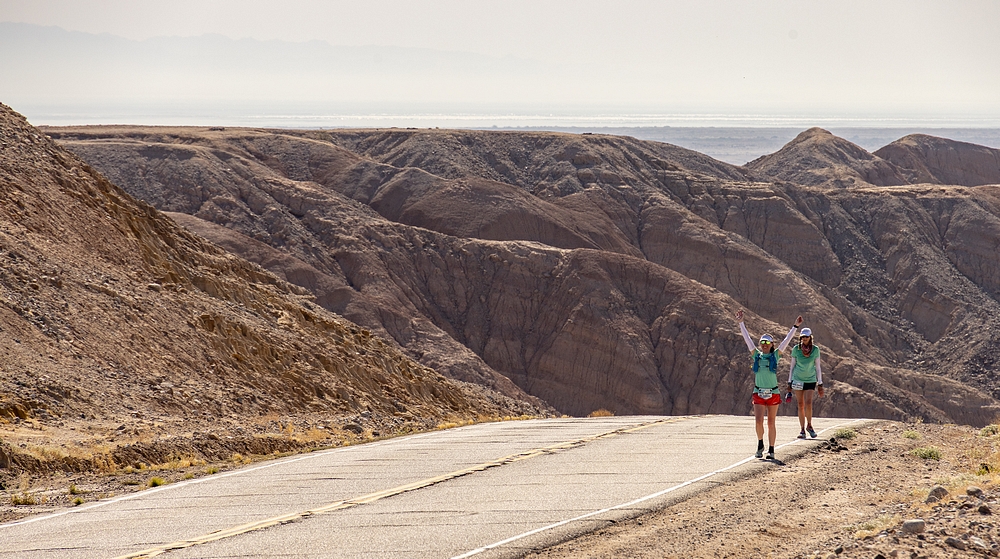 |
Ocotillos in bloom
Heat haze with temperature over 100 Farenheit
Passing Ricardo Brededa metal sculptures at the edge of Borrego Springs.
Mile 31. An 'upside-down' aerial competition underway at the Borrego Valley airport.
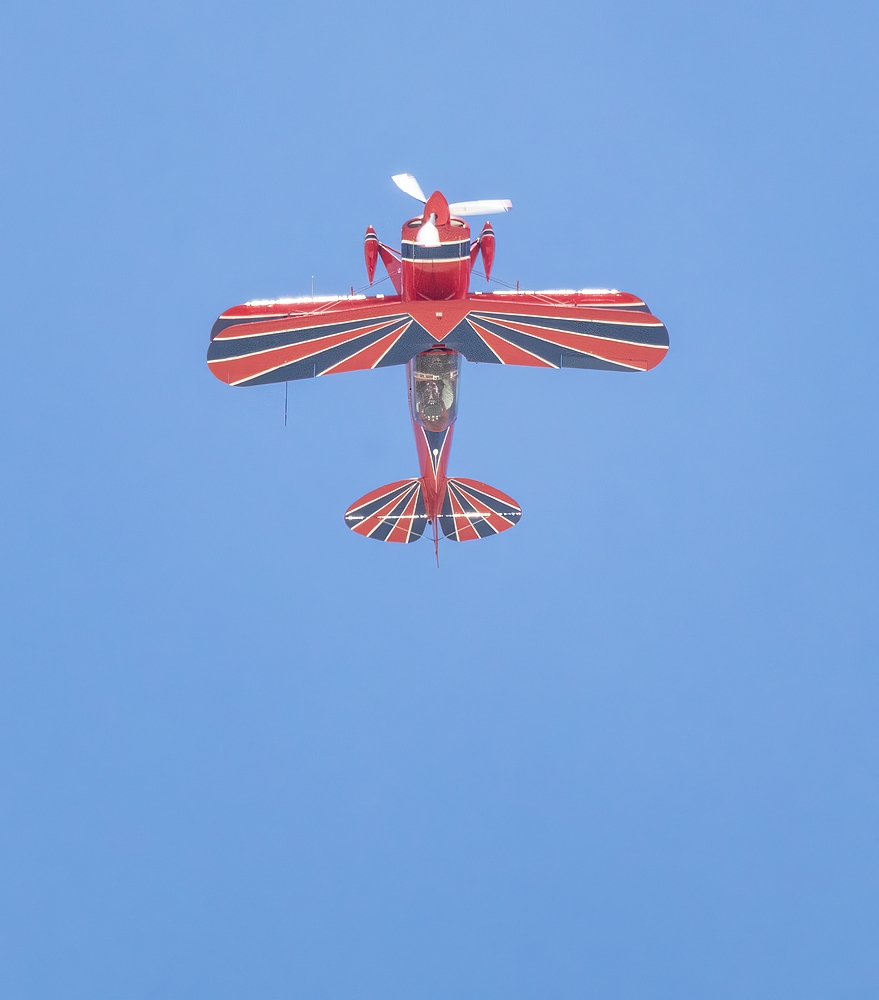 |
Entering Hellhole Canyon trailhead parking lot.
Elevation 3500ft, mile 44. On the California Riding and Hiking trail approaching Pena Spring checkpoint.
Sunrise over Lake Henshaw the next morning.
Elevation 3210ft. Starting up the East Grade Mt. Palomar road. Mile 70. Scenic vista over Lake Henshaw
Elevation 5271ft. View across marine layer hiding the coastal plain.
Elevation 5500ft, mile 81. . Finish line on Palomar Mountain.
March, April 2023
Superbloom in the Carrizo Plain
Following a succession of drenching winter ‘atmospheric river’ storms, online predictions were for an exceptional superbloom this spring. Anne and I first travelled out to Carrizo Plain near the end of March, which had been near the peak of the spectacular blooming seasons in 2017 and 2019. But this year the flowers were much delayed. Temperatures had remained cold into springtime - well below freezing at our usual campsite in the Caliente Mountains - and there was little color to be found. A second visit a week later also proved to be too early, though yellows of hillside daisies and purple phalacia were appearing on the mountains at the northern end of the plain along highway 58.
On our final visit on April 22nd everything had changed; a true superbloom was probably near its peak. Most spectacularly, the slopes of the Temblor Range stretched as an artist’s palette of yellow, orange, blue and purple for over 30 miles bordering the Elkhorn plain. Although individual areas had been as vivid in 2017 and 2019, I had never seen the entire range carpeted so uniformly. Flowers were everywhere; but so were visitors, attracted to this usually remote region by news articles reporting that the flowers could be seen from space. Not at all a quiet and serene experience along the main Soda Lake road, so we escaped to find solitude by driving up the rugged 4wd trail leading up to the southern end of the Temblors. Once on the switchback ridge we encountered only one other vehicle and gained expansive views down the canyons dropping on each side. Indeed, we were privileged to find fields of flowers at least as vivid as those down in the plains, but would be seen by only a handful among the tens of thousands of visitors to the more accessible parts of the Monument. Our 15 year old Xterra with 250k miles on it proved again an enduring resource for exploration and photography!
Most of the photos below come from our final visit, with some close-up shots and photos in more atmospheric weather conditions from the earlier two visits.
Photos from our third visit - when it really was a superbloom
The photos below are from our first (March 25,26) and second (April 2,3) visits. There was nice color at the northern end of the Temblors, along highway 58 (which was closed at that time following landslides). Otherwise the mountains were largely bare, but there were individual and small groups of flowers to do macro photography.
| |
March 6th
Bombay Beach - A stopover for a few hours on the way to the burrowing owls.
March 6th
Anza Borrego - Not a superbloom this year, so more photos of the Galleta Meadows sculptures, with snow on the mountains from record winter storms providing a nice backdrop.
March 5th
Burrowing owls in the agricultural fields around the Salton Sea
Burrowing owls are small, cute and slightly comical birds, that I had long hoped to photograph. The area around the Salton Sea is one of the most reliable places to find them, where they occupy convenient nesting sites burrowed into the soft soil embankments of irrigation troughs bordering agricultural fields. The owls generally use existing holes dug by small mammals, but are happy also to use artificial burrows constructed by local farmers by embedding lengths of irrigation pipe into the ground. Unlike most owls, burrowing owls are active during daytime. Although primarily hunting around dawn and sunset, they can often be seen posing around their burrows throughout the day. We were thus disappointed on our first visit last year to see exactly zero owls, despite scanning the embankments for many hours. However, we had good success on a recent return visit, aided by advice from a birder friend (thanks, Eric), and favored by much better weather. |
Jan. 28 - Feb. 11
JAPAN'S WINTER WILDLIFE
A trip with Joe van Os Photo Safaris to photograph red-crowned cranes, whooper swans and sea eagles in Hokkaido, and snow monkeys near Nagano. Trip report and slideshow by tour leader Eric Rock HERE
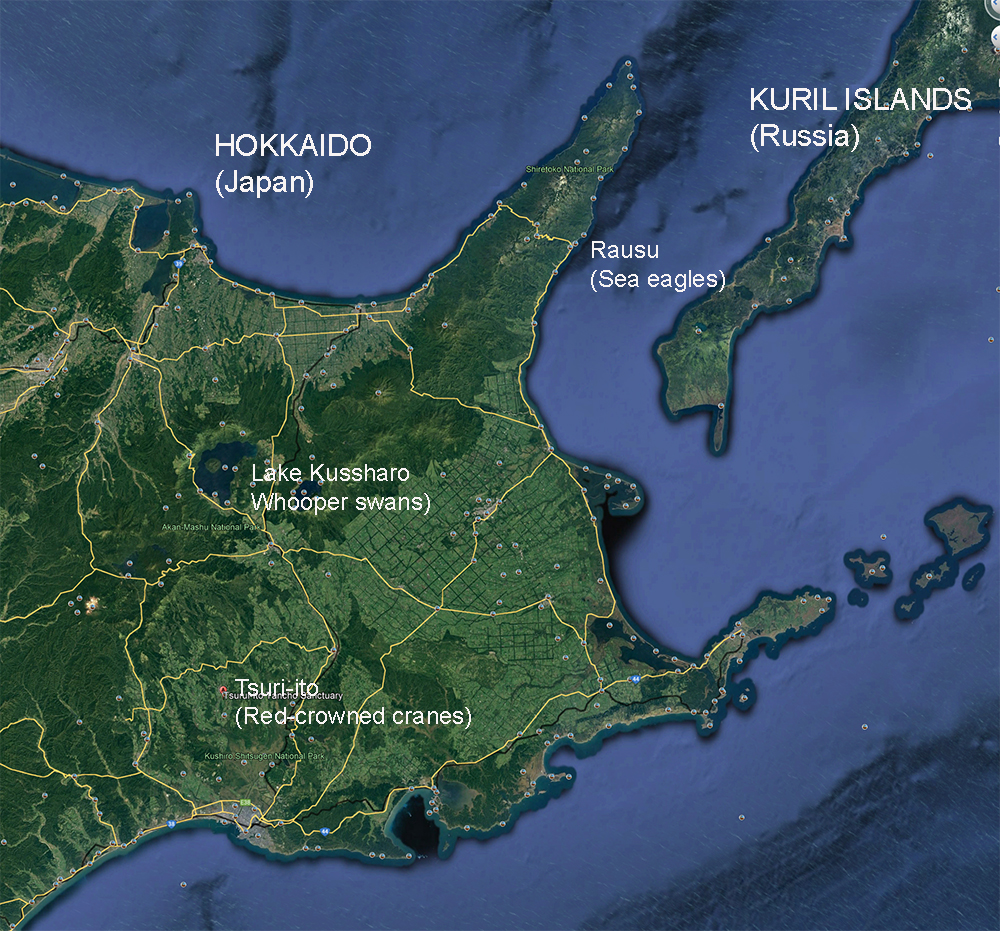
Jigokudani Monkey Park
The last location on our Japan tour
Because of the very steep cliffs and the steam coming off the thermal springs, ancient people called this valley ‘Jigokudani (Hell valley)’ . Also it is buried in snow almost one third of the year. Even that kind of severe environment is a paradise on earth for monkeys to live in. The troops of wild Japanese macaque (popularly known as snow monkeys) inhabit here naturally through the ages. Since the establishment of Jigokudani Yaen-koen in 1964, it has been a worldwide popular place for watching the bathing monkeys in a hot spring. [jigokudani-yaenkoen.co.jp]
We stayed 3 nights at the historic Korakukan Inn, close to the monkey park, which played a crucial part in helping protect the monkeys and in the establishment of the park. Construction of ski resorts in the 1950's encroached on the natural habitat of the monkeys high in the mountains. They were forced to migrate to lower regions where they began raiding crops from the farms, to the understandable dislike of farmers who bagan to hunt down the monkeys. The owners of the inn had become fond of the monkeys and began to leave apples outside. As an 'onsen' guesthouse, Korakukan has both indoor and outdoor hot springs. Legend has it that one day a young monkey tumbled into the hot sring to grab a fallen apple, and discovered that the water felt good. Soon, other monkeys followed the lead, bcoming the only monkeys in the world to enjoy bathing in an onsen. Although the sight of bathing monkeys immediately proved popular with visitors, there were obvious problems with monkeys sharing the onsen with human guests. These issues led to the founding of the monkey park a little higher up the valley; a place where the monkeys would be safe, and where they could enjoy their own dedicated onsen.
Nevertheless, monkeys continue to bathe at the inn. Anne's most cherished memory of our visit is when three monkeys came to commune with her in the outdoor onsen.
Snow monkeys in snow
Snow monkeys - action shots
Snow monkeys - mutual grooming and huddling
Juvenile Snow Monkeys
Snow monkey mothers with babies
Portraits of adult snow monkeys
Rausu harbor
Two morning boat rides to photograph Steller's and white-tailed sea eagles.
The first morning our boat ventured well out to sea to find pack ice that had drifted down from Russia. Fish thrown by the crew onto the ice brought in numerous sea eagles, making for great action photography.
On the second morning ice was lacking, and we ventured only a short way from the harbor mouth in Rausu. The action focused on eagles catching fish thrown into the water.
Two afternoon excursions along the Notsuke Peninsula:
Yezo sika deer and
ezo red foxes.
Scenes and wildlife around Lake Kussharo
Birds and squirrel around the Gasthof
Three days with whooper swans on frozen Lake Kussharo
After our days with the cranes, we headed further north into the island’s interior where geologically recent volcanic activity produced a wealth of hot springs landscapes. Our wildlife photography on the shoreline of Lake Kussharo centered around the thermal water along the lake’s mist-shrouded edges. Almost all the lake freezes over in winter, but open leads around the hot springs attract hundreds of whooper swans that make their annual journey to the lake’s open leads from tundra and taiga lands further north in Siberia.
In contrast to our previous time with the red-crowned cranes, Lake Kussharo offered great potential for environmental photography capturing the birds within the landscape. Whereas the cranes gathered in open, bare fields, limiting the subject matter essentially to the birds themselves, I found numerous compositions juxtaposing the whooper swans in steam, snow and mist, set against the frozen lake and distant mountains.
Panoramic view of Lake Kussharo from the viewpoint at the top of Bihoro Pass. The swans are on the distant shore.
Whooper swan pair landing sequence onto ice
Trees around the lakeshore.
Three days with the red-crowned cranes
Our first morning was an early one, as we departed our hotel well before dawn for the nearby Otowa bridge where the cranes roost in the shallow river overnight. I had wondered why such an early start was necessary, as it was completely dark when we arrived. The answer became clear on finding the bridge already teeming with photographers, necessitating an early arrival to stake out a tripod space. Our goal was to capture the cranes with the colors of the sunrise reflecting in the water and as they leave the river to feed. Unfortunately, the birds were not cooperating. Apparently photographers had disturbed them in the past by getting down to the riverbank, and the cranes were now roosting far down the river. The photographic conditions were otherwise excellent, withn ice rime coating the trees and mist rising from the river, but the cranes remained largely veiled in the mist, which only thickened as the sun rose.
The red-crowned crane (Grus japonensis; Tancho in Japanese) is a potent icon, symbolic of Japan almost as much as images of Mt. Fuji, and is regarded as the bird of happiness, fidelity and long life. Paradoxically, however, the species was almost annihilated by hunting and erosion of its breeding grounds. At a time when its population was on the verge of extinction, more than 10 Japanese Cranes were discovered in the marshlands of Kushiro in 1924. Since that time, efforts have been made to protect and increase their population. The Japanese Crane was officially recognized as a natural monument in 1952, and in 1958 the first Japanese Crane Reserve was established. We visited two reserves, where the cranes are protected and fed during the Winter.
Visitors to the crane reserves are restricted by fences around the fields where the cranes gather, so my 800 mm F11 lens proved very useful to capture the birds at long distance. I had hoped for some fresh snowfall during our three days at the reserves, but we had unfailingly ‘good’ weather with clear skies and sunshine. Although there was a good depth of snow on the ground, this was heavily trampled by the cranes, making for a highly textured, distracting background across the main part of the fields, which lay below the viewing areas. Instead, I concentrated on birds that landed on a small rise that gave a more eye-level perspective against a background of trees. In the morning the view lay almost directly into the sun, backlighting the crane’s feathers and rim-lighting their outlines against the dark, shadowed trees in the distance.
The red-crowned cranes are named for the patch of red bare skin on the crown, which becomes brighter during the mating season. They must be among the most elegant of all birds, as much as 5 ft tall, snow white in color with black on the wing secondaries, which can appear almost like a black tail when they are standing. As illustrated here, the cranes exhibit an endearing and exceptionally photogenic behavior by dancing in duets that are thought to help form and maintain monogamous pair bonds. The main part of the duet begins with a long male call. The pair moves rhythmically until they are standing close, throwing their heads back and letting out a fluting call in unison, often triggering other pairs to start duetting, as well.
|
Jan. 1-4
A stopover for a few days at Bosqe del Apache National Wildlife Refuge on our way home from Florida.
OTHER BIRDS
BOSQUE LANDSCAPES
THREE RIVERS PETROGLYPH SITE
SANDHILL CRANES
A magical morning with sunrise light through mist on the pond in the Bernardo Wildlife Reserve (Ladd Gordon Waterforl Complex, New Mexico)
Dec. 29-31
A brief excusrsion to Florida - should have been longer, but United cancelled our outward flight. Just a few photos from Brevard County Zoo
Nov. 24 - Dec 2
South Island, New Zealand
Nov. 22.
A few days in Auckland, and a visit to the Muriwai gannet colony.
Nov. 24.
We pick up our campervan in Queenstown and drive to the old hotel freedom campsite on Lindis Pass.
First stop to watch jumpers at the Kawarau Bungy Center - the birthplace of bungy jumping.
Ruins of the Old Hotel, surrounded by lupins in bloom.
Contimuing north along the West Coast highway
A visit to the White Heron (Kotuku) Nesting Site
Continuing north along the West Coast road
Windsurfing kites on the beach
A low tide walk along Motukieki Beach.
A grey, drizzly morning, so I mostly concentrated on abstracts of rock formations.
Over Arthur's Pass, across to Timaru to see litttle blue penguins, and return to Queenstown via lakes and lilacs.
A viewpoint near the top of Arthur's Pass is a likely place to find mischevious kea, the "smartest birds in the world".
The little blue penguins (Korora) of Timaru.
The penguins live around the Timaru Port and rock areas. They come ashore after dark on the beach and climb up to nests in the rocks below the marine parade. This is directly across from the harbour, where security lights make it possible to see and photograph the penguins even on a dark night. Volunteer 'penguin wardens' look after the the many visitors who come to watch the penguins, and safely guide those penguins who decide to cross the road and settle under the Maersk containers in the port.
Lilacs around the turquoise waters of Lake Tekapo
The Clay Cliffs of Omarama
| IanParker 1146 McGaugh Hall University of California, Irvine, CA 92697 |
Please send enquiries to |
BACK TO > |




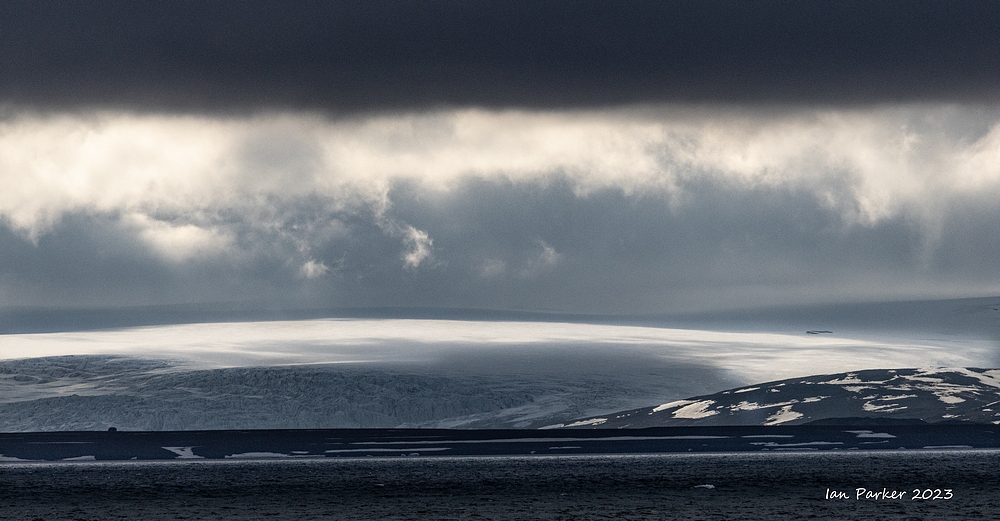
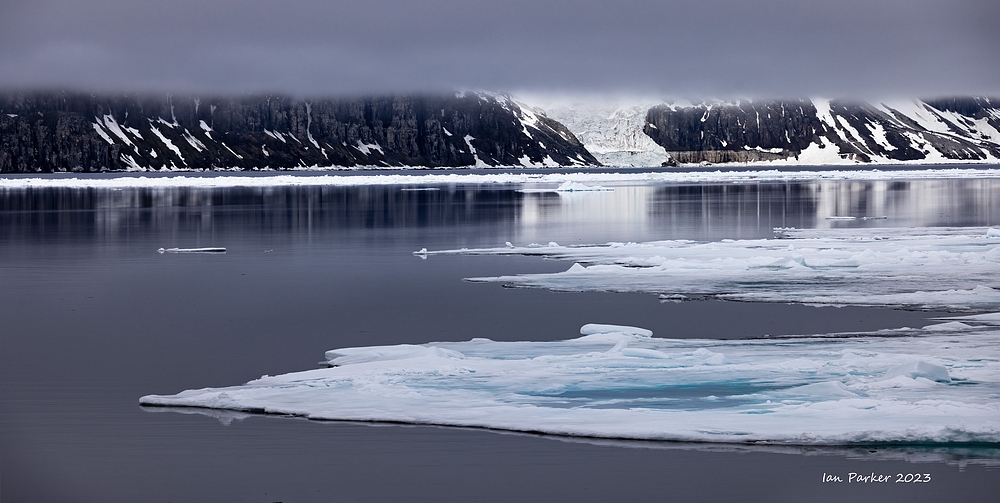
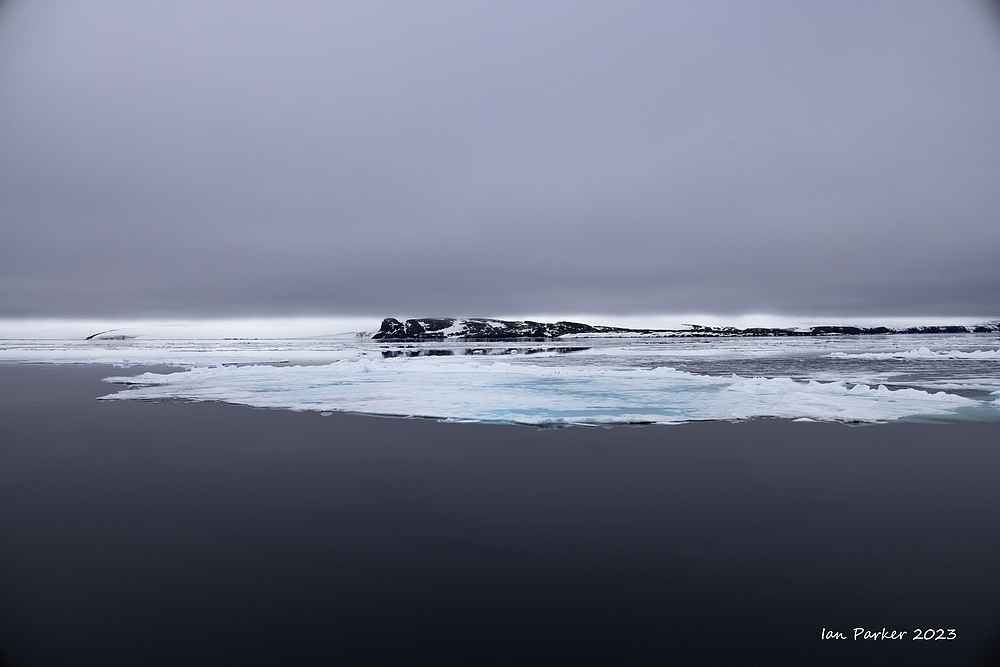
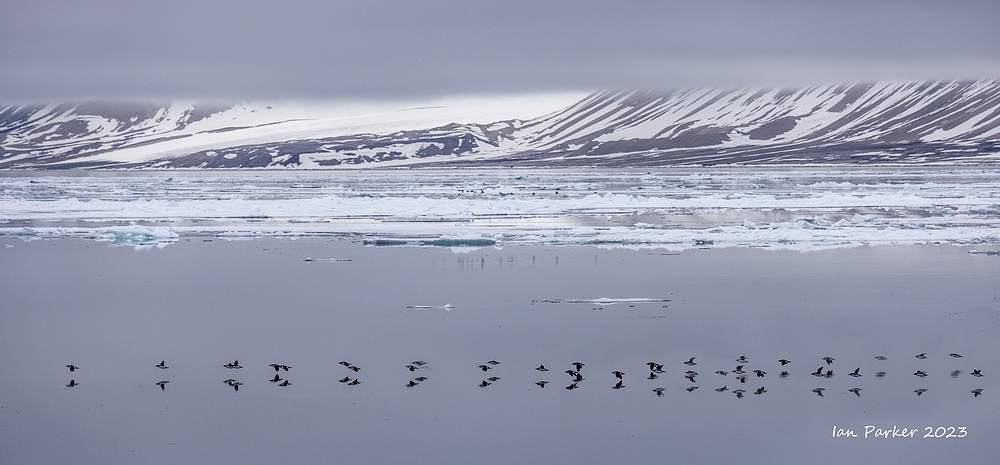

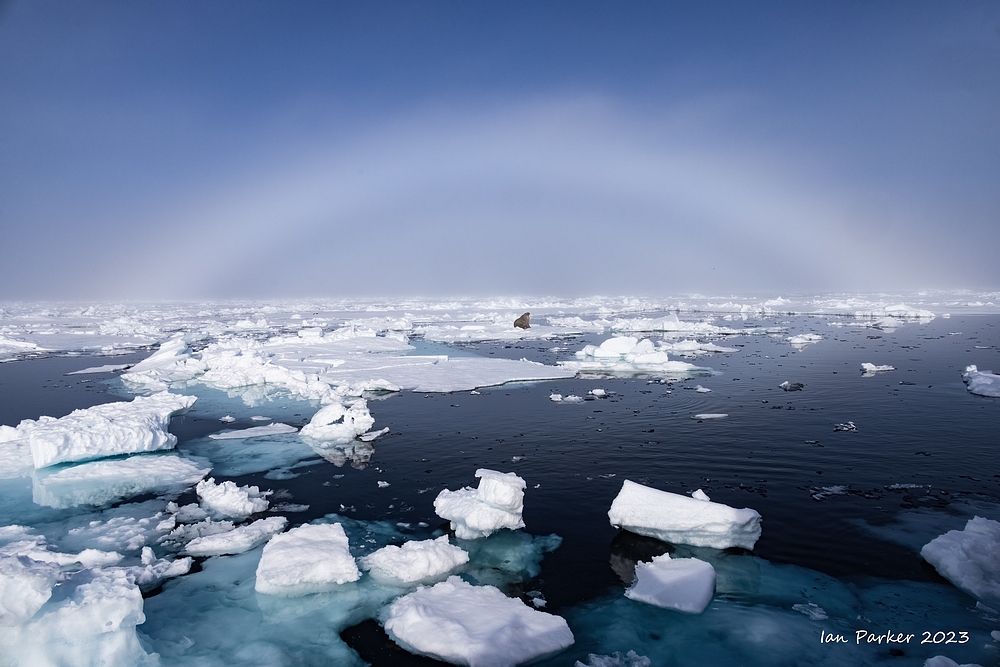





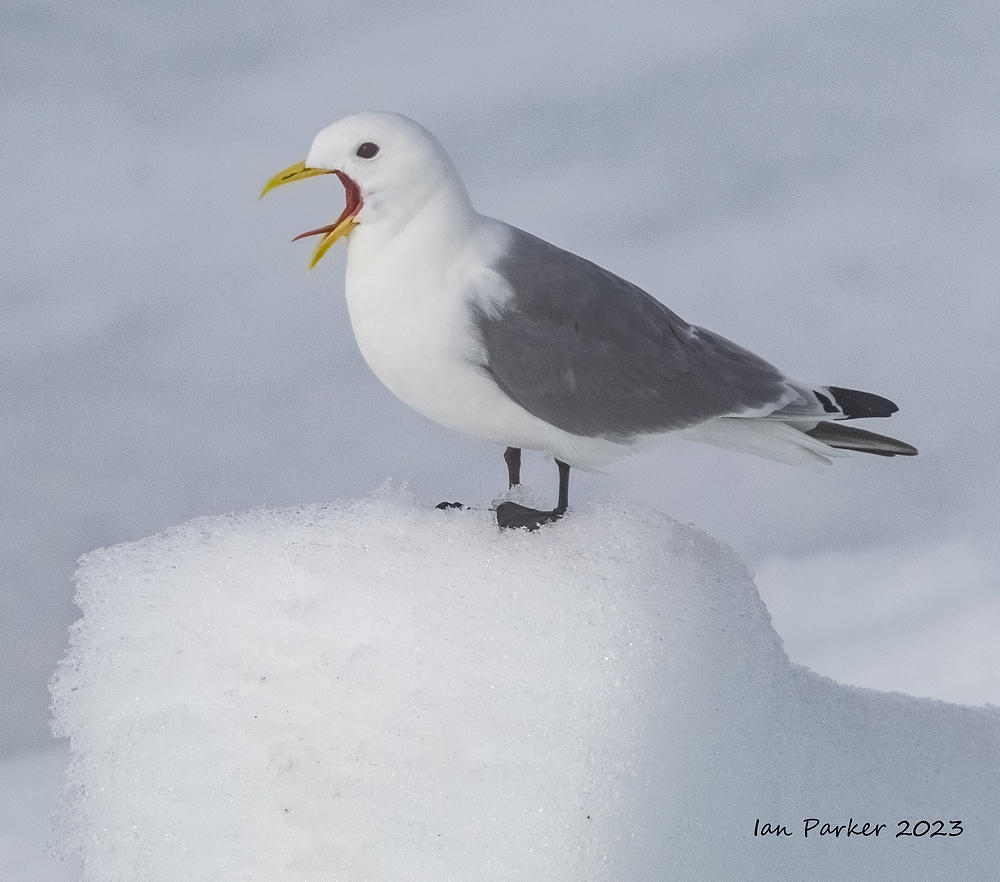




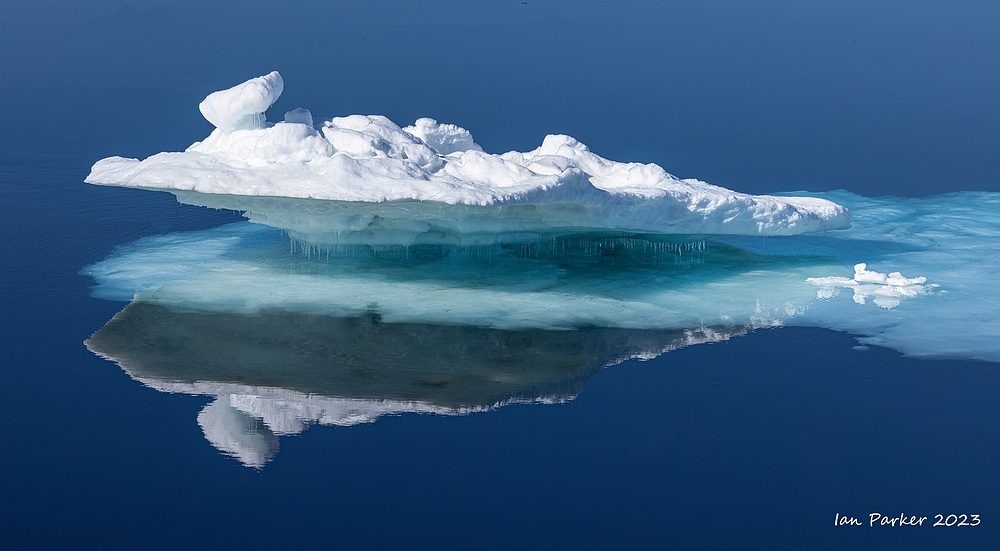

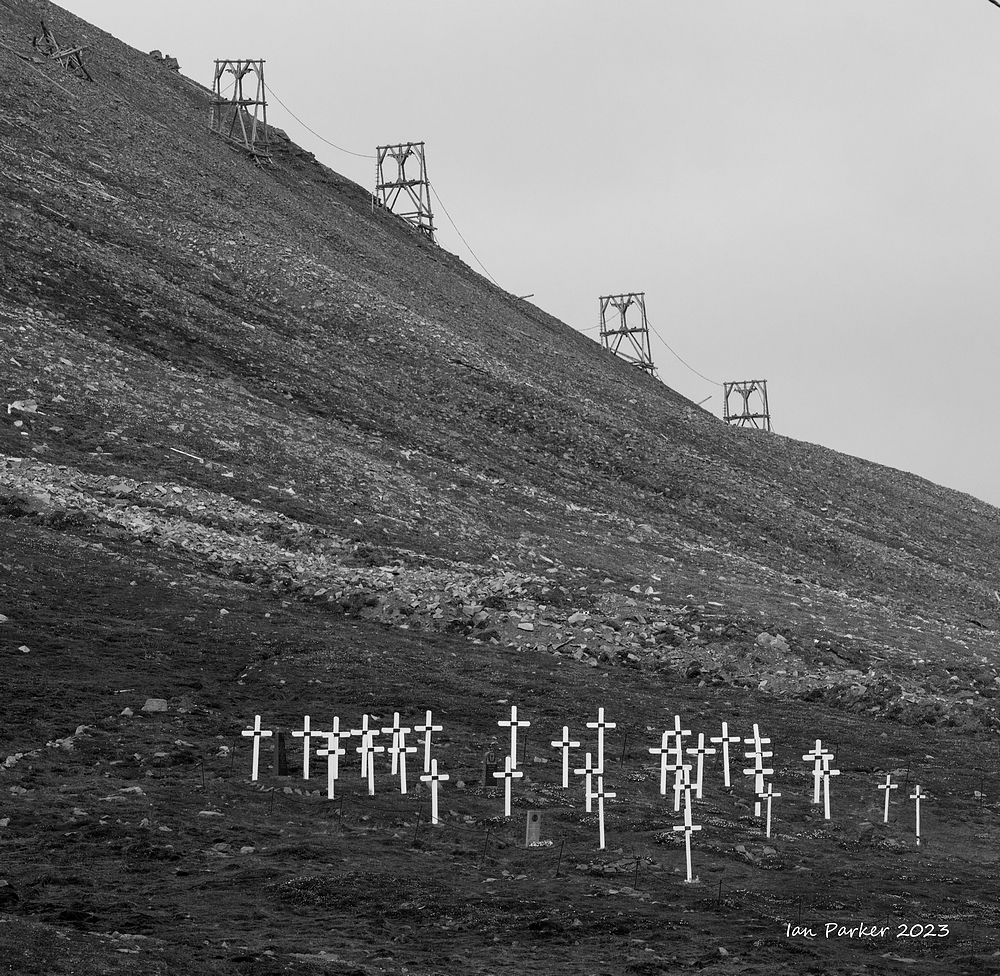


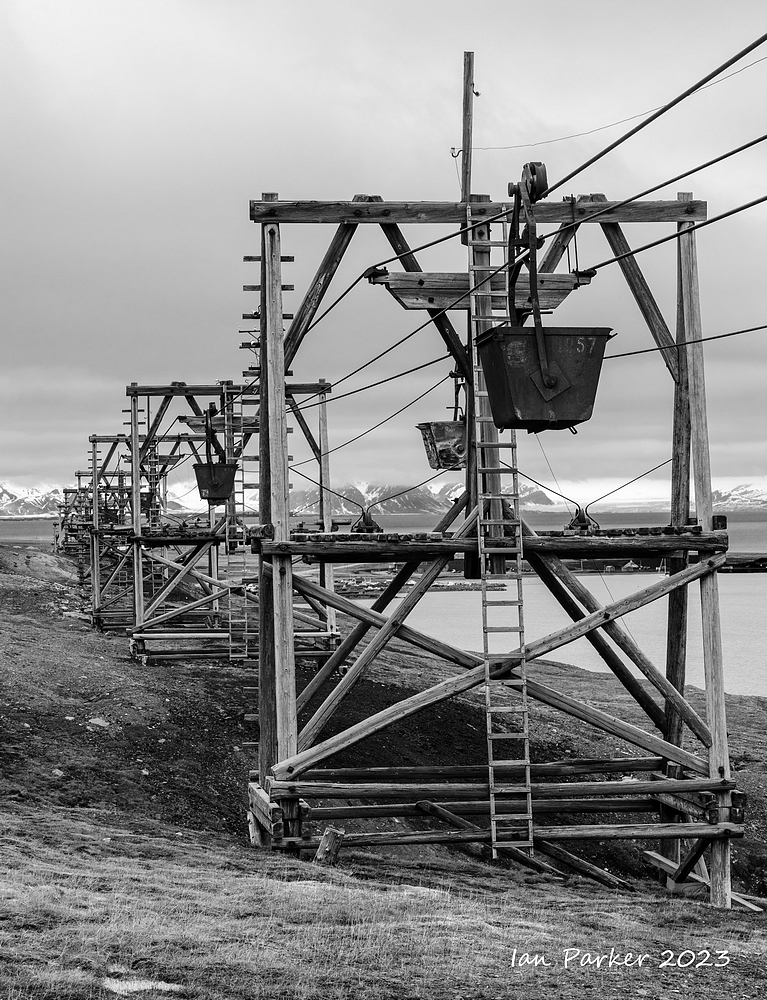
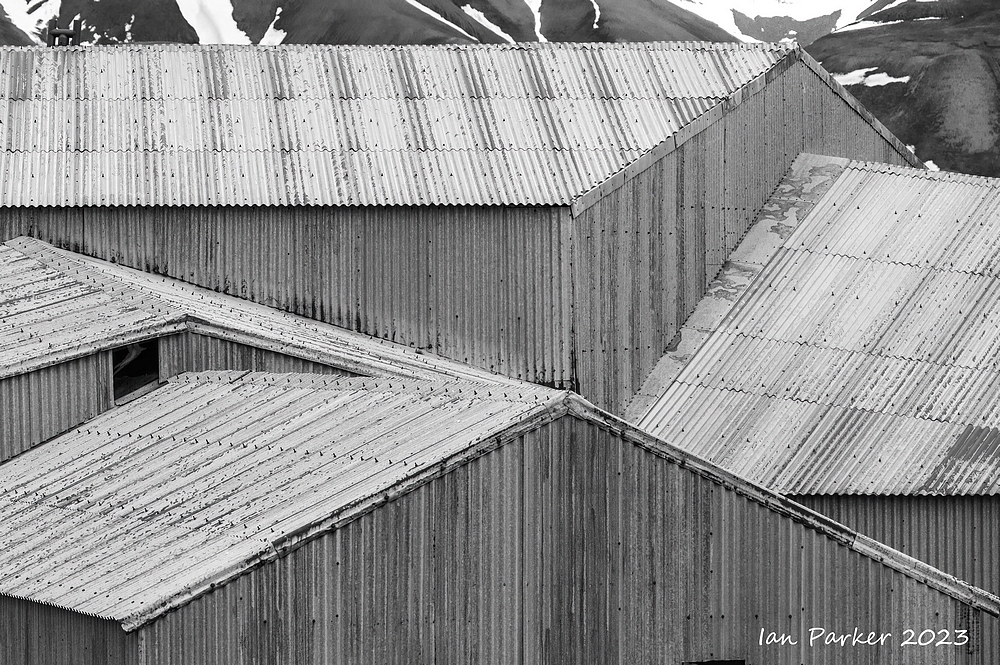

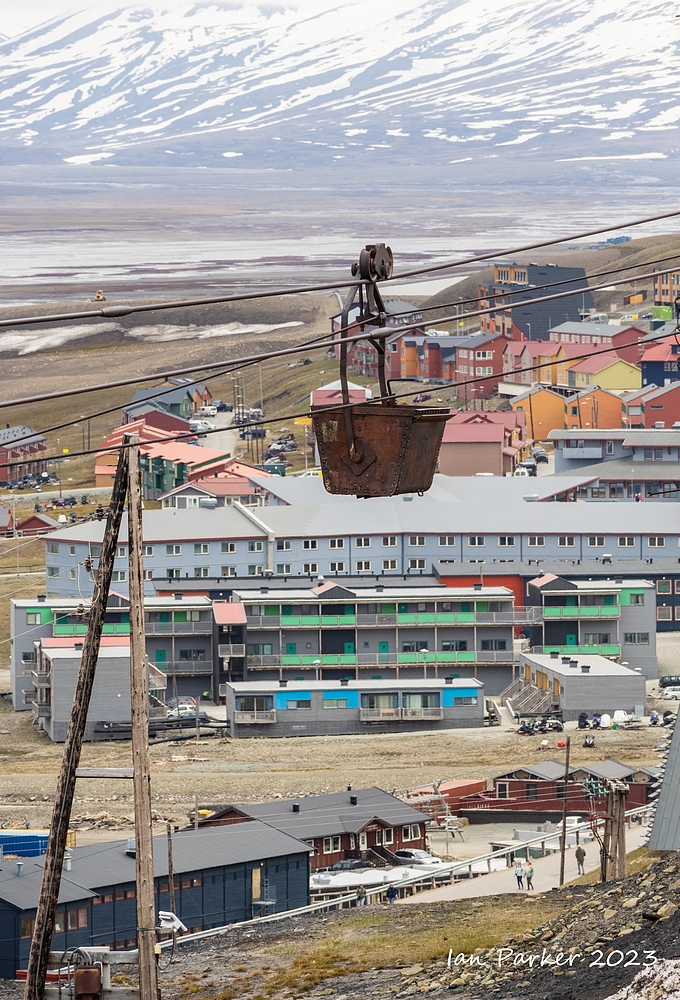
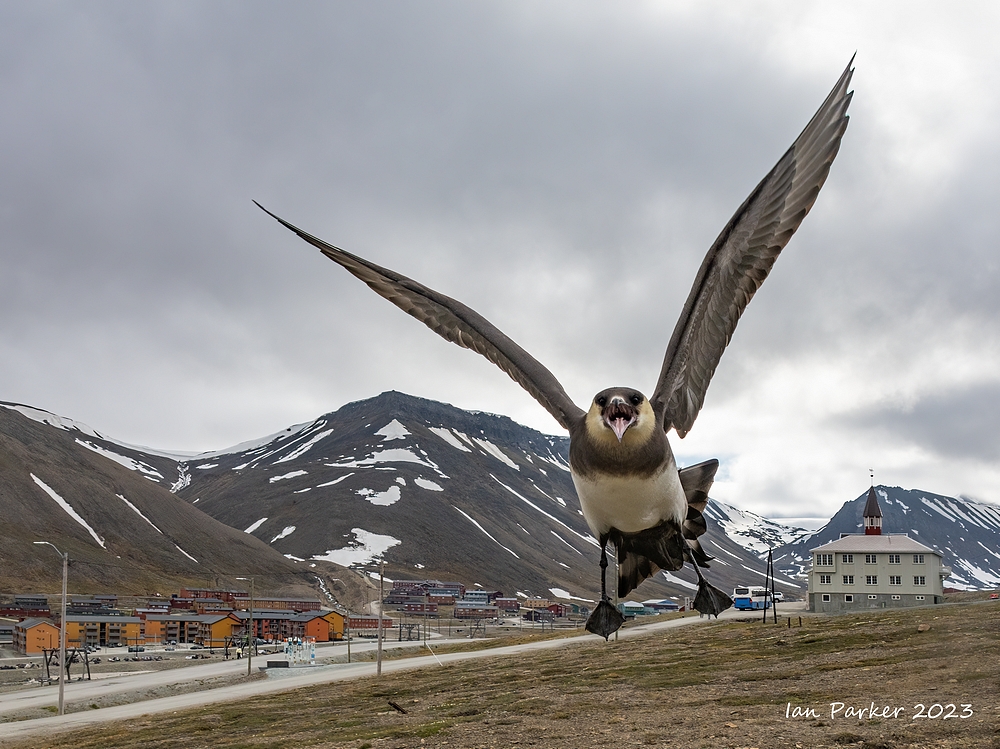
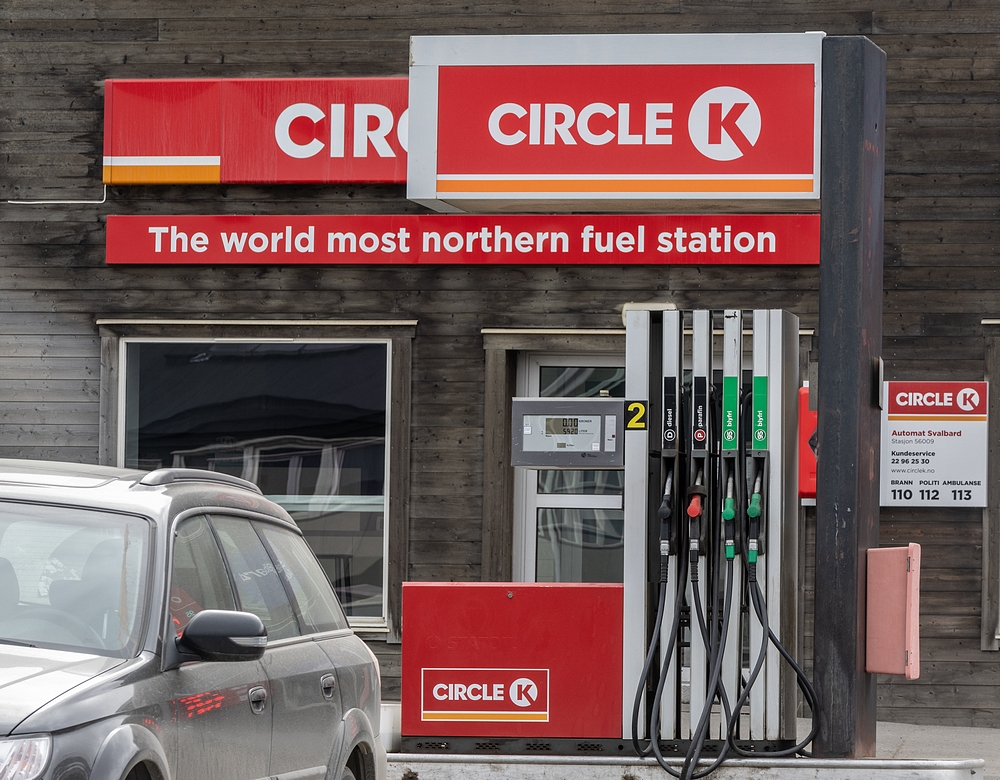
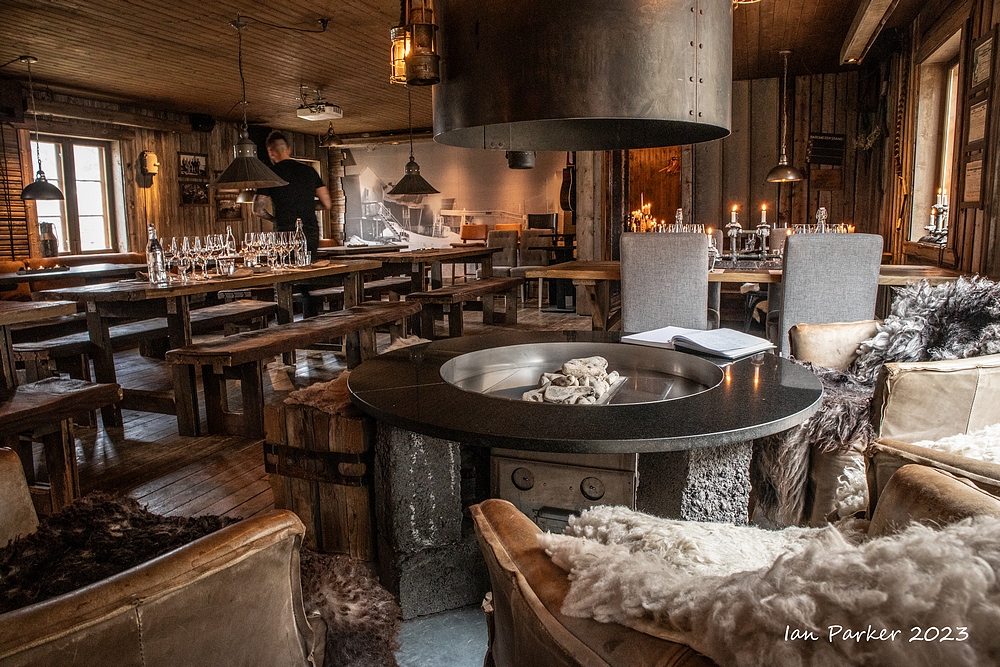
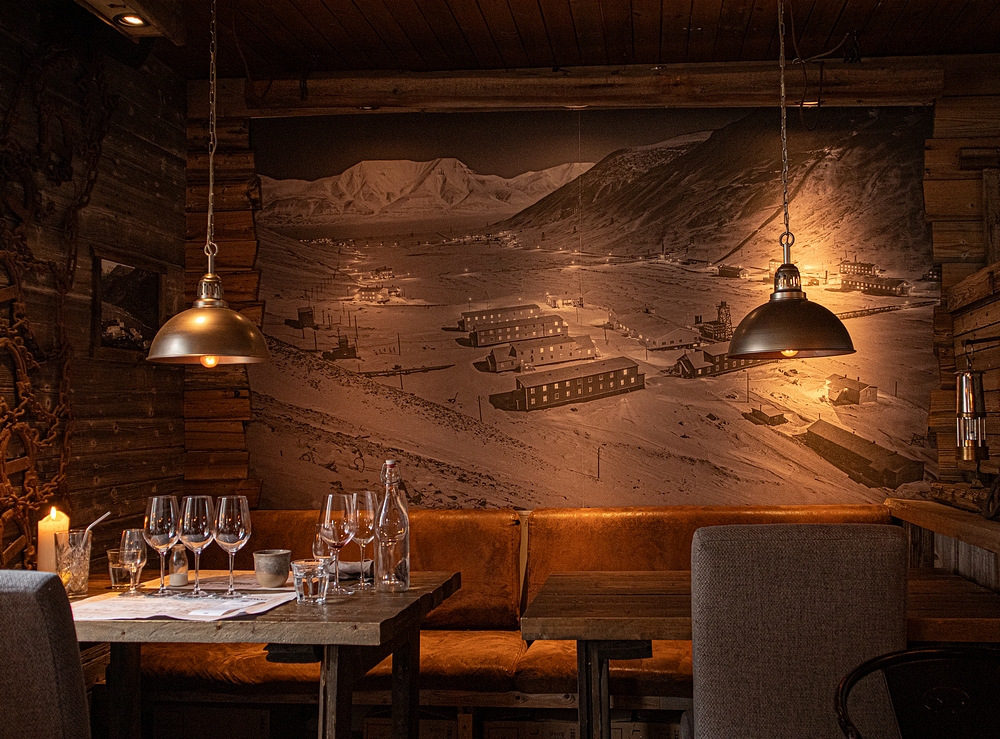
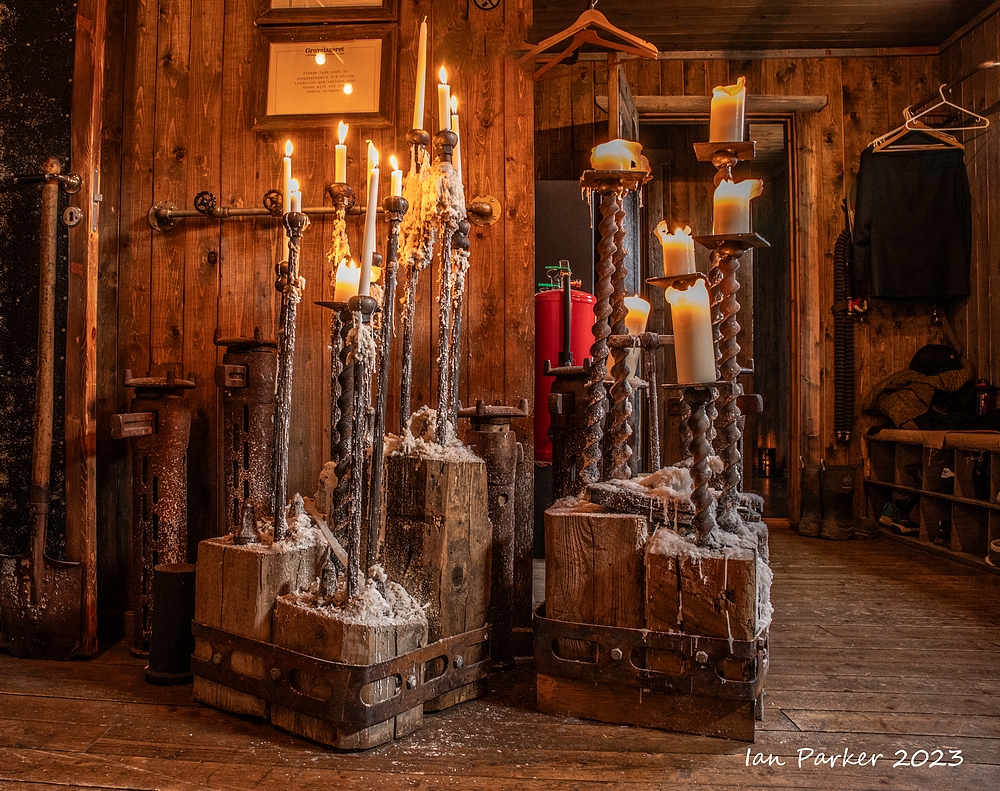
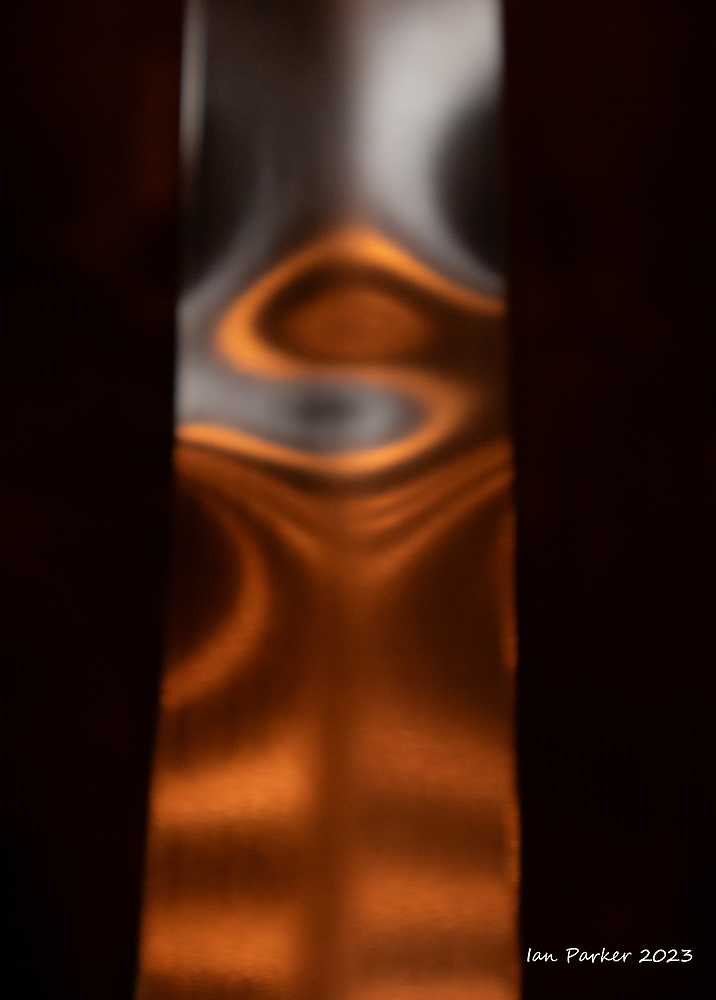
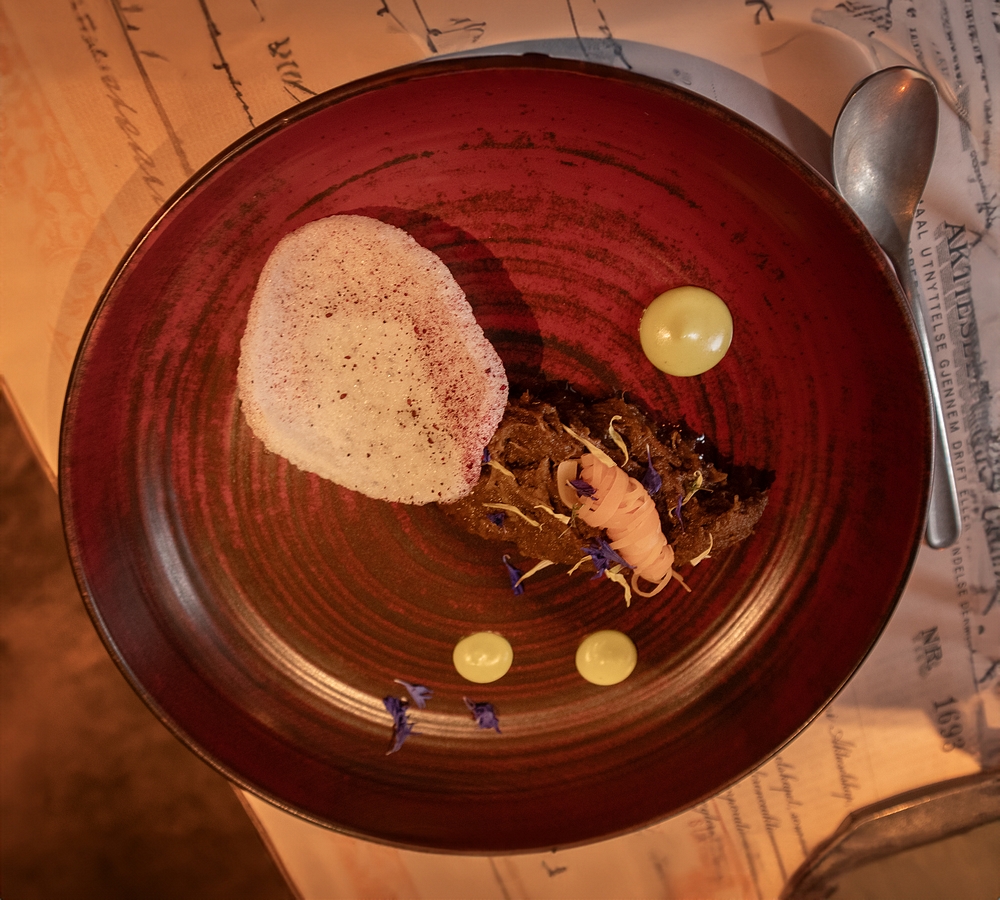



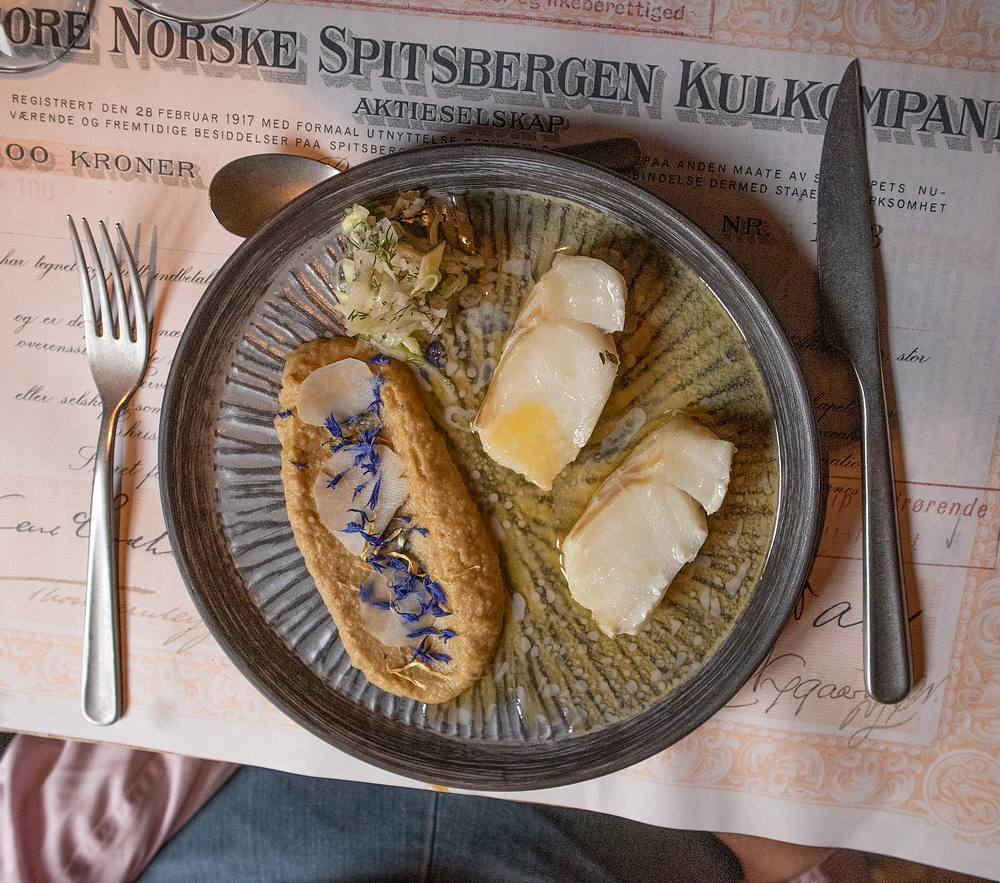
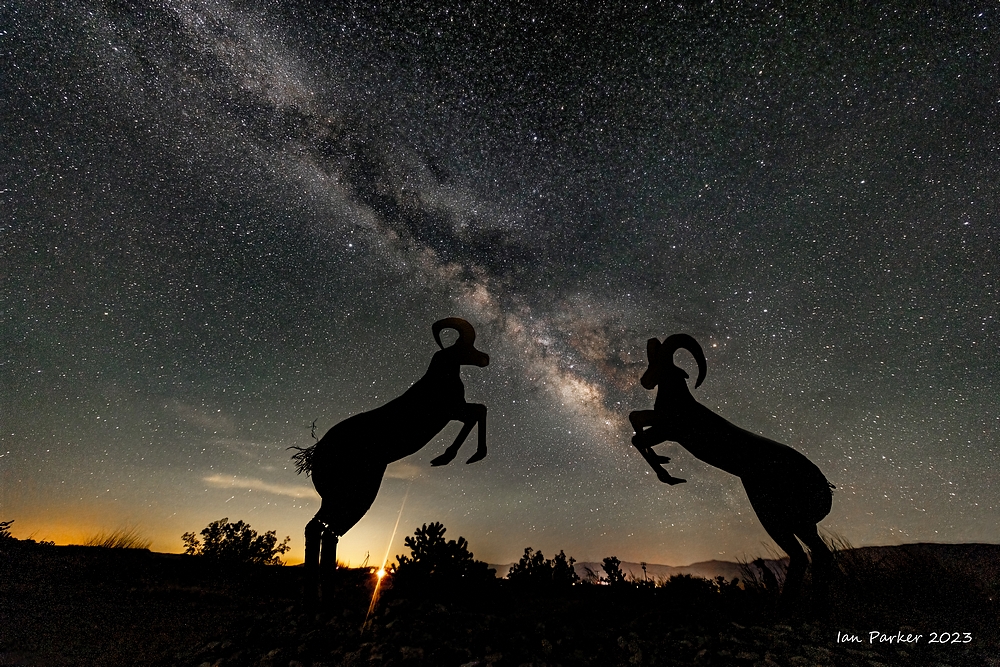
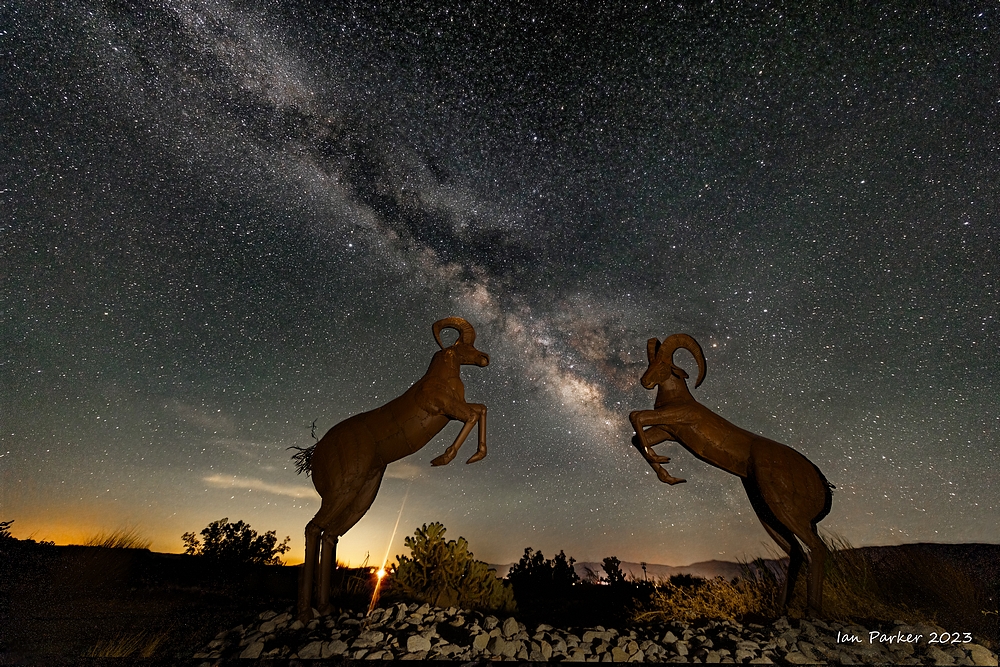
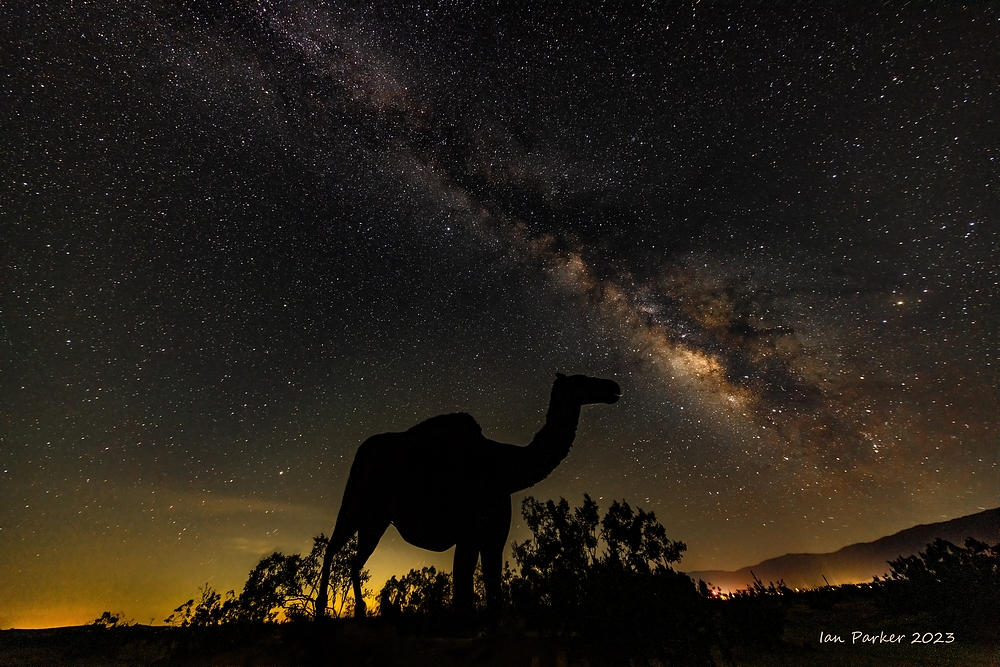
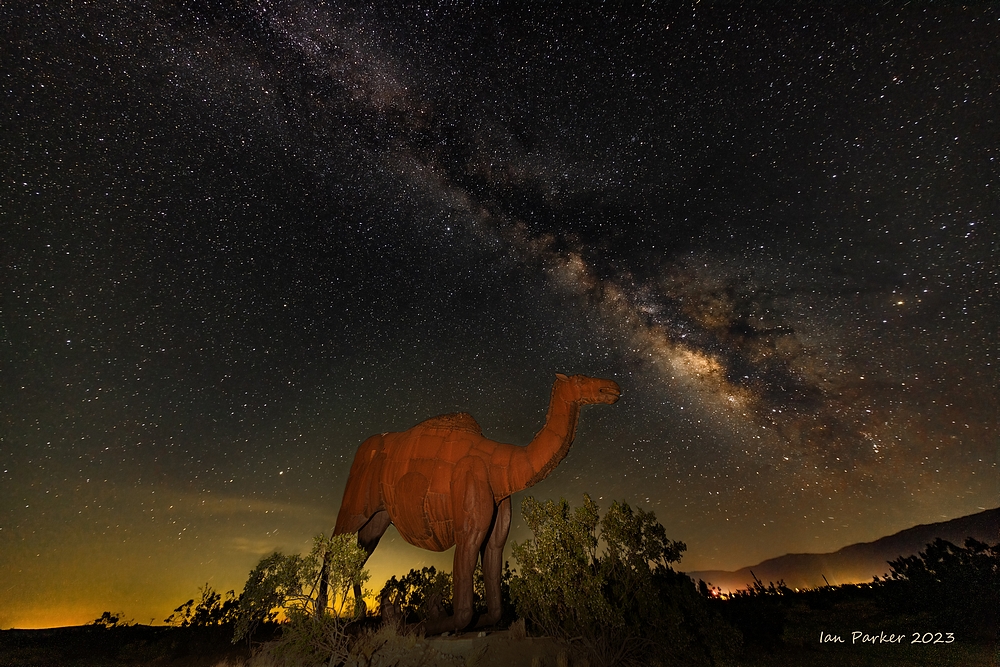

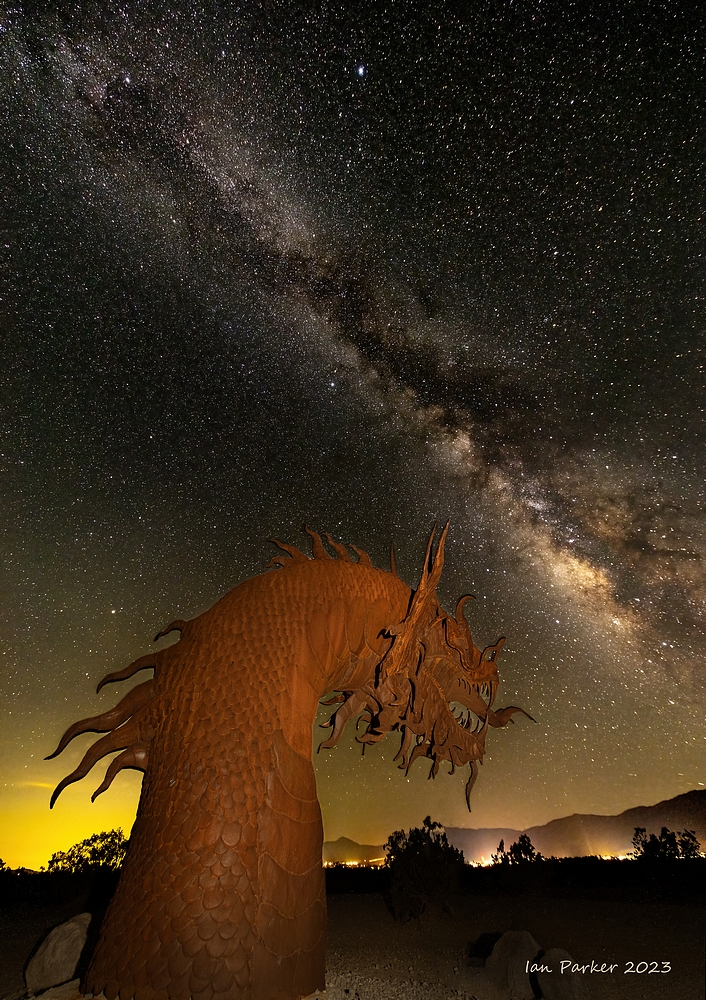
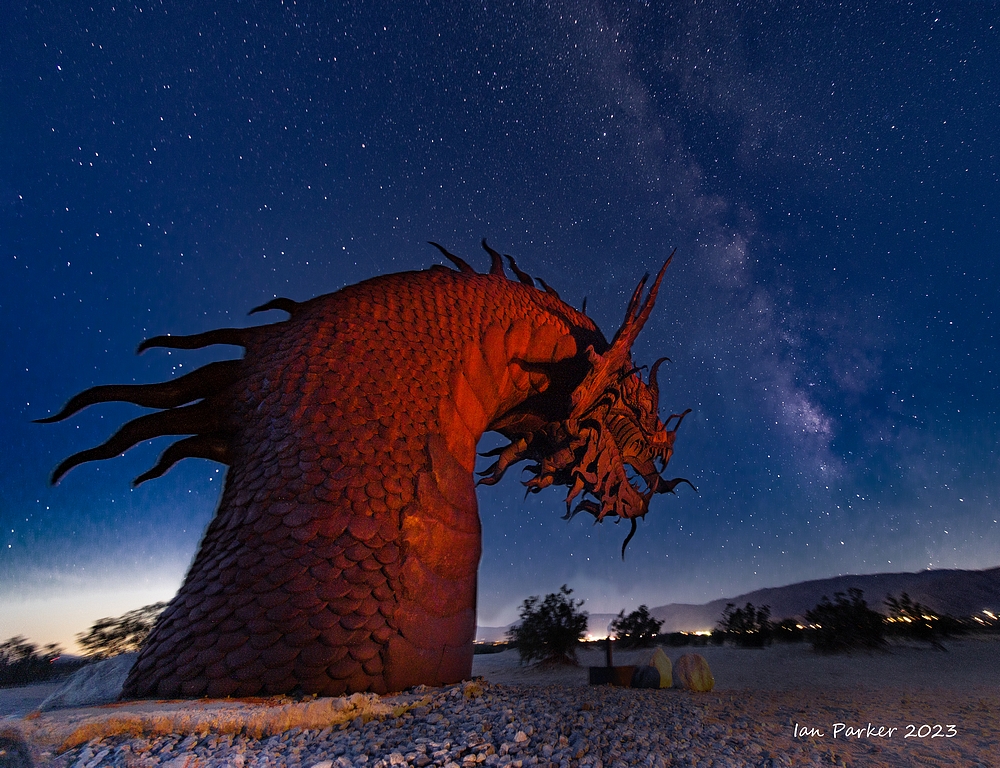
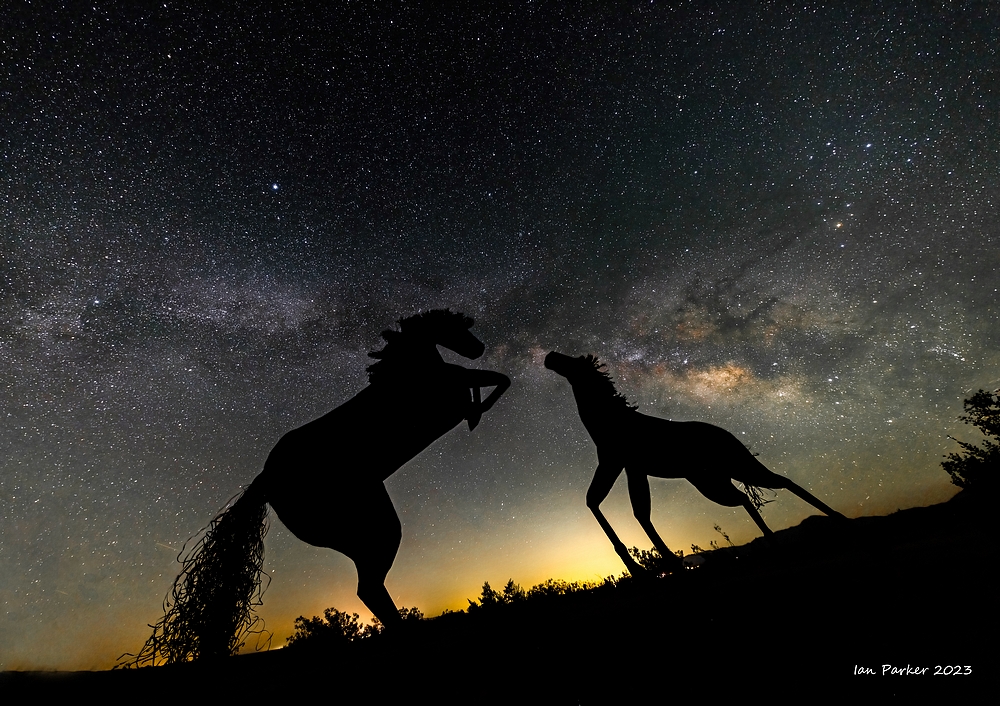
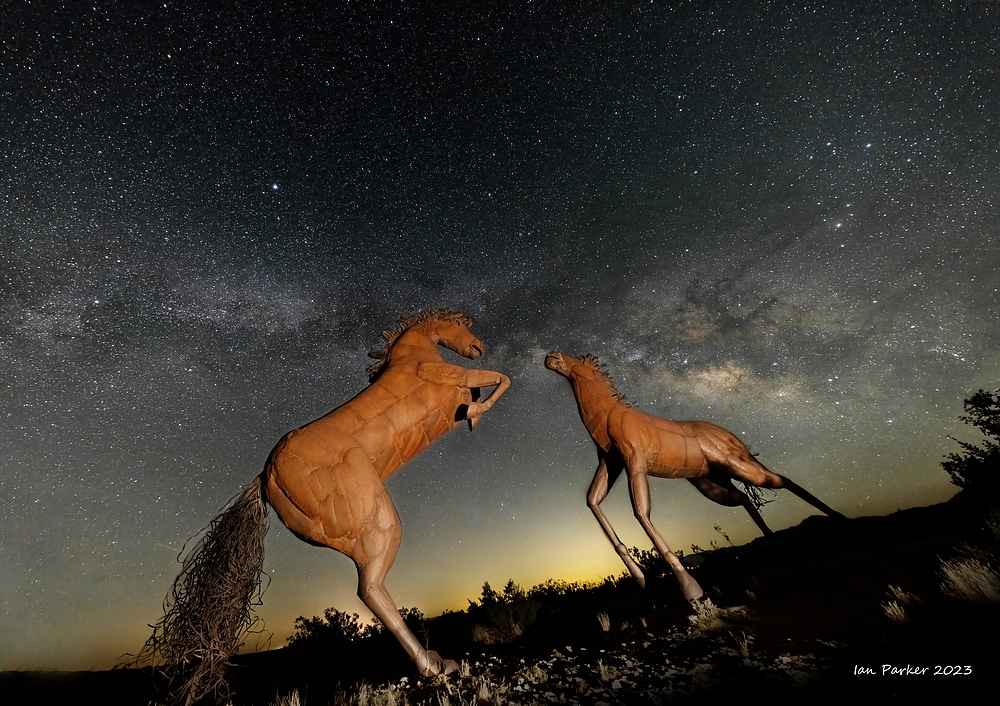
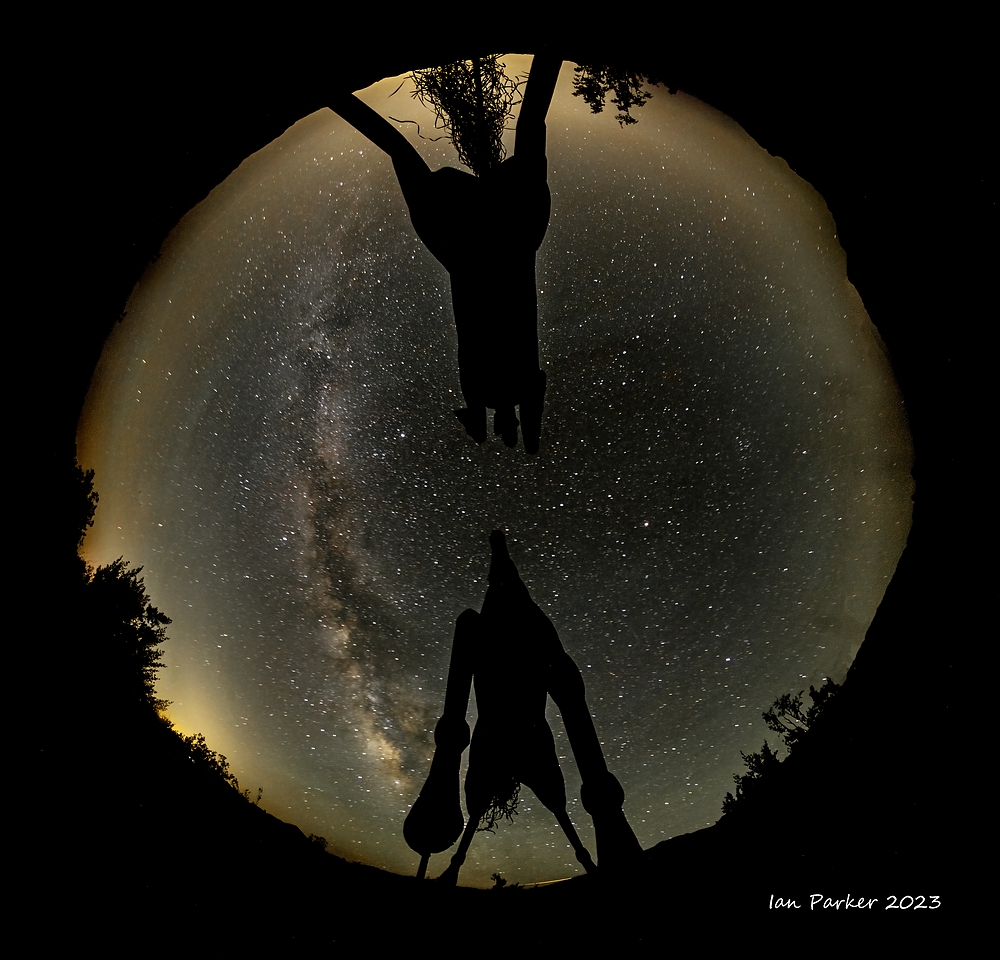
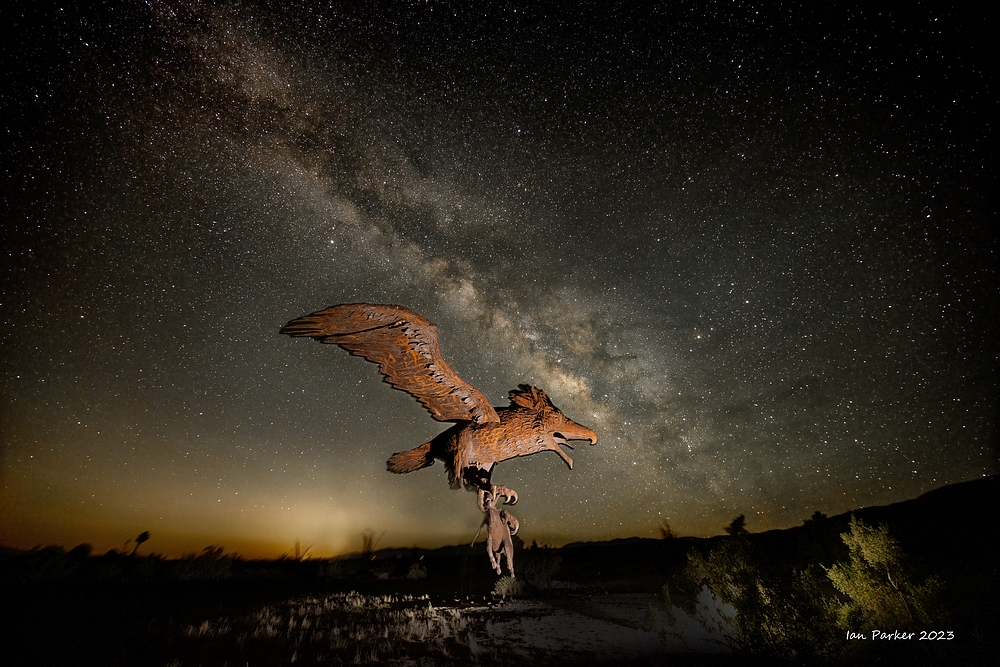
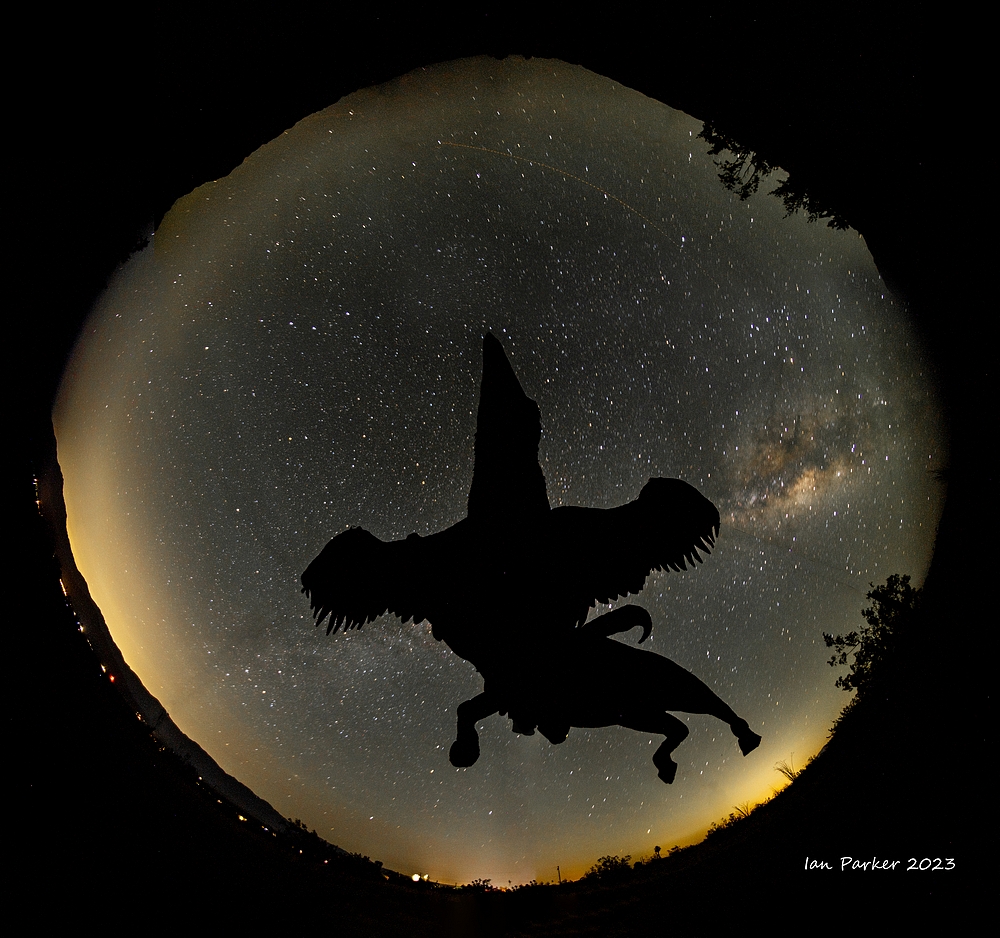




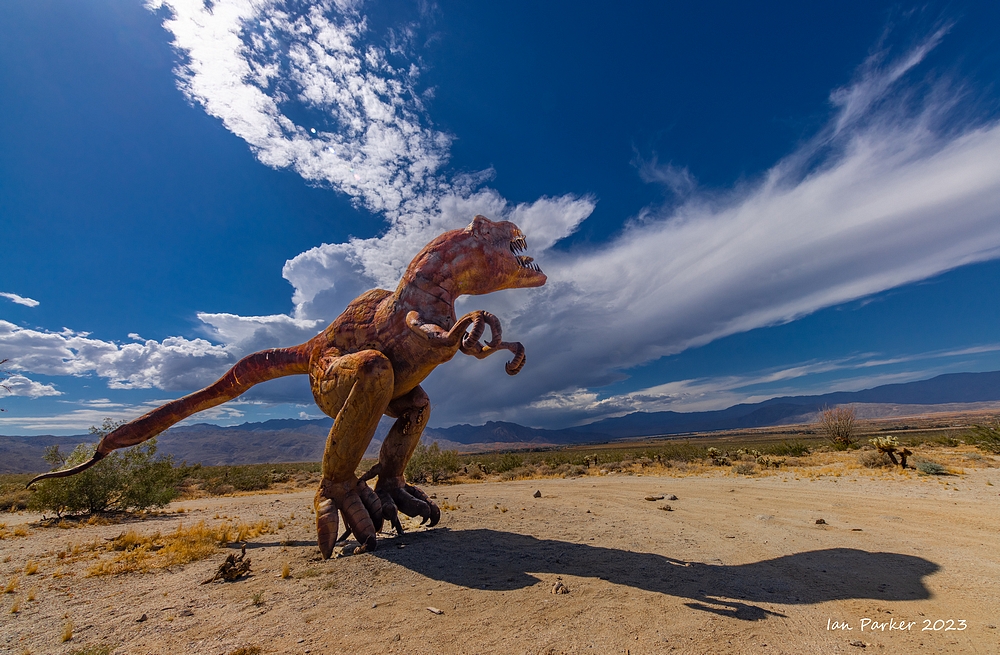




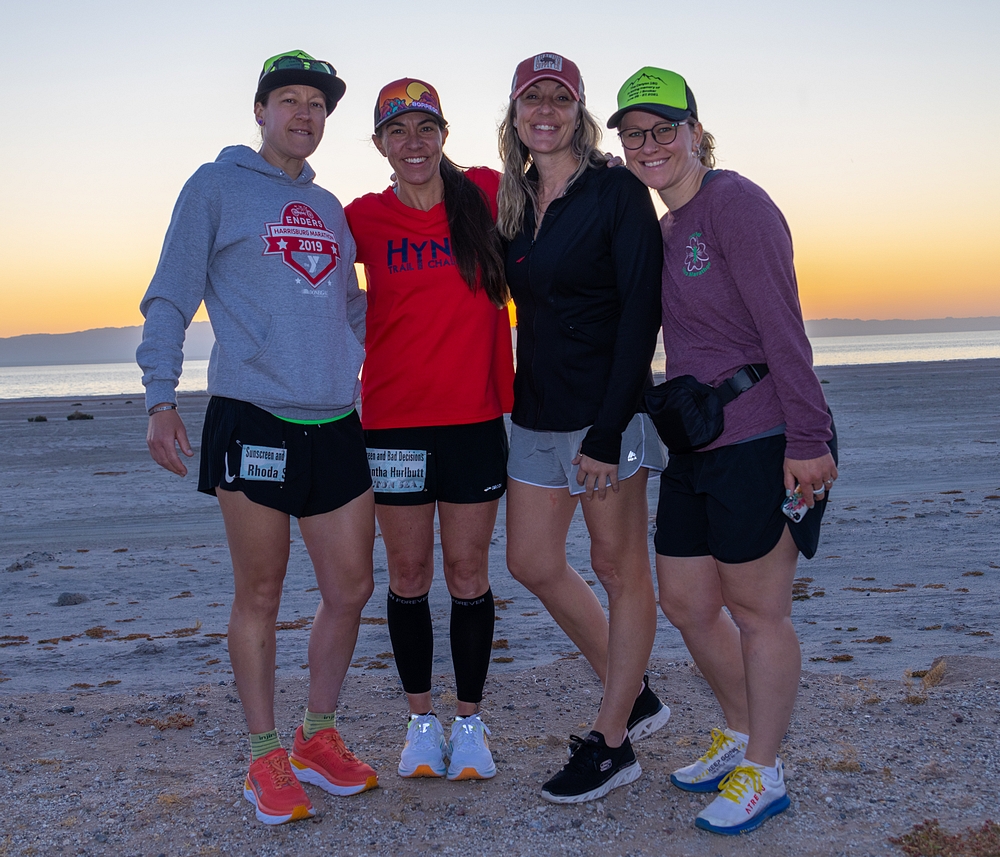
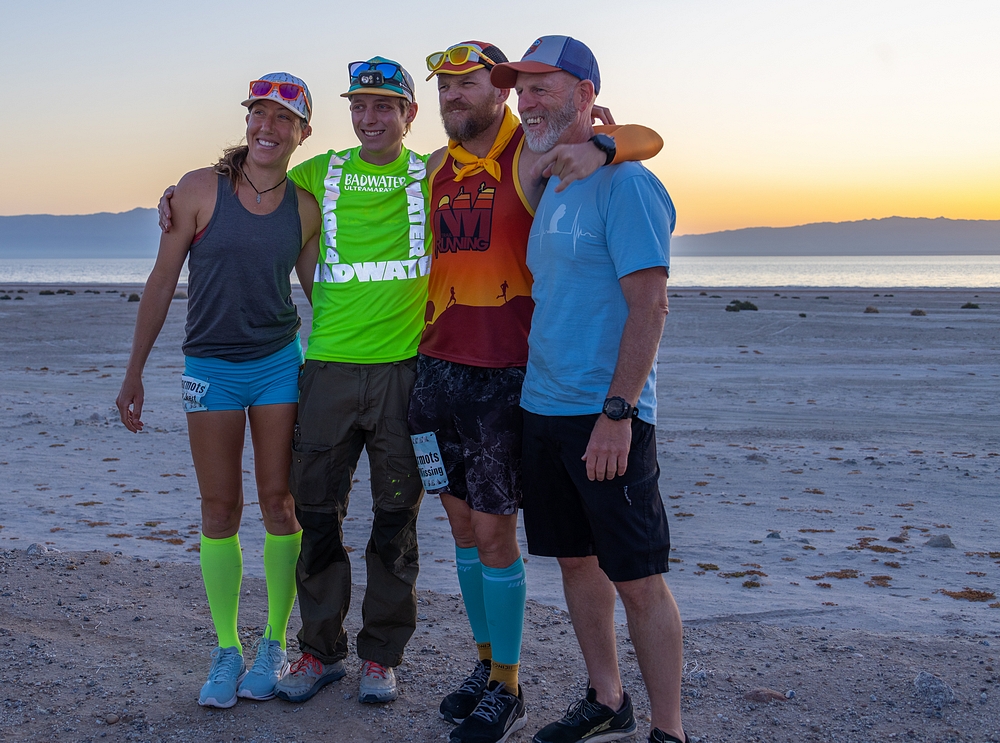


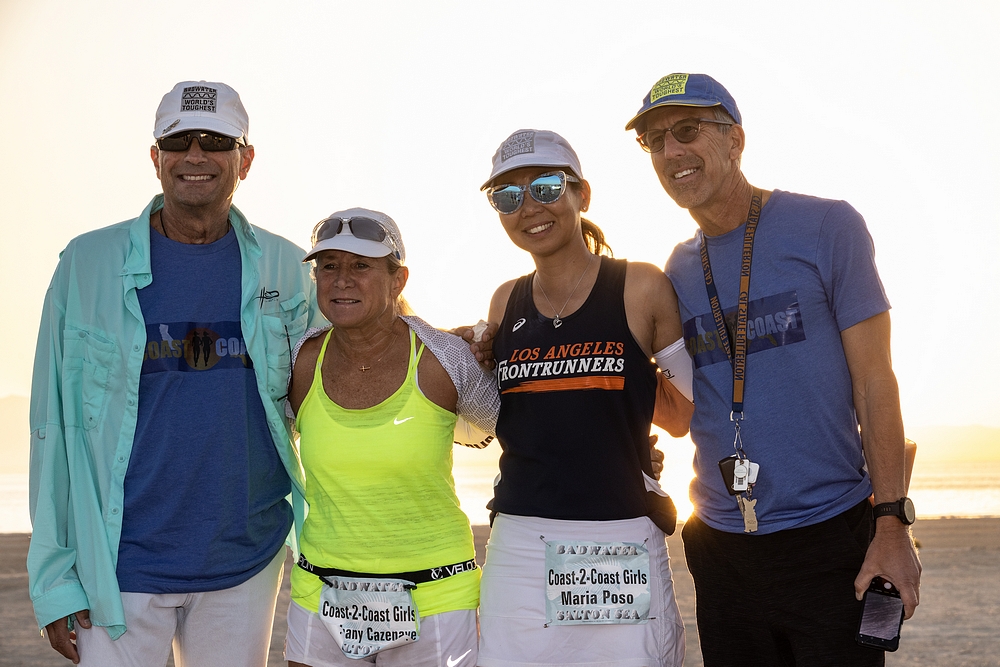
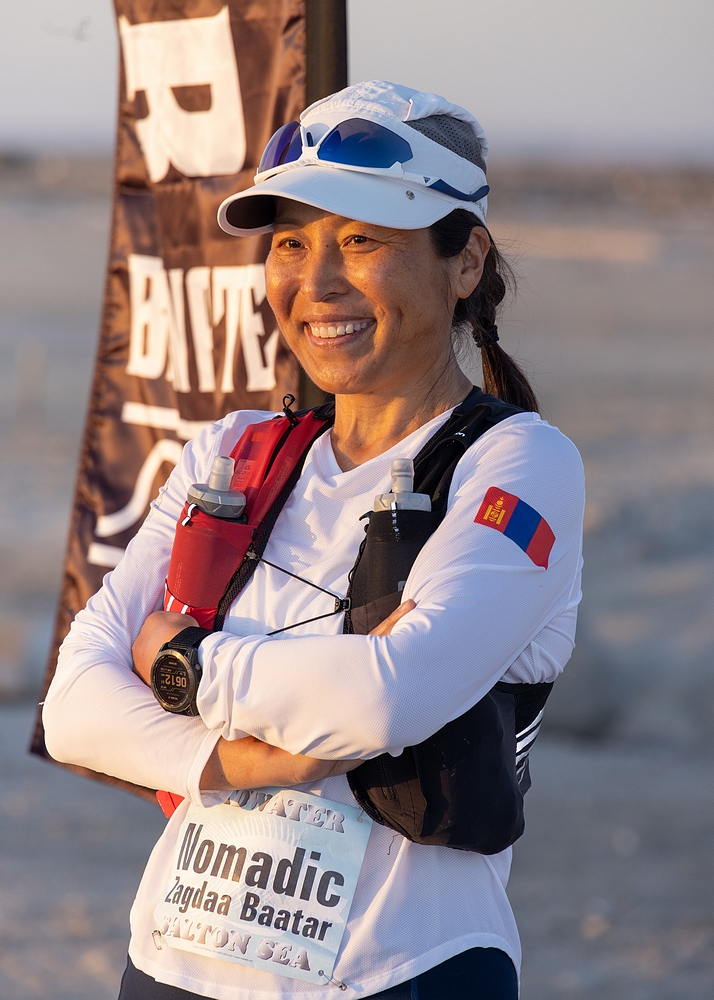



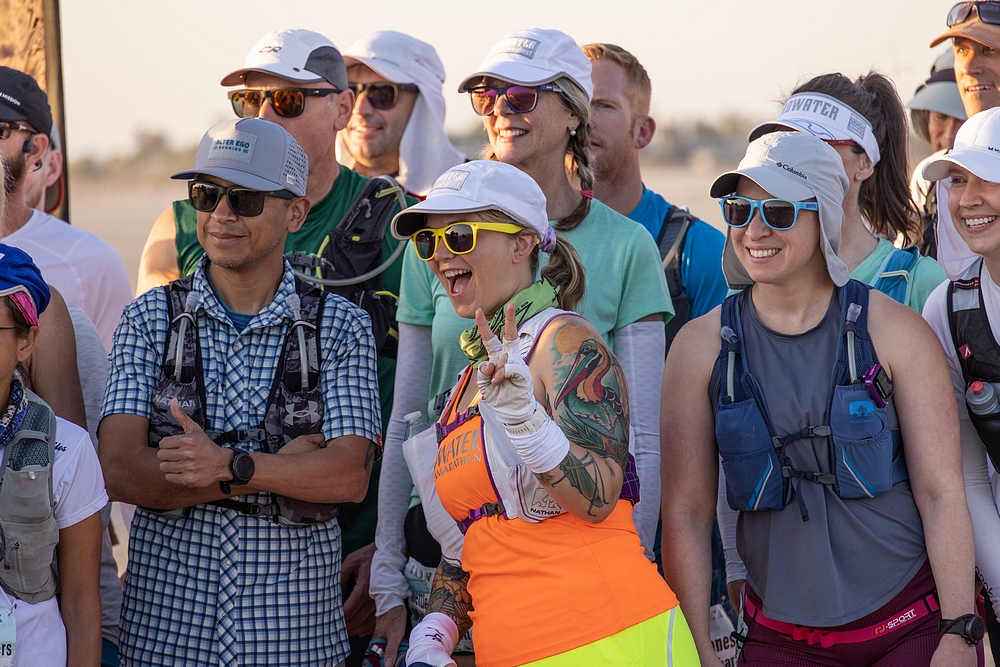
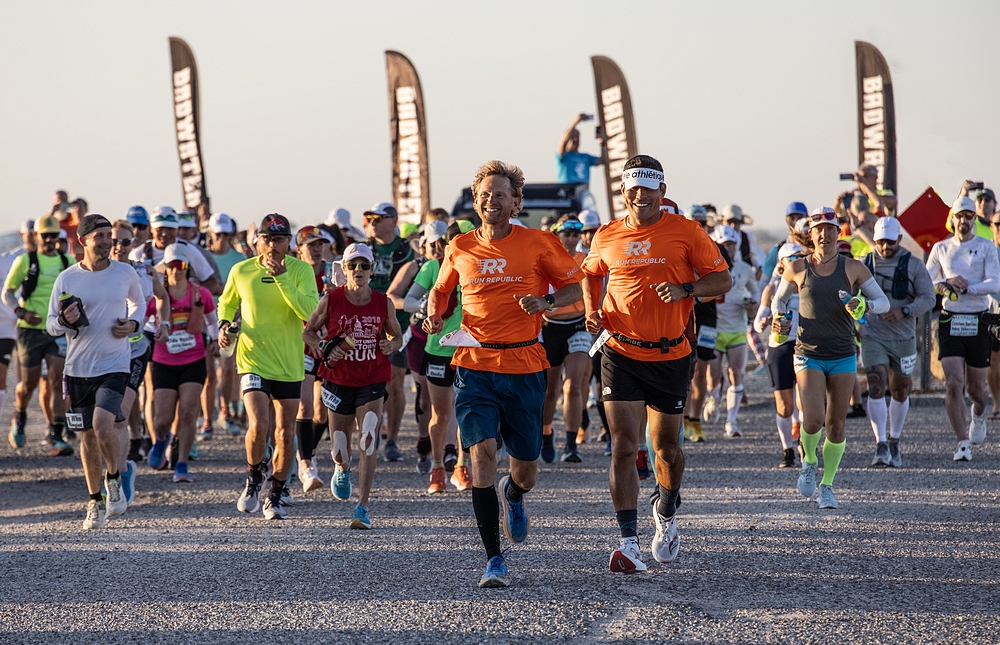
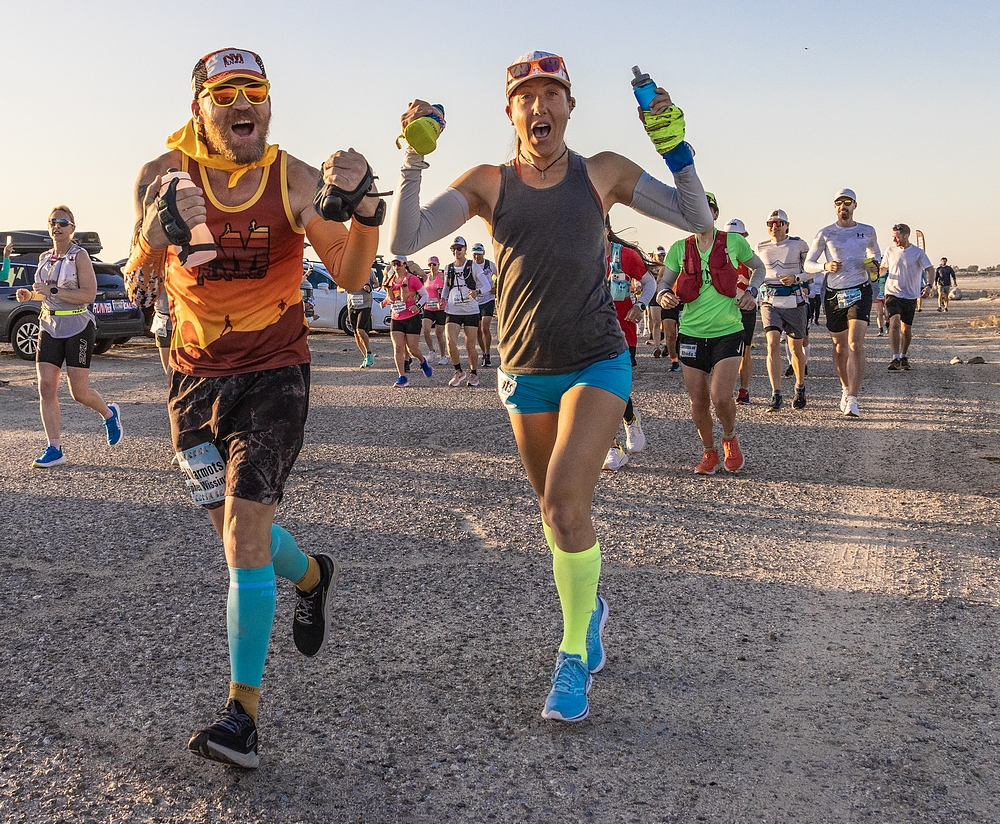
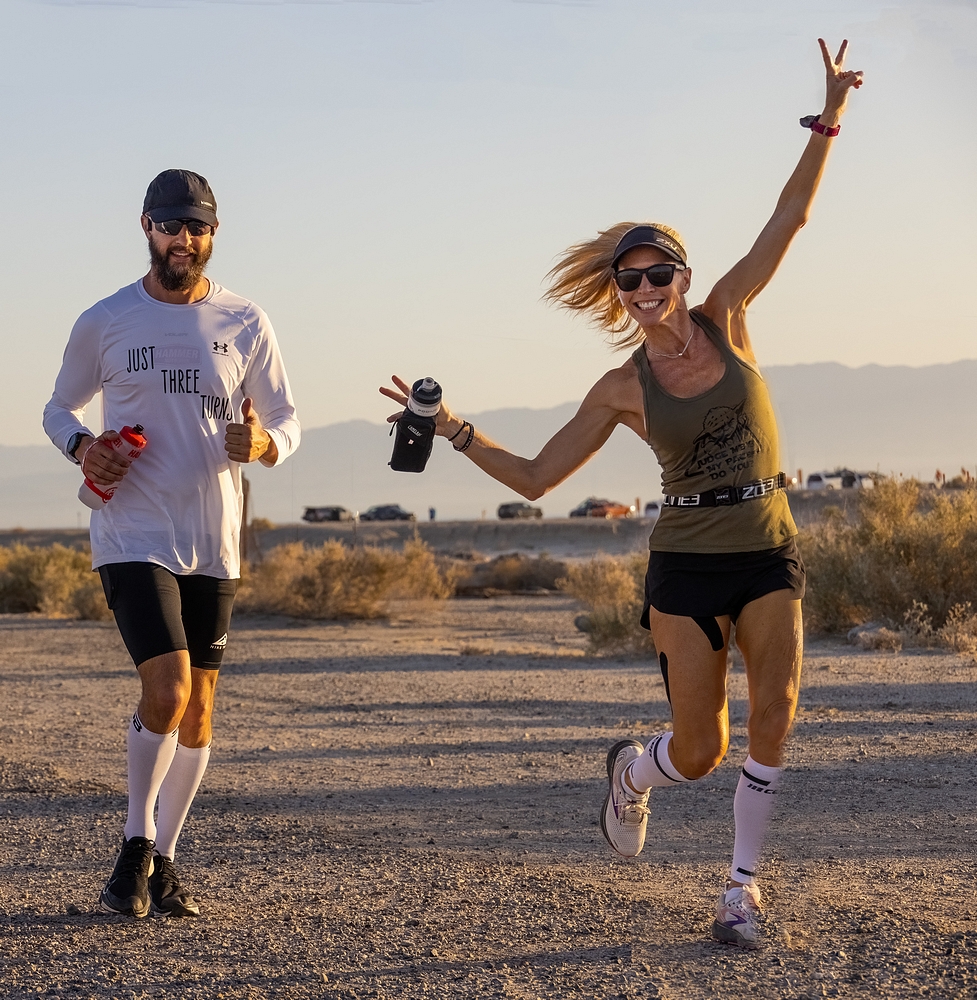

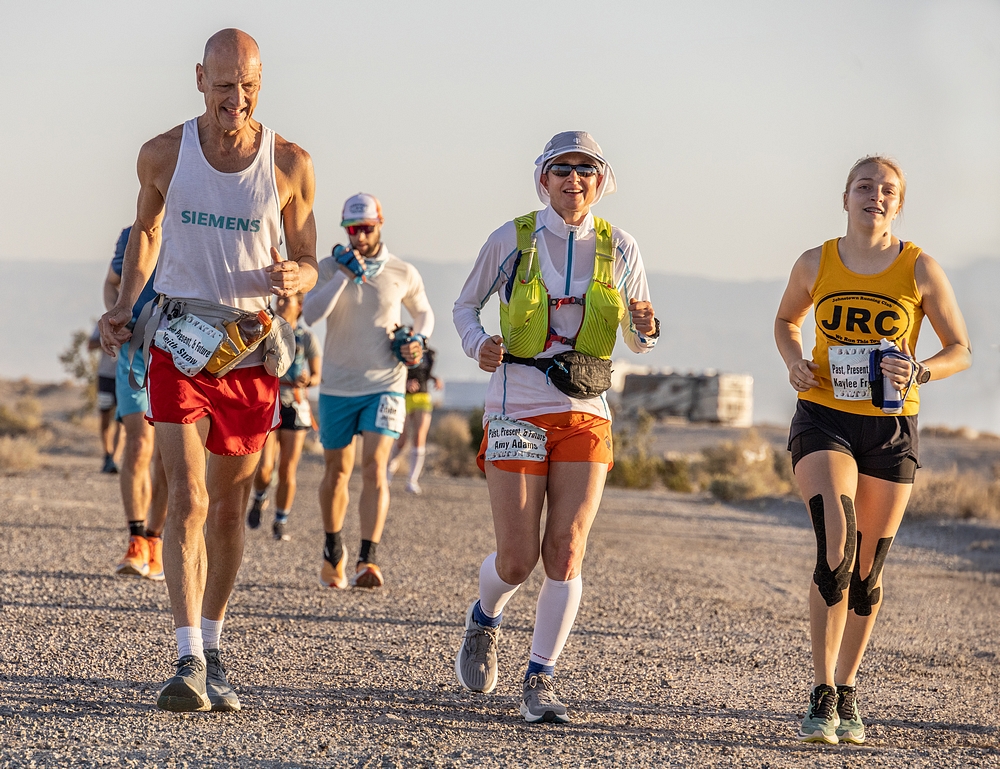
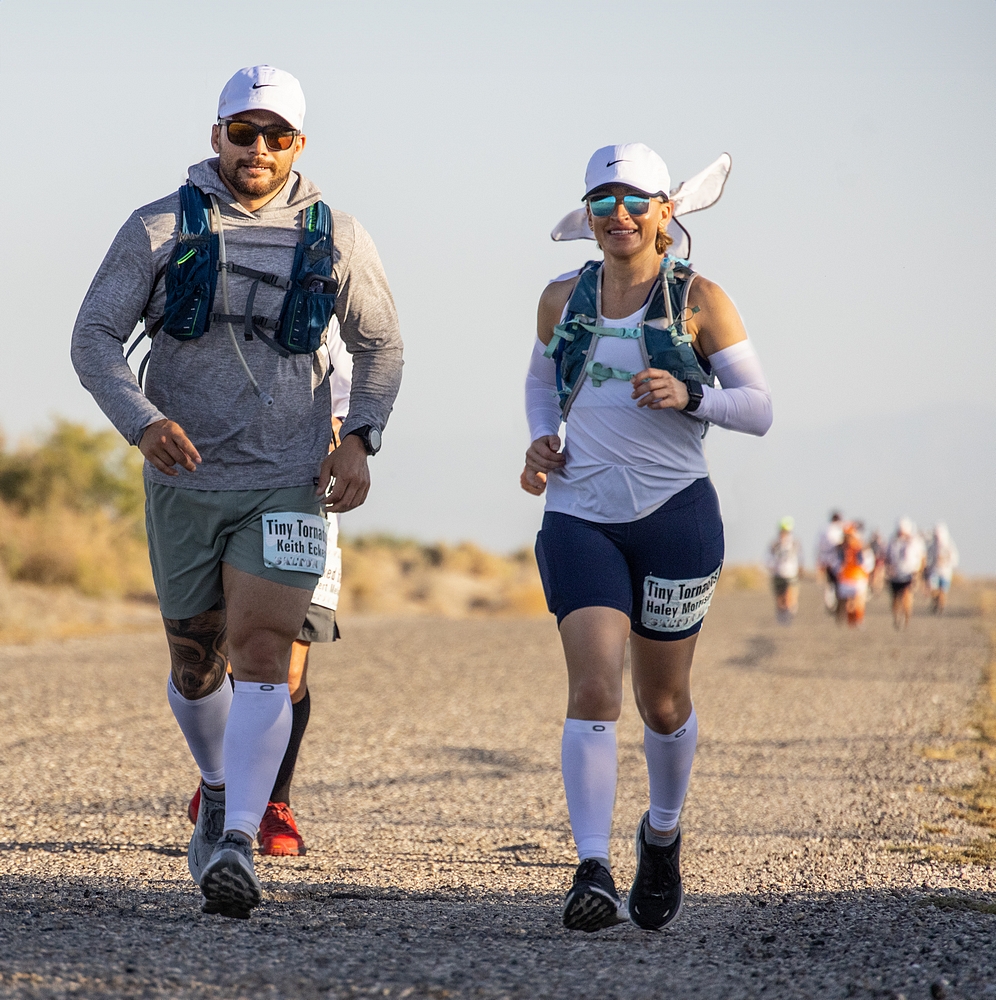
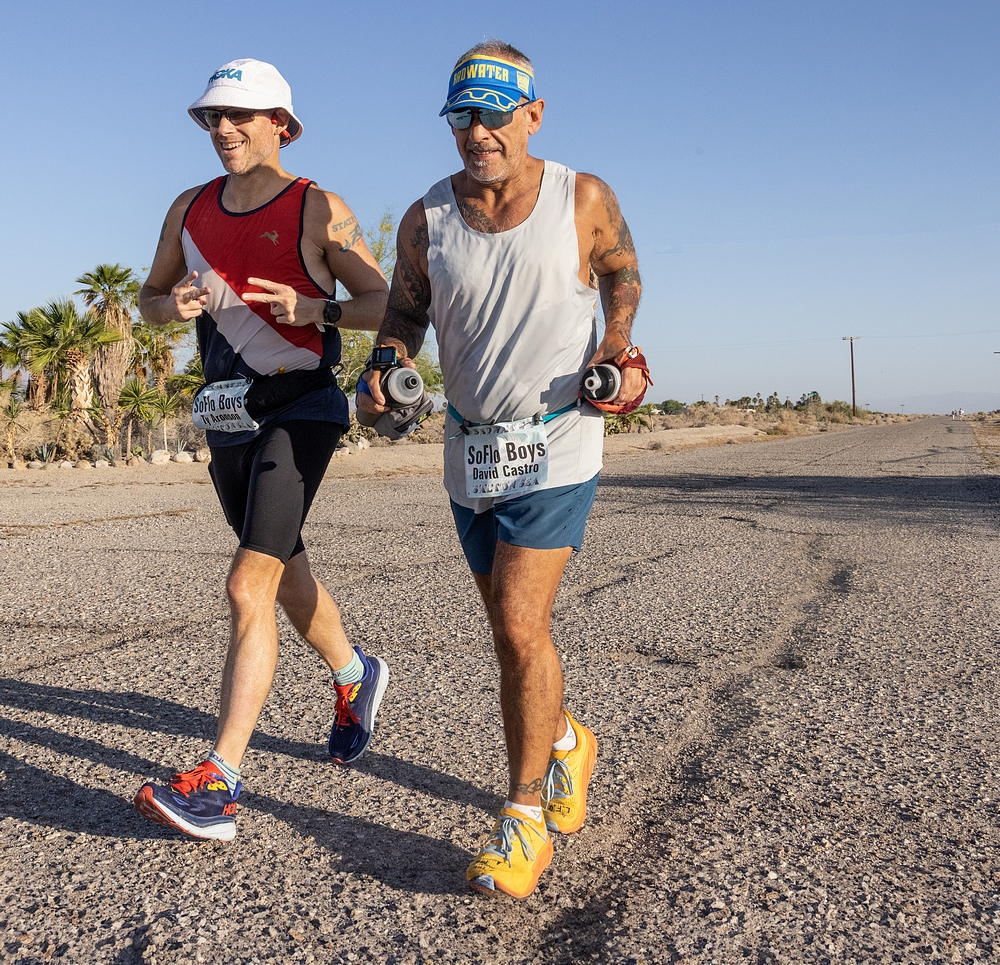
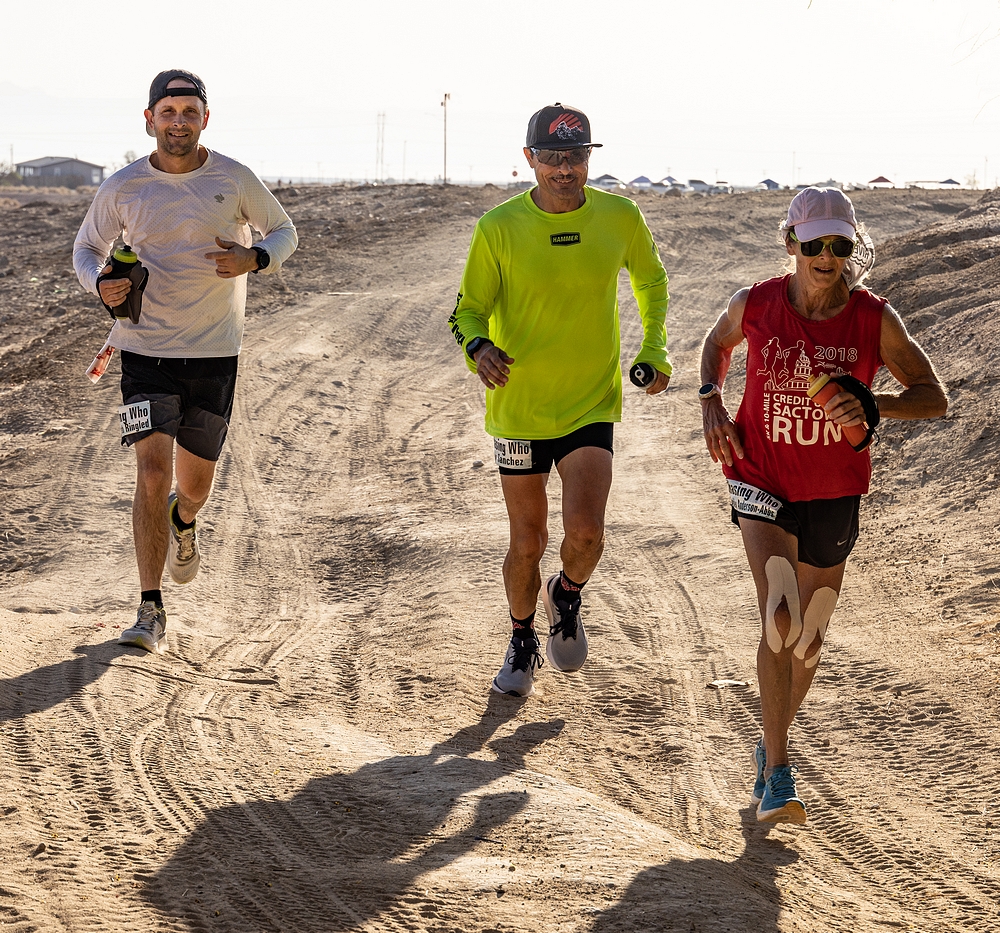


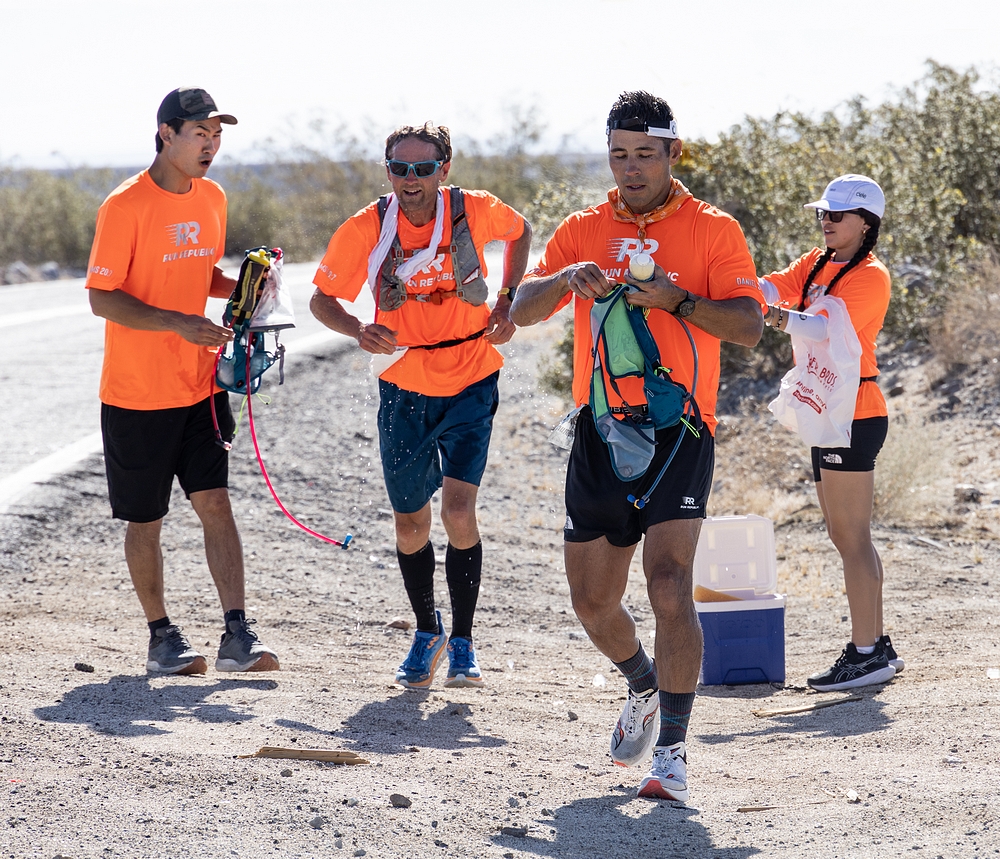
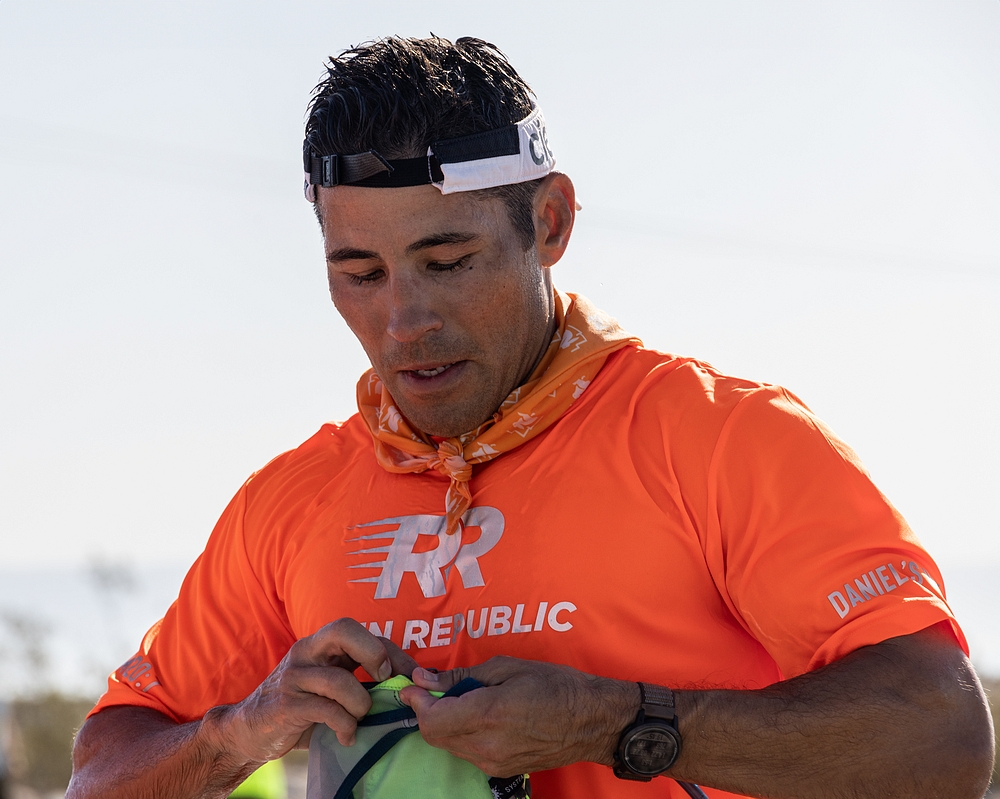
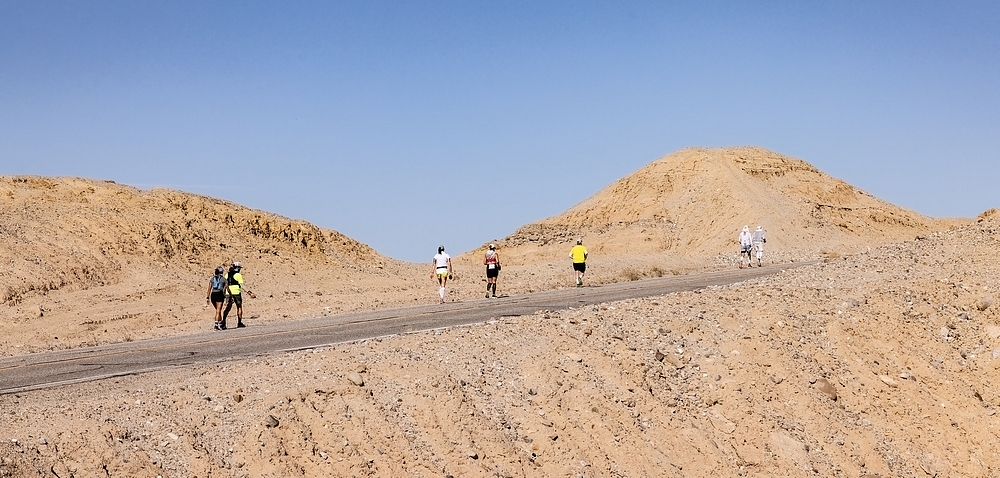

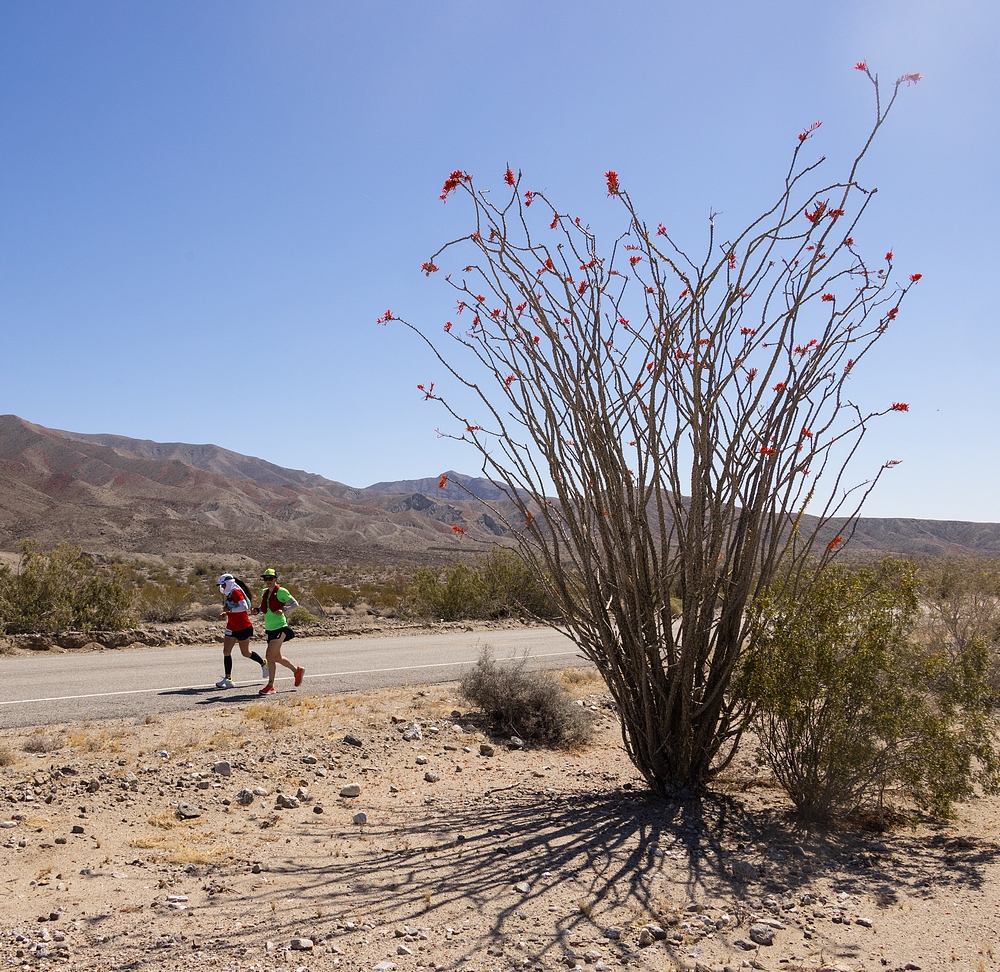


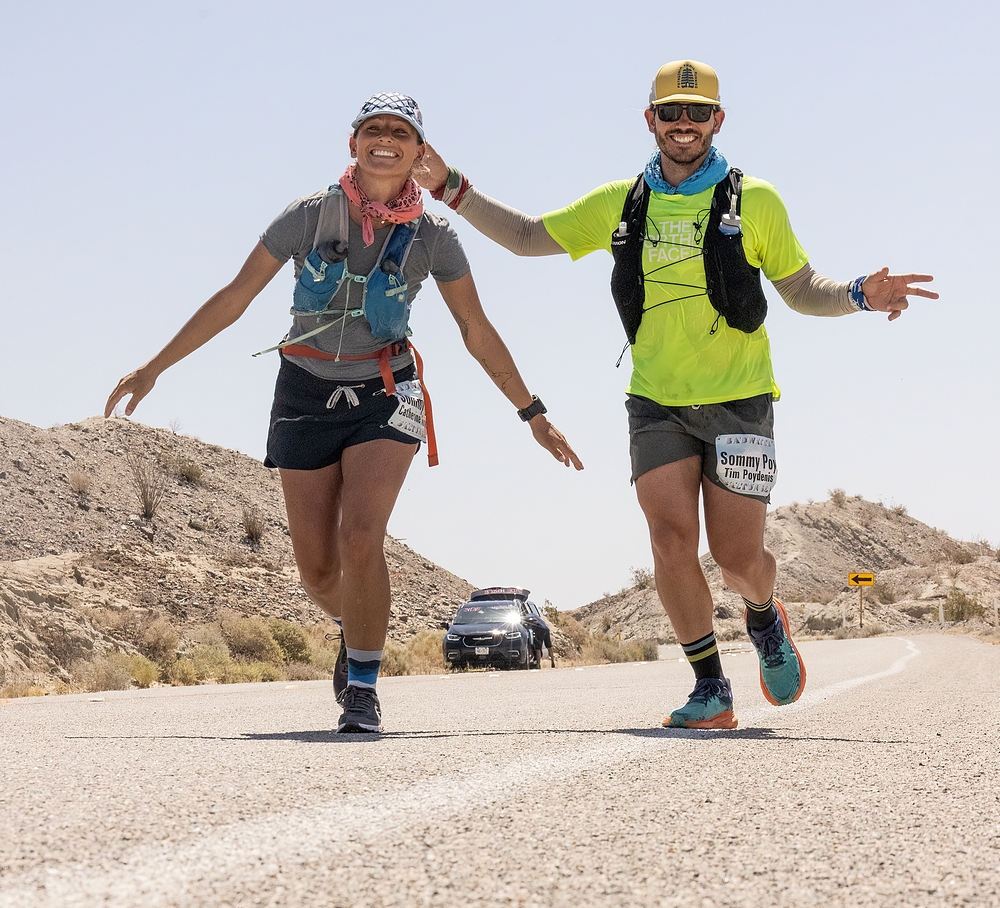
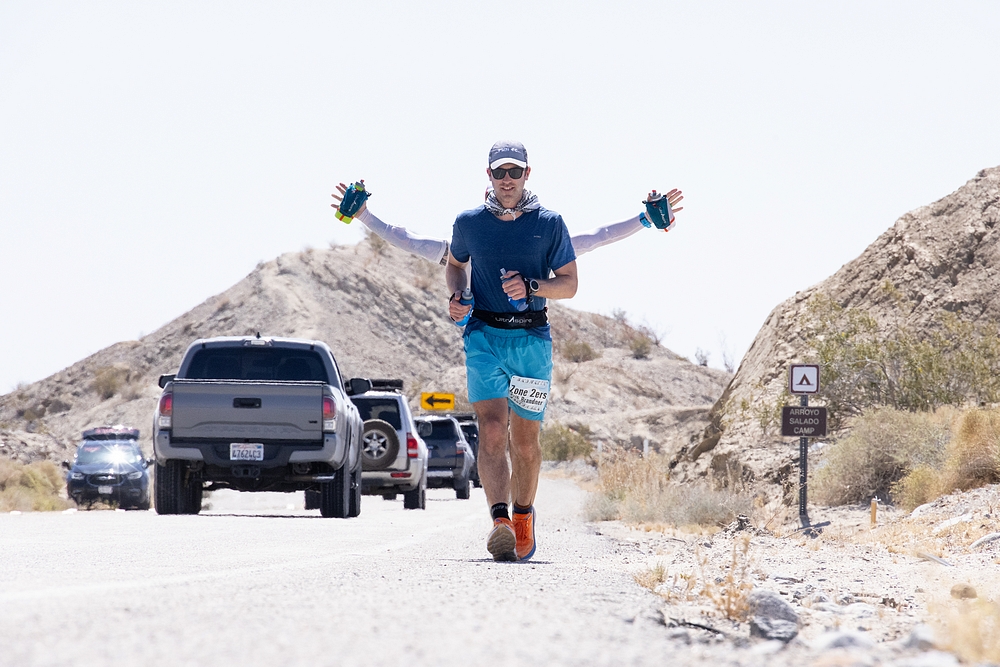
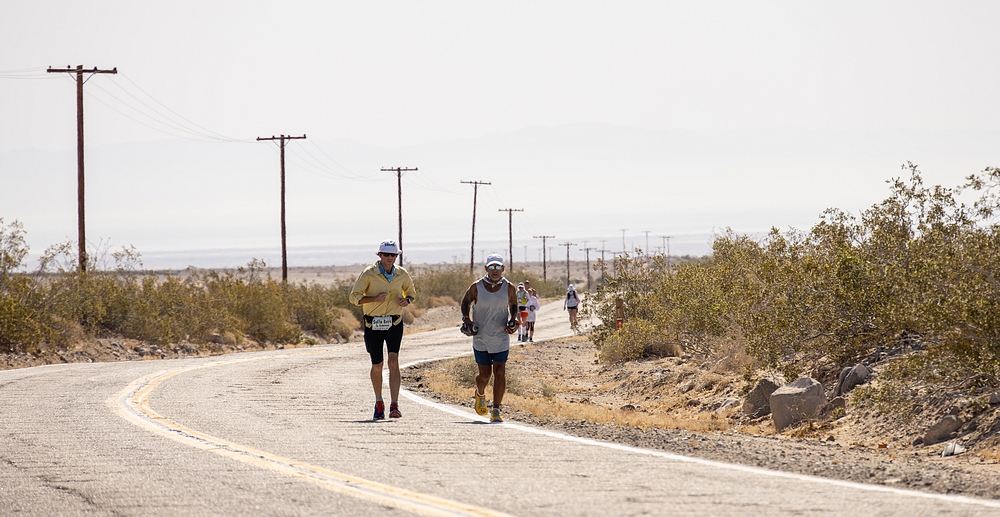
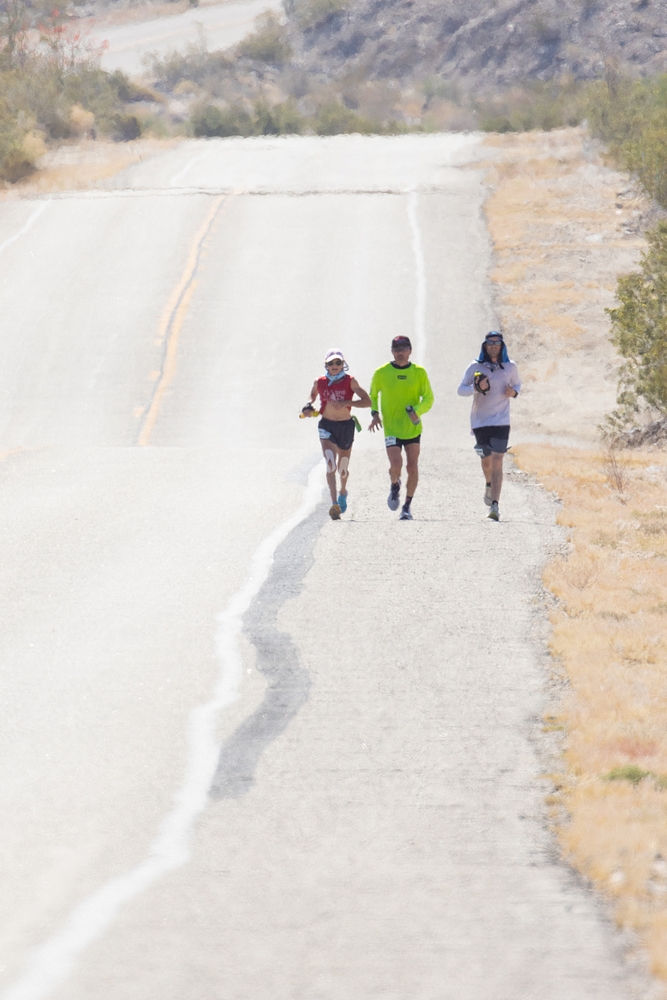

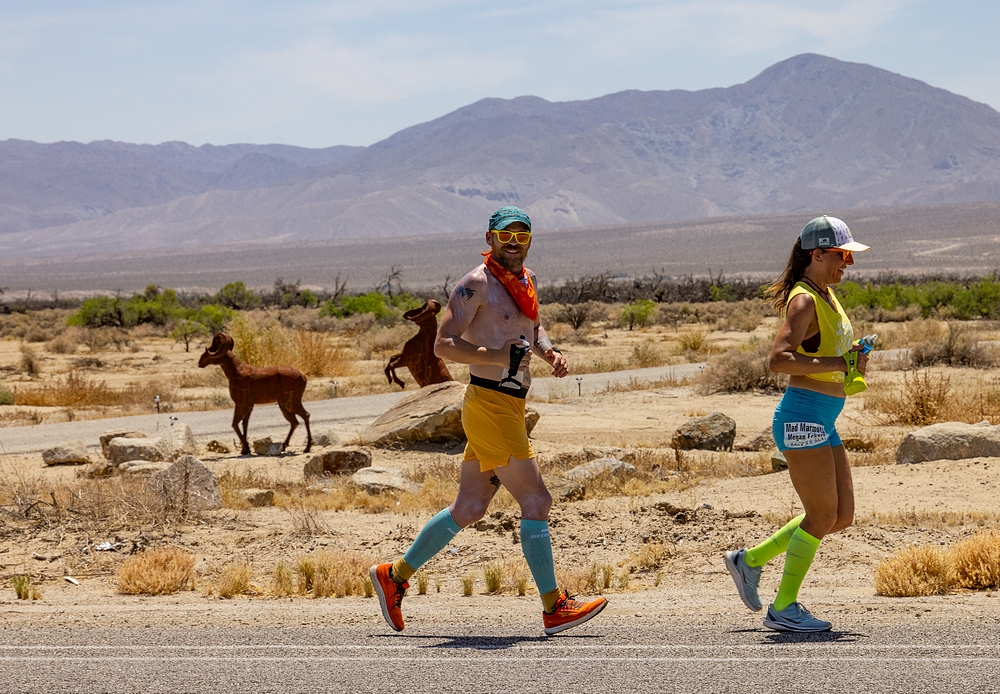
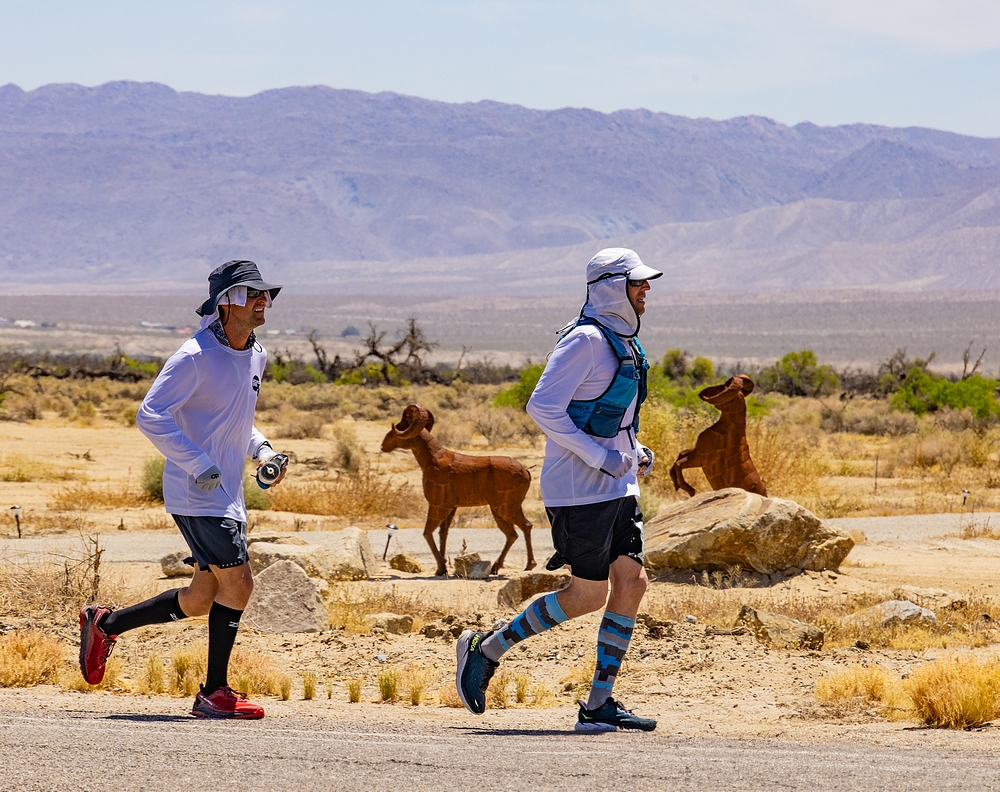
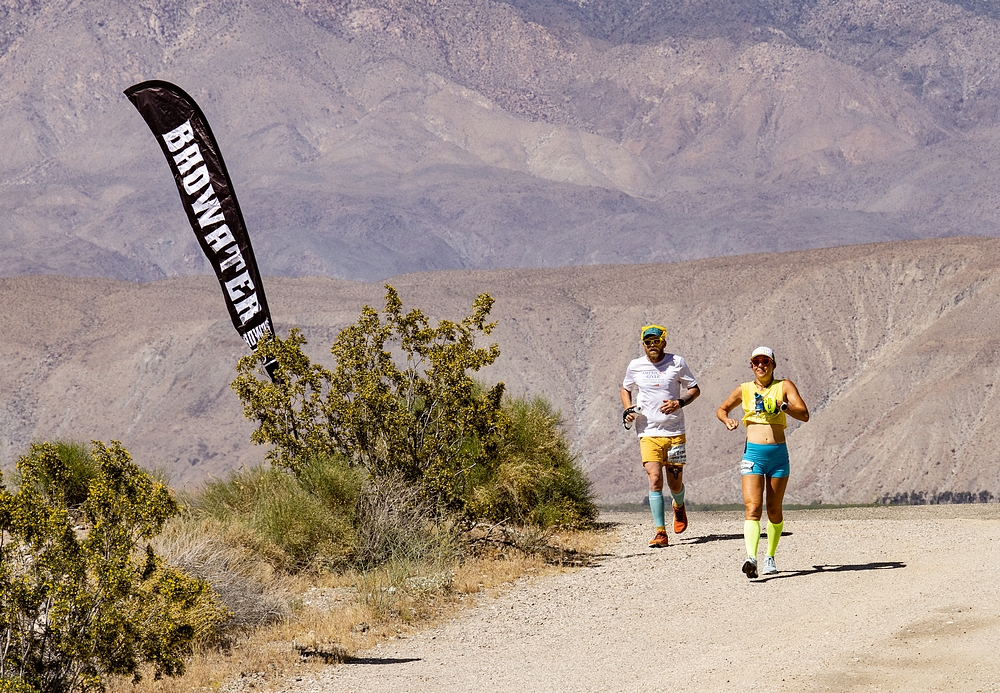
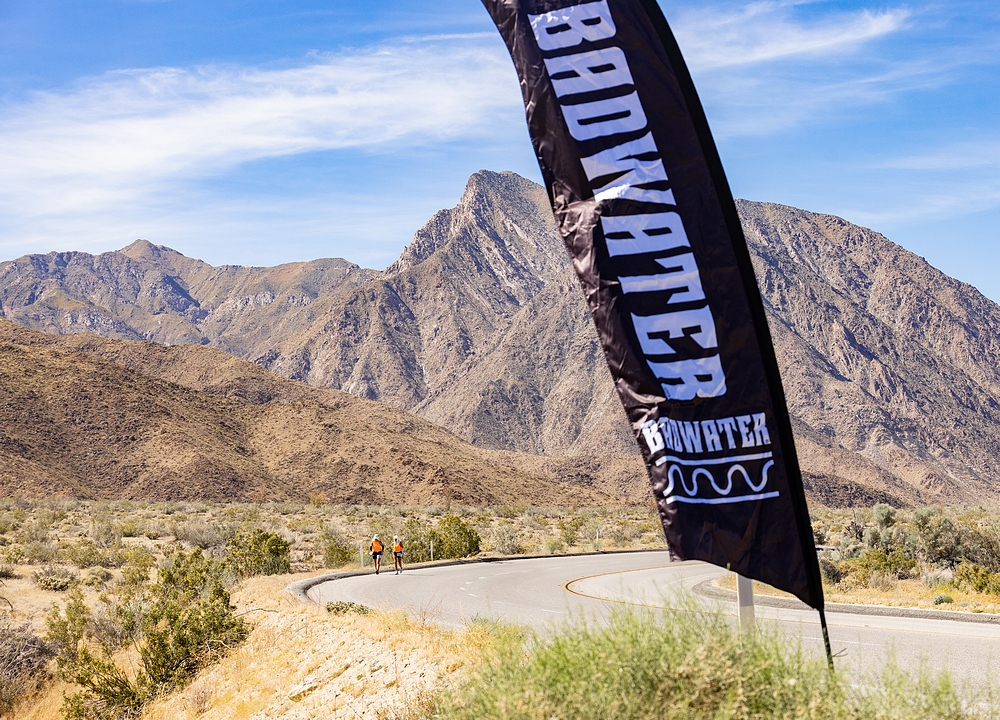
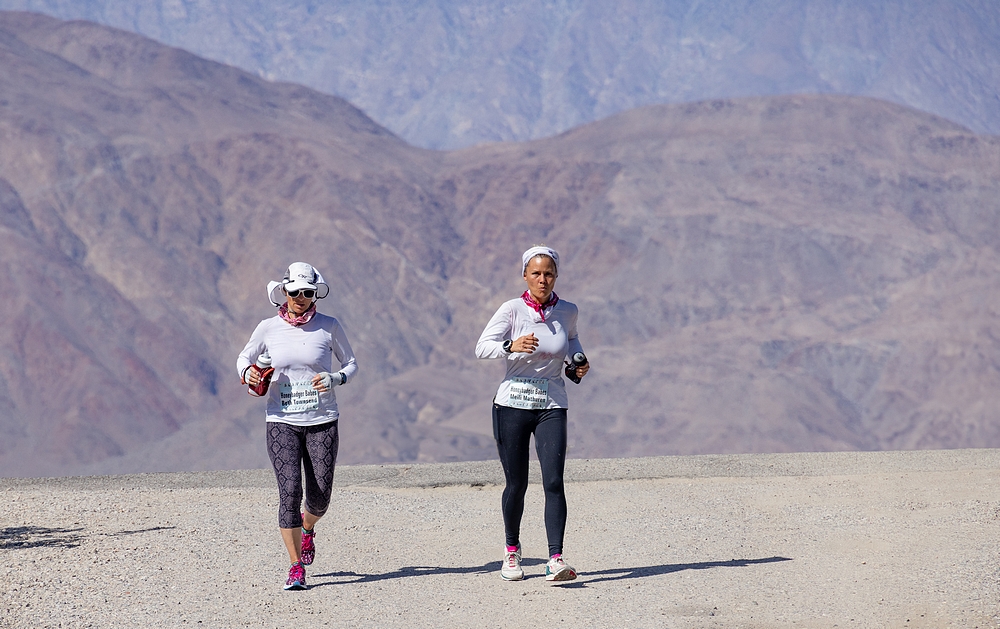
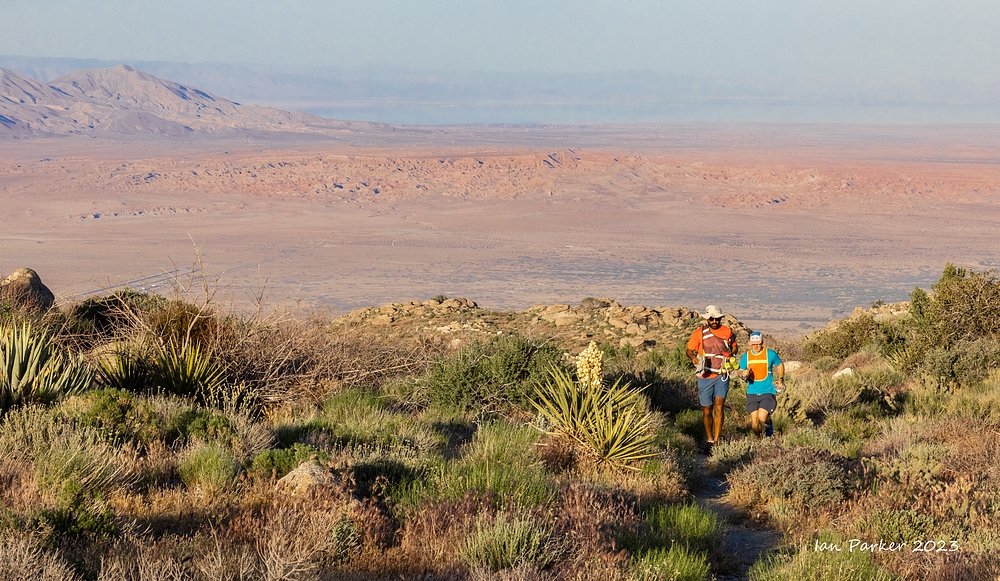
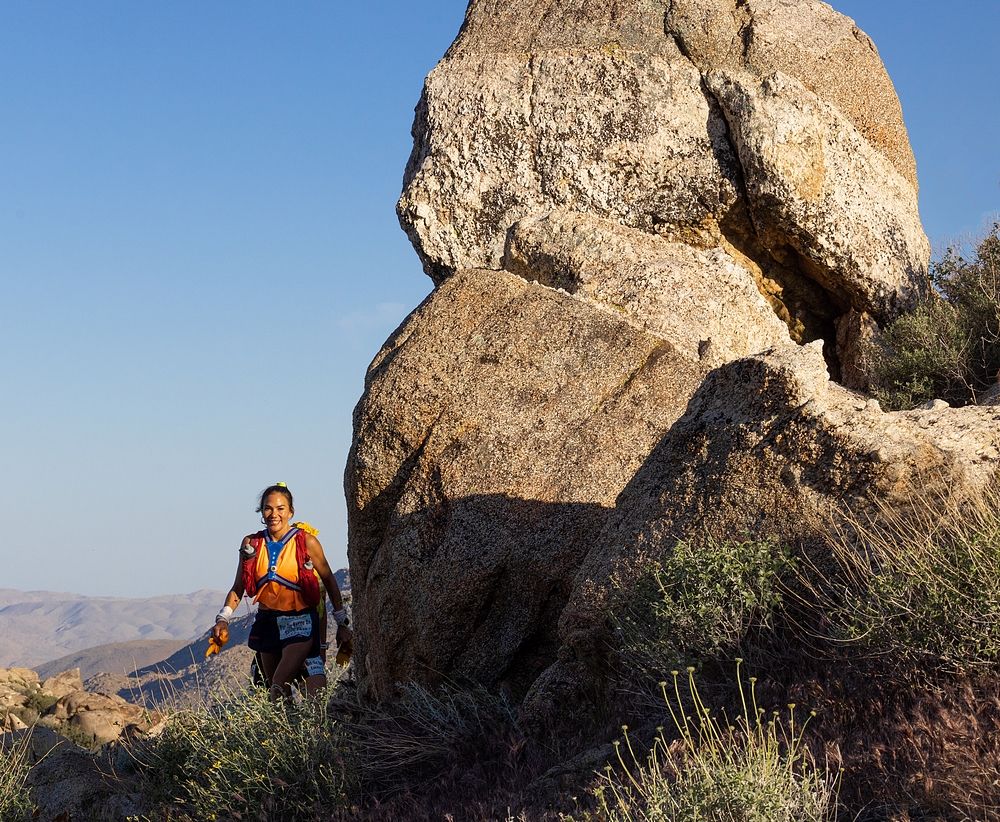
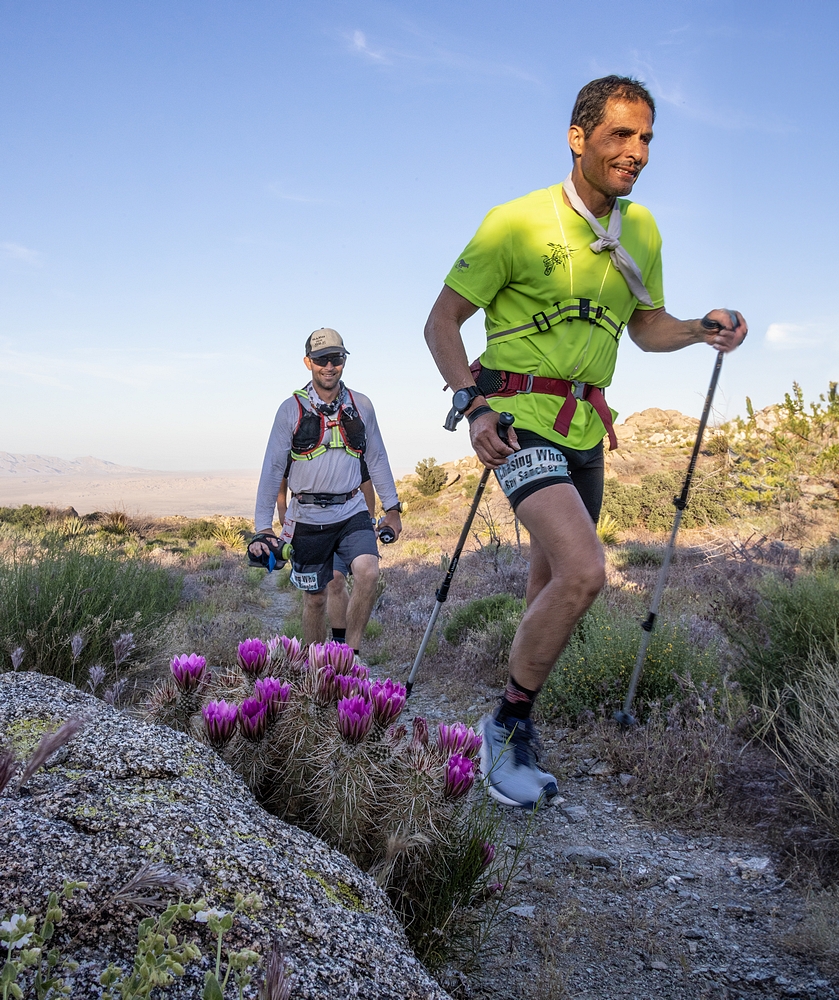
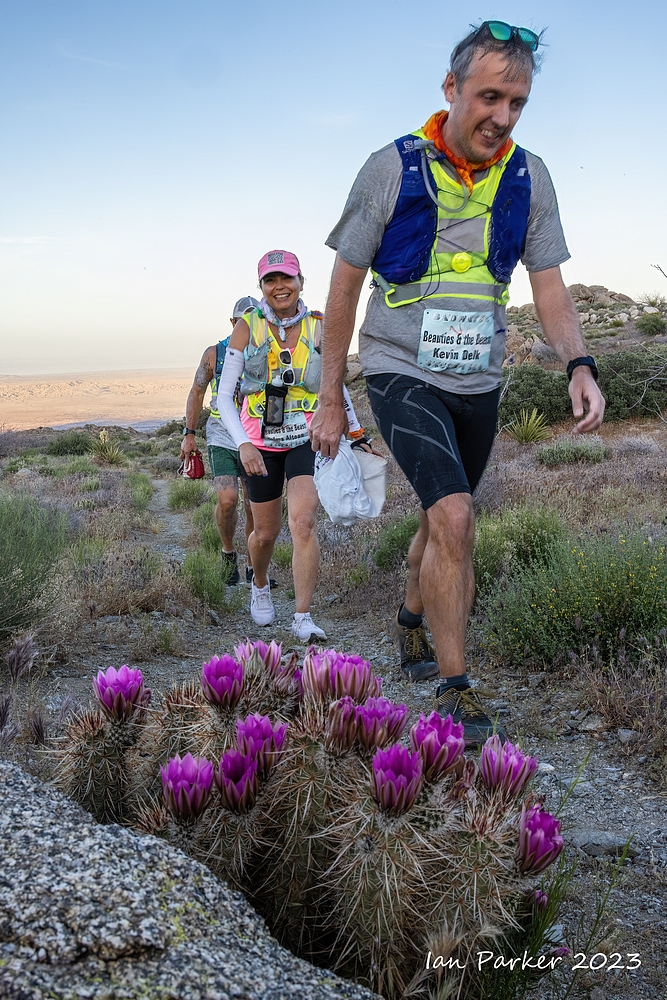
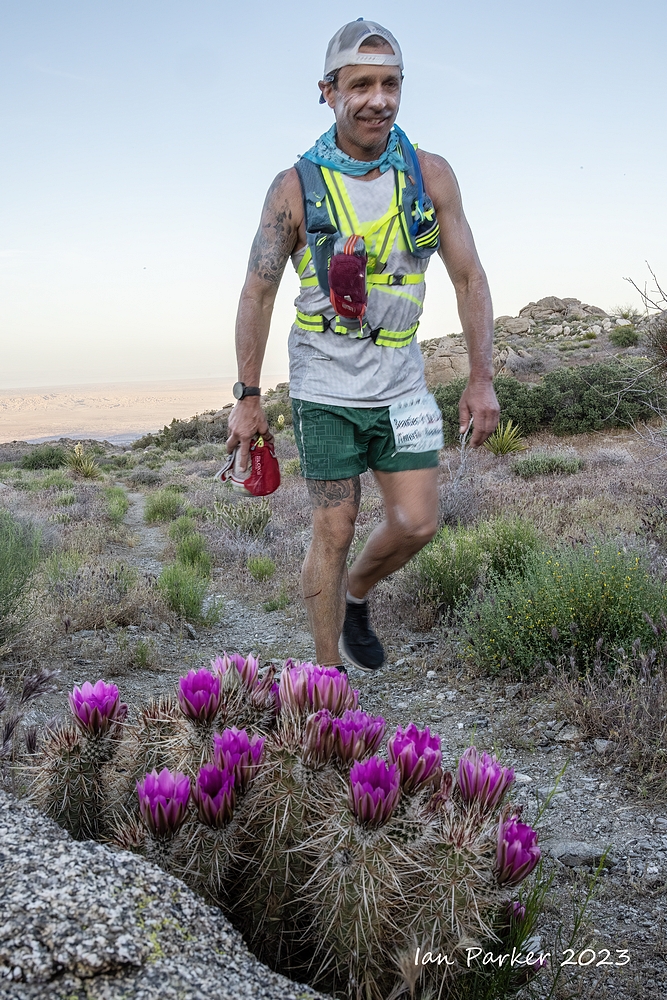
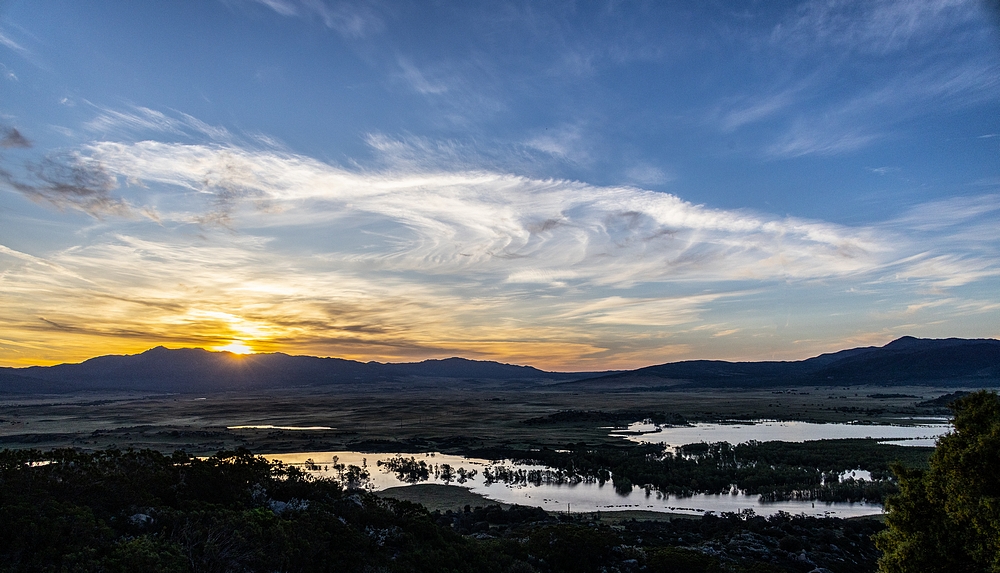

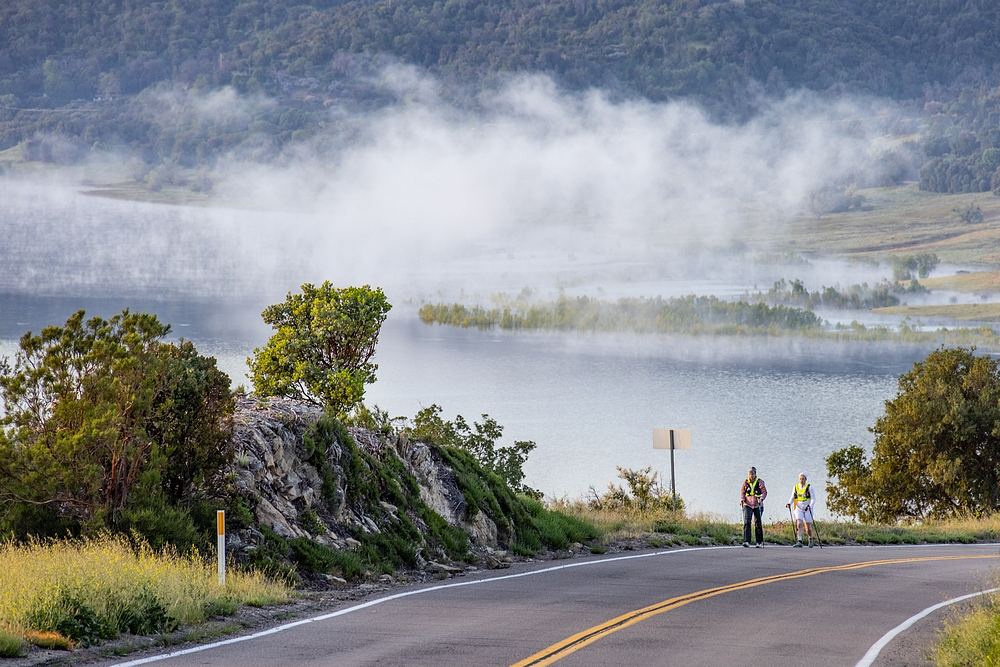


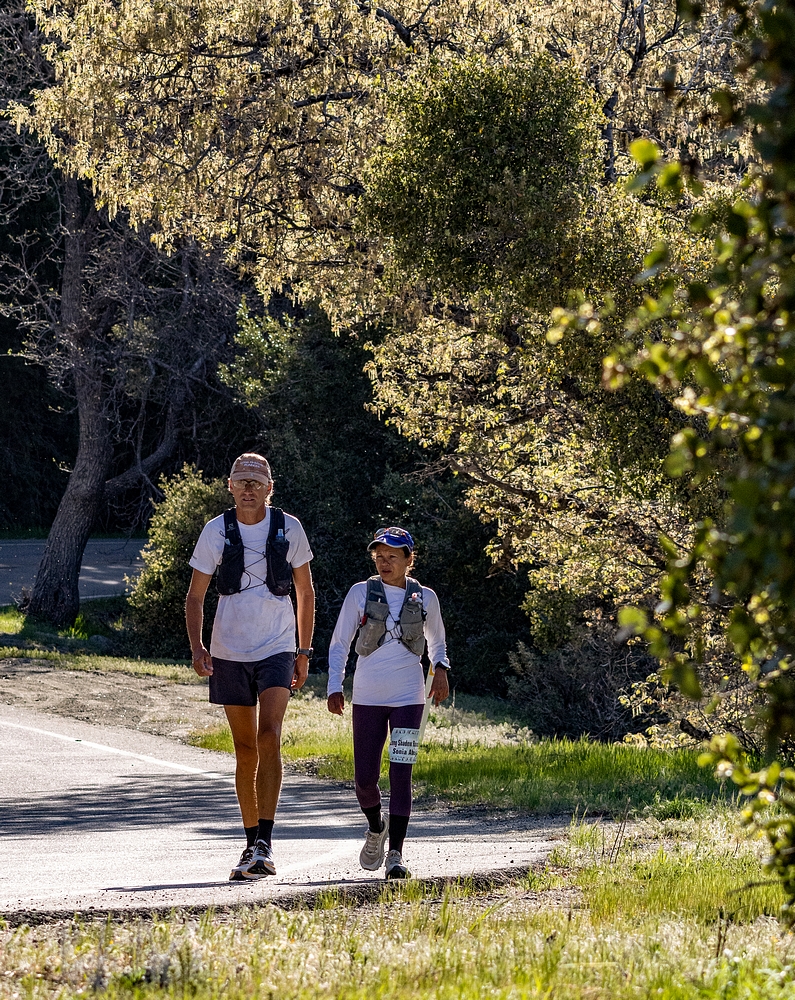

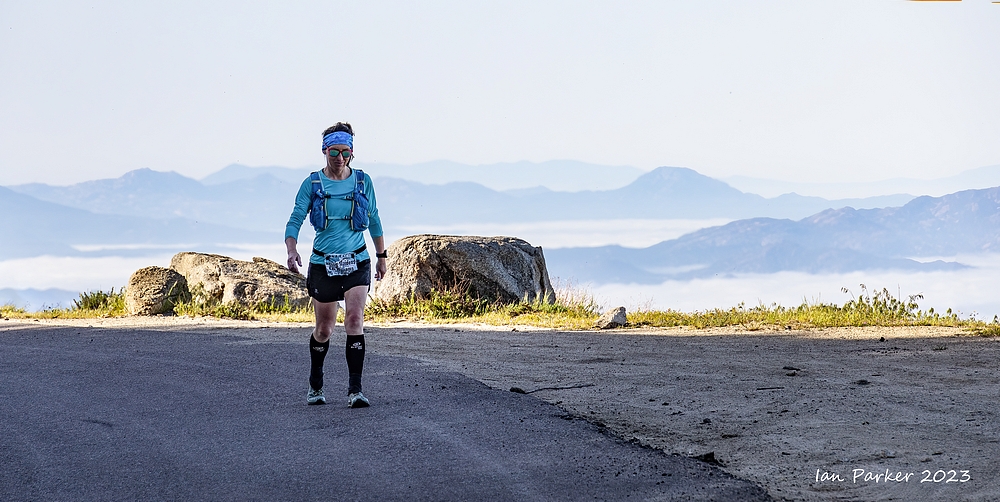
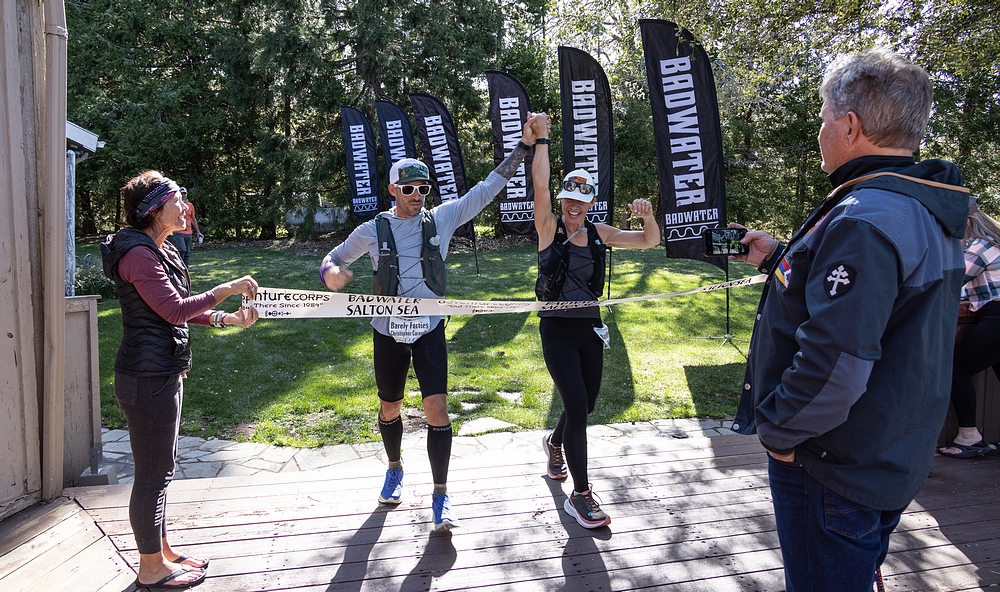






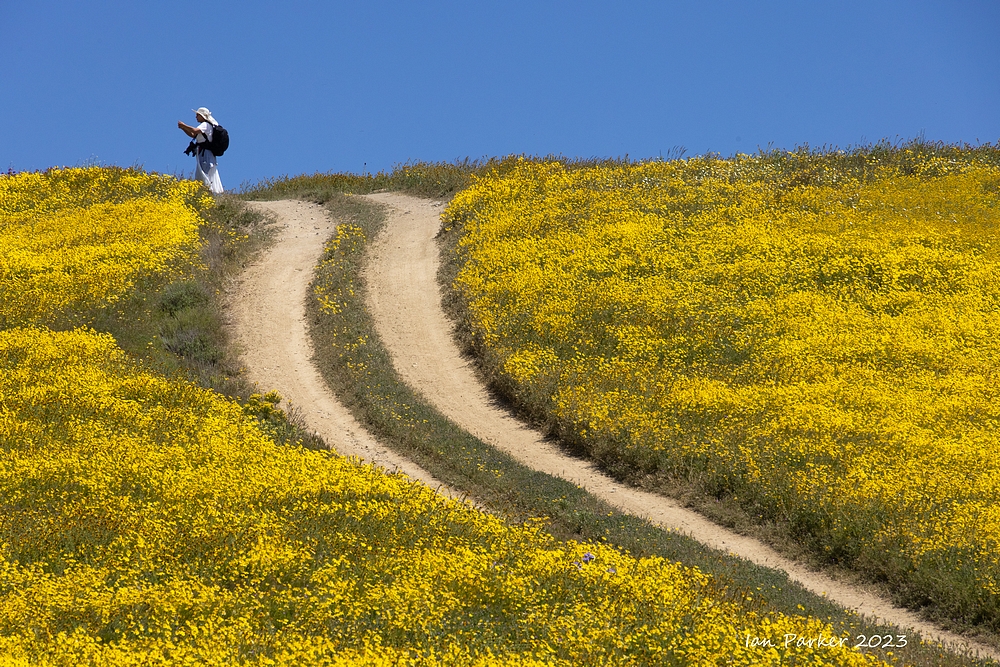
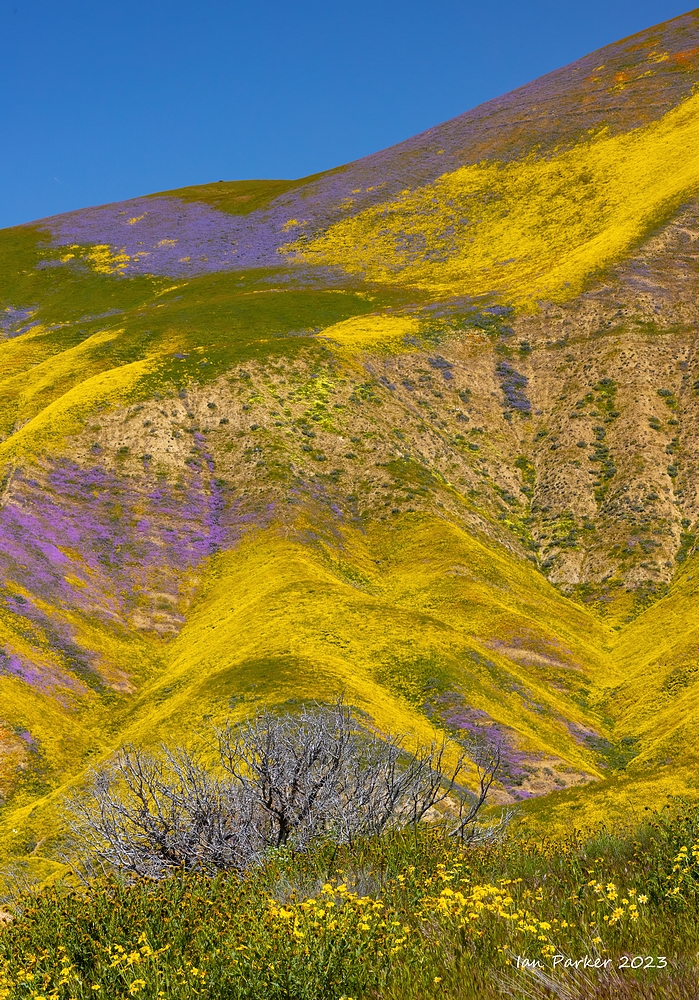




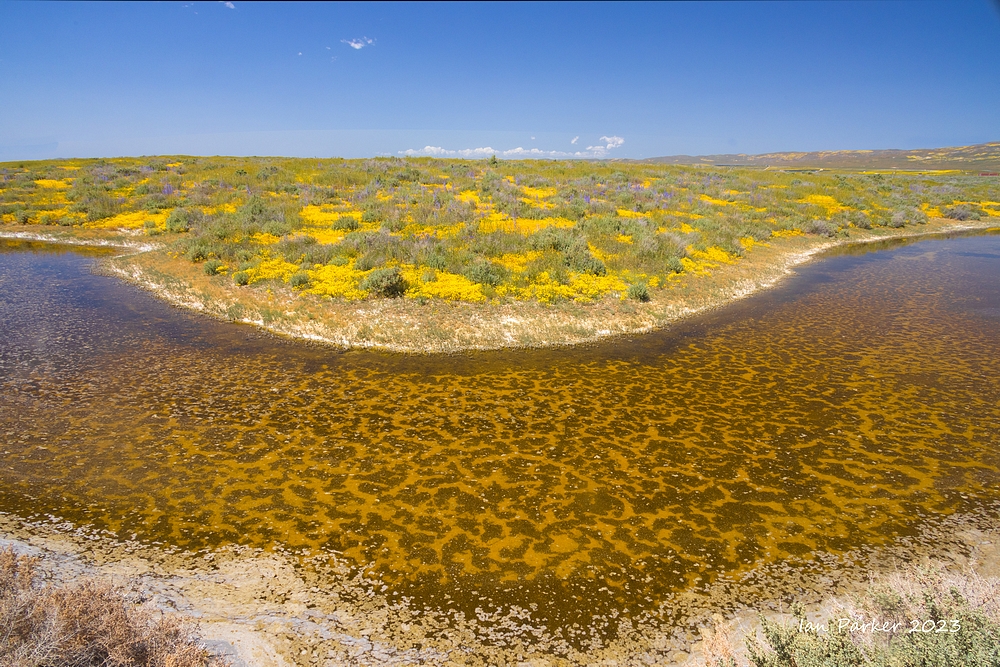
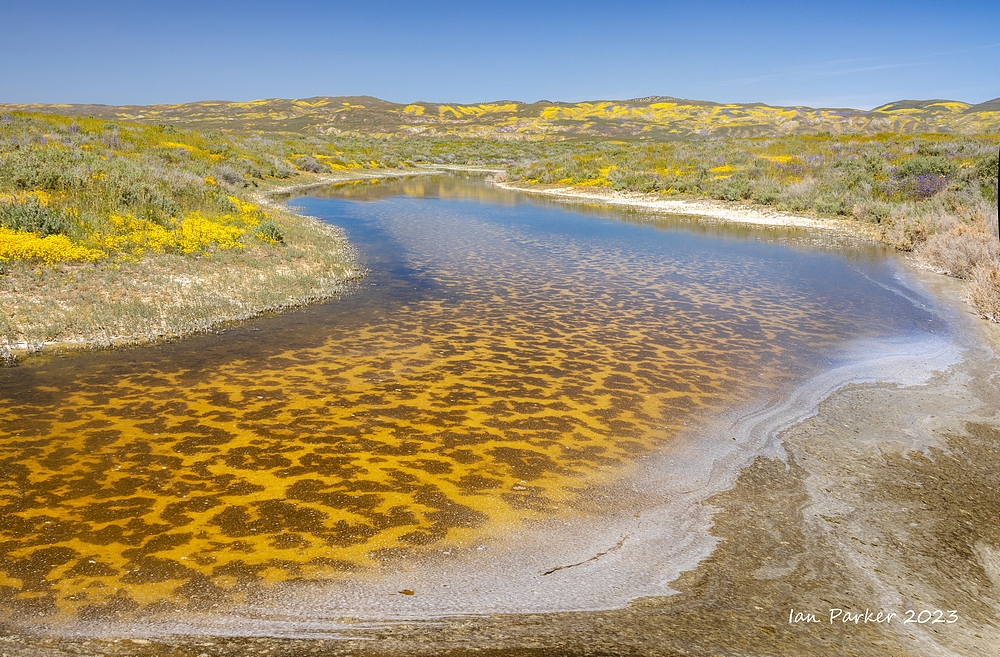

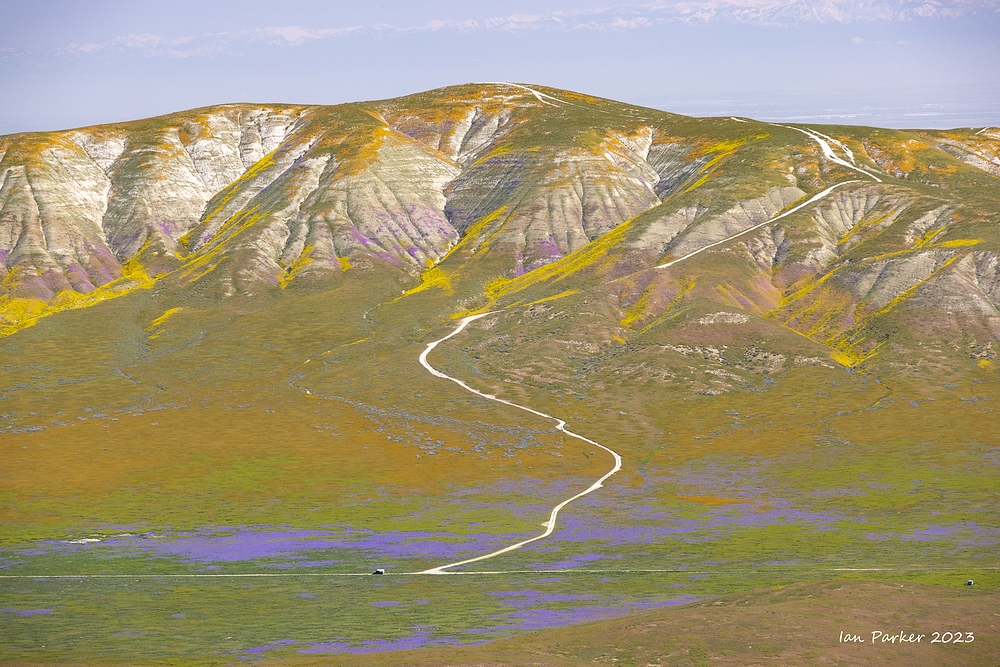
.jpg)

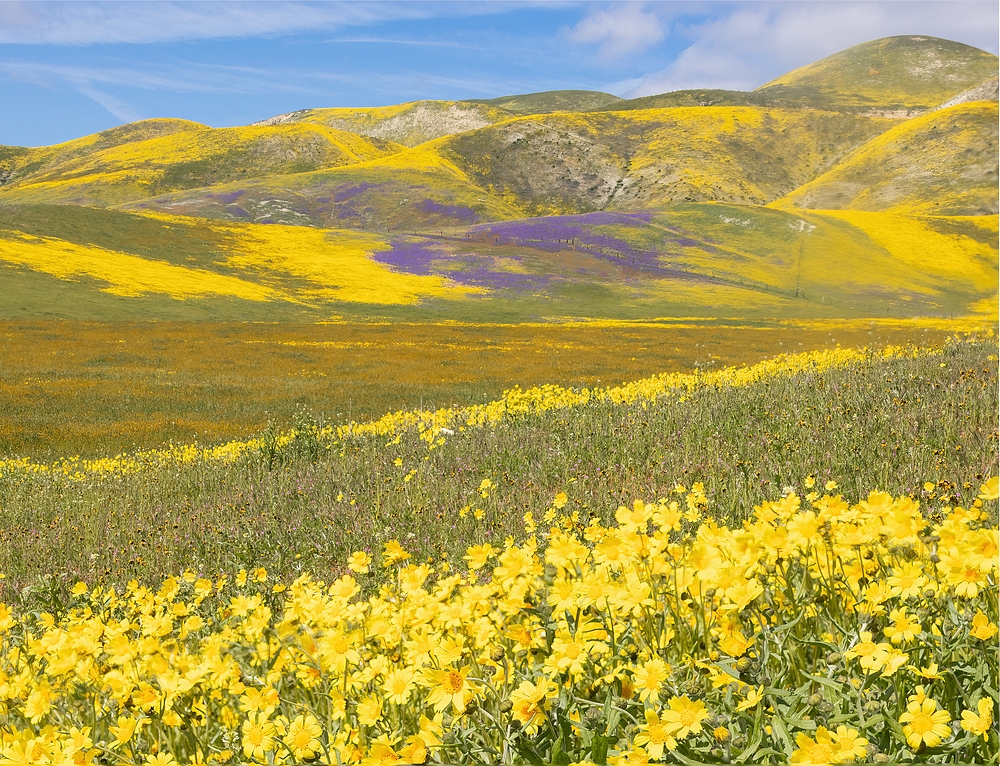
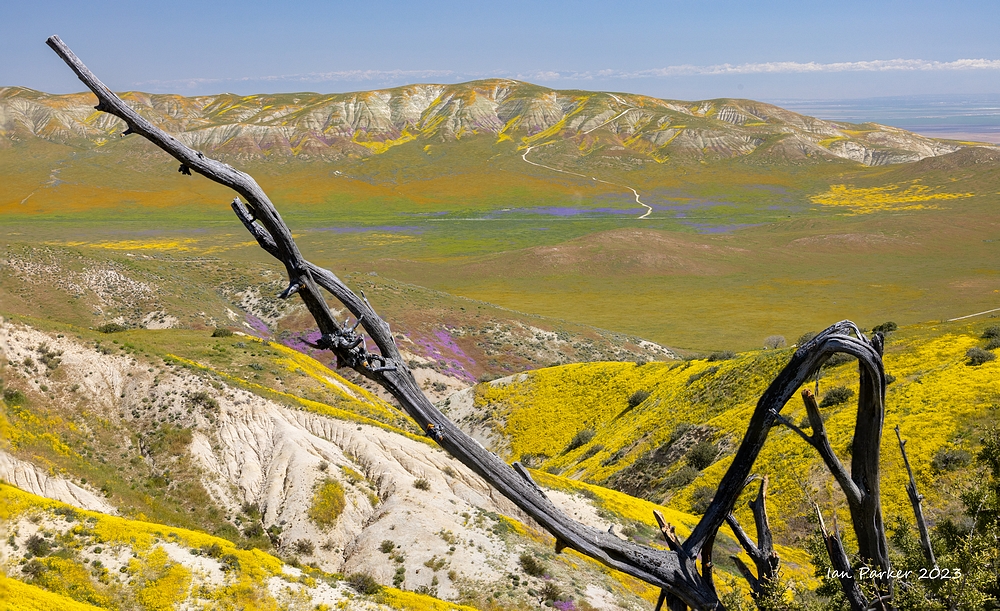

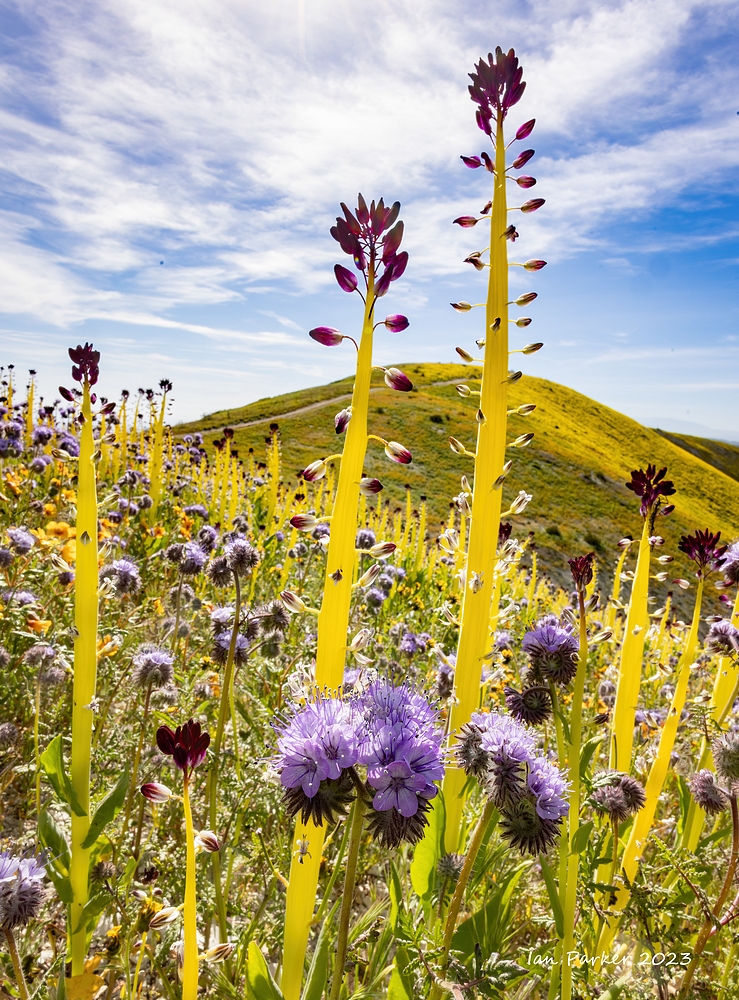



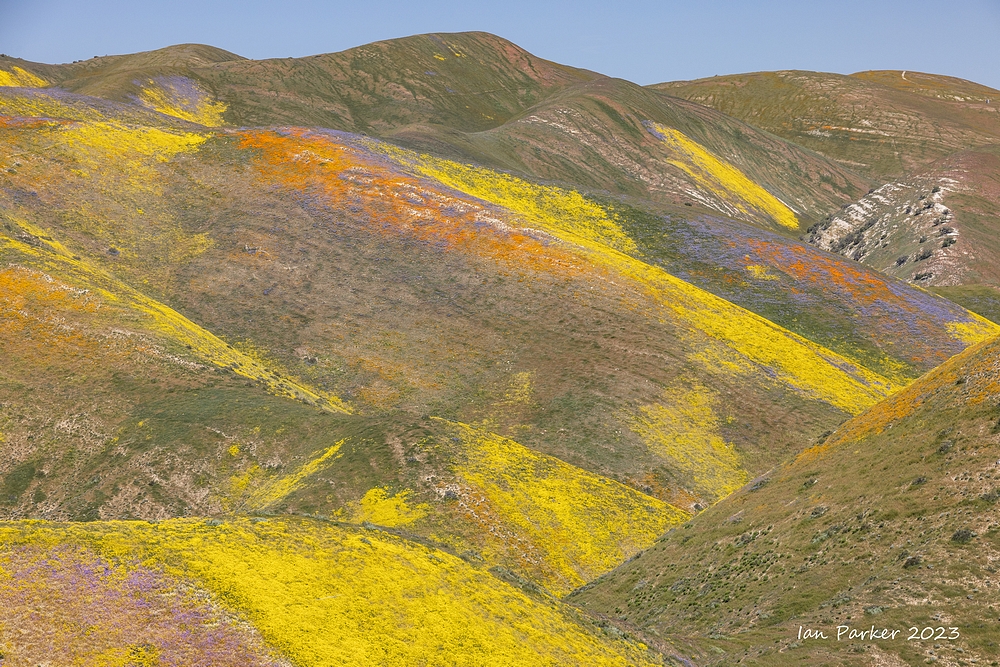
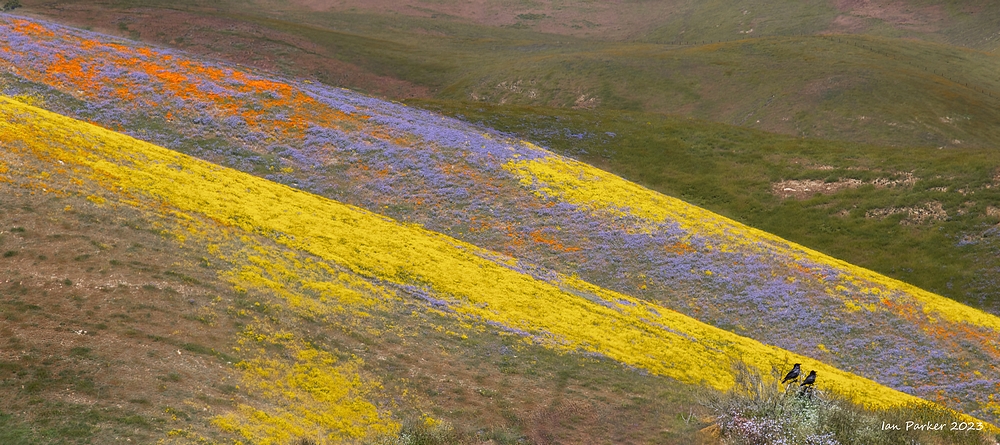
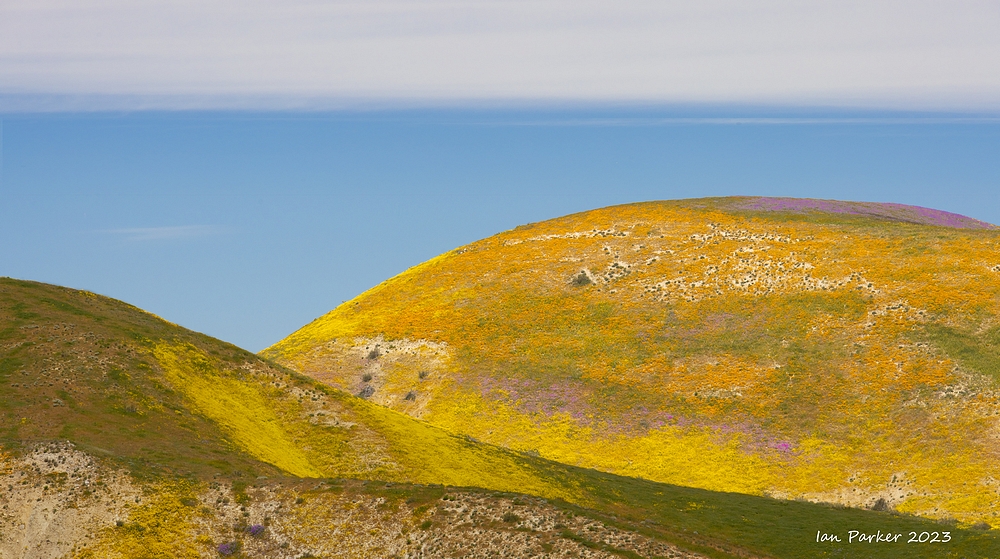

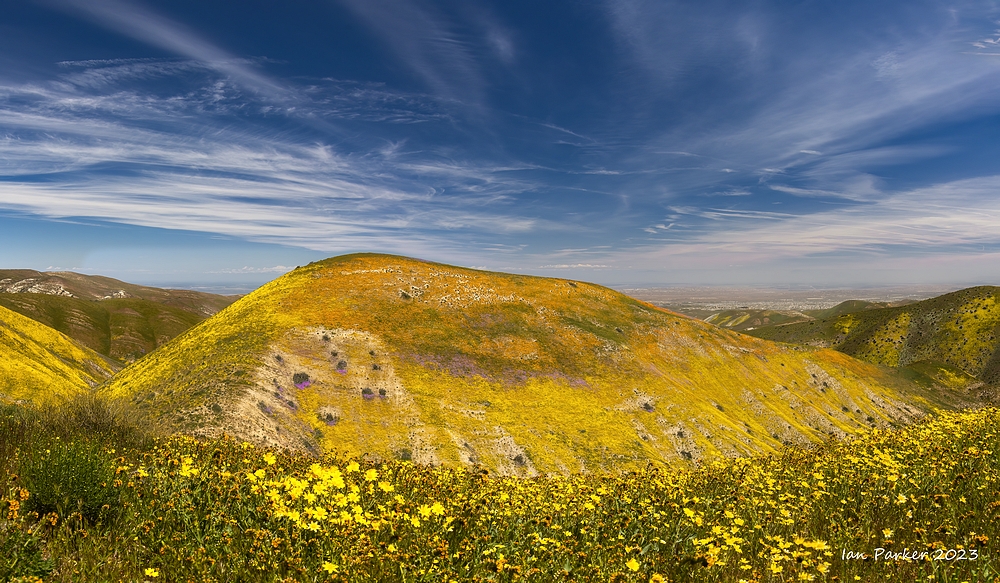
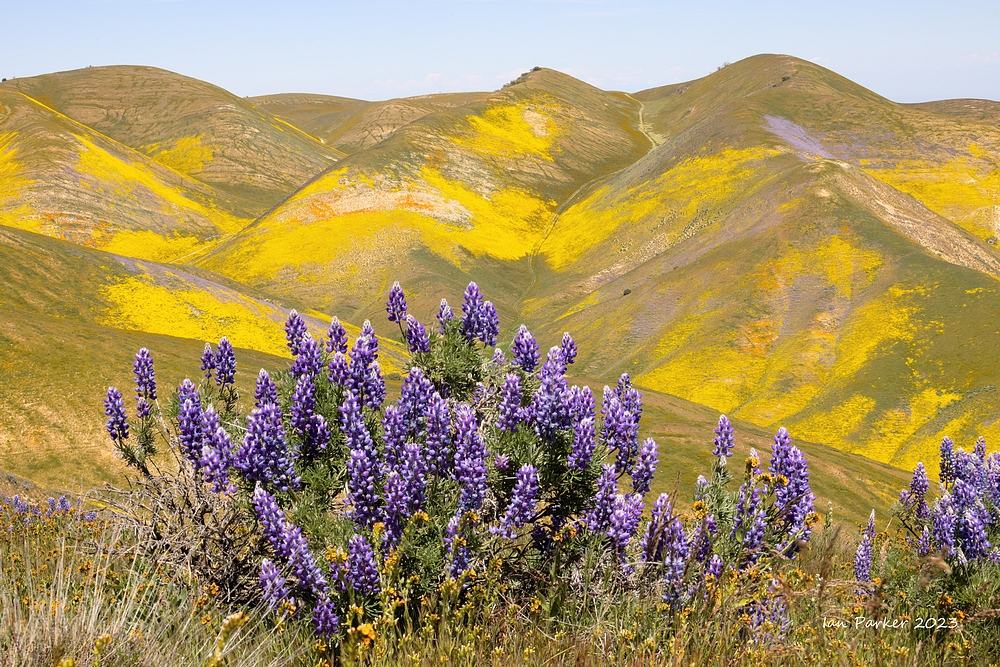
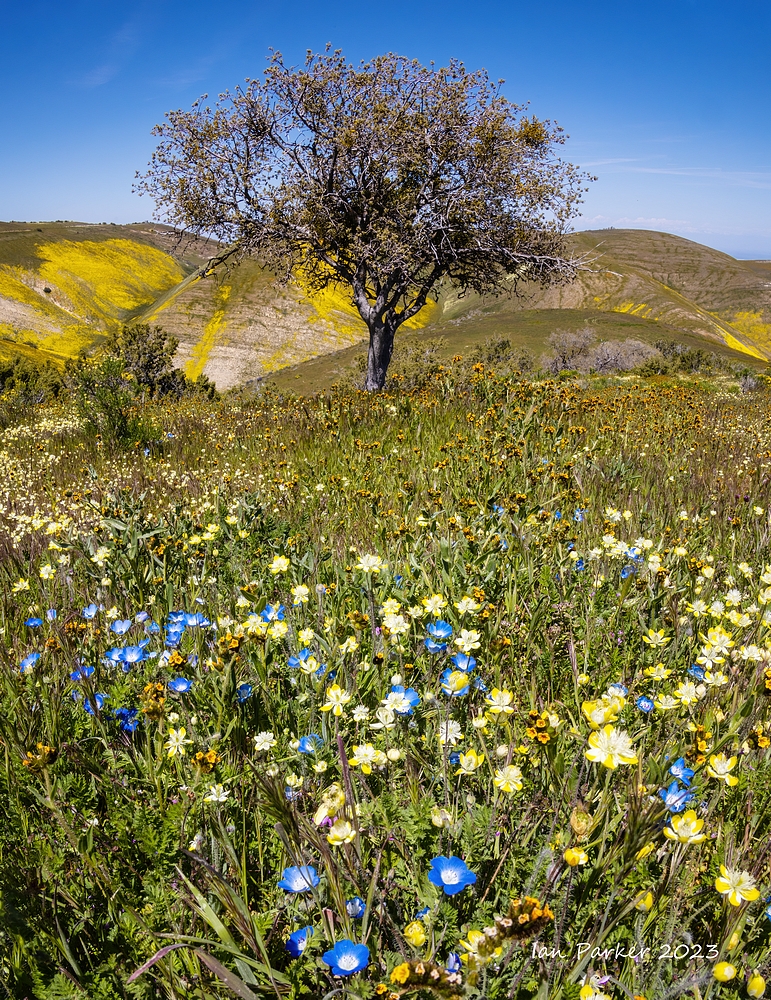
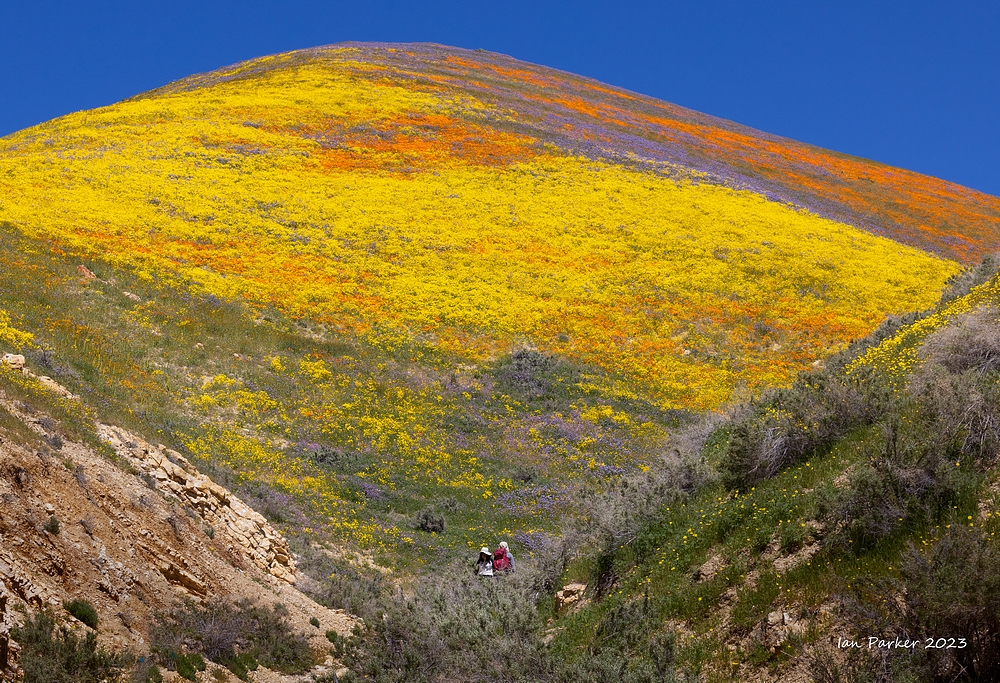

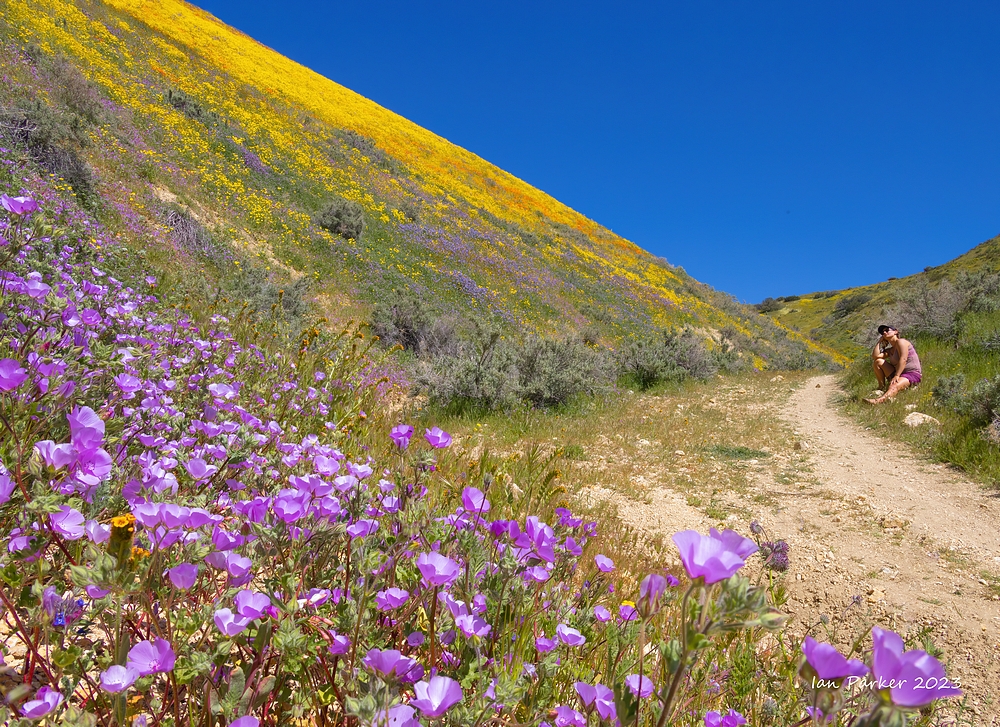
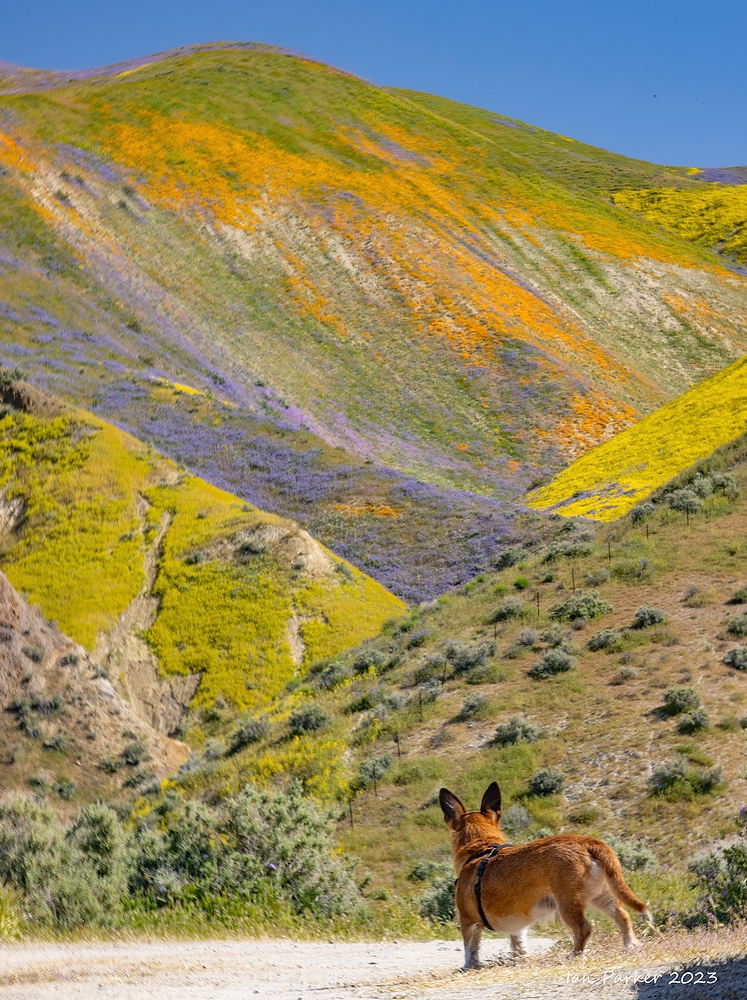

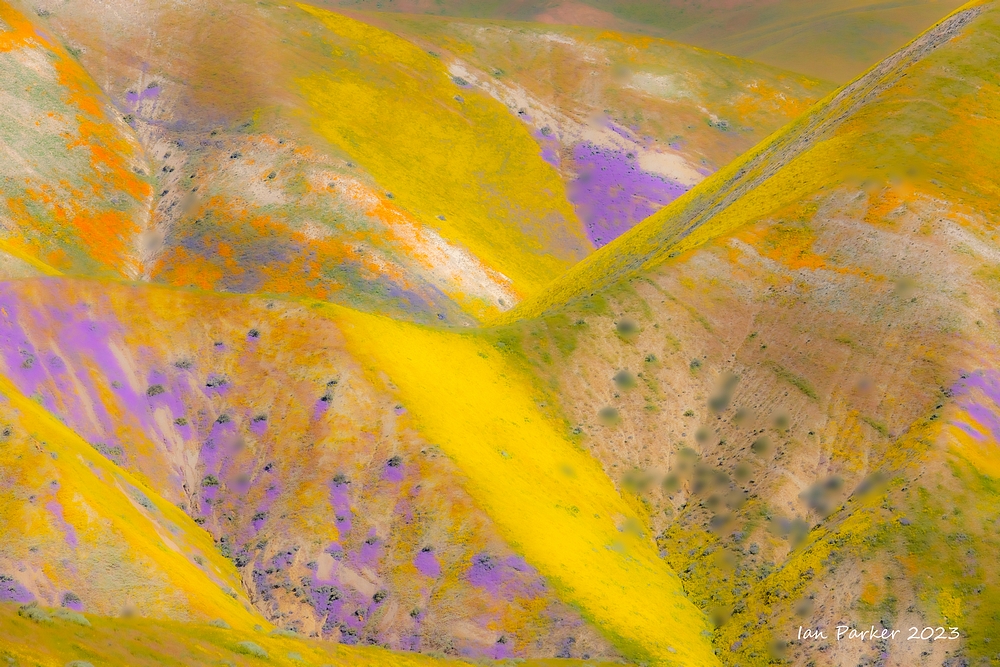

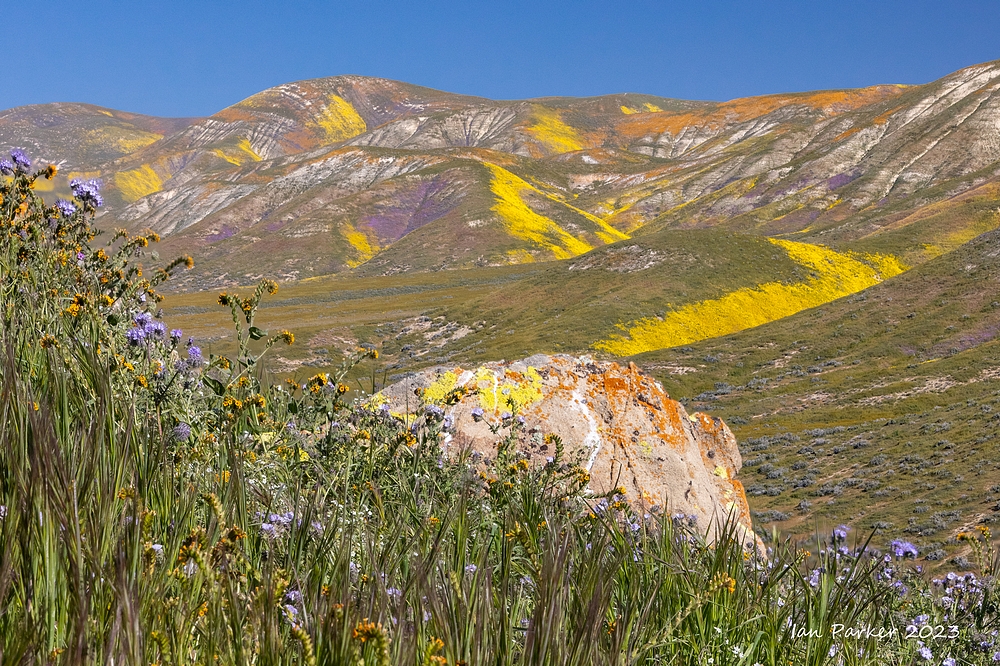
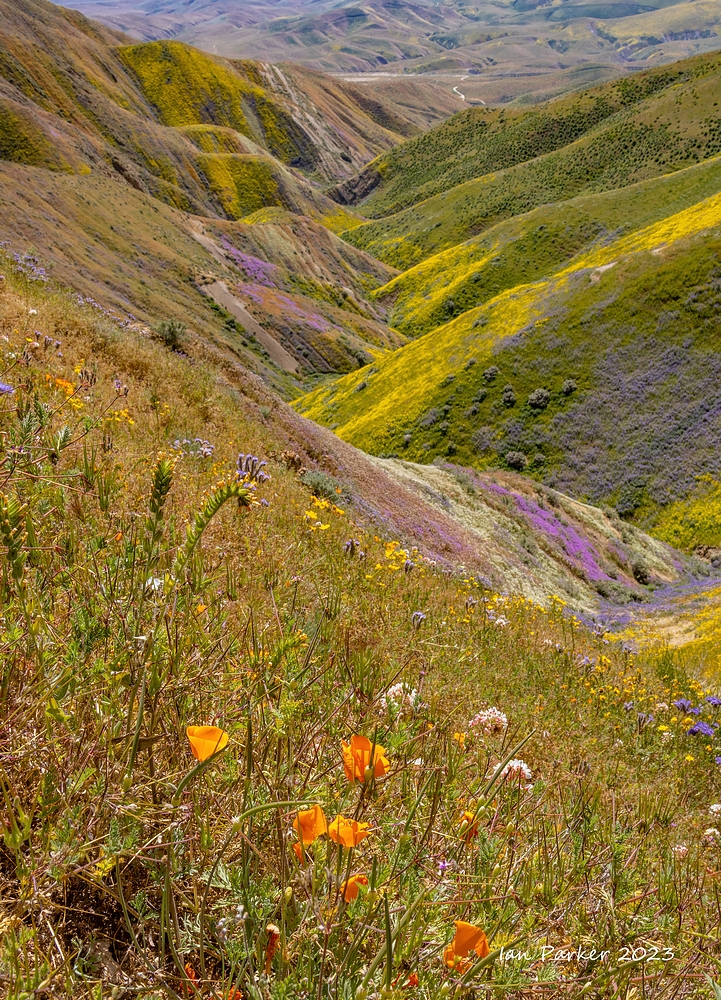


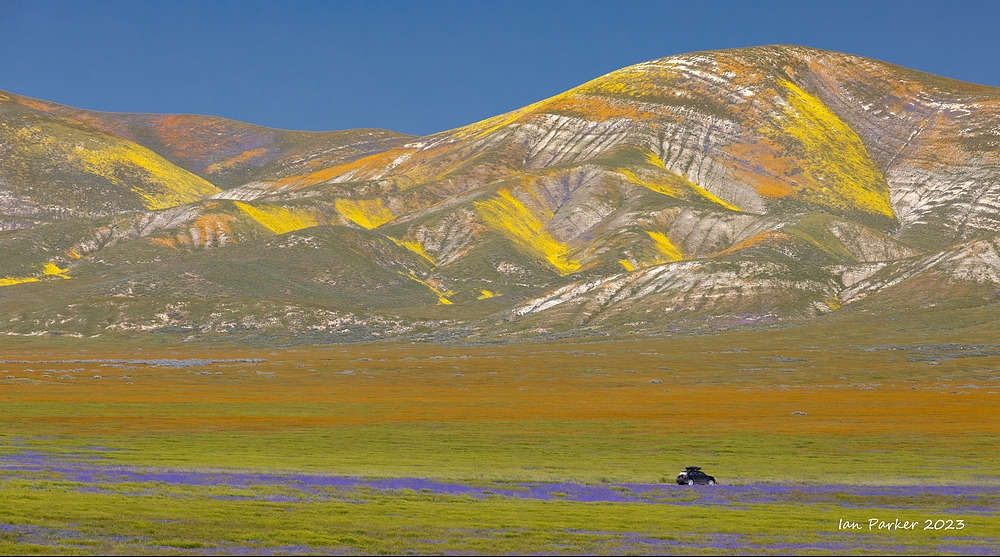
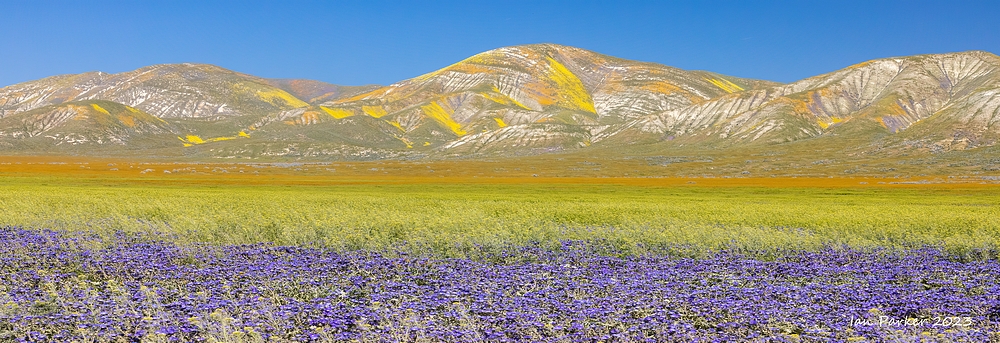
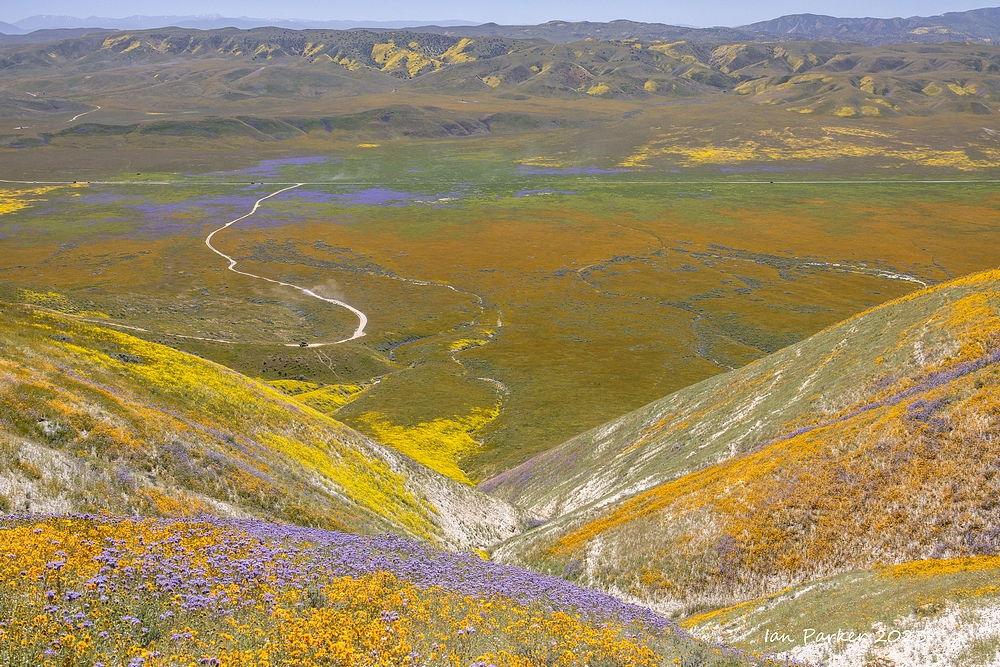
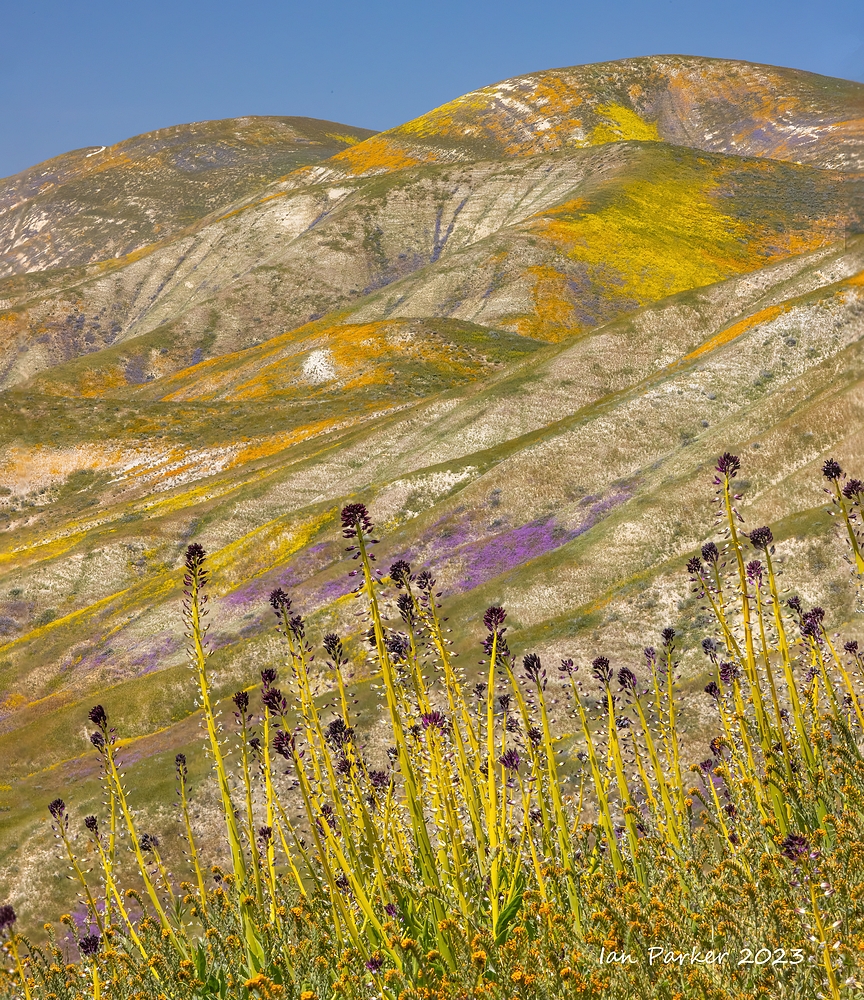
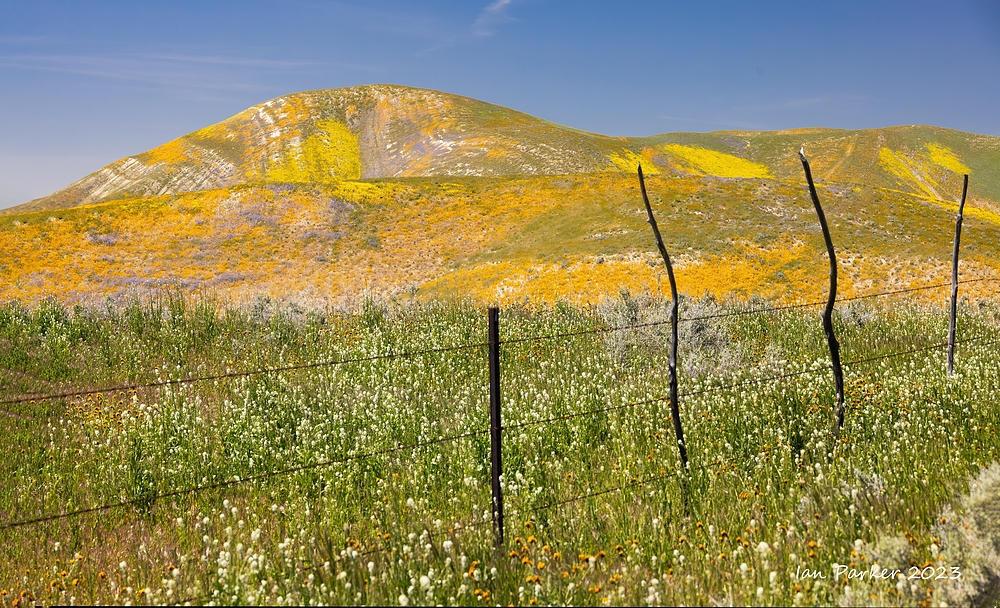

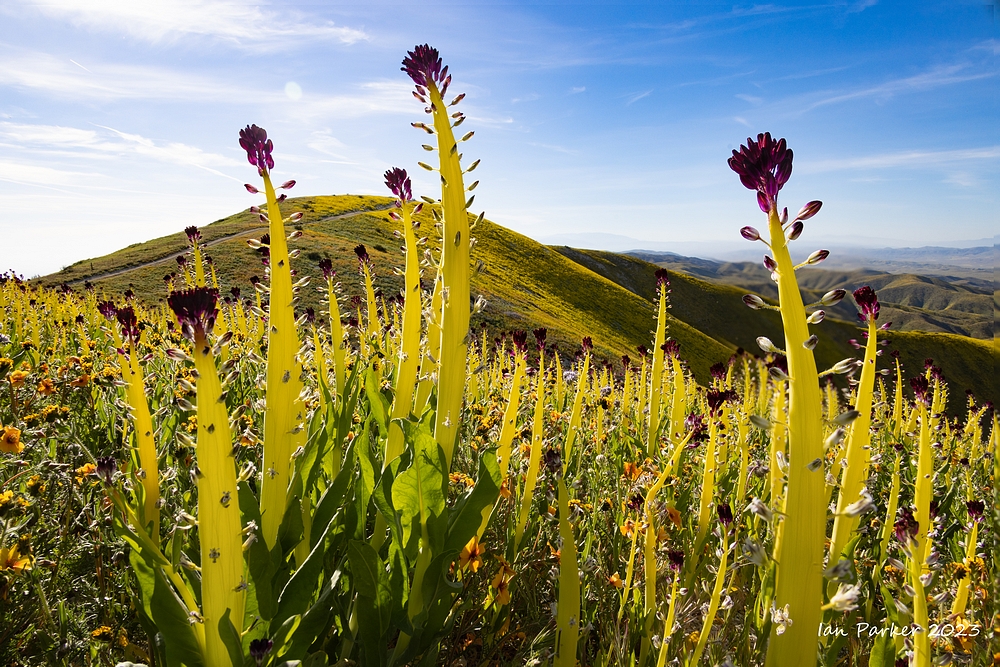
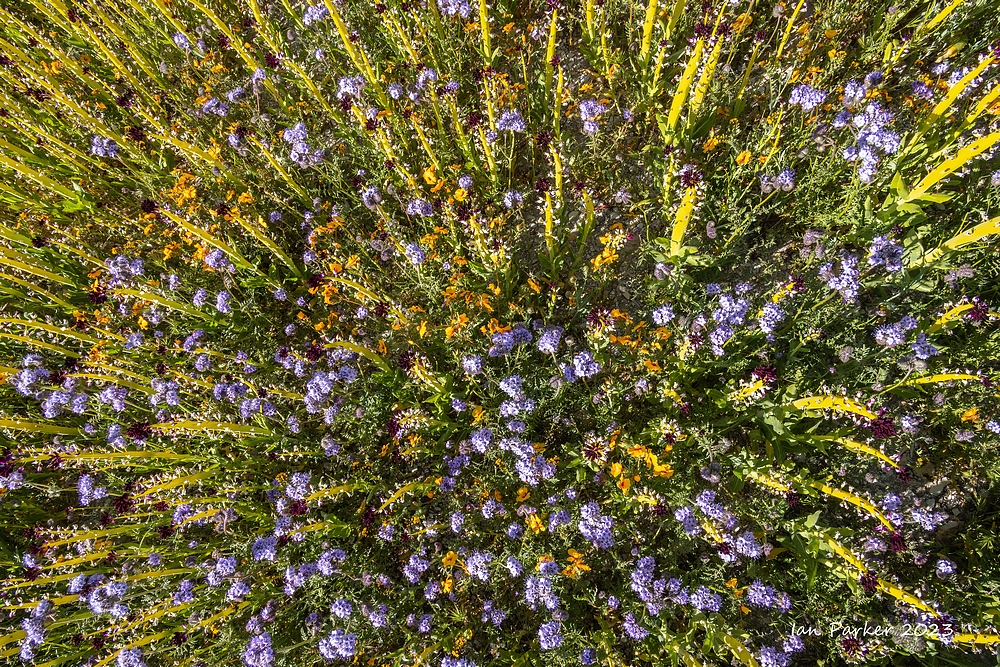
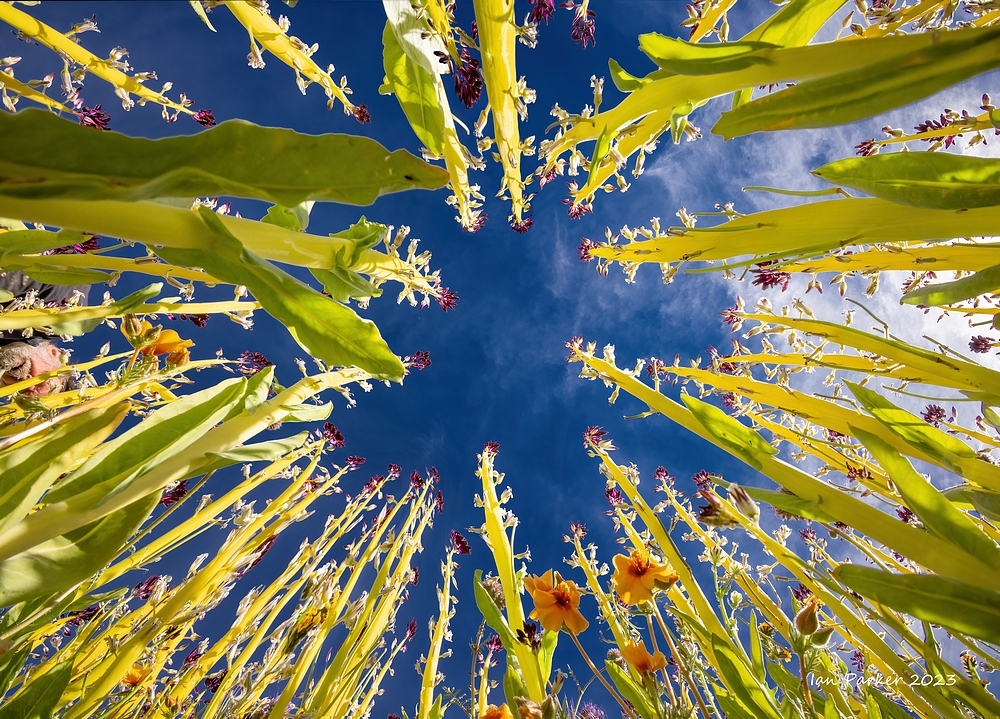
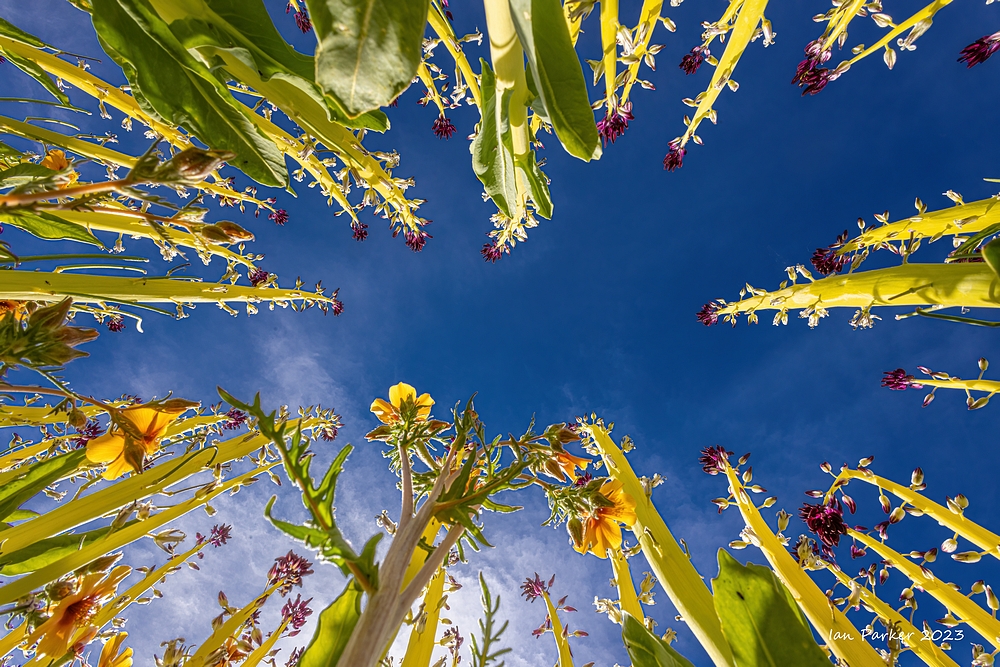

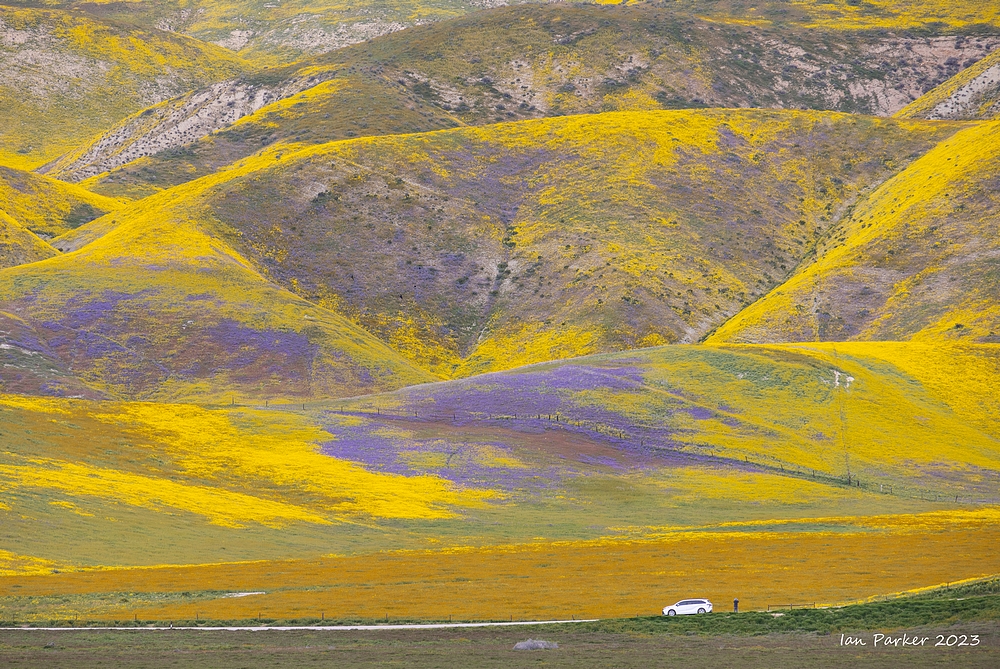



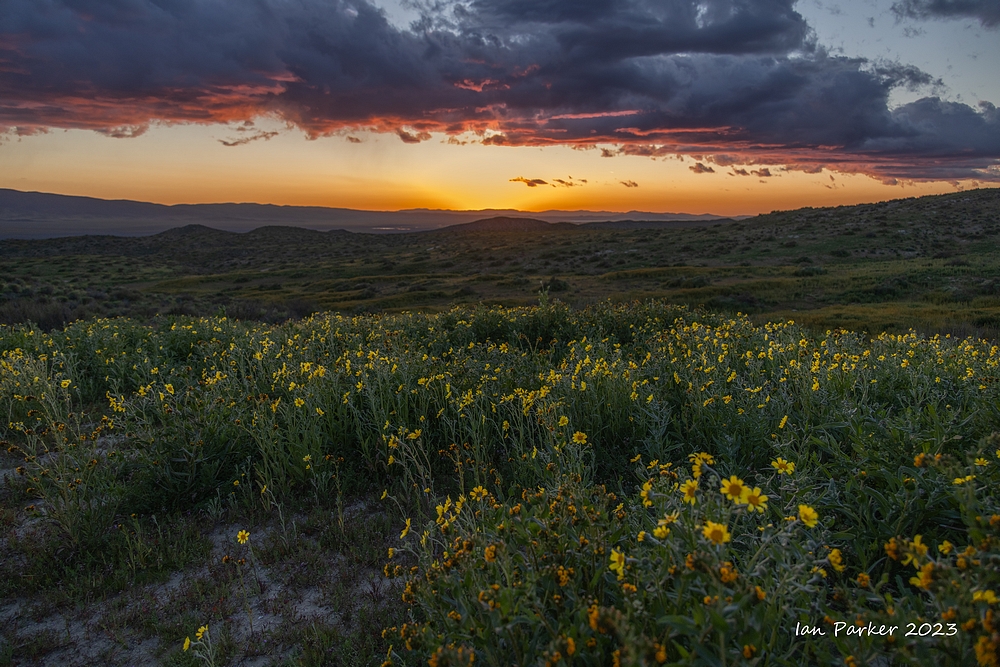
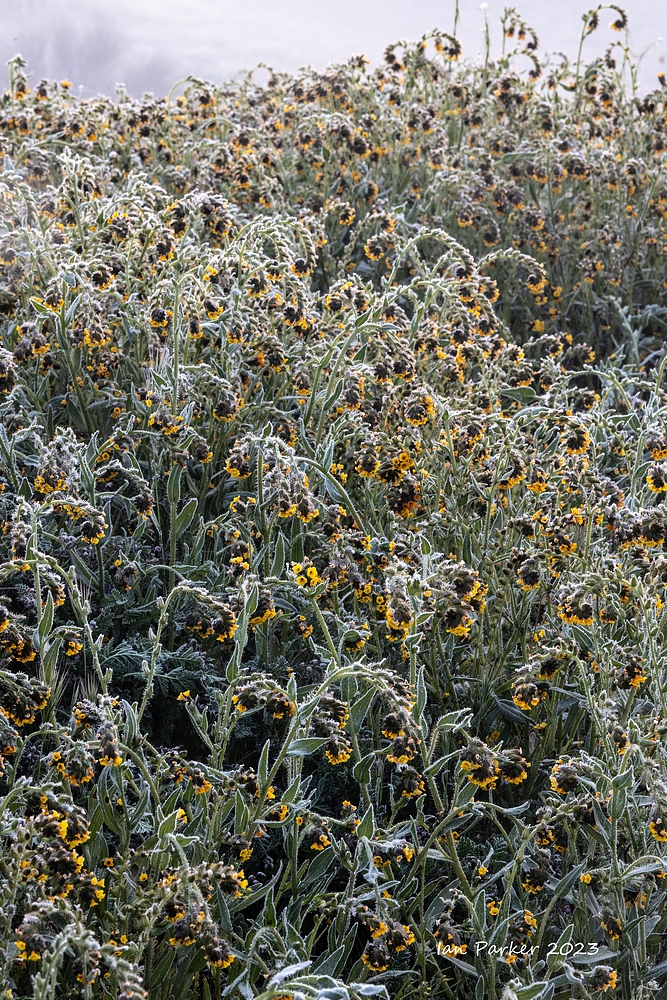
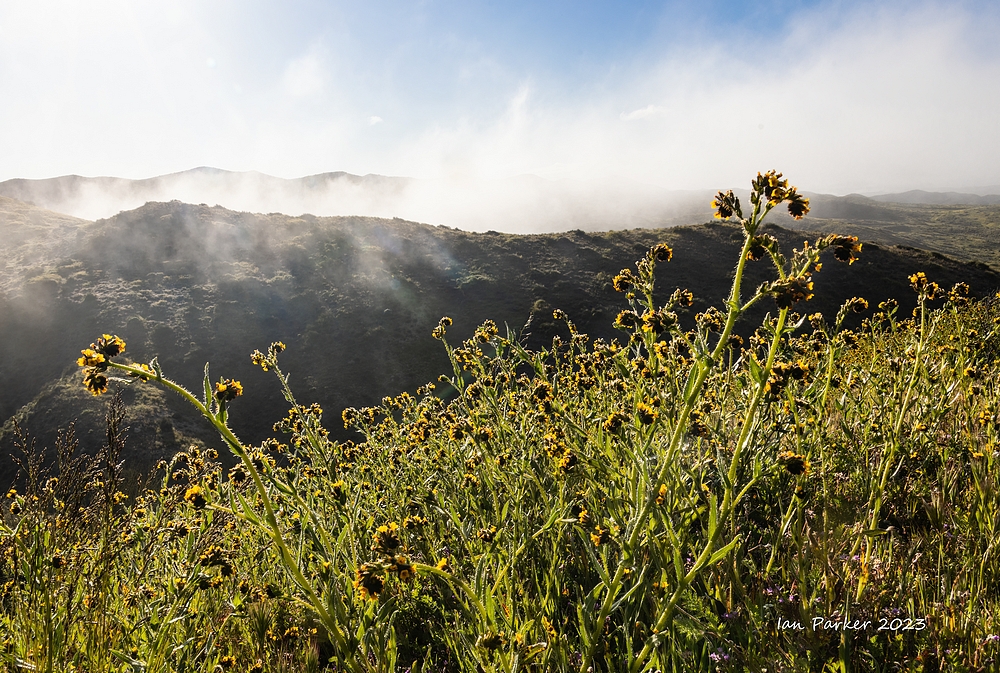

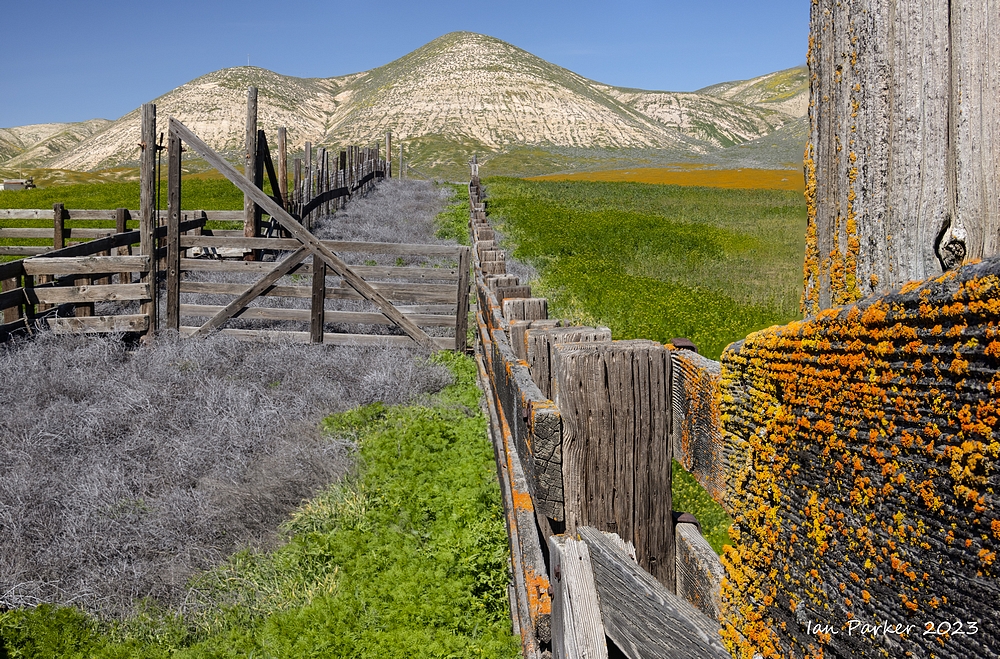

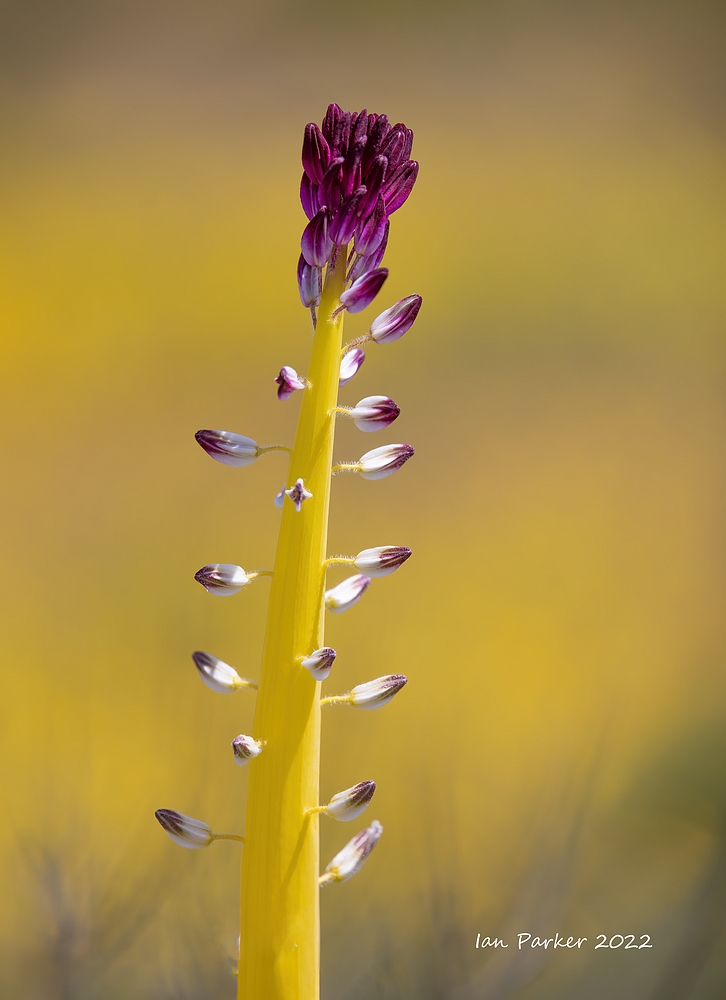

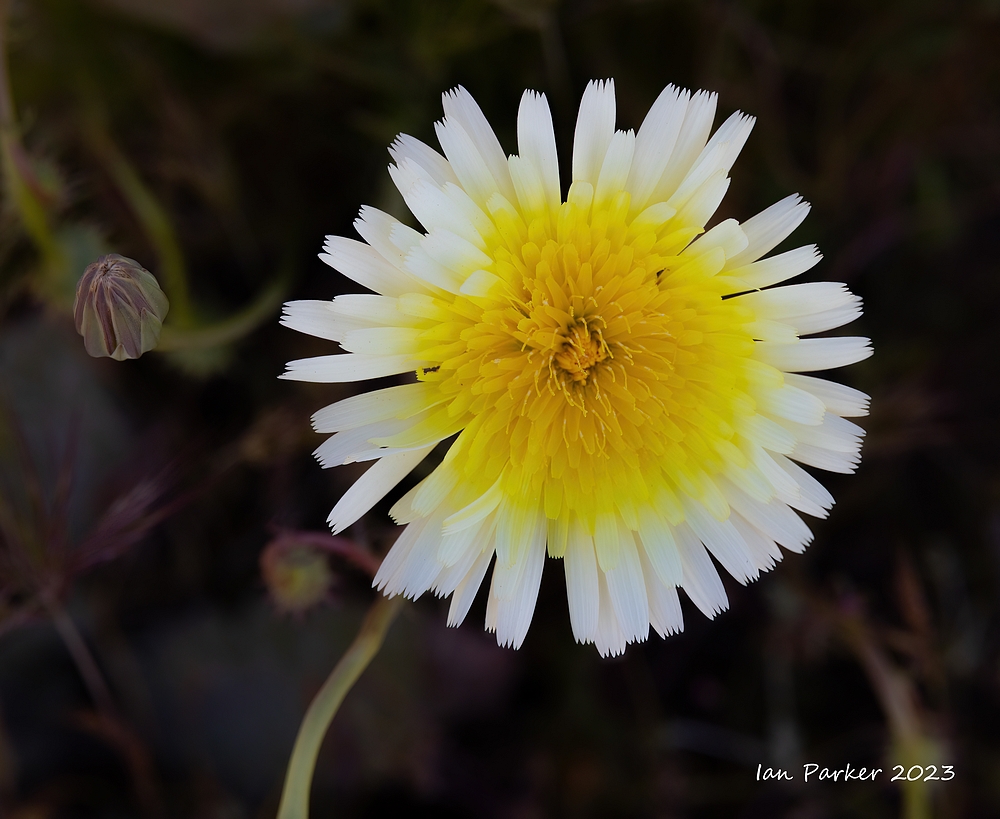


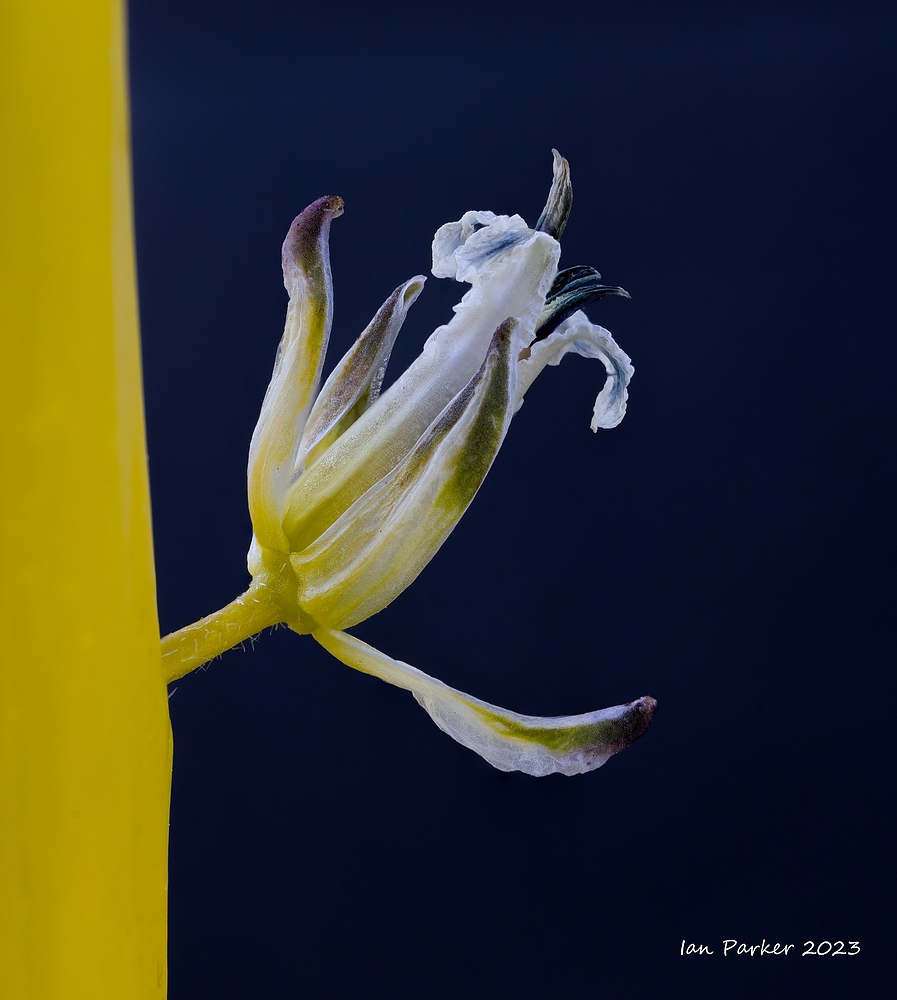


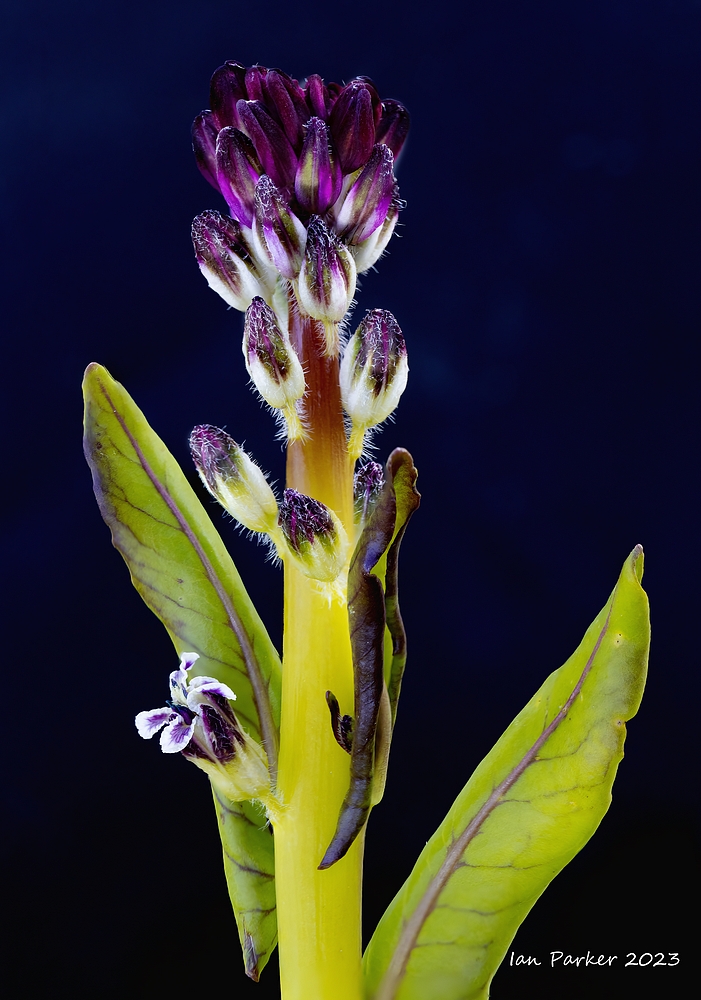


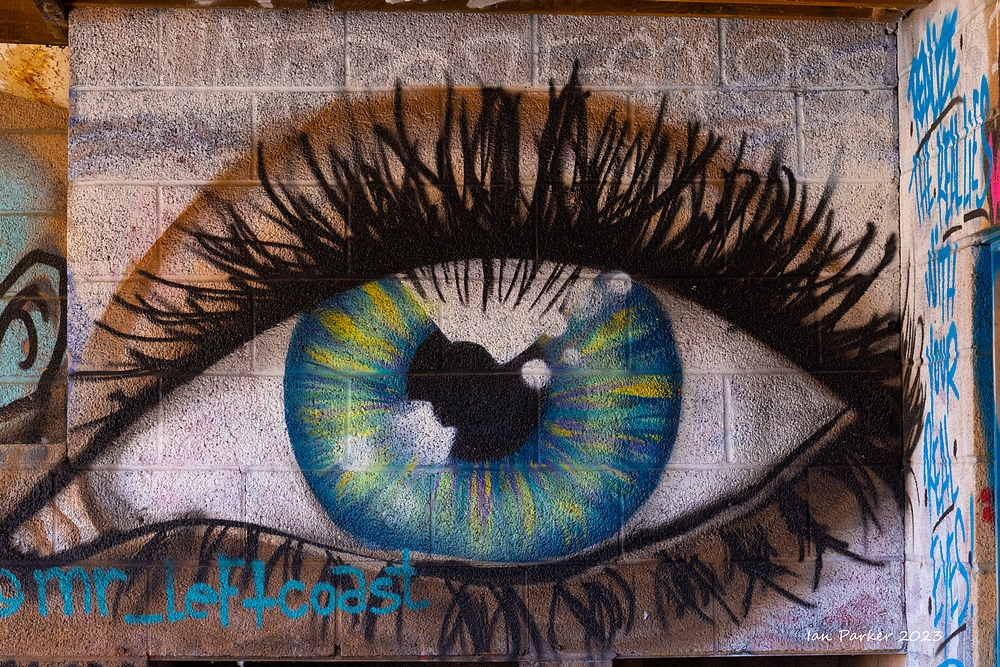
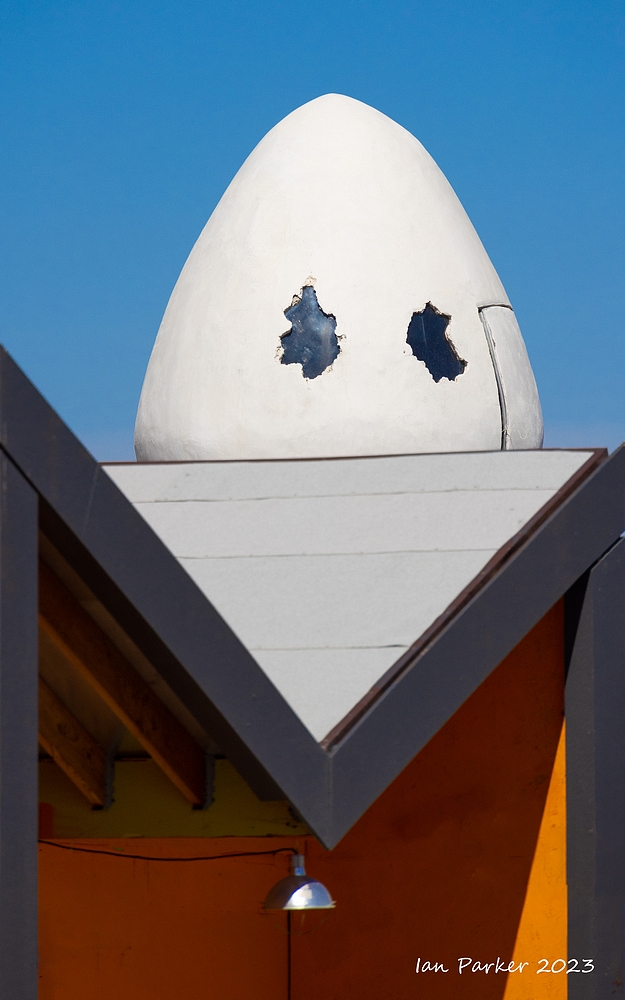
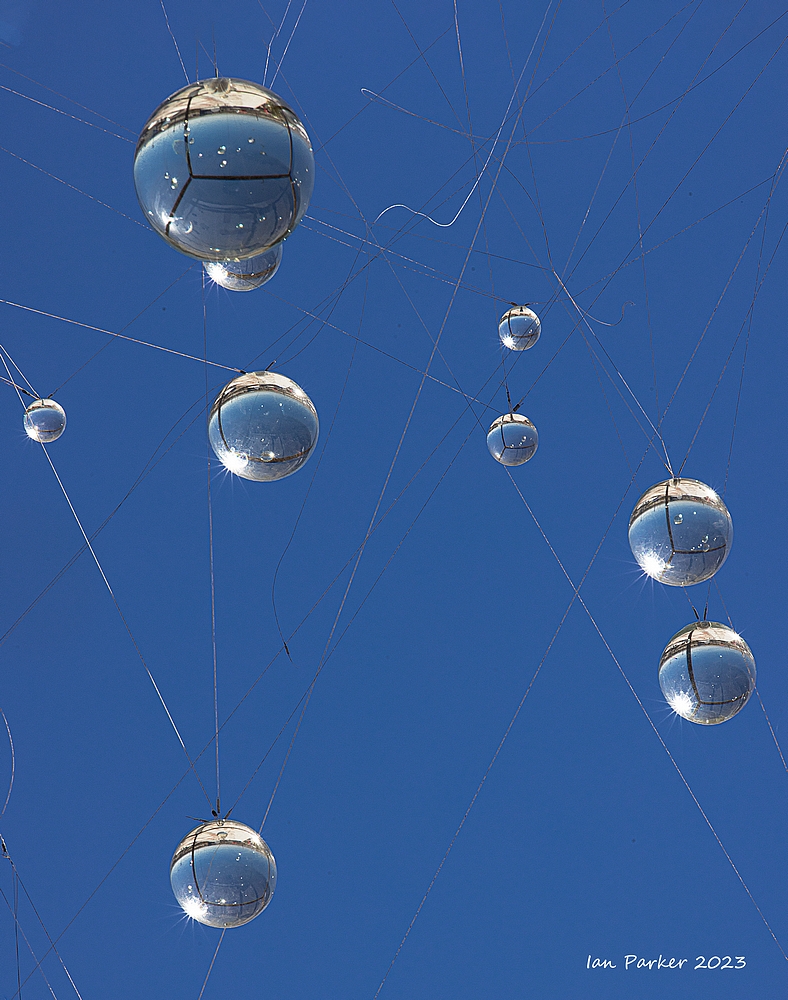
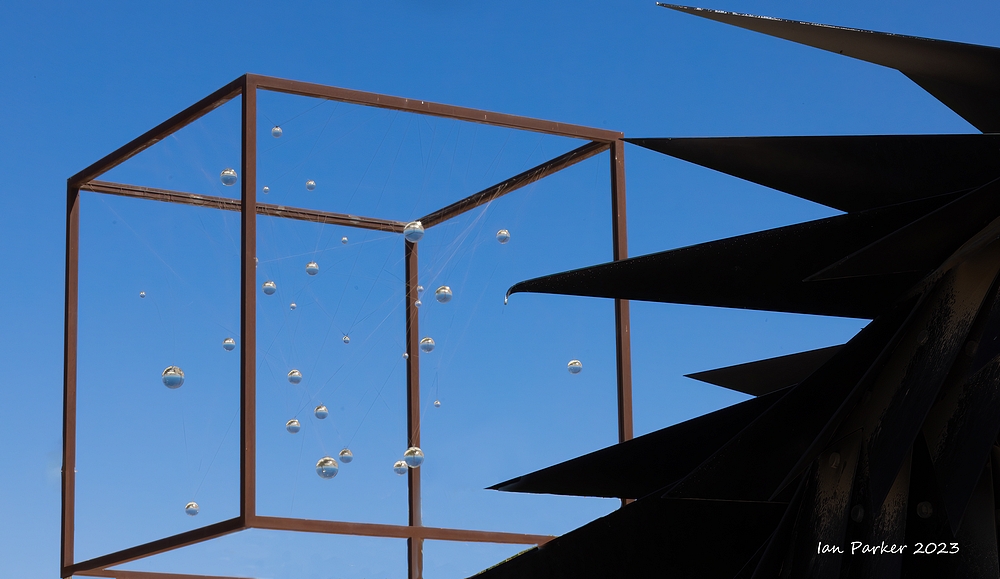
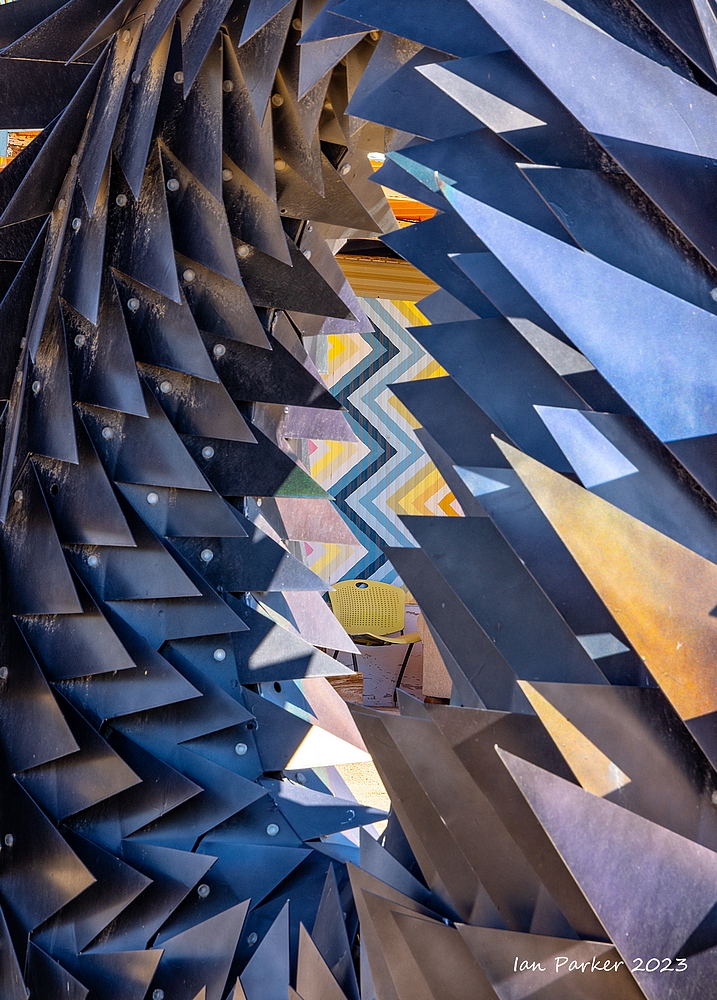
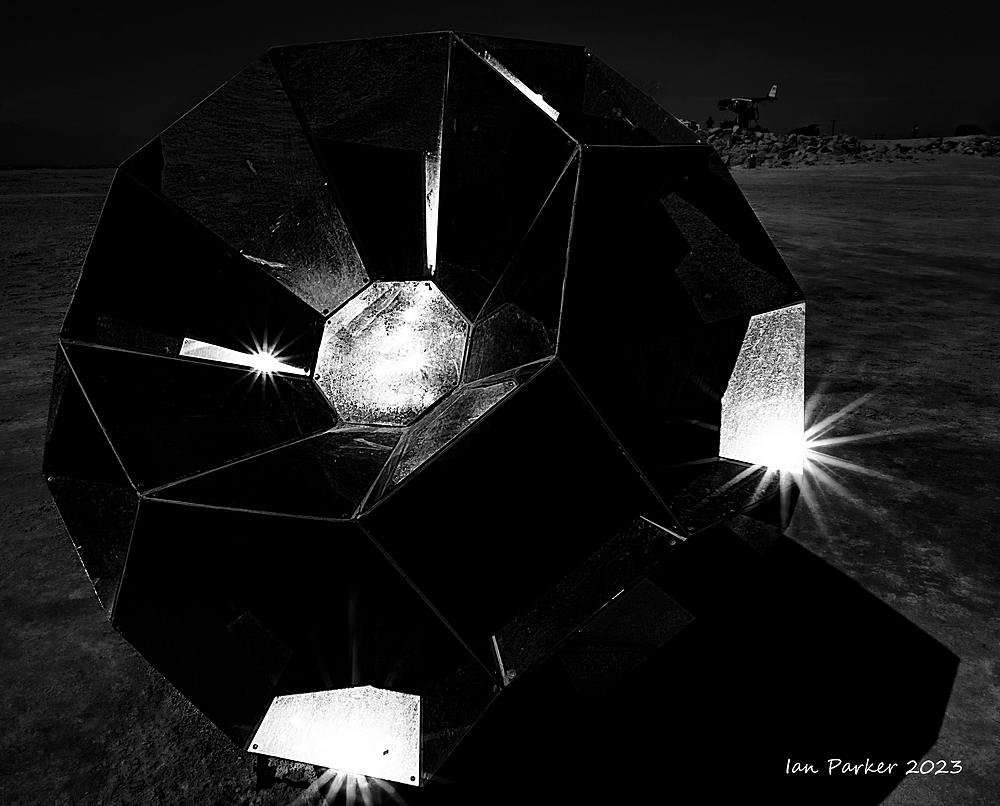


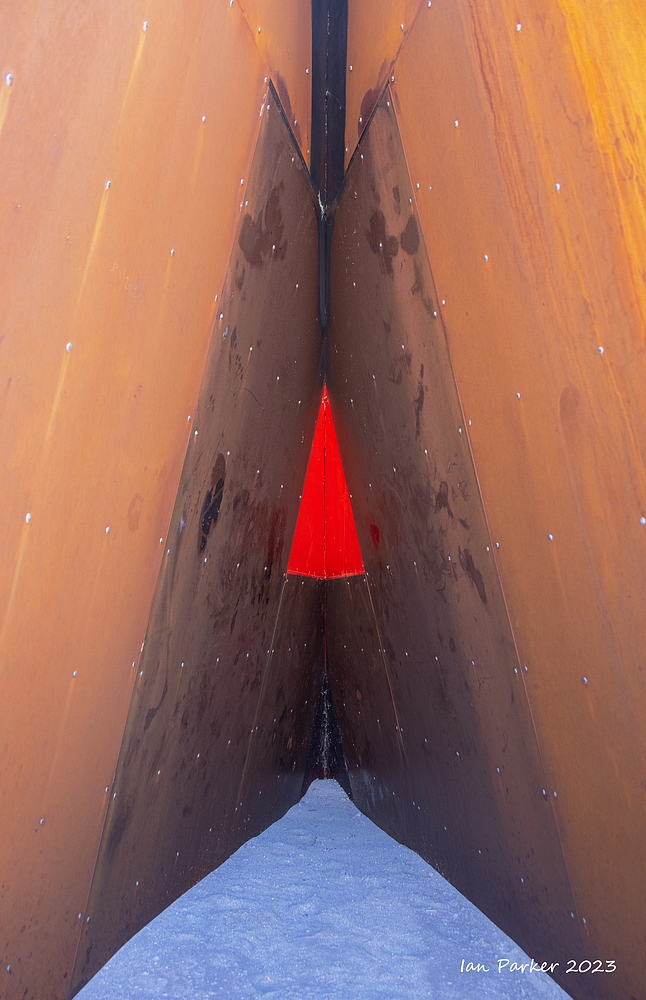
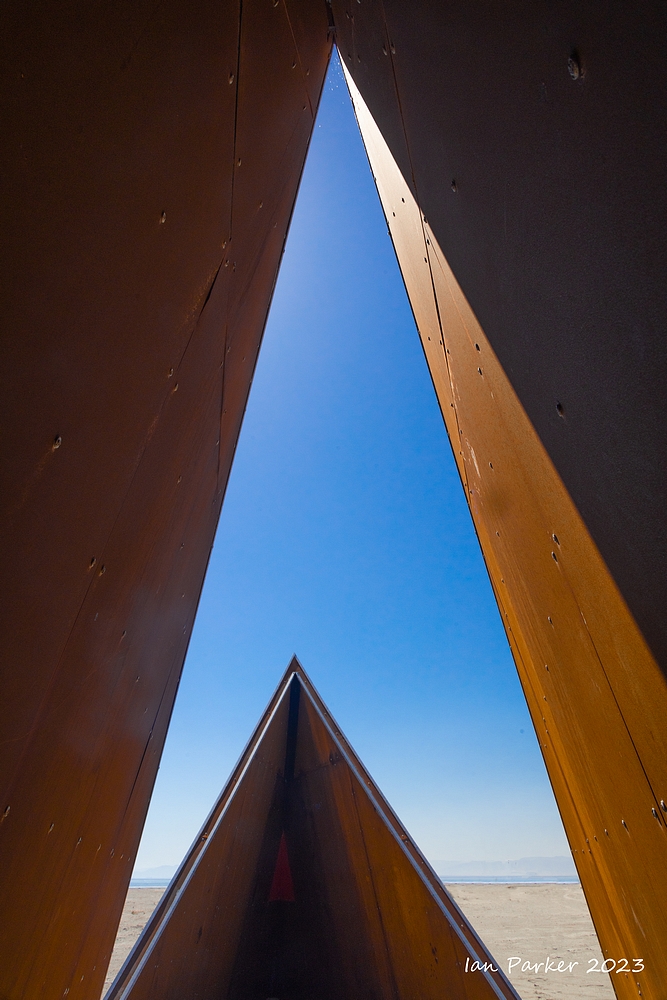

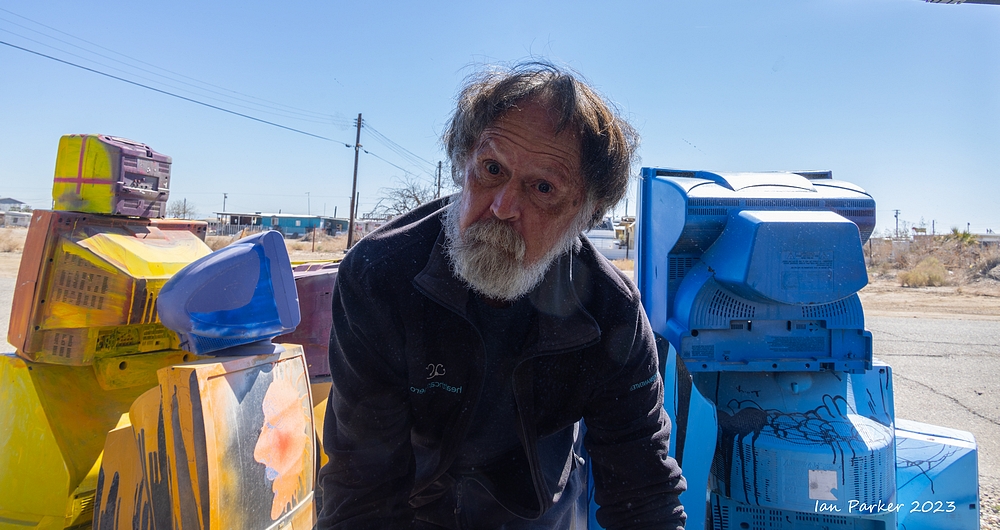

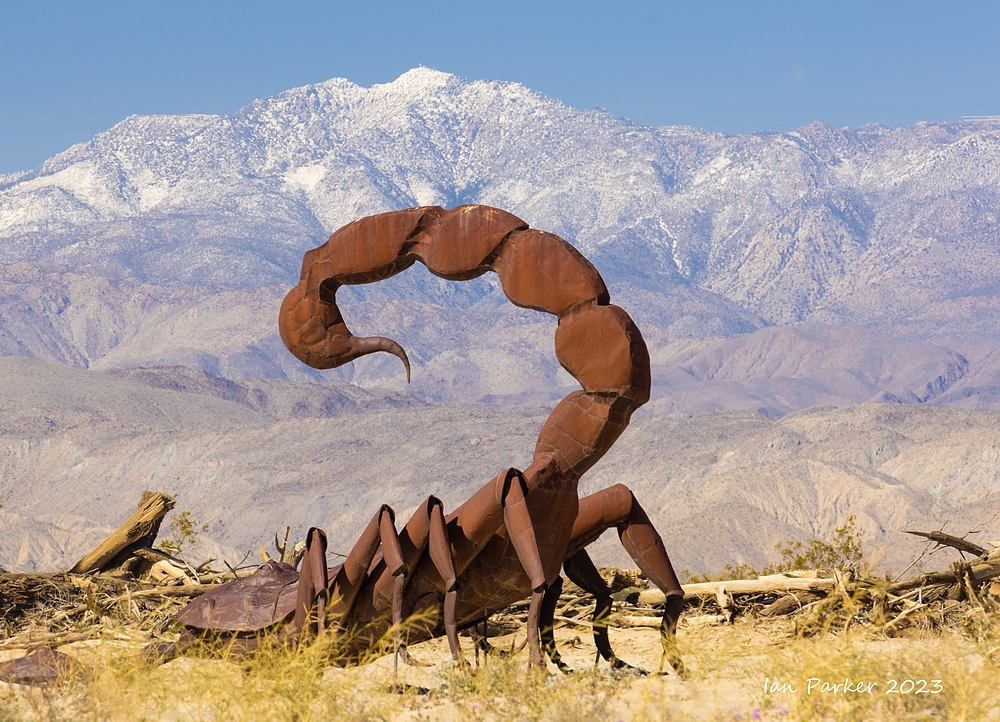
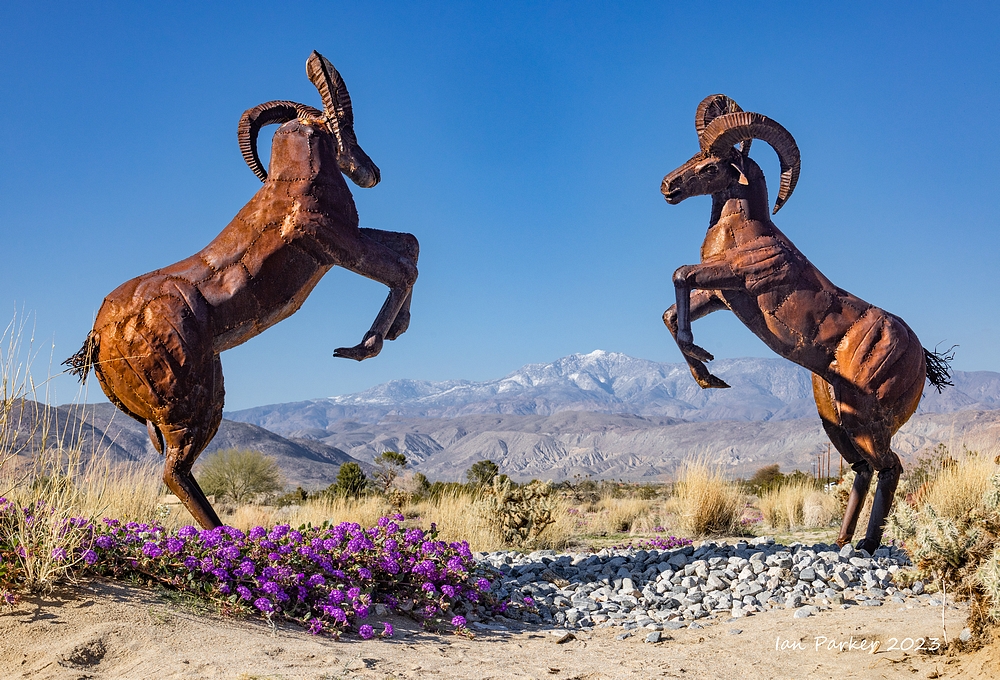
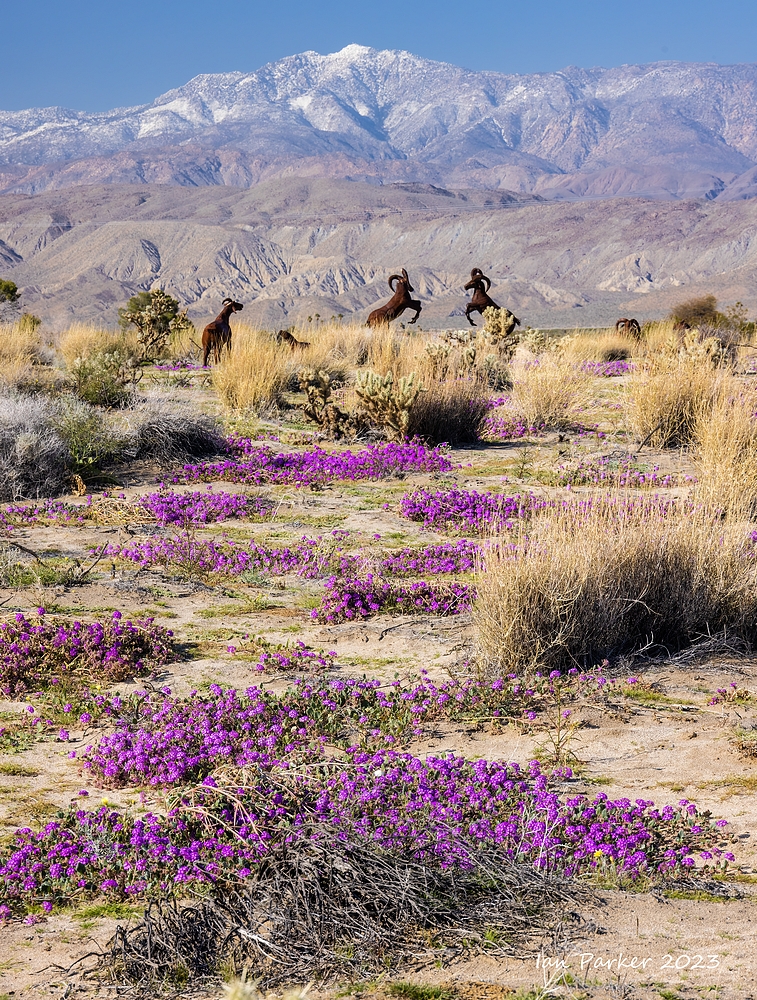
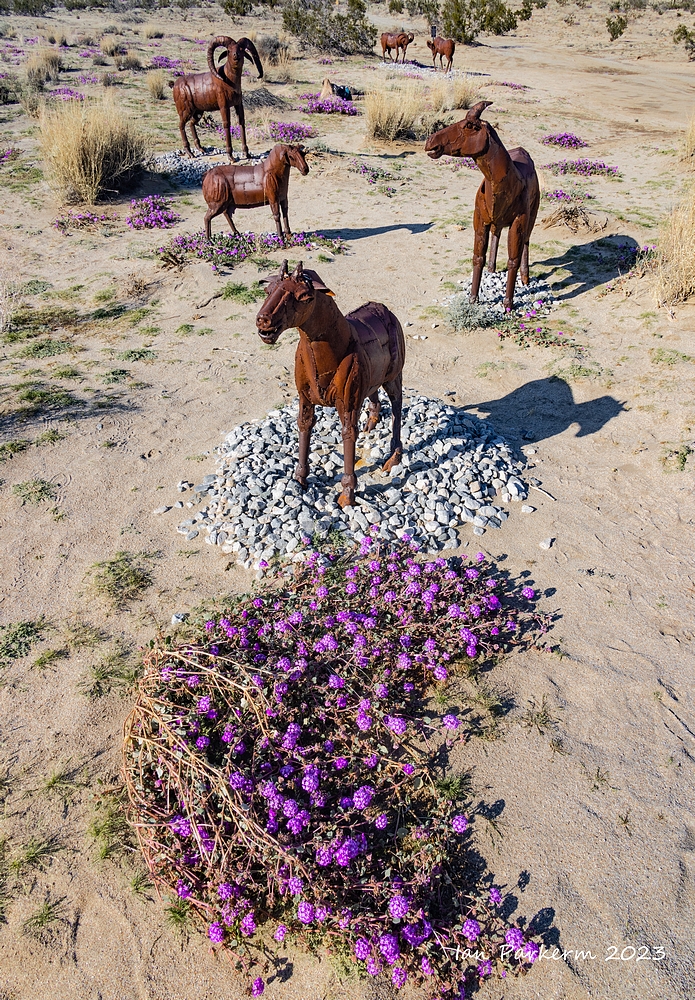


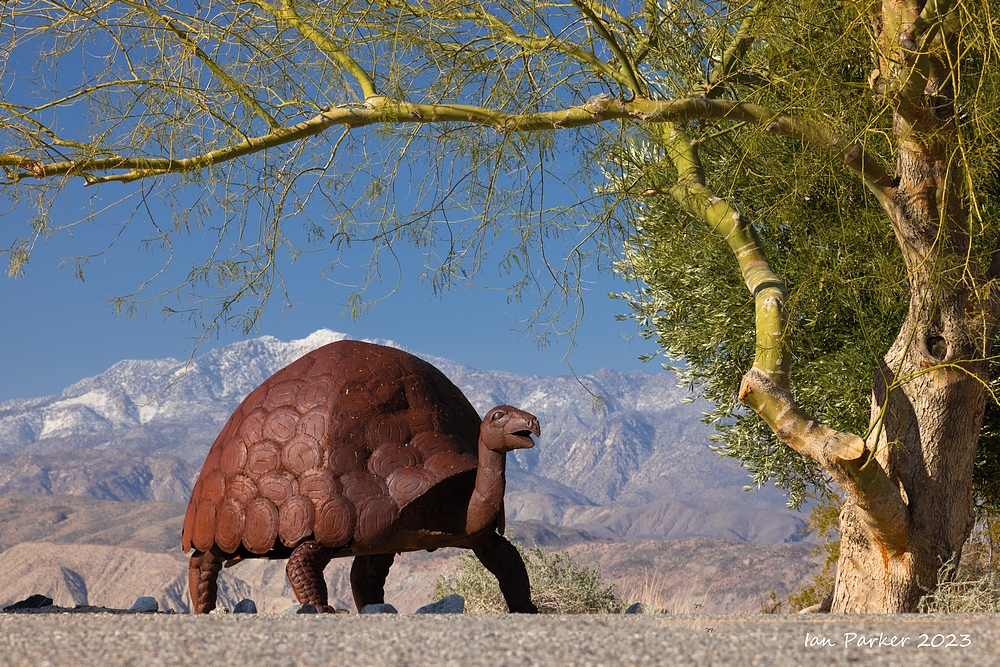
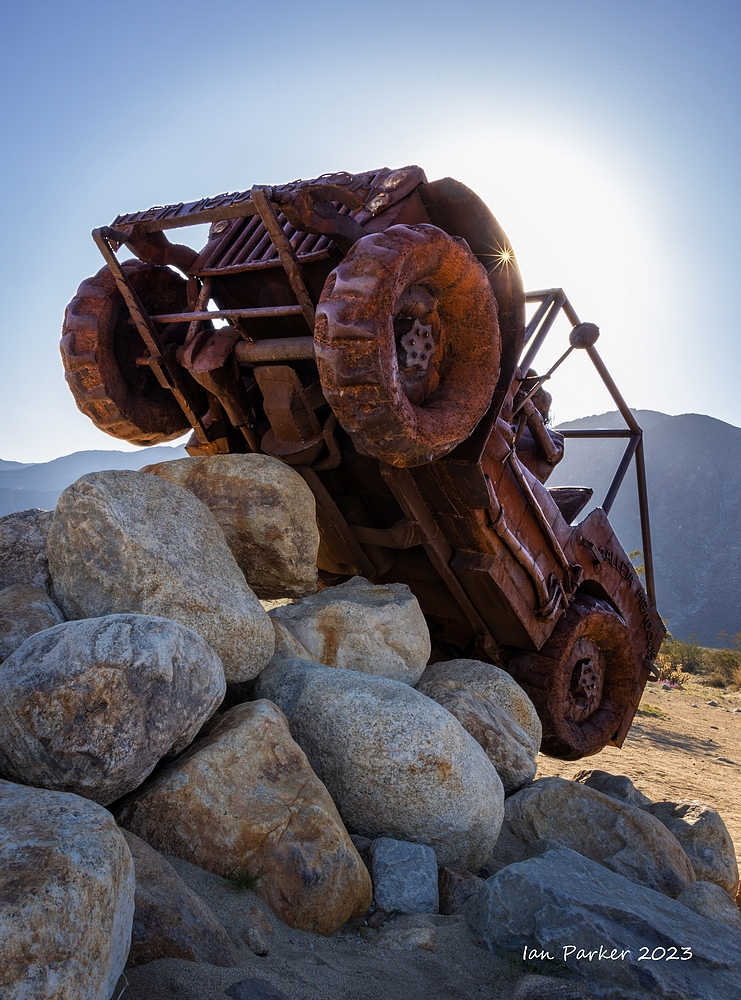

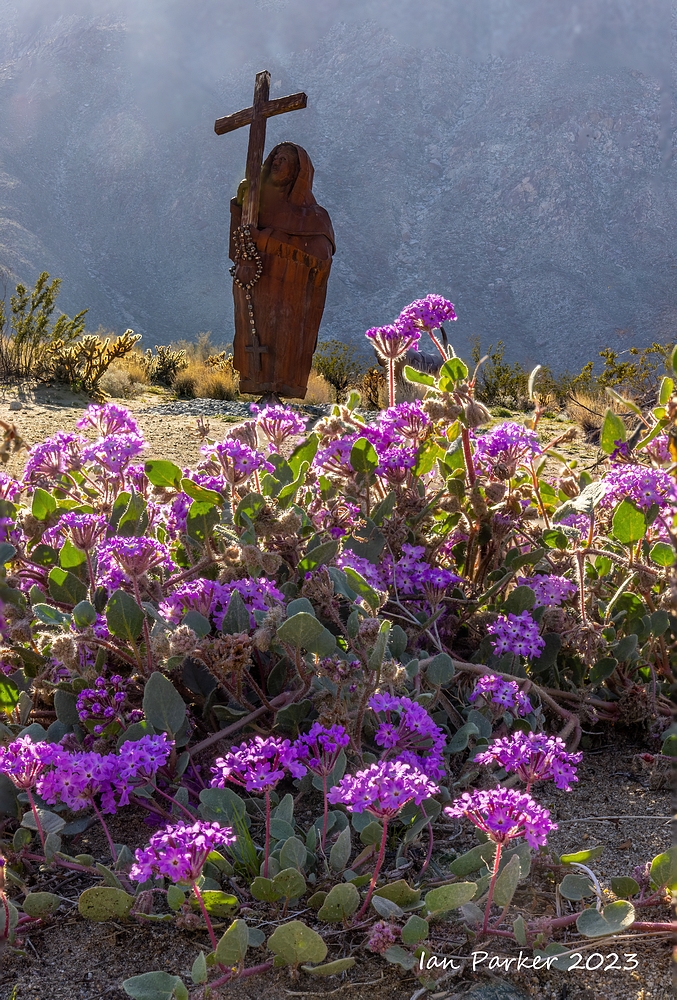

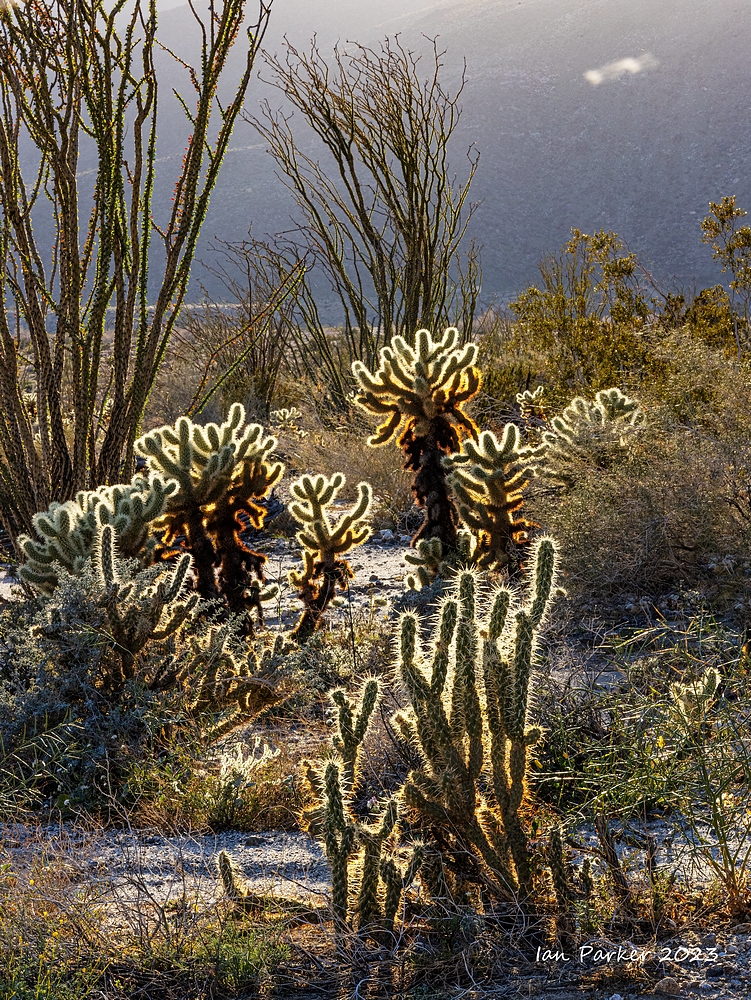


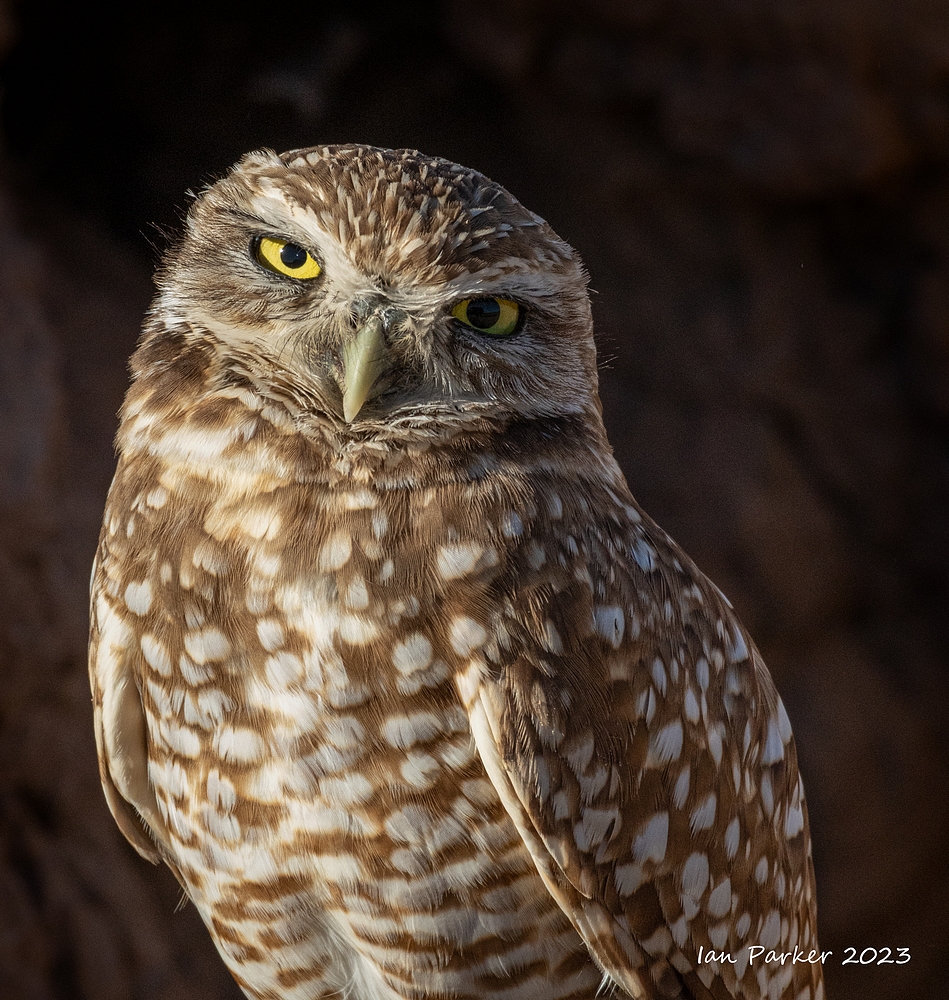
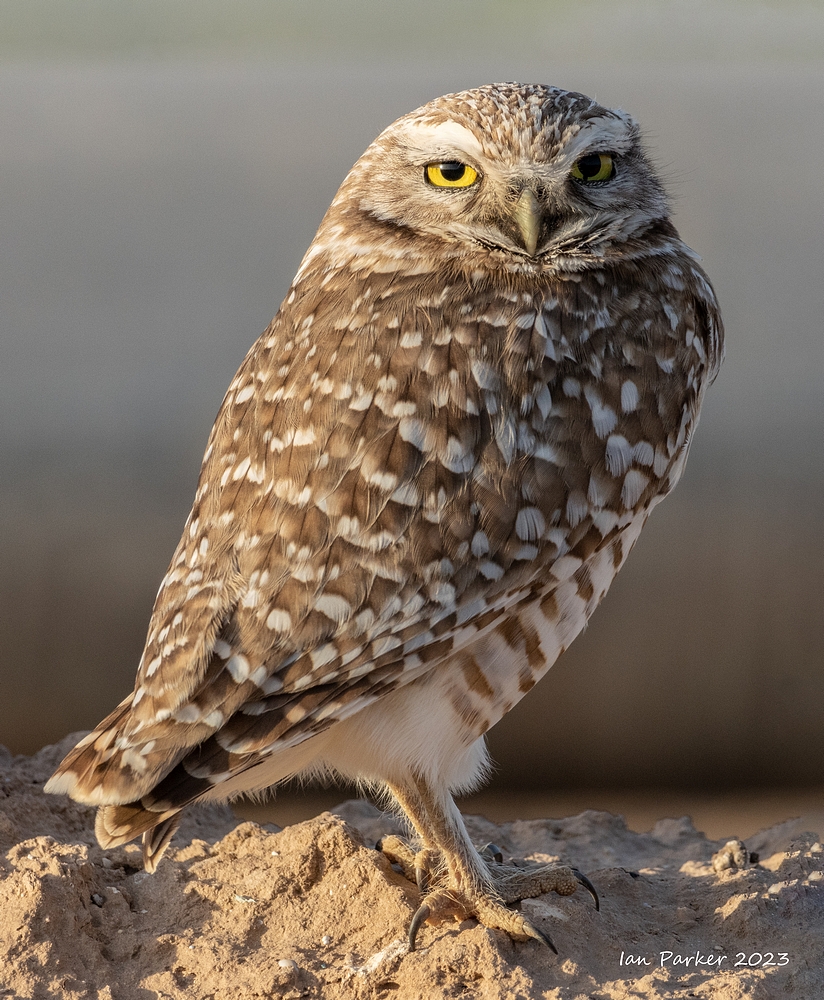
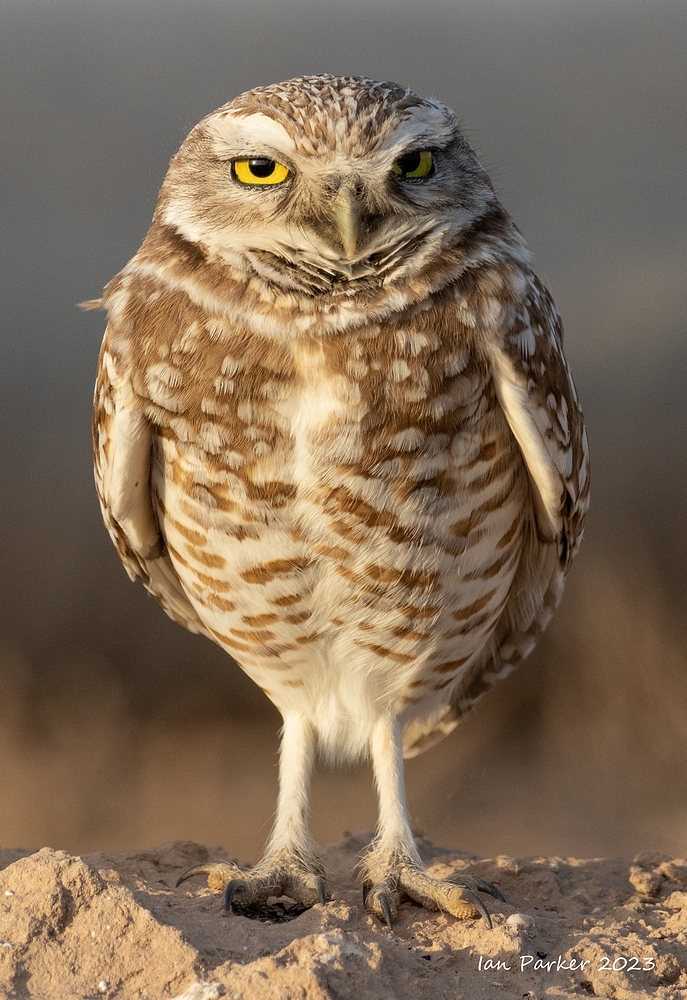

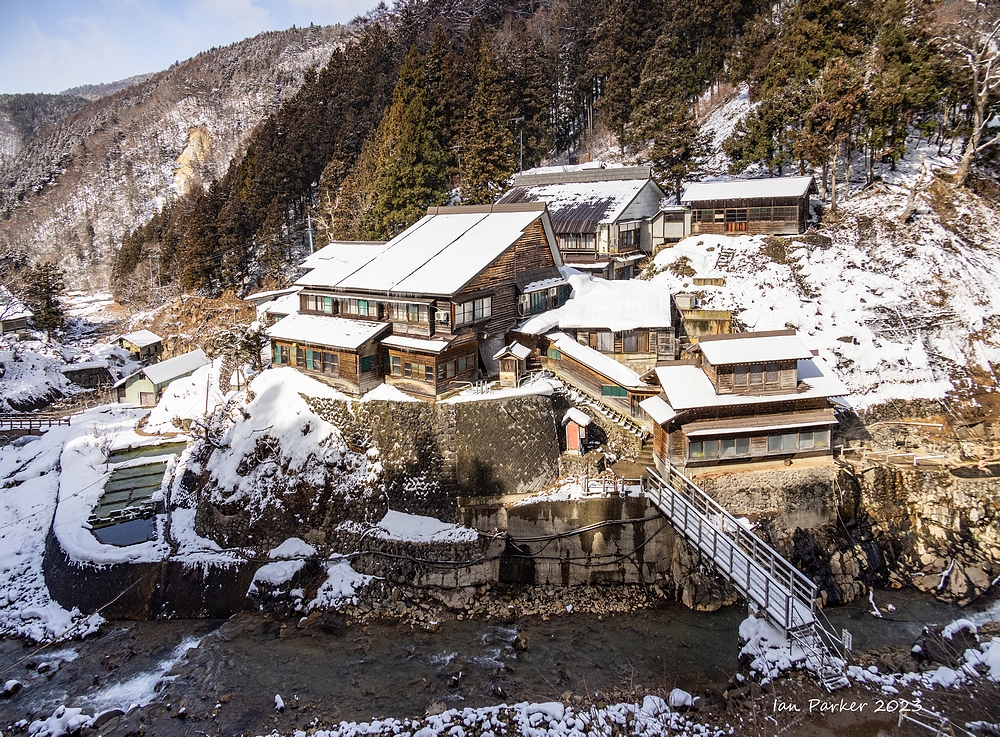

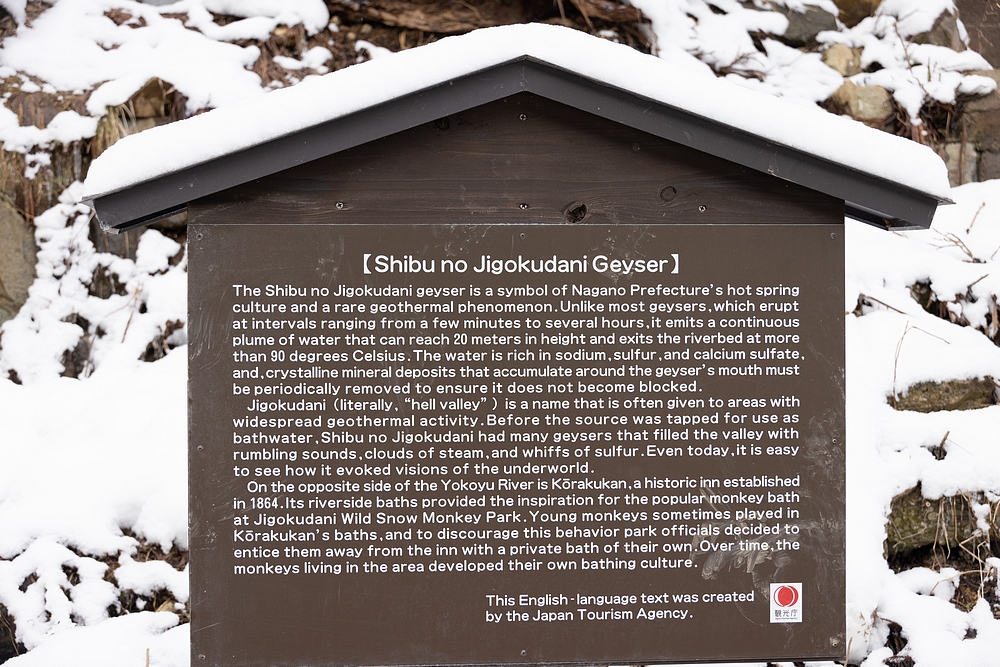




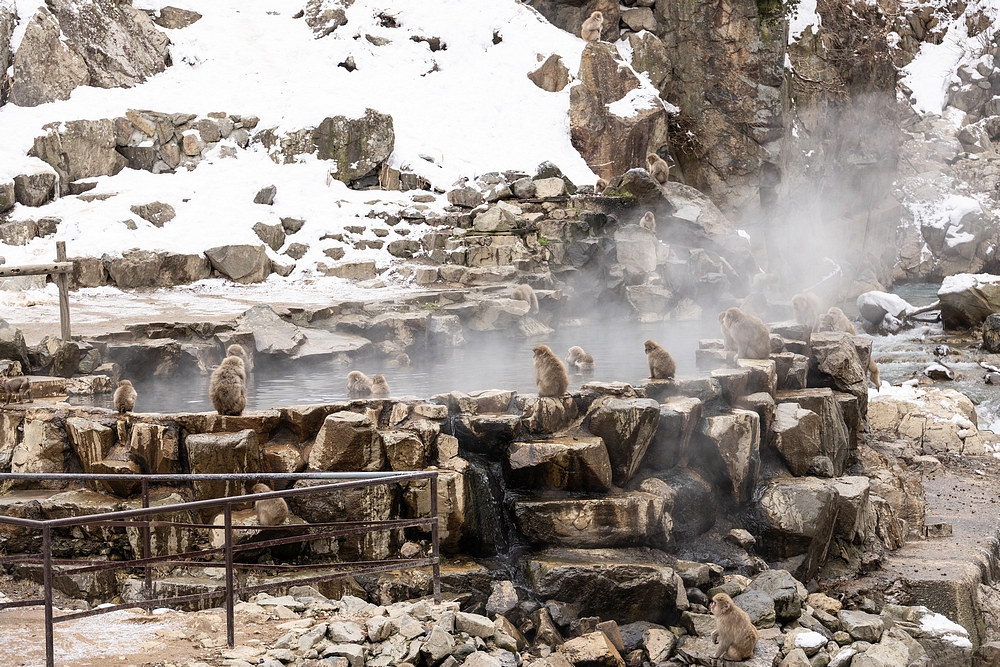


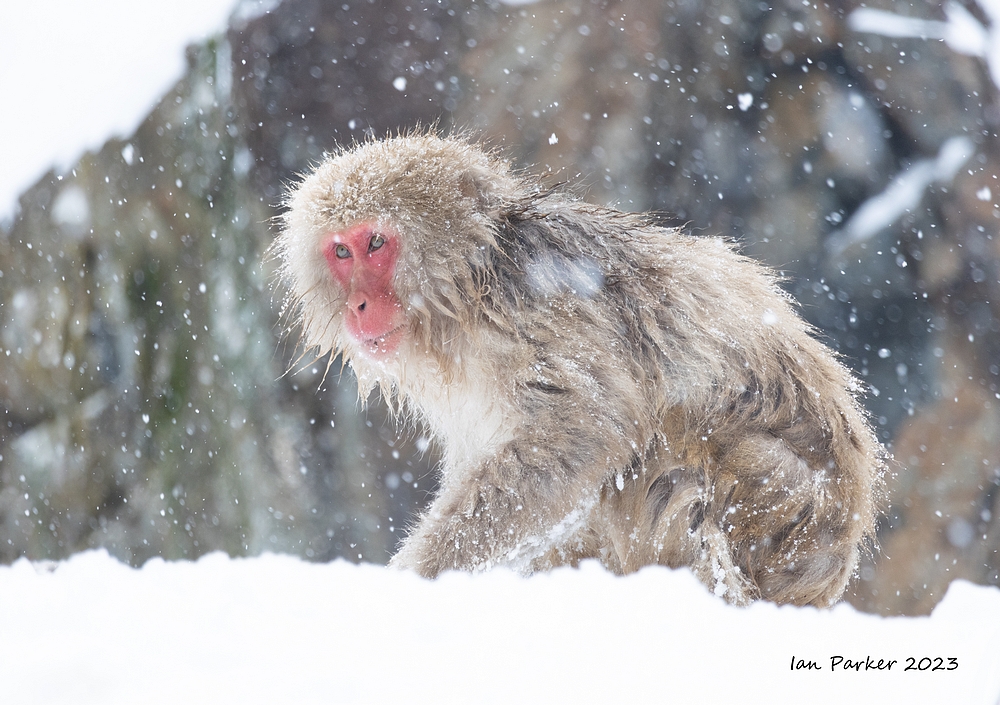
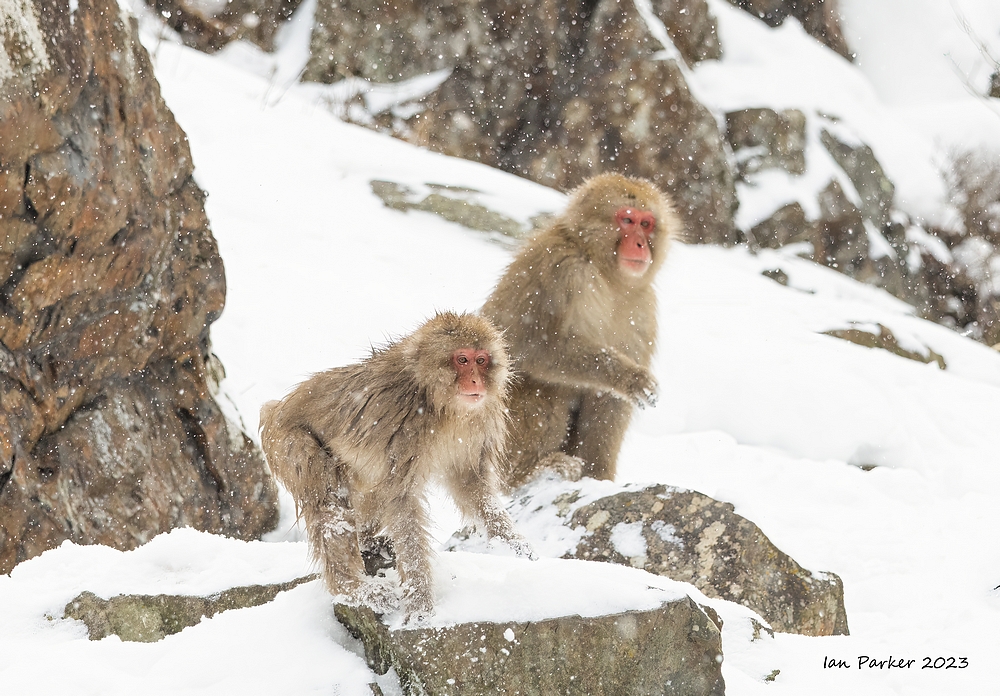







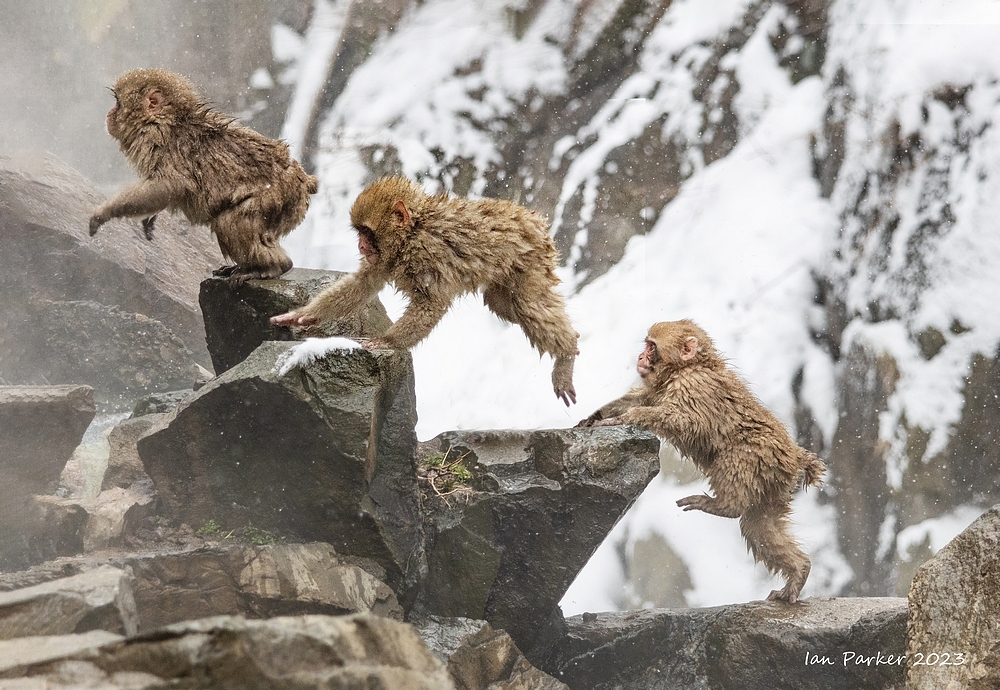


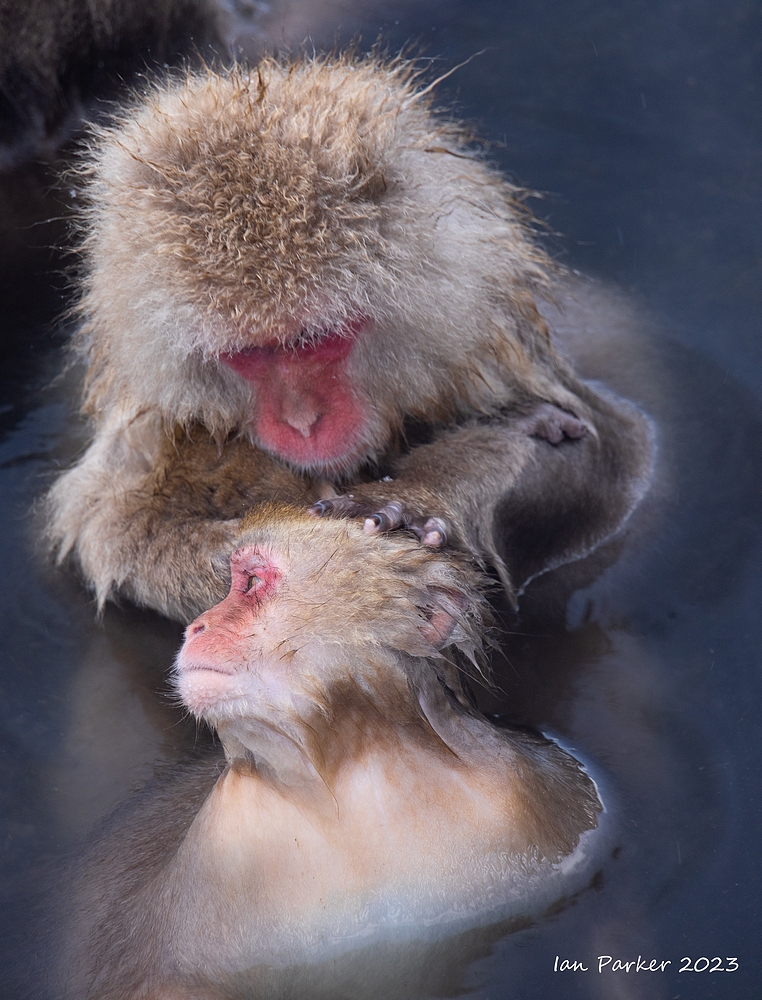
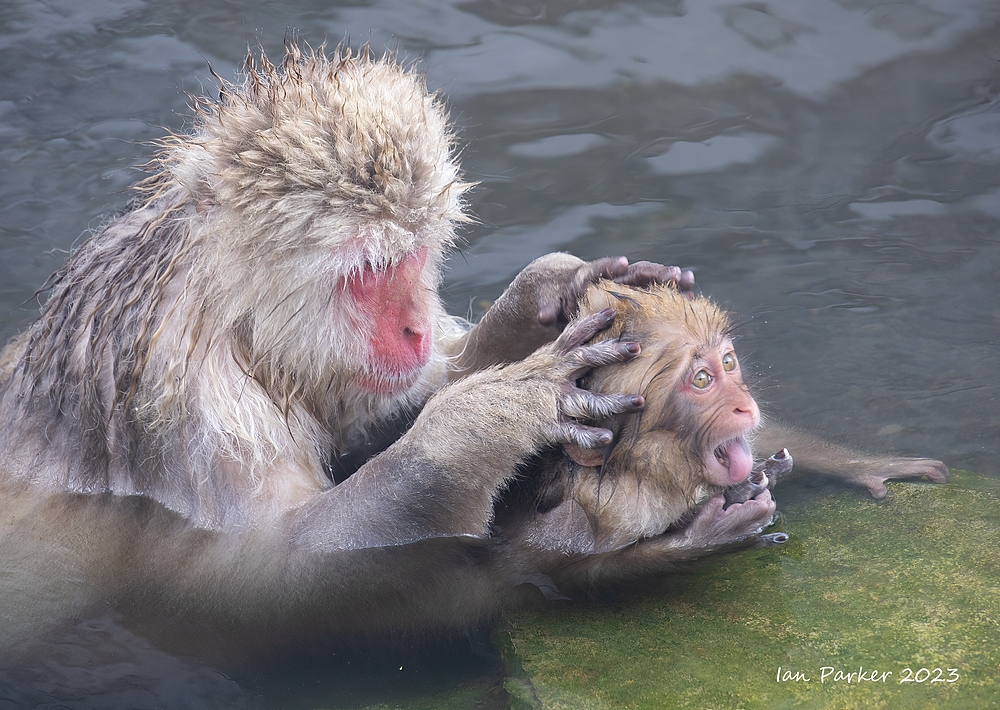
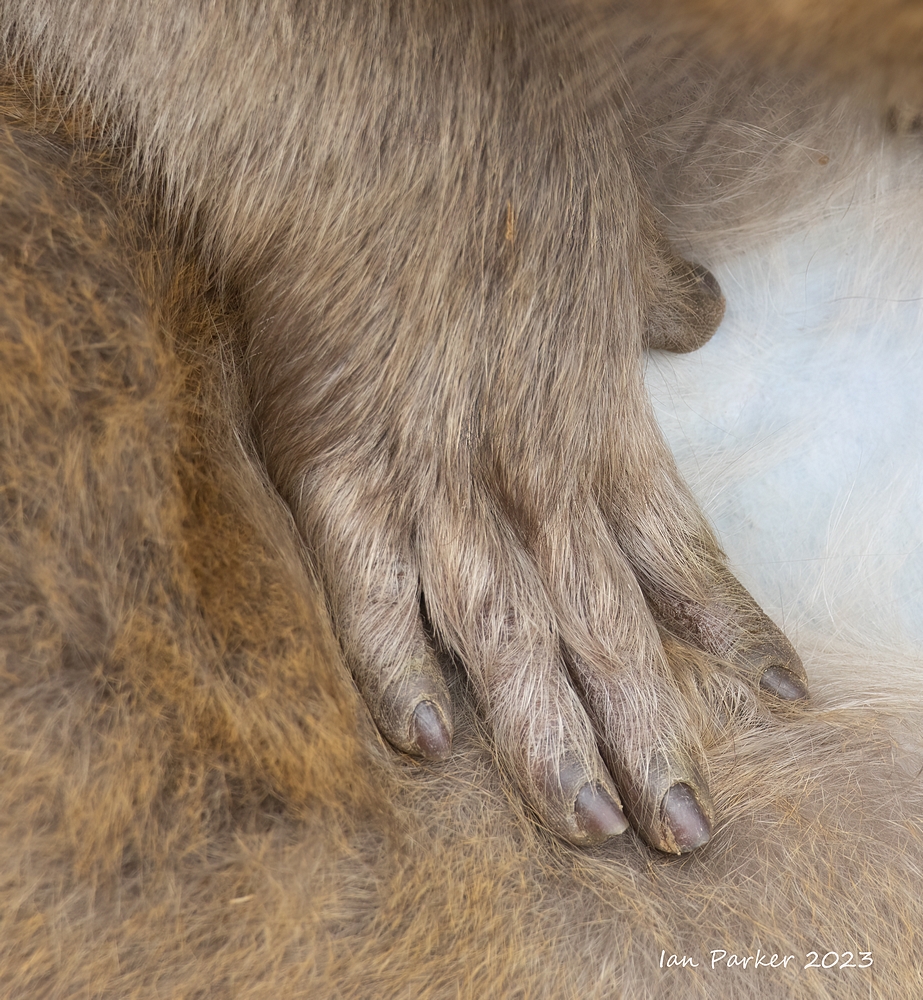
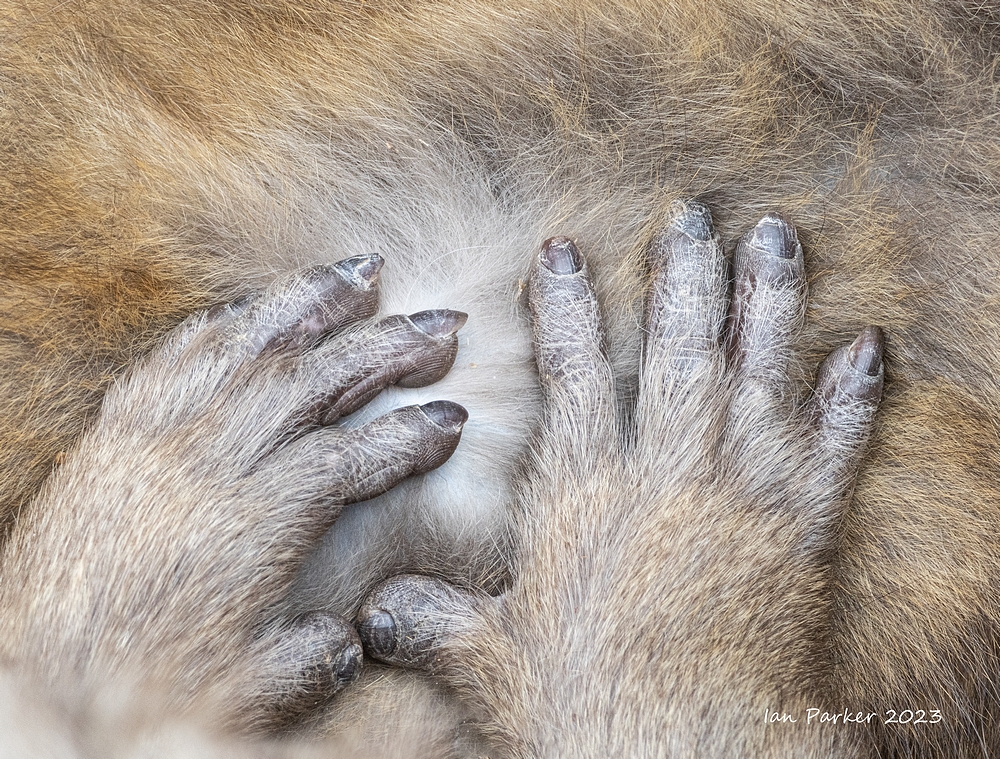


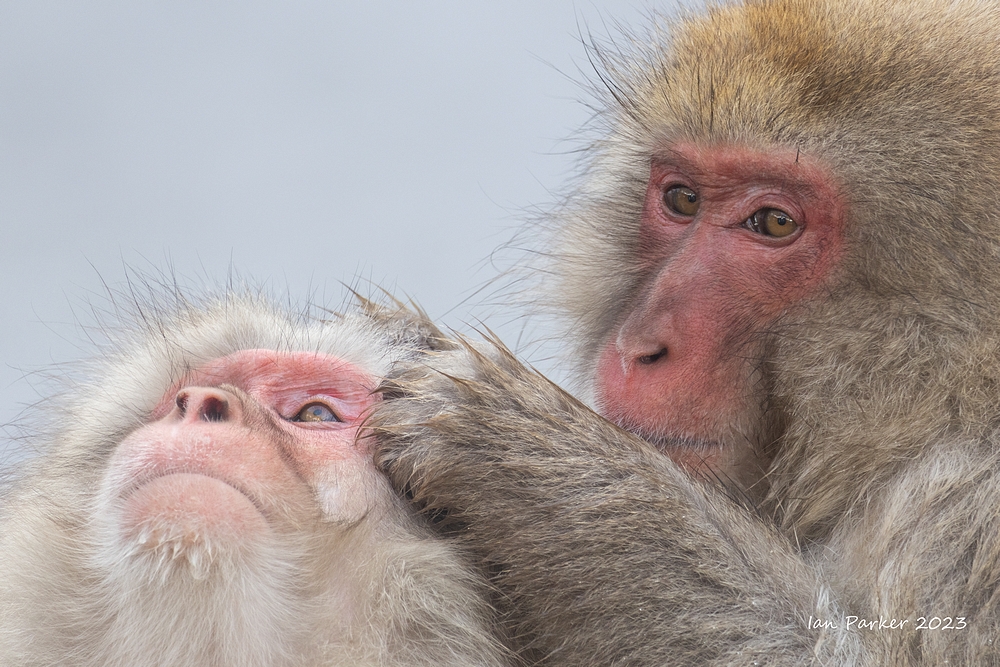
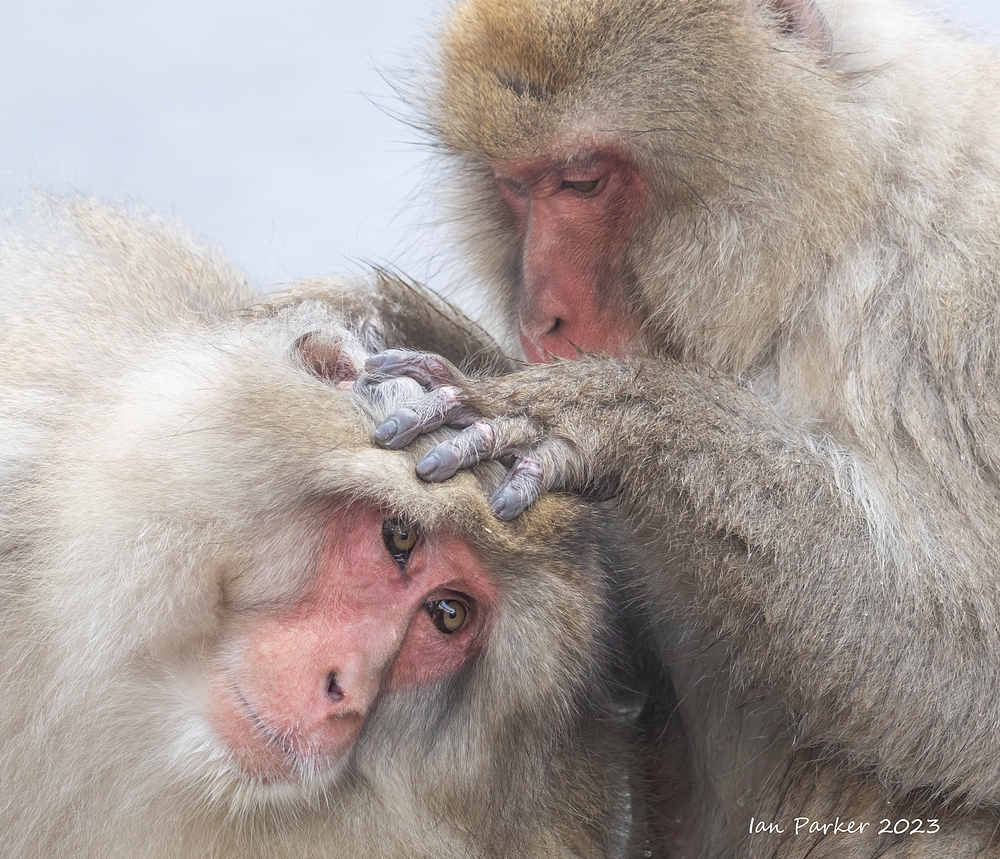




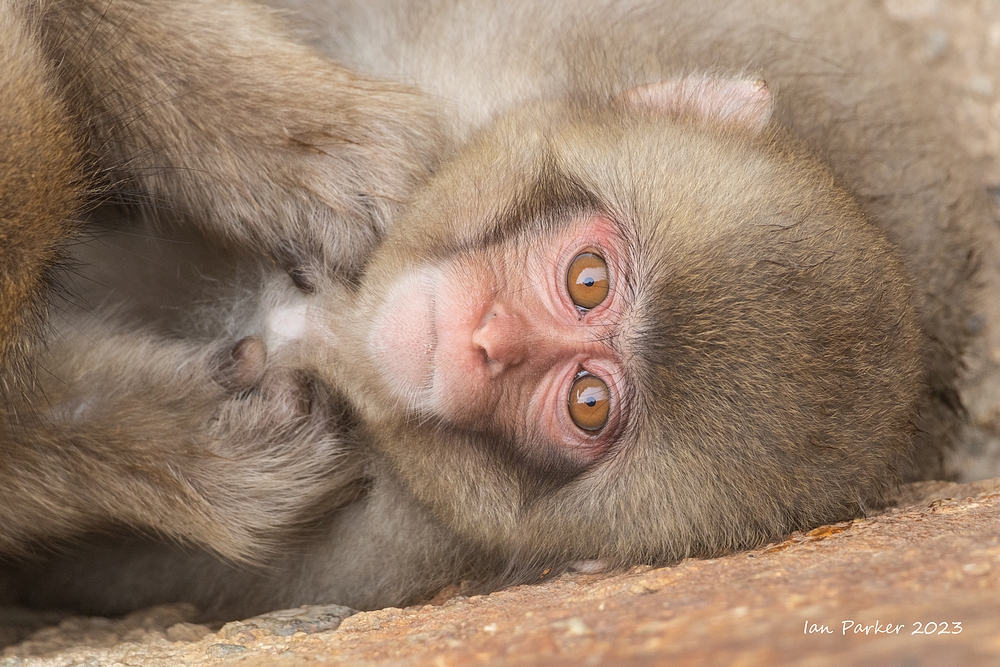

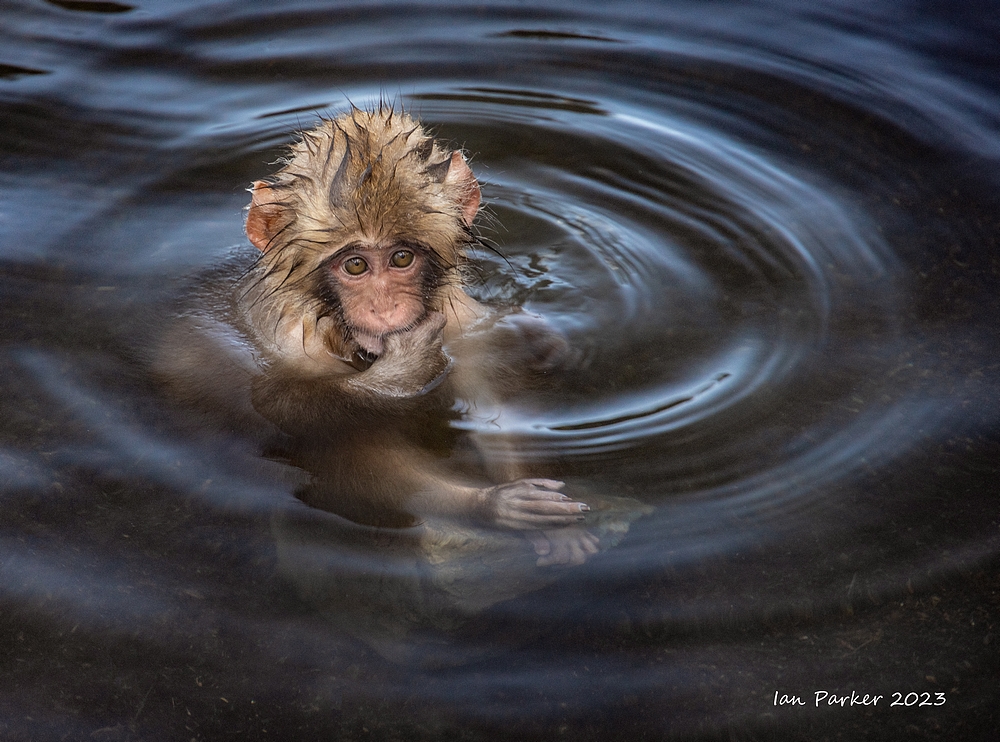


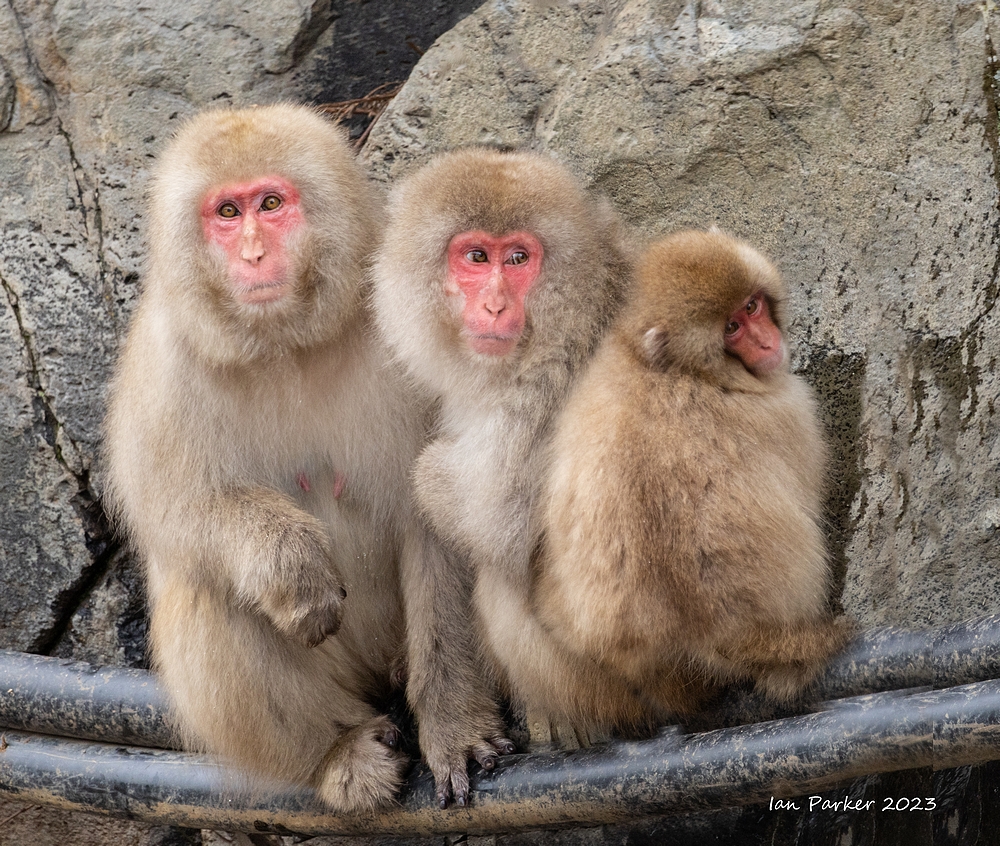


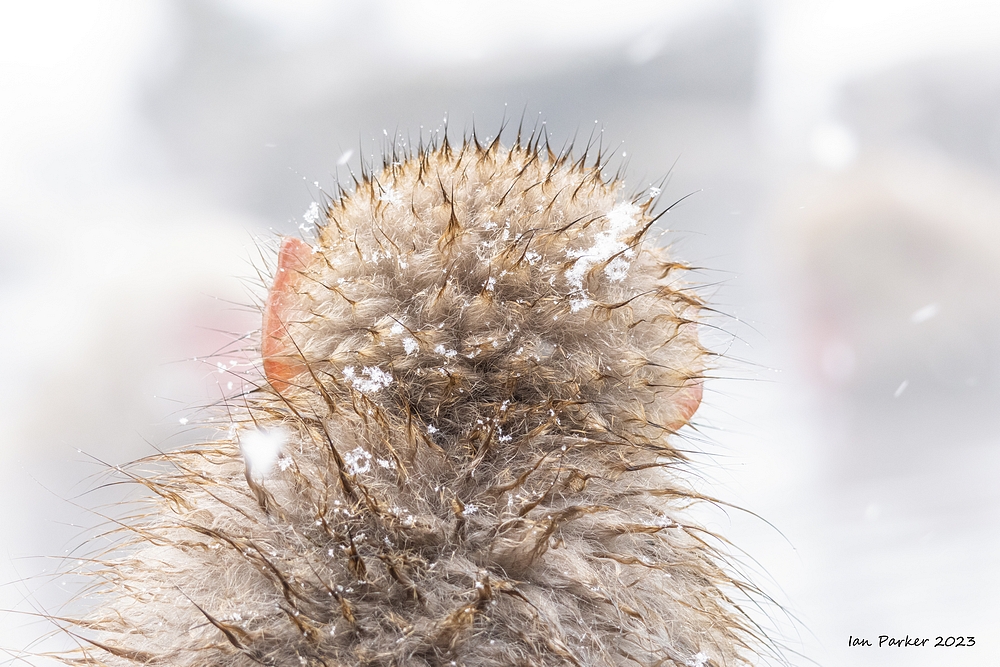

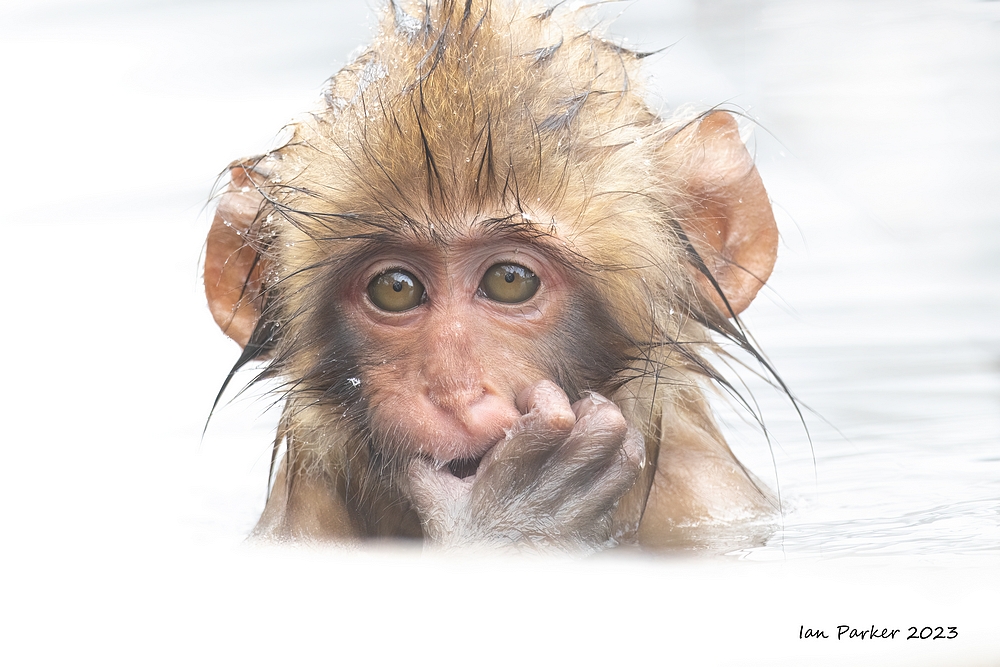

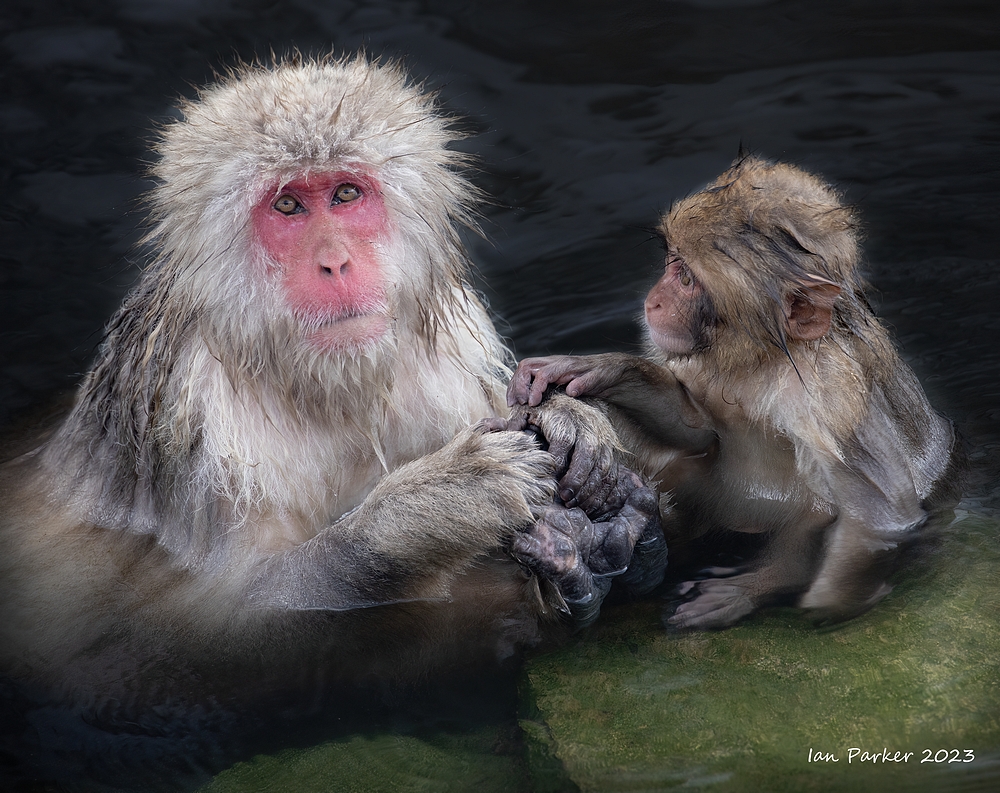


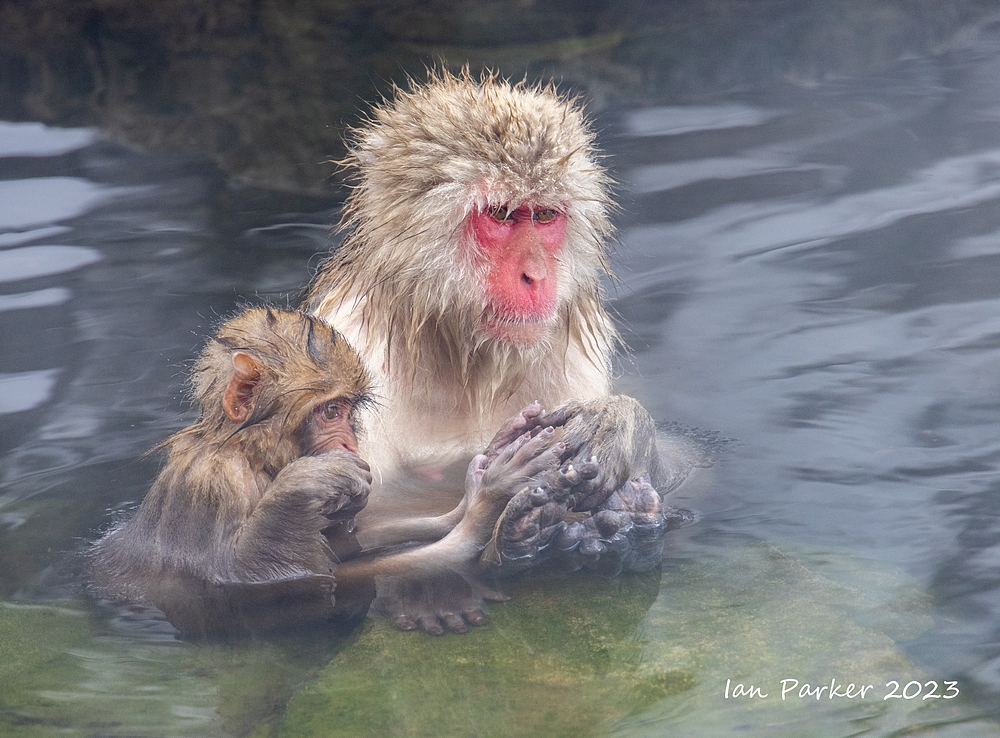


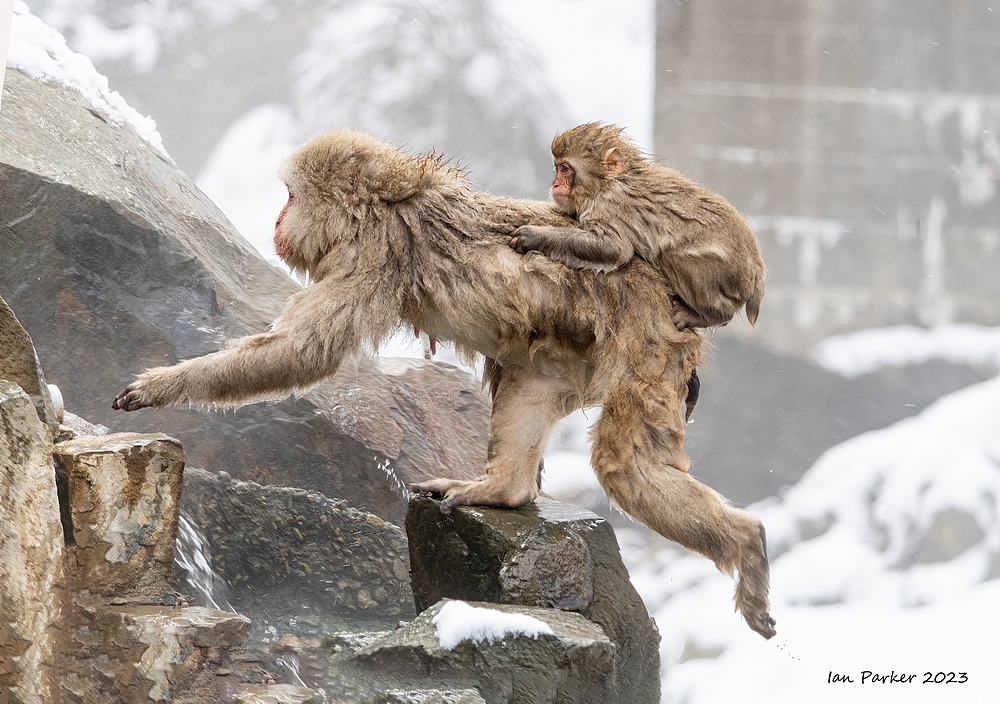

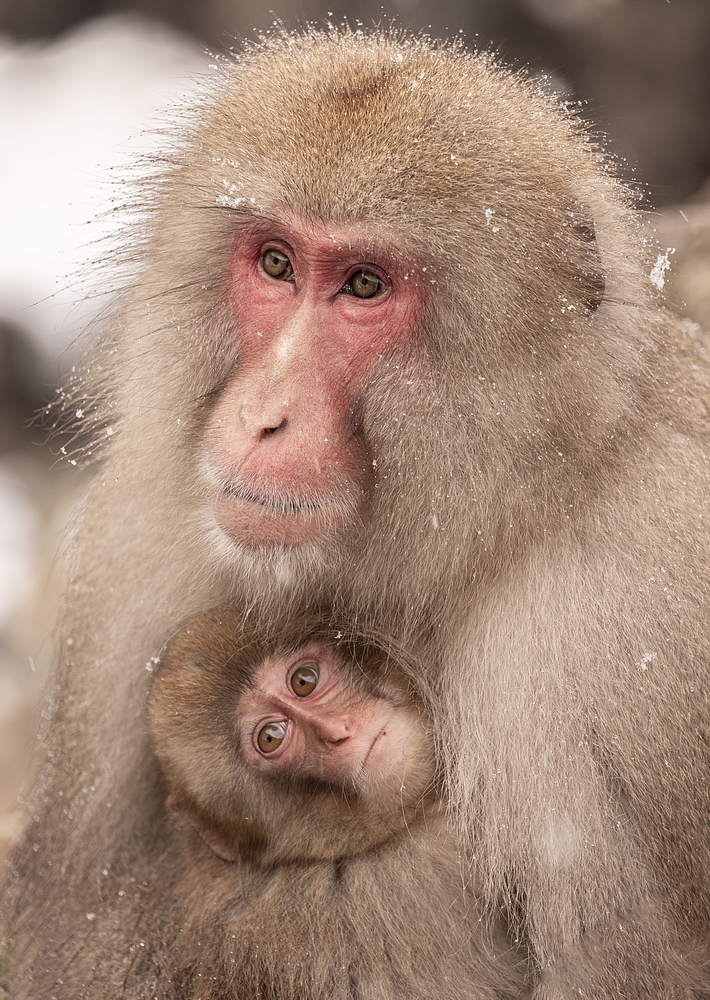



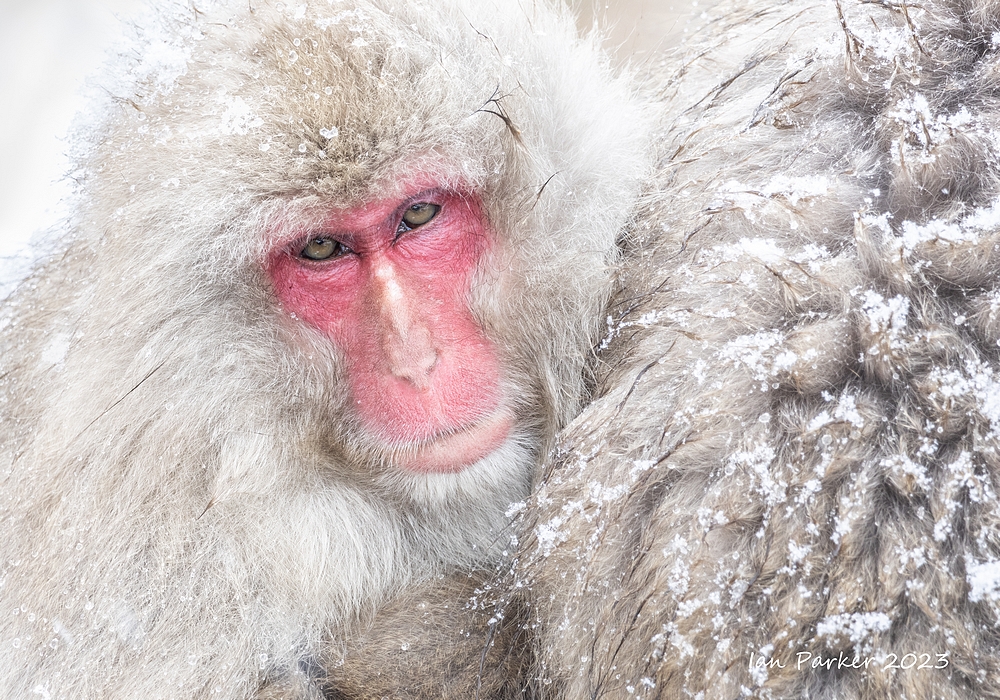




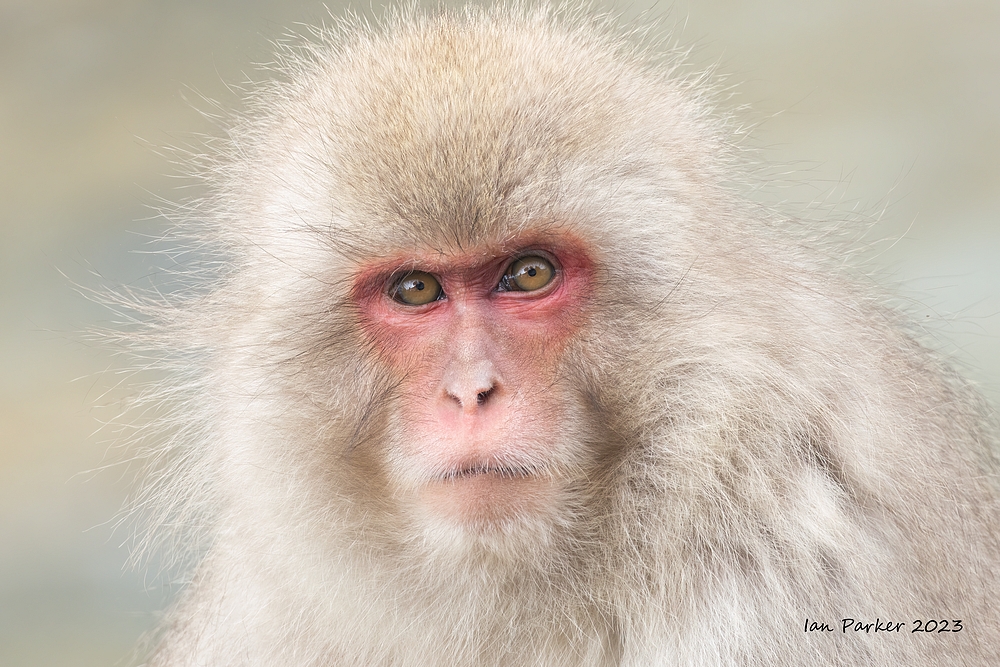
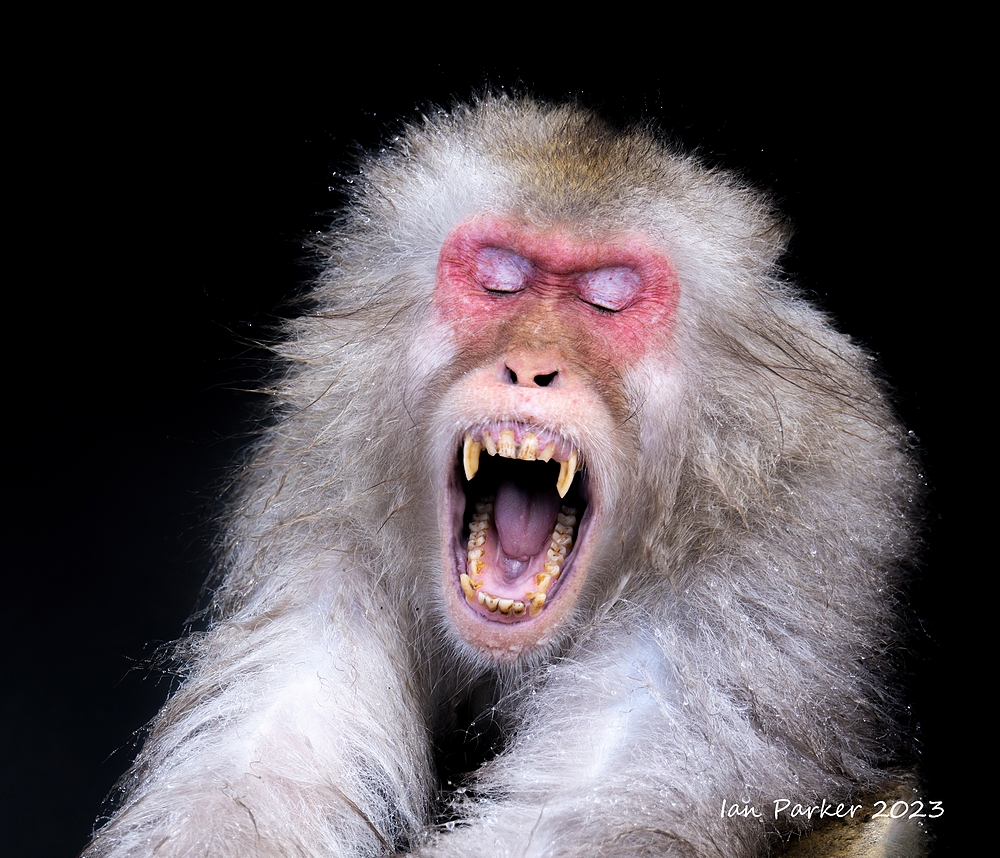
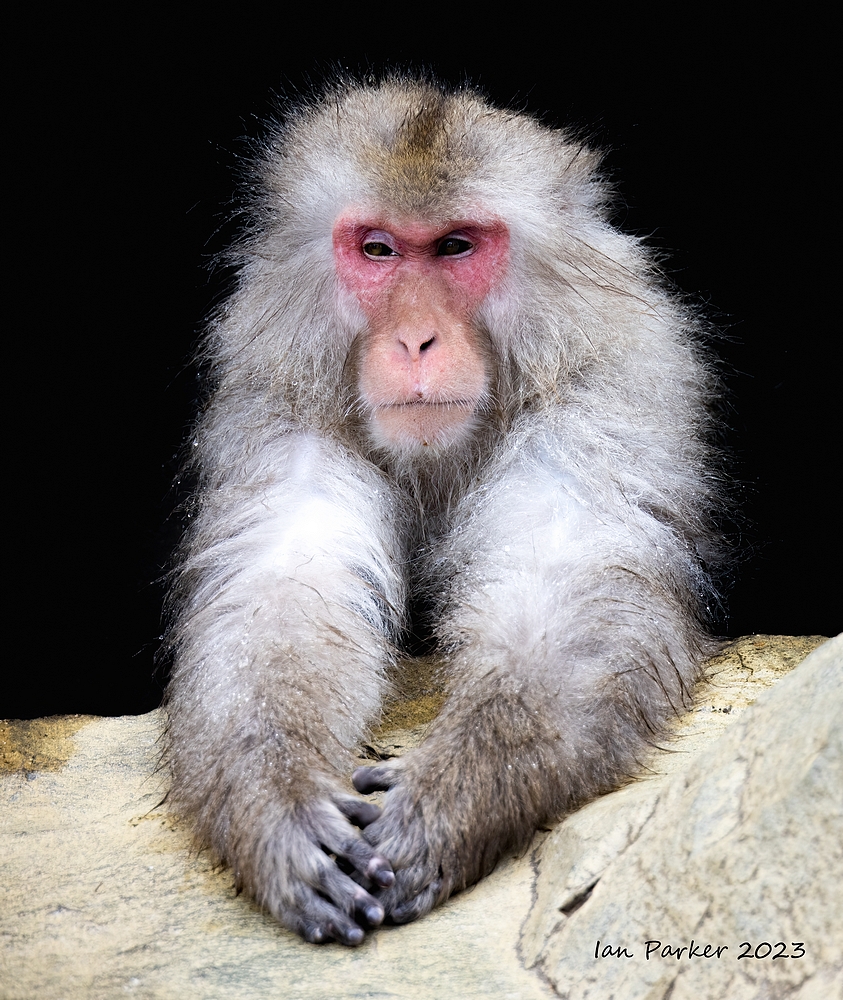
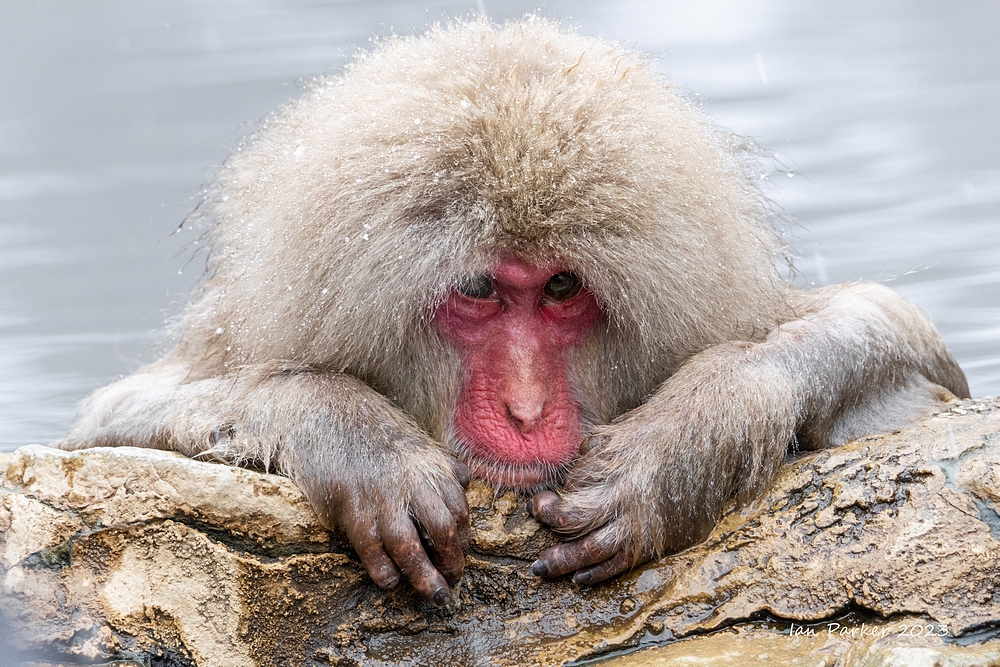



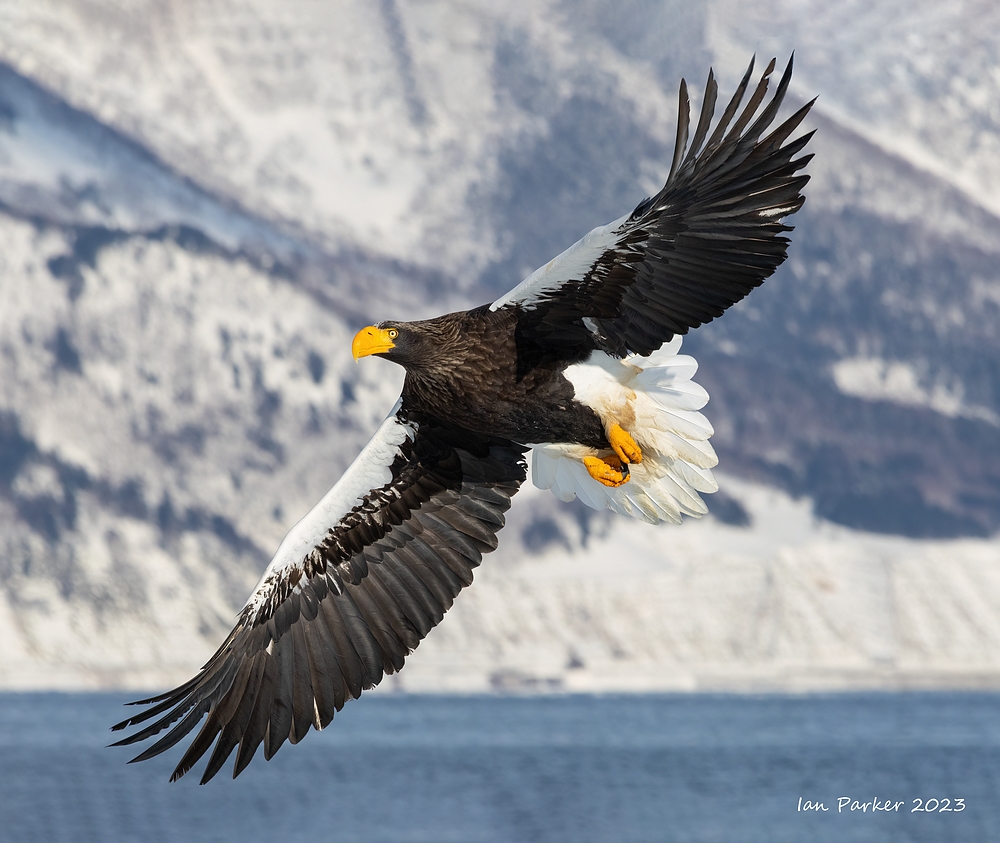
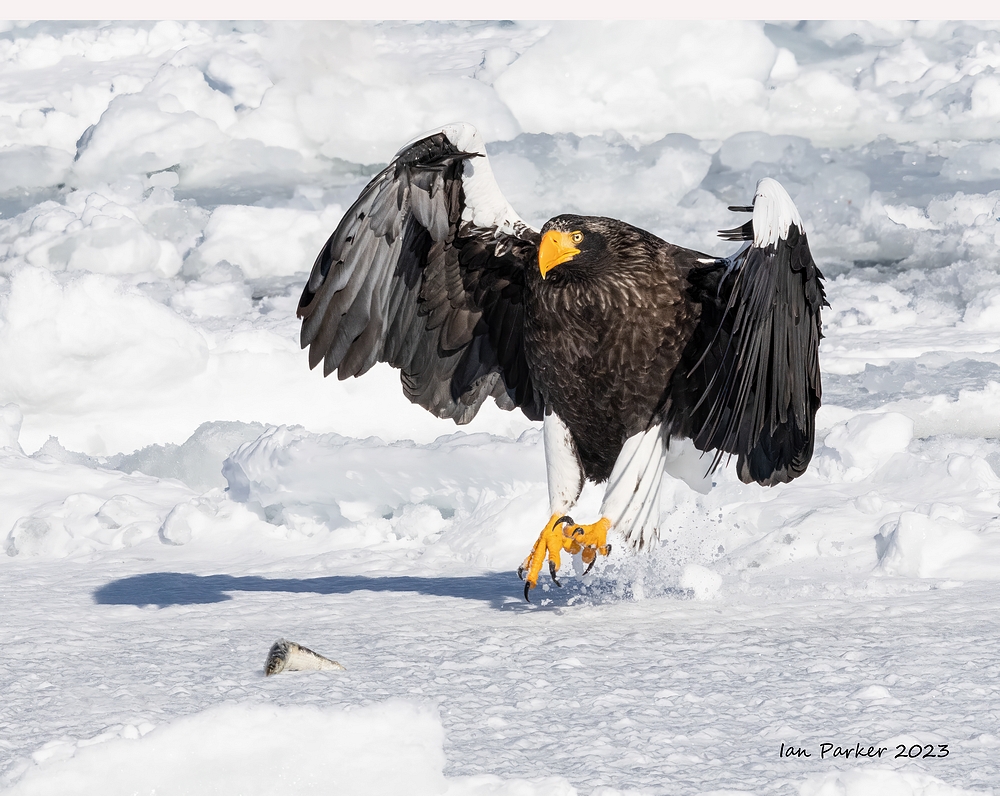

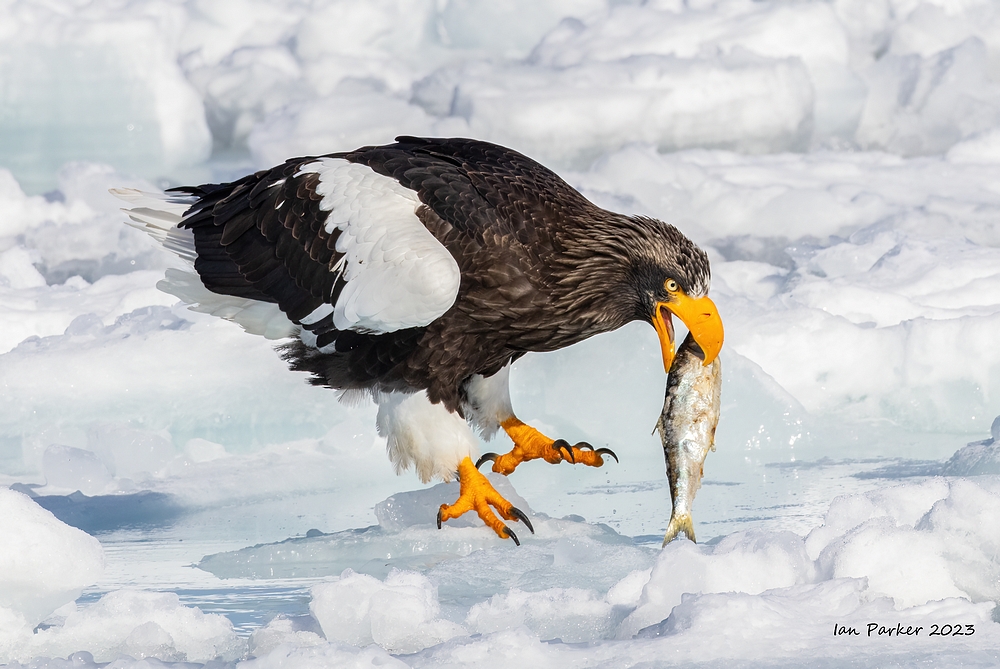
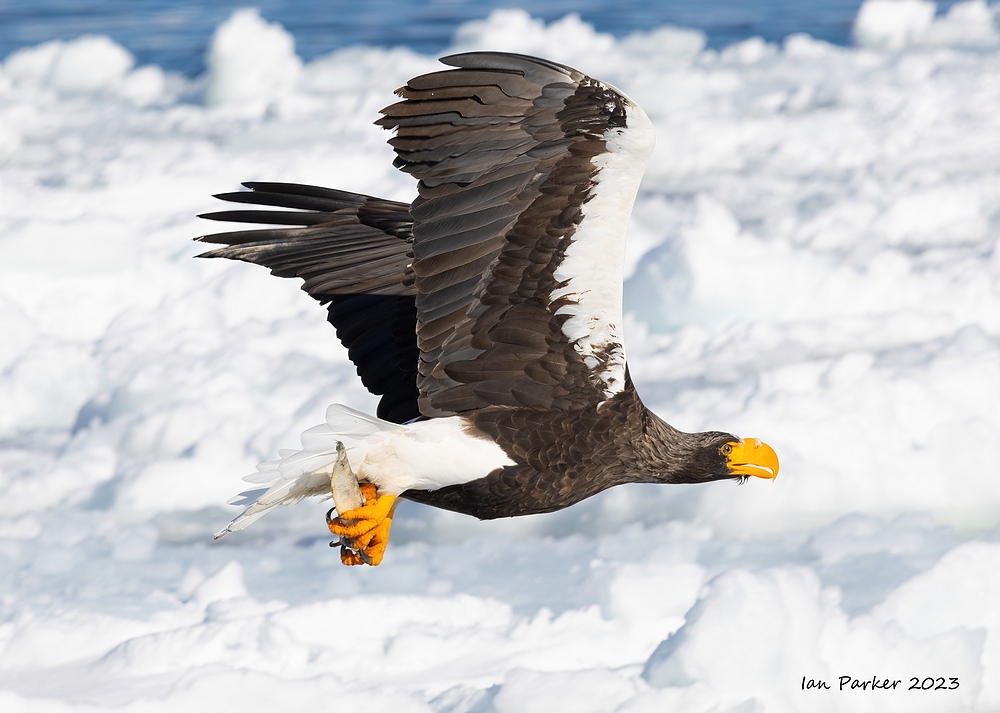
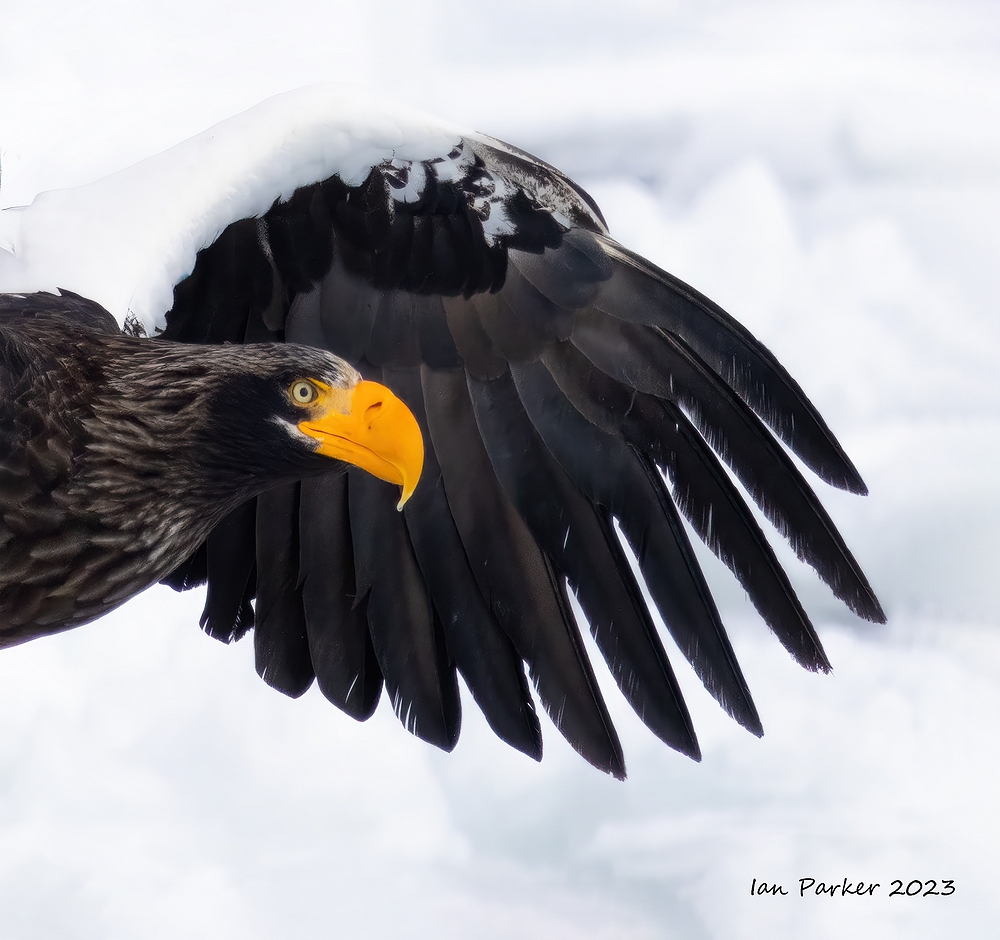
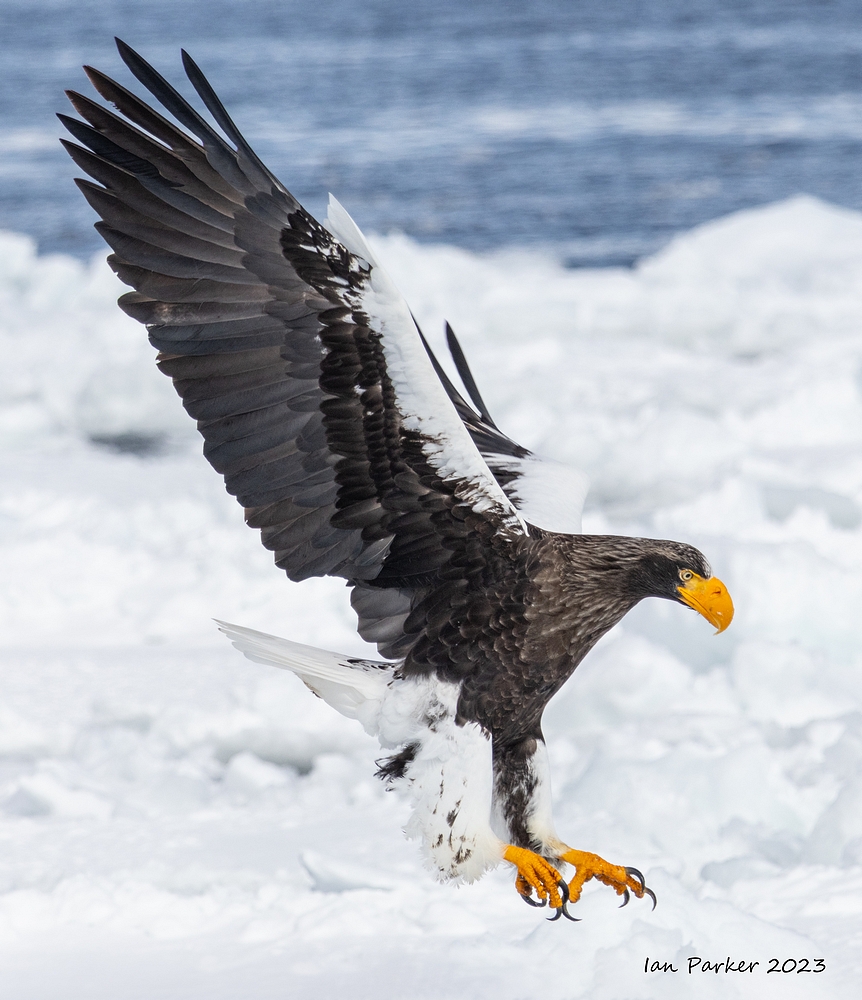
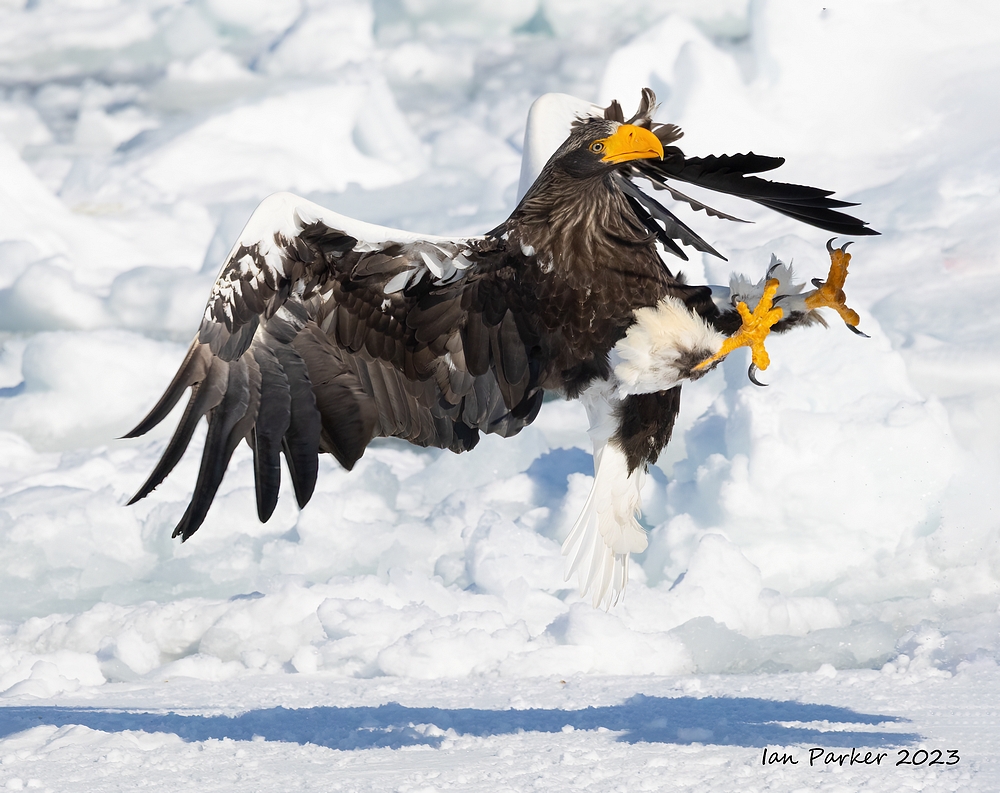
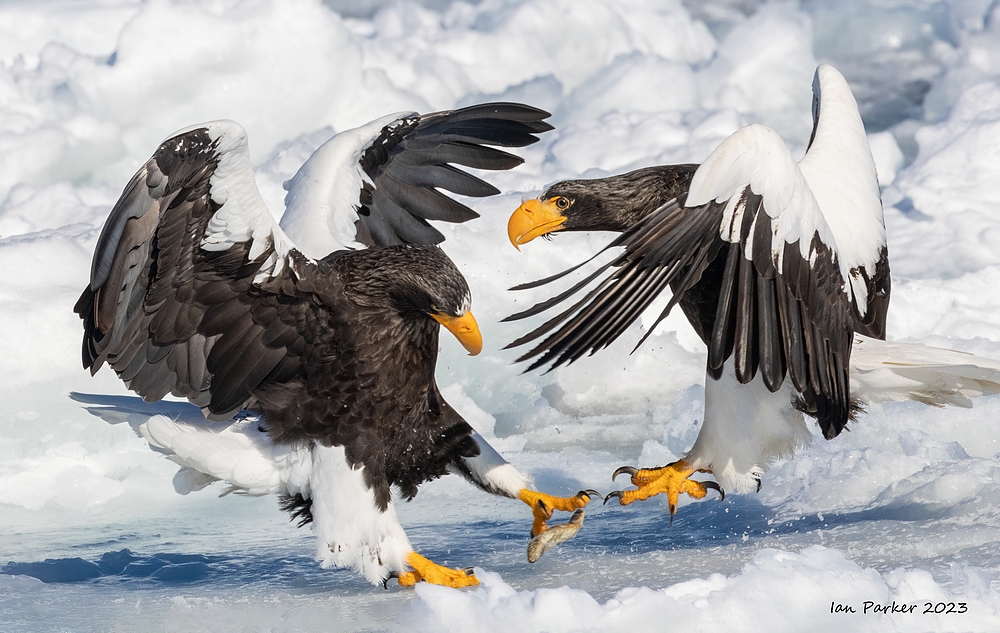
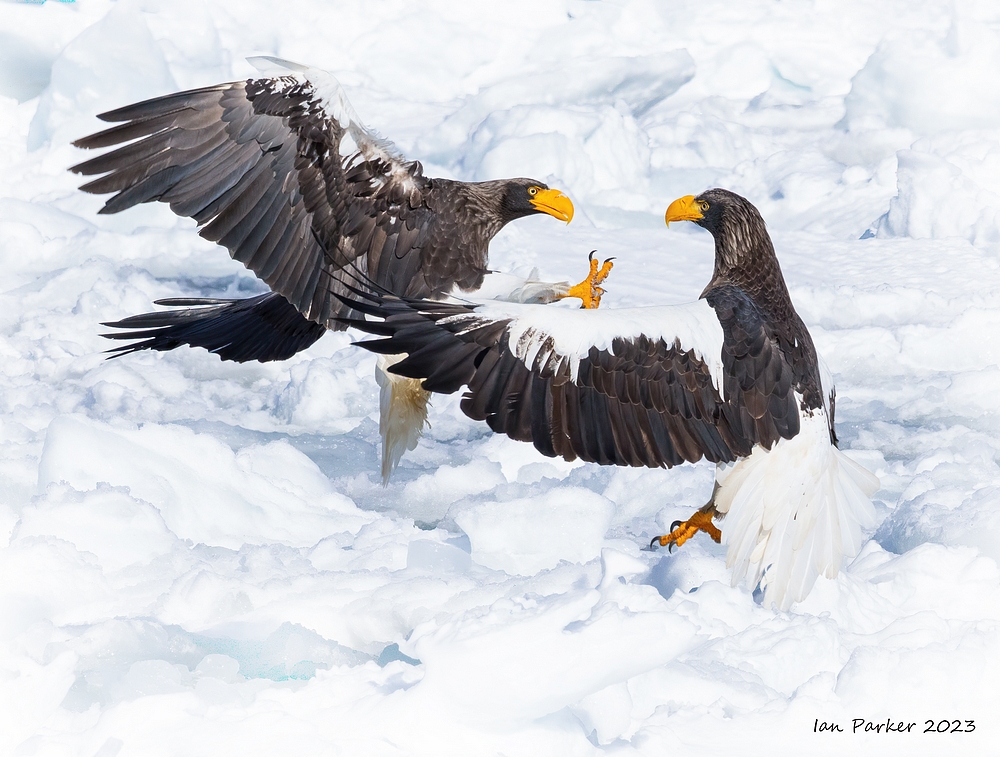


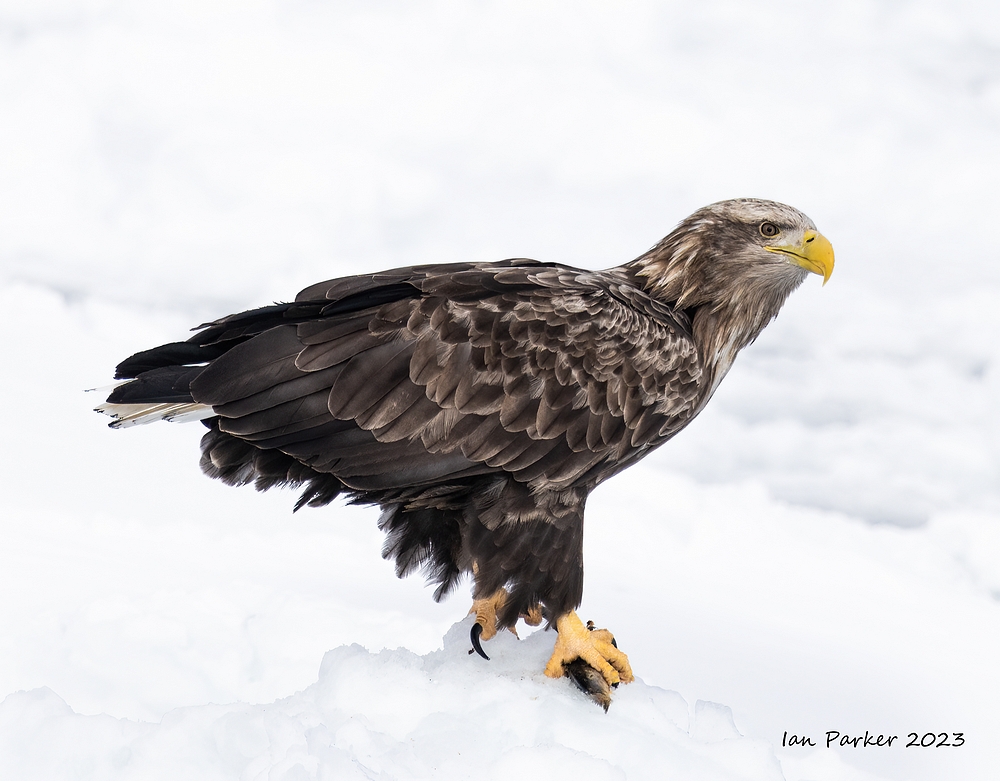
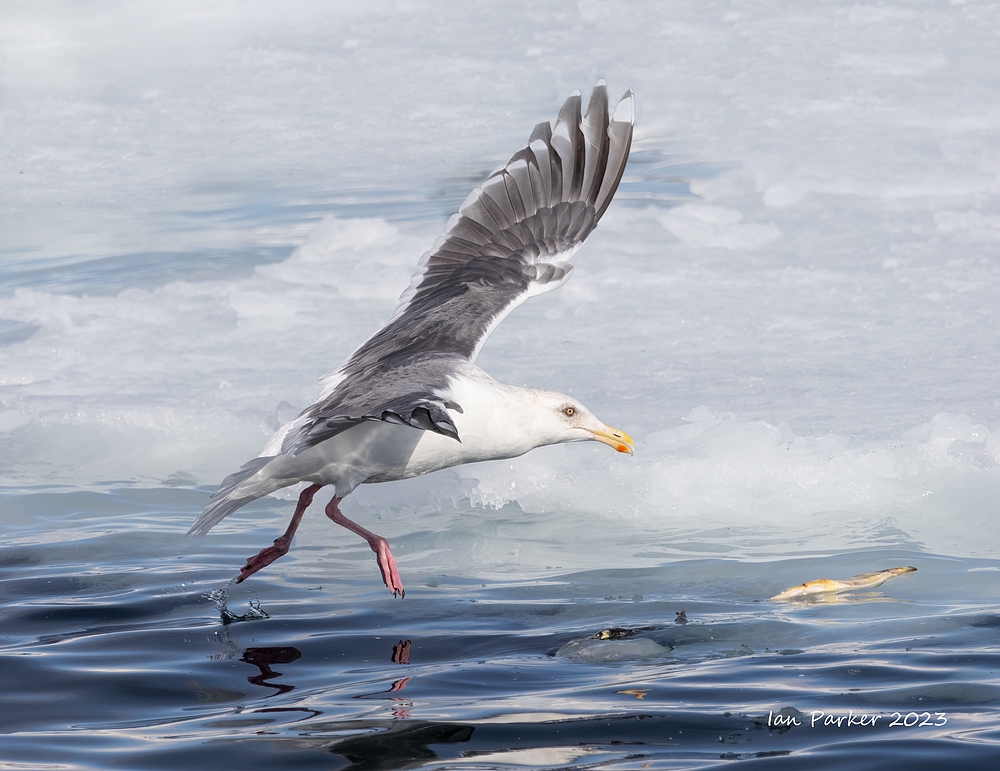

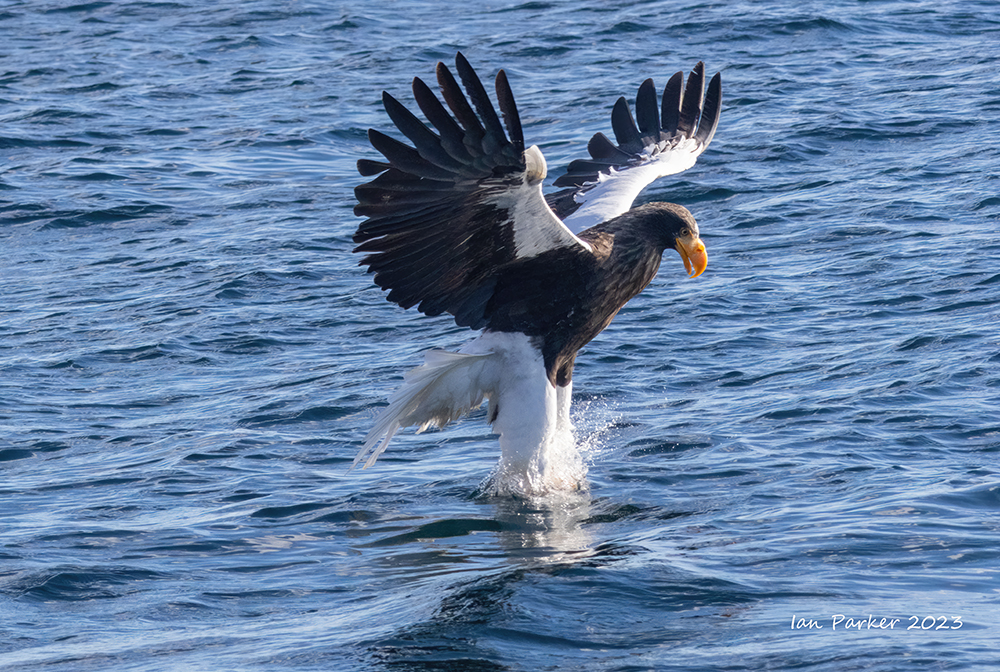
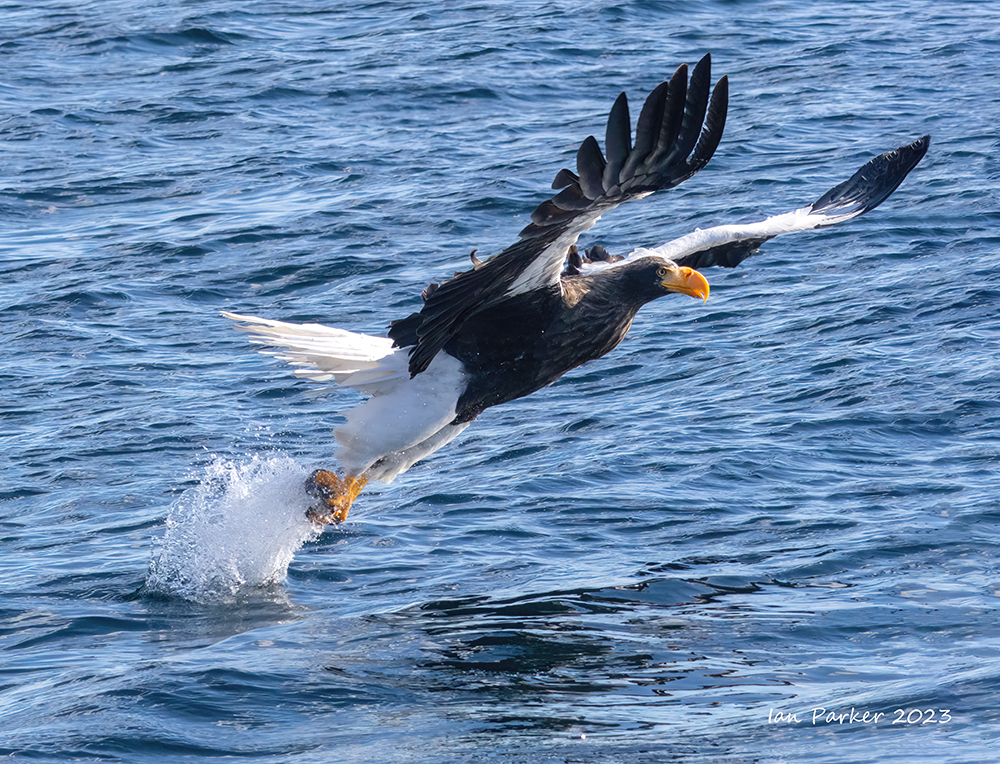
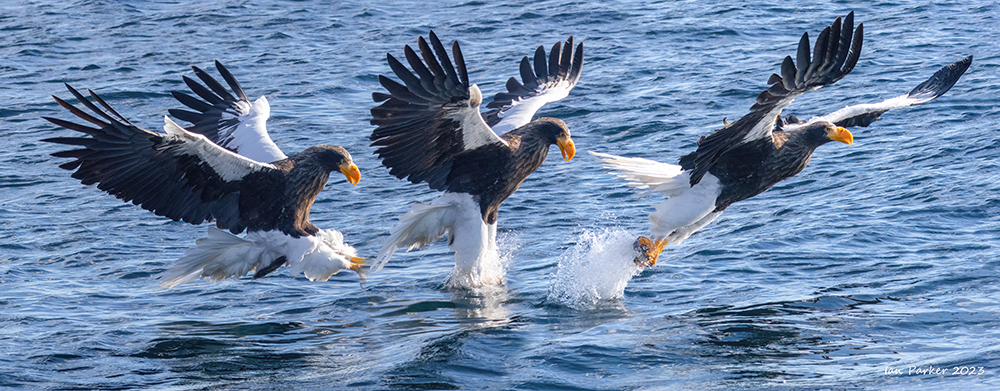
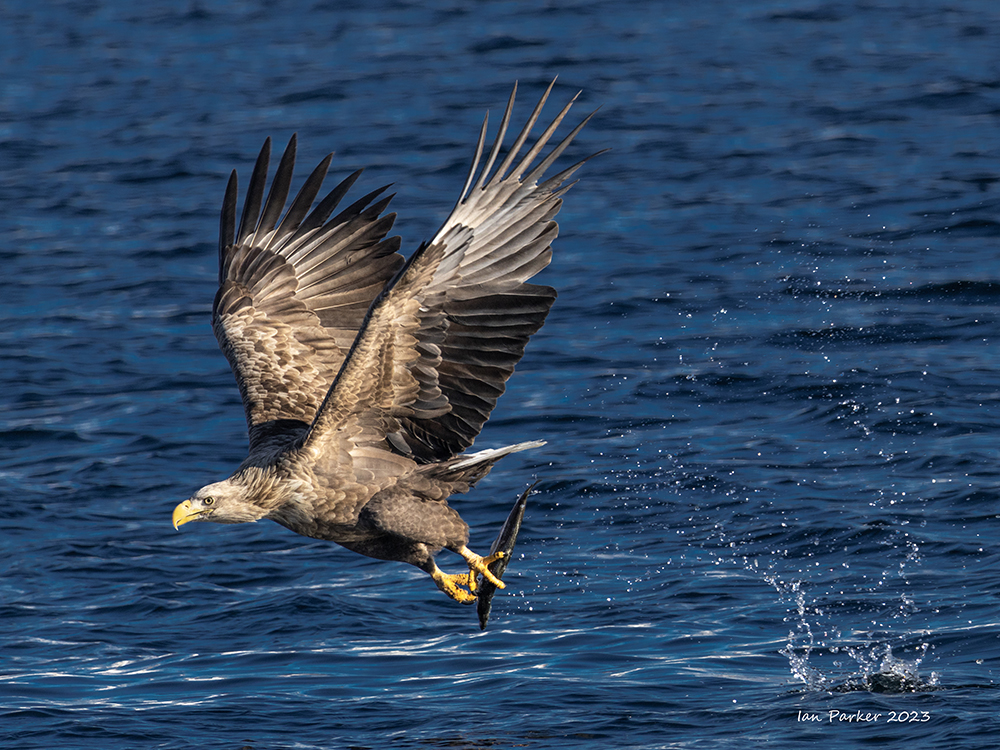


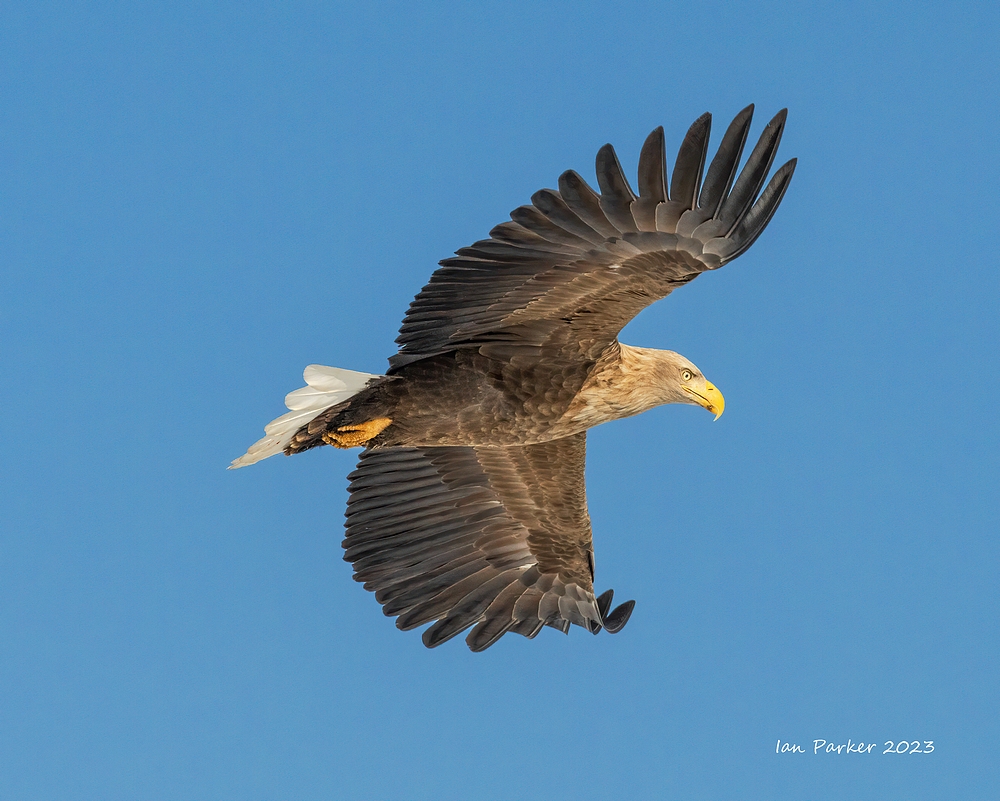
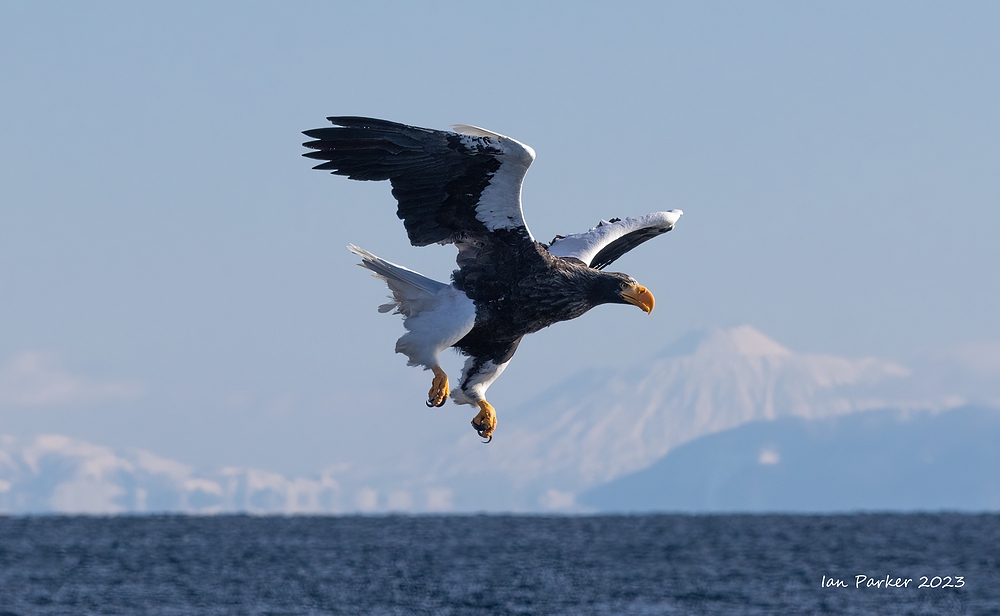

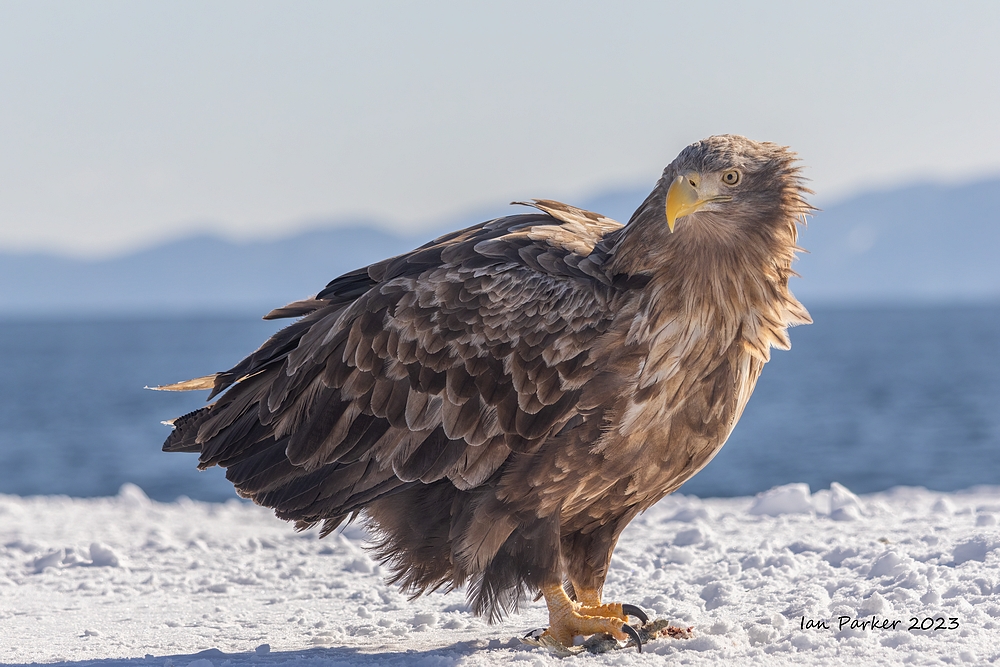
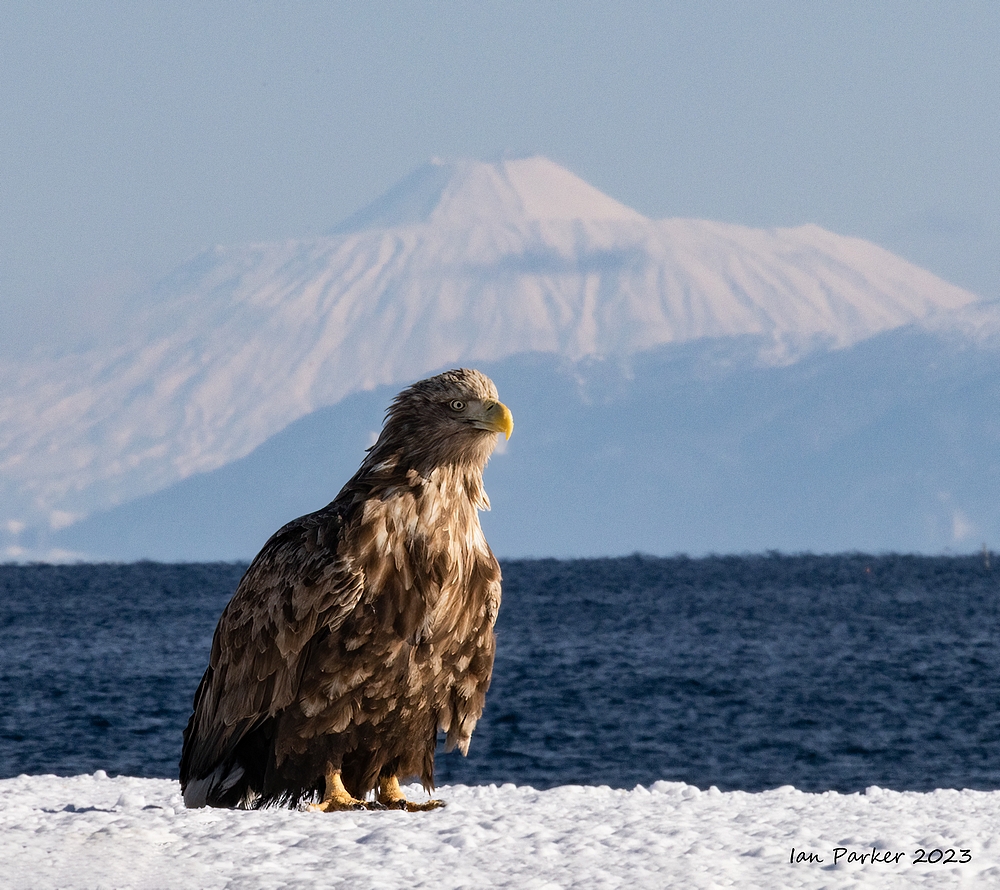
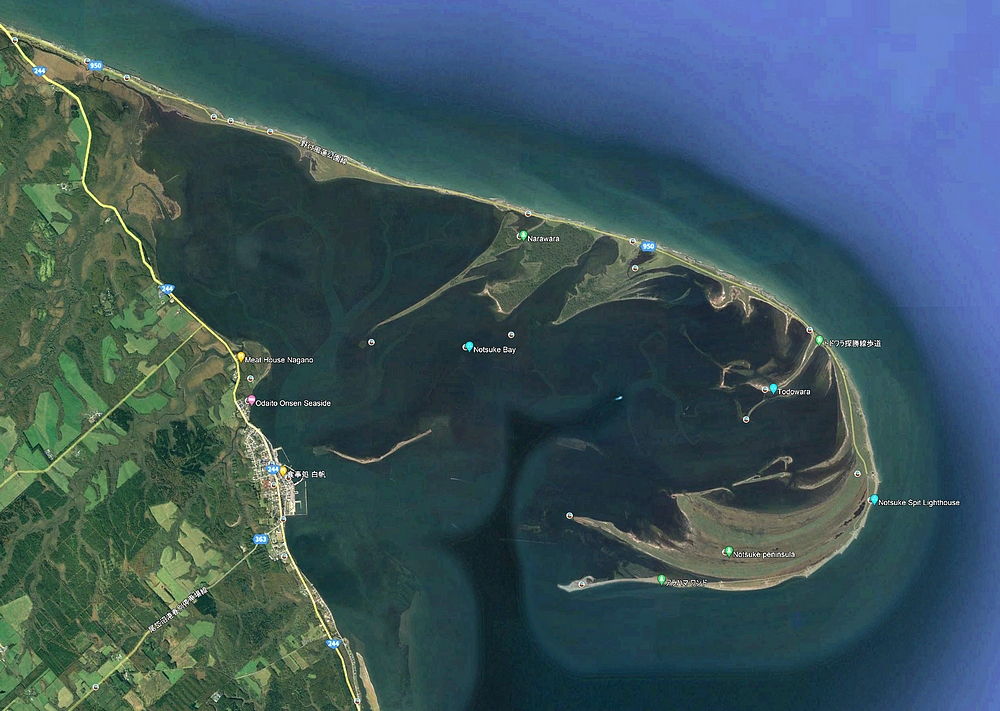

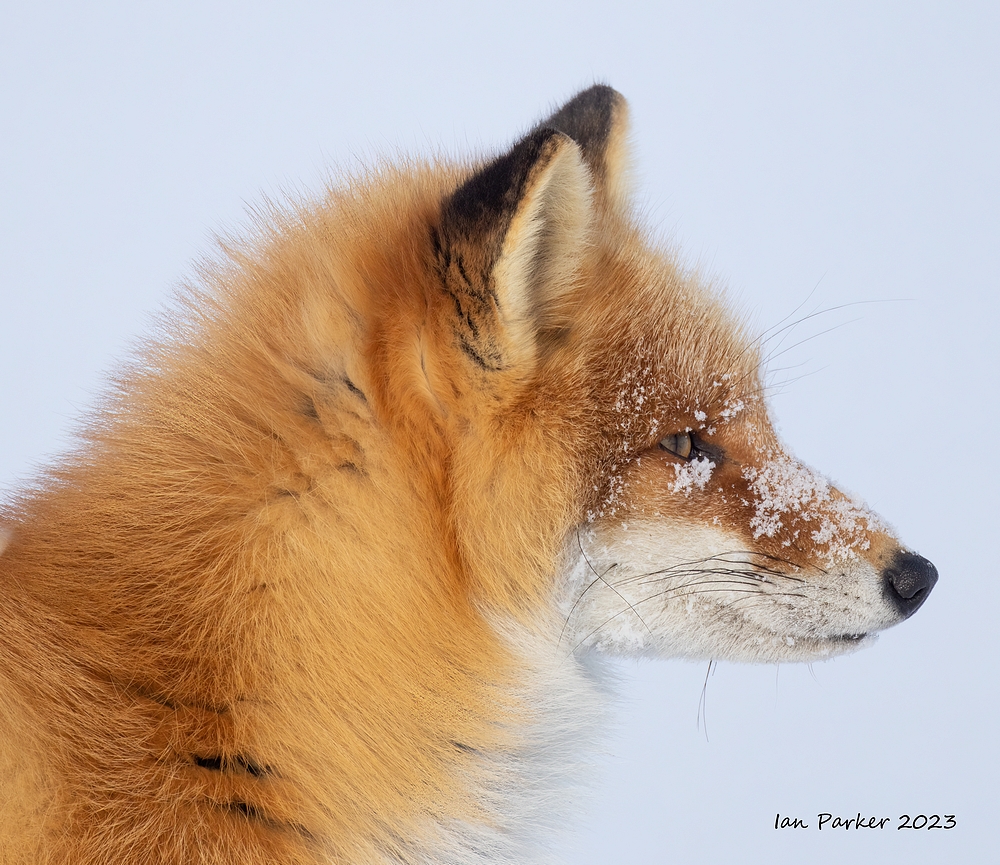

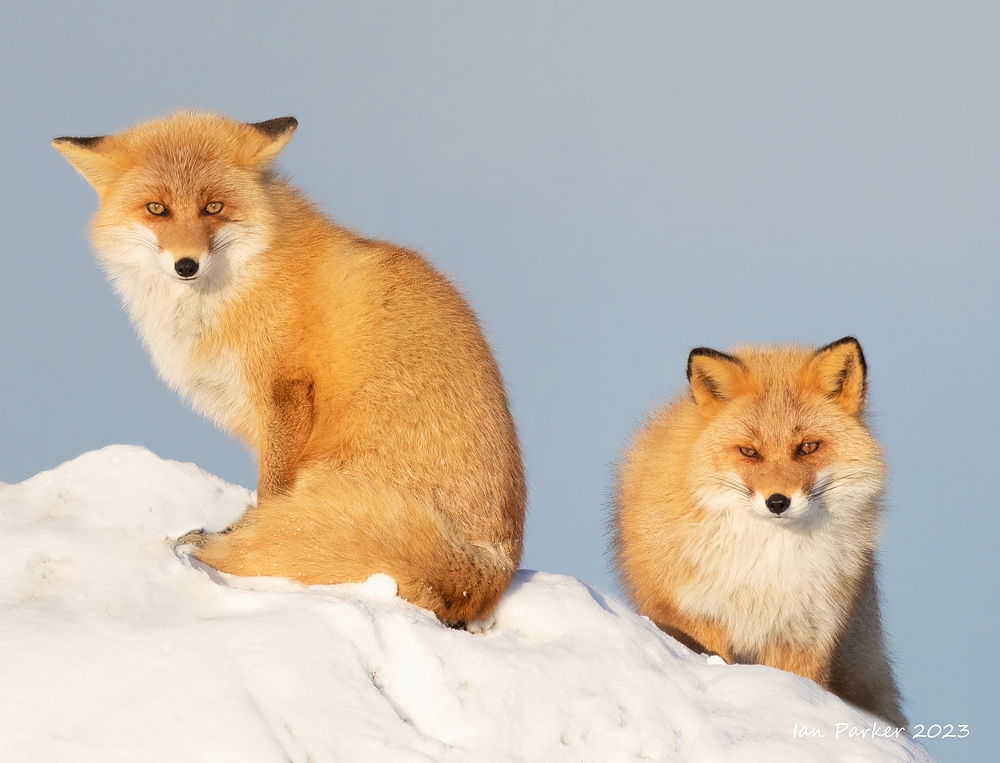
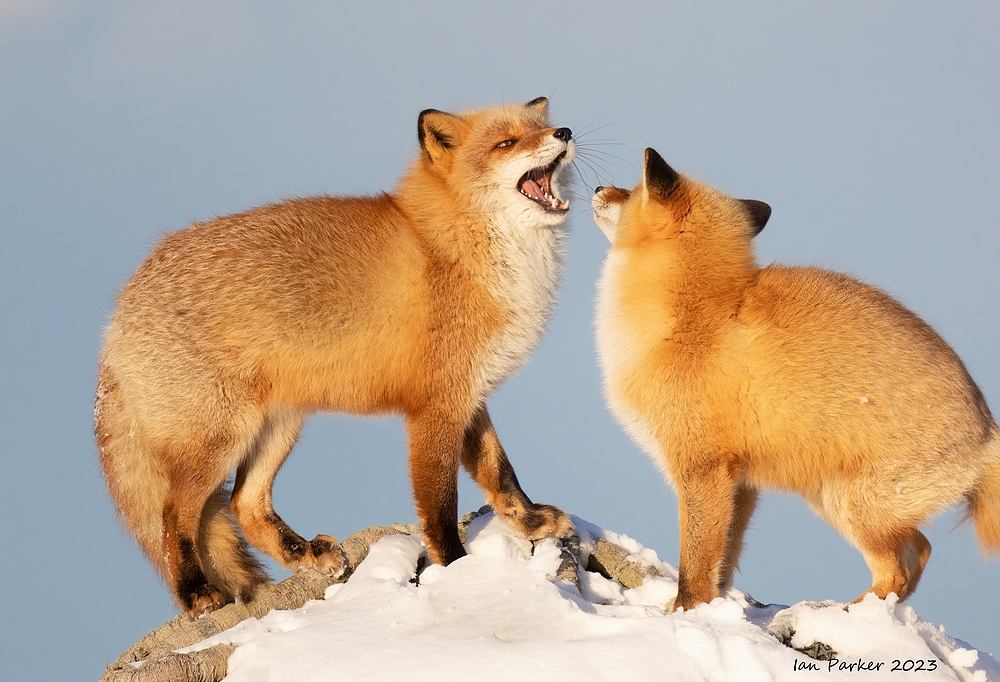

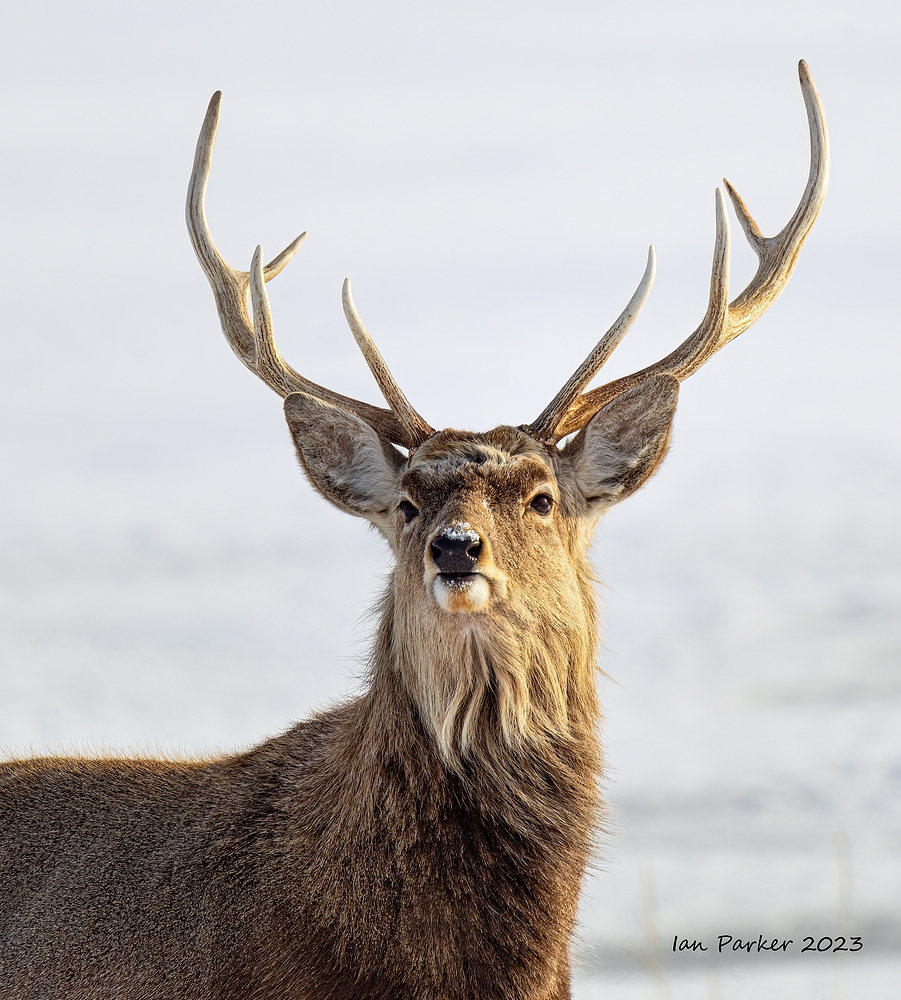
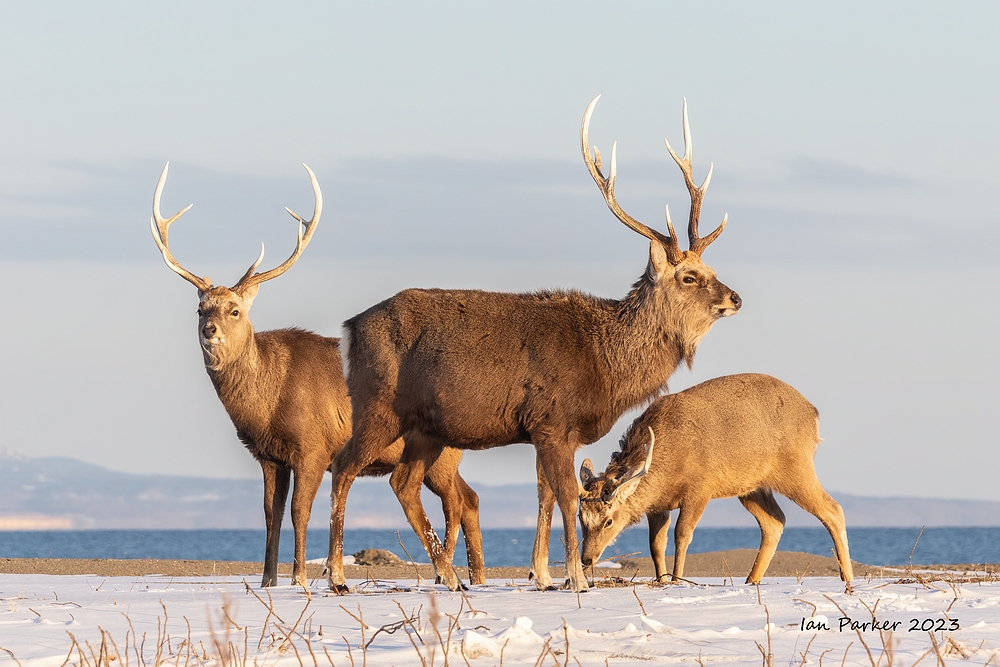


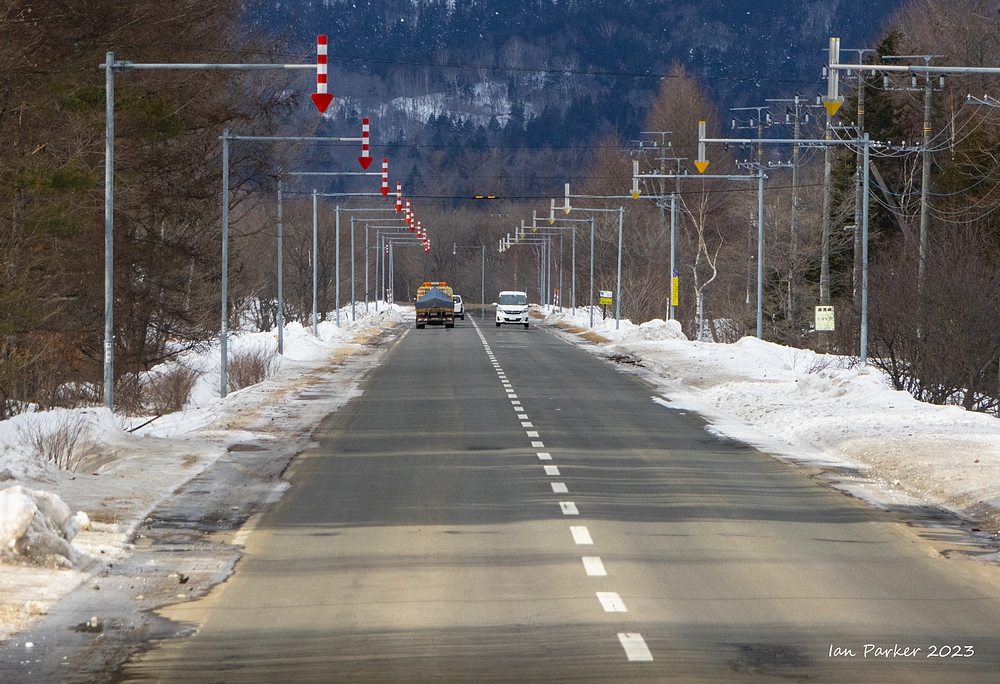
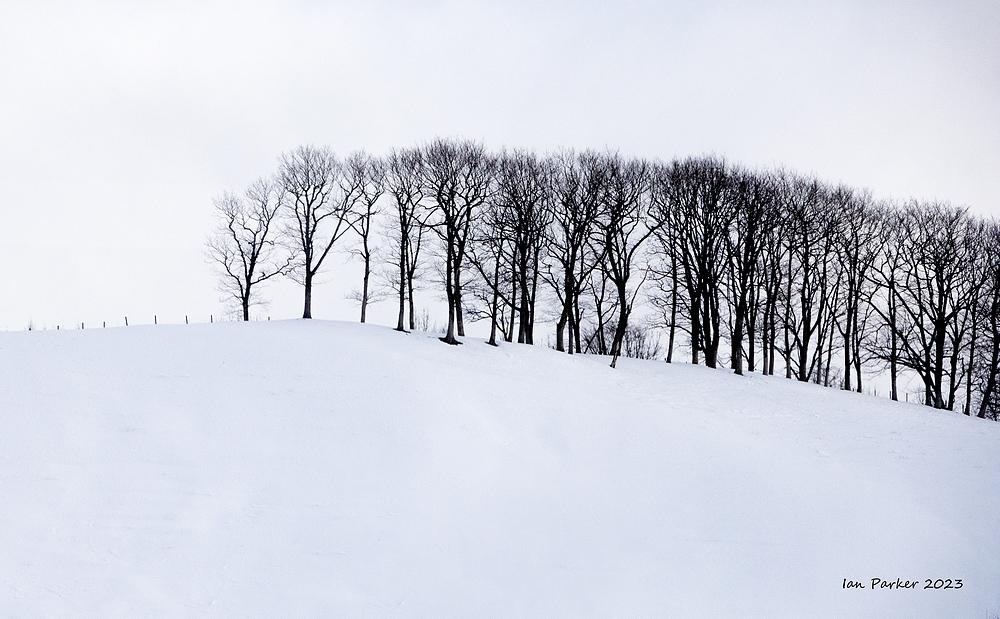
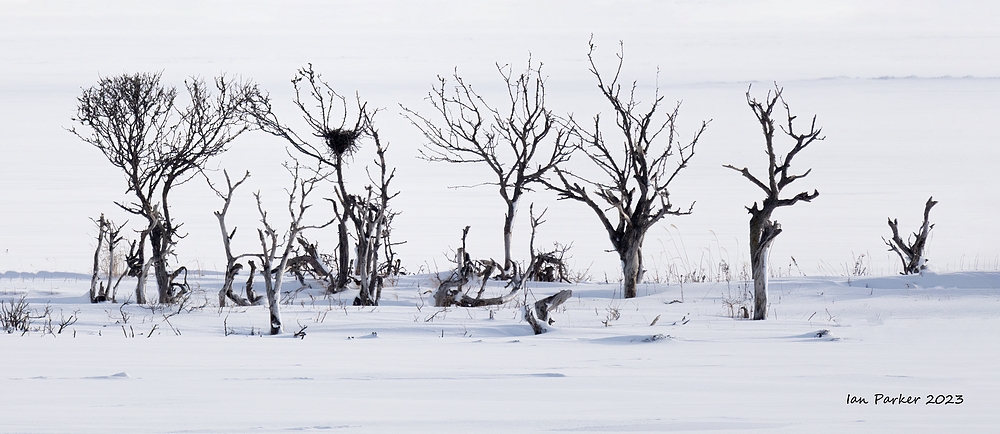
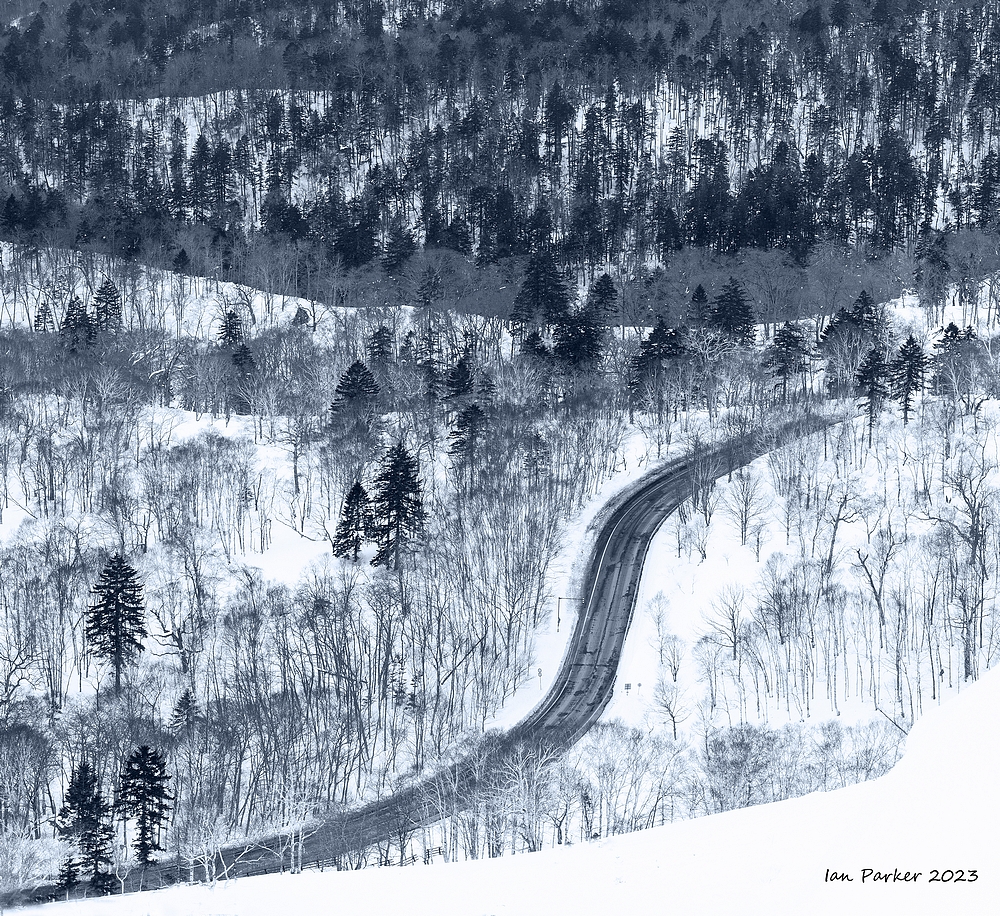
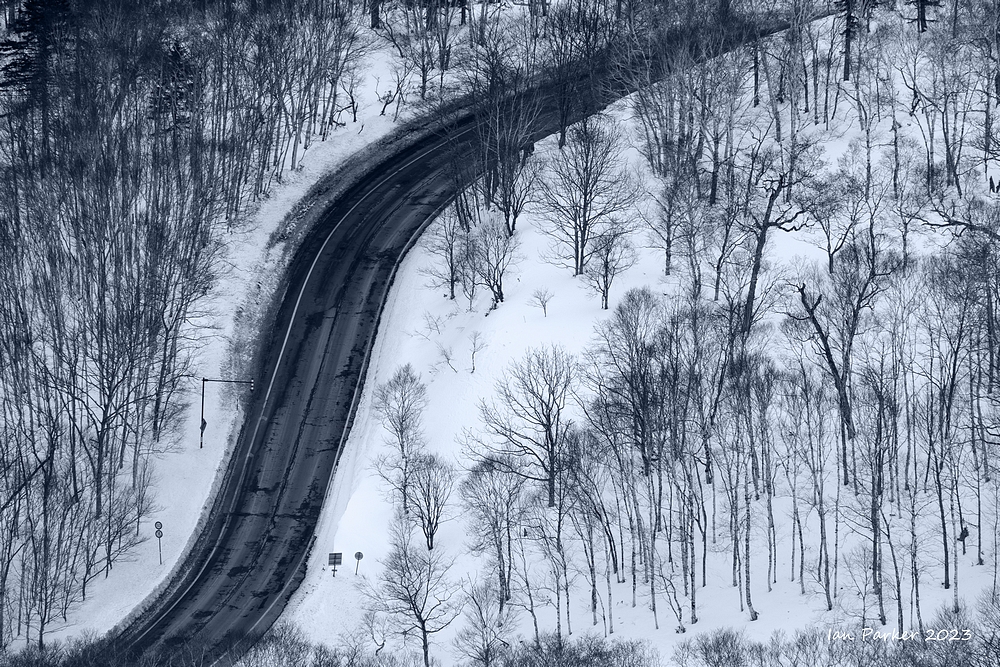
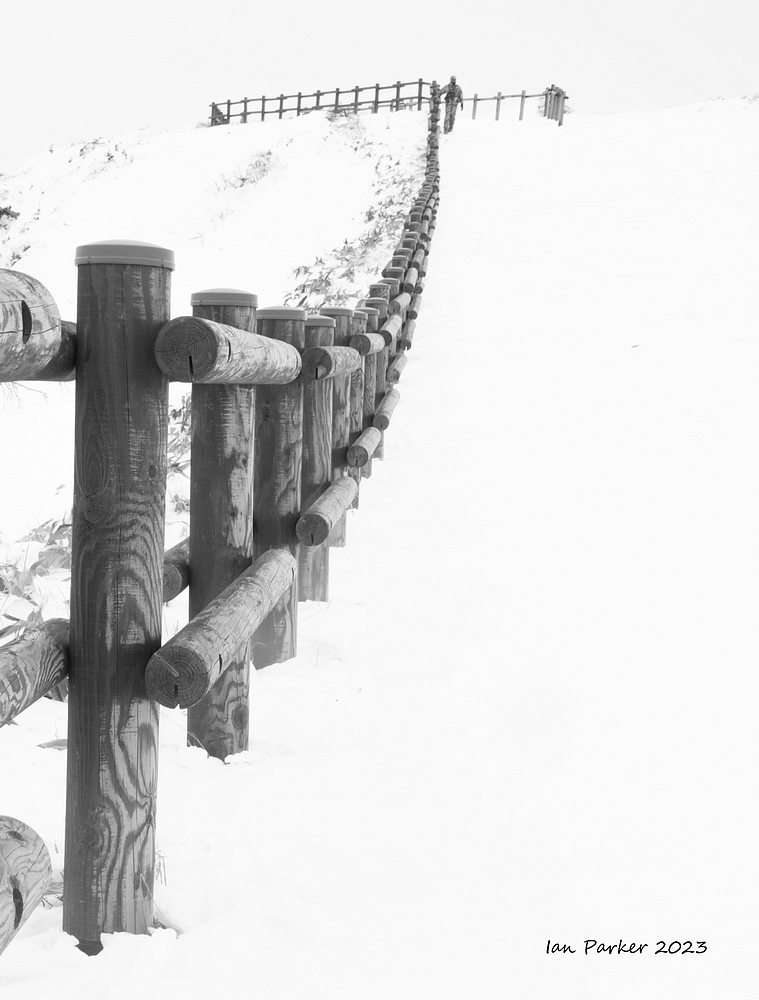
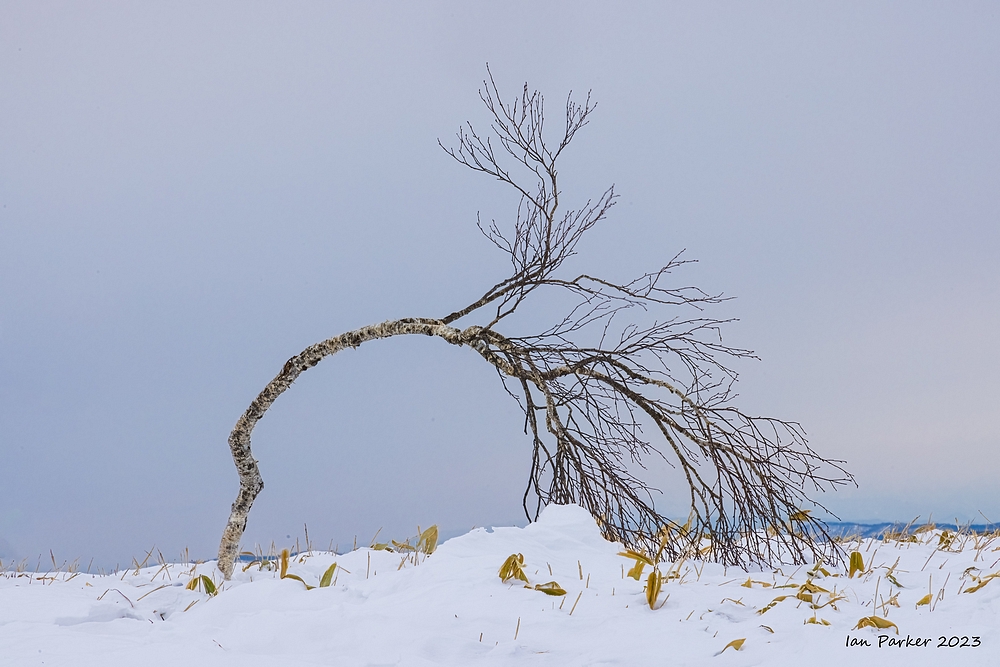
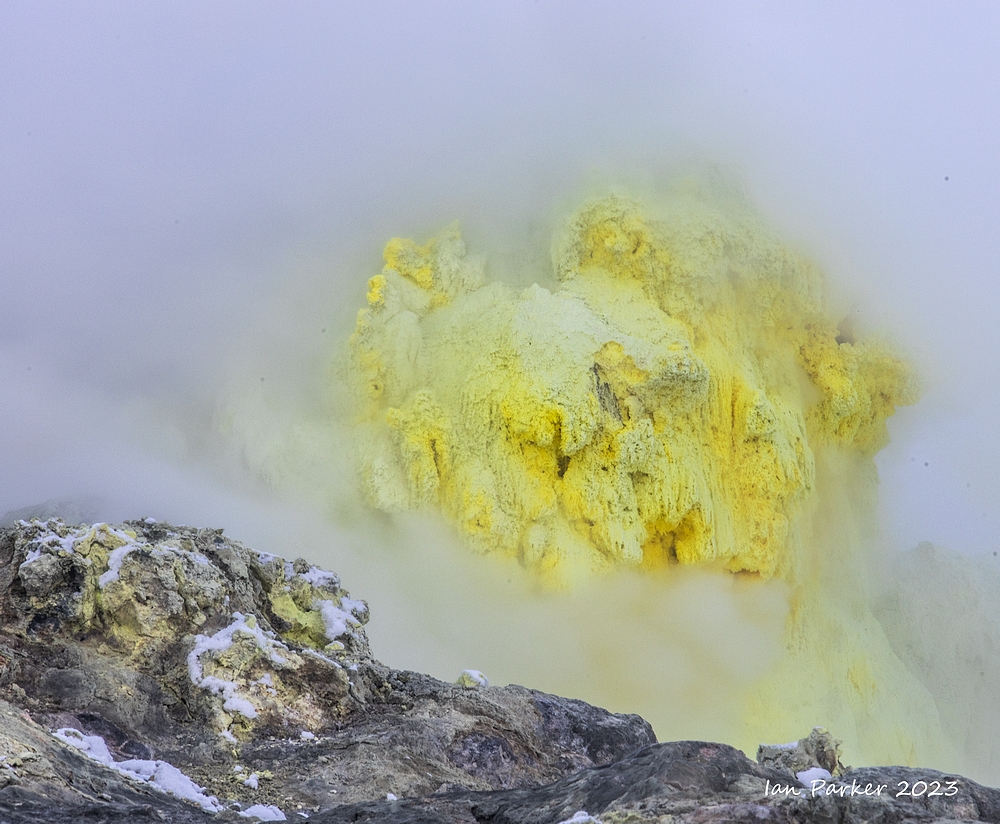


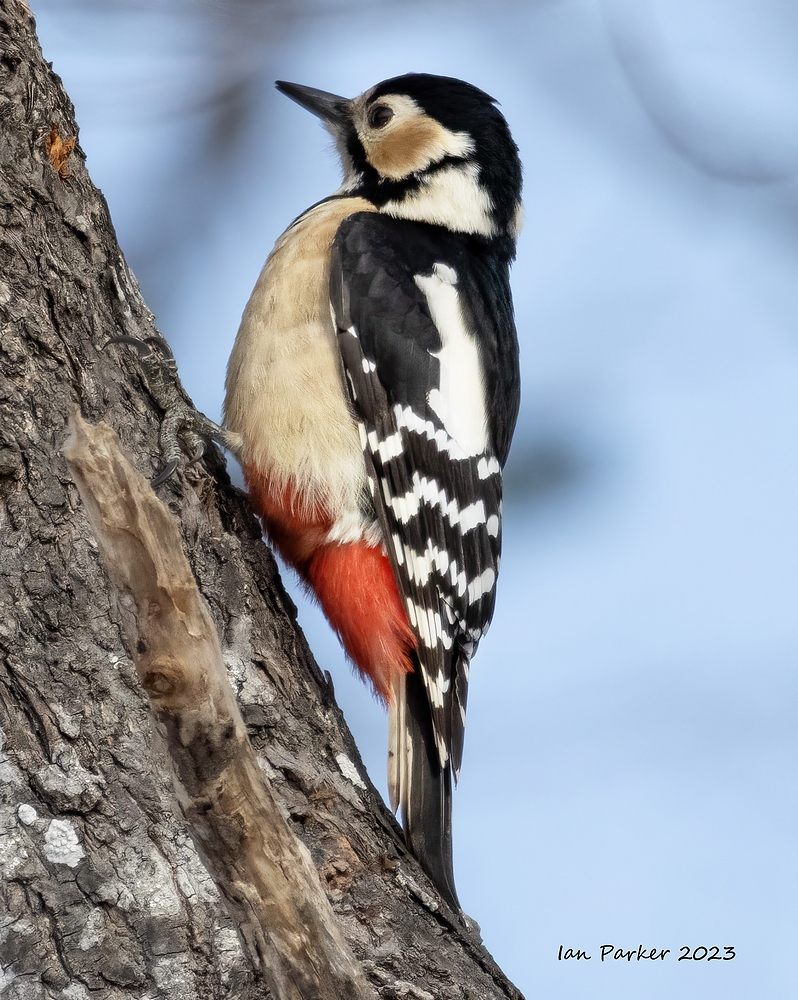
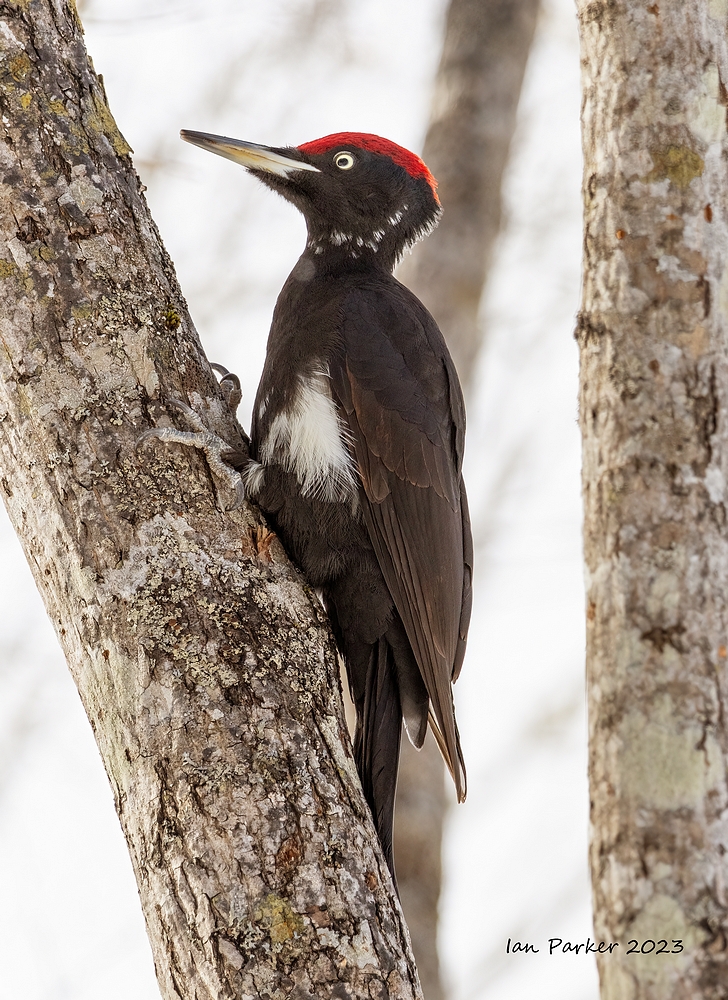
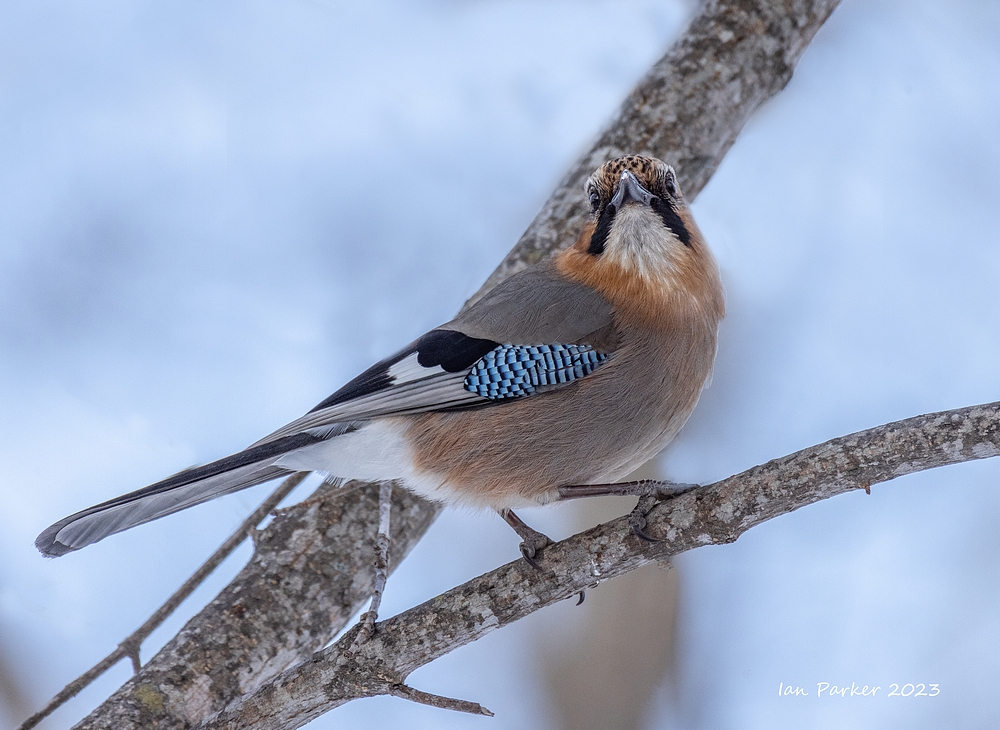
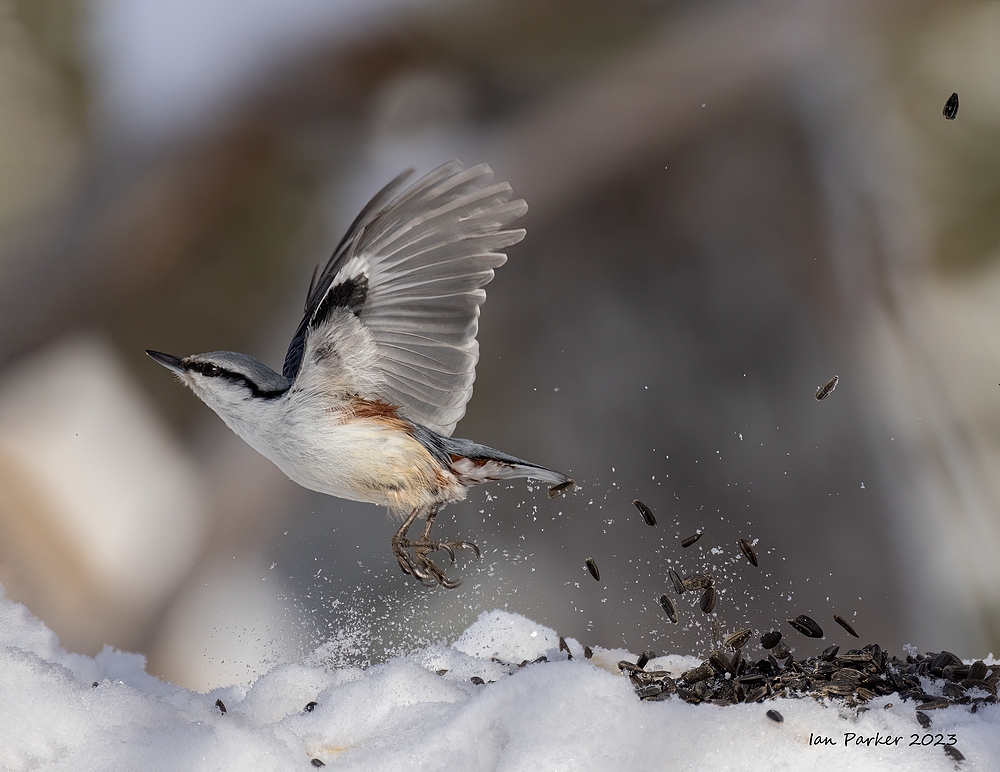

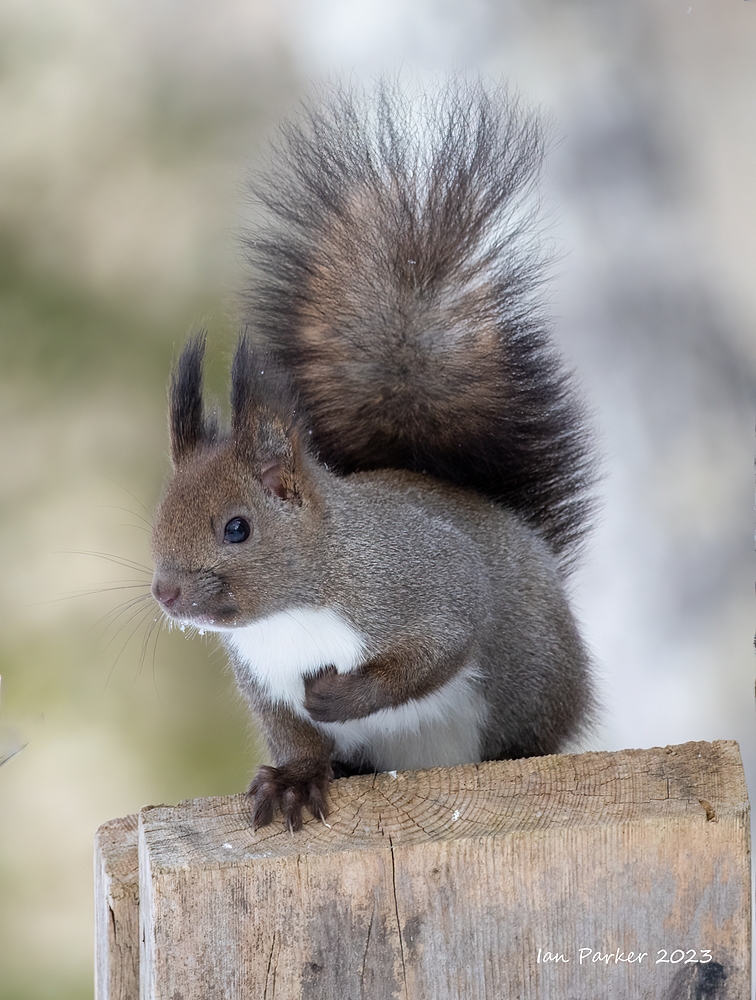



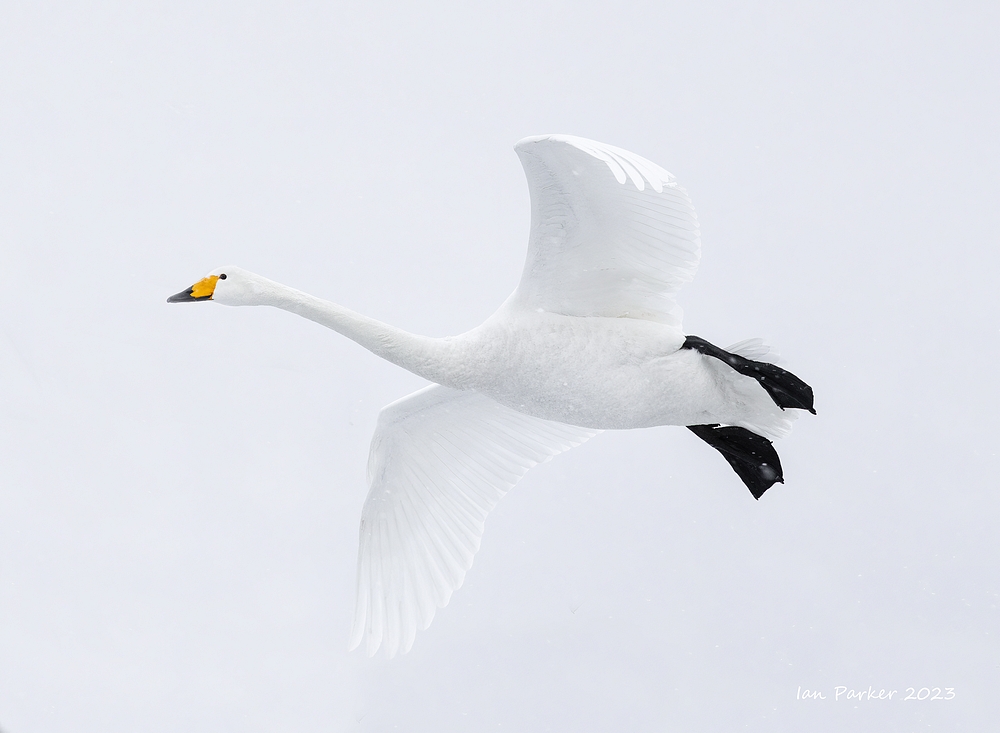

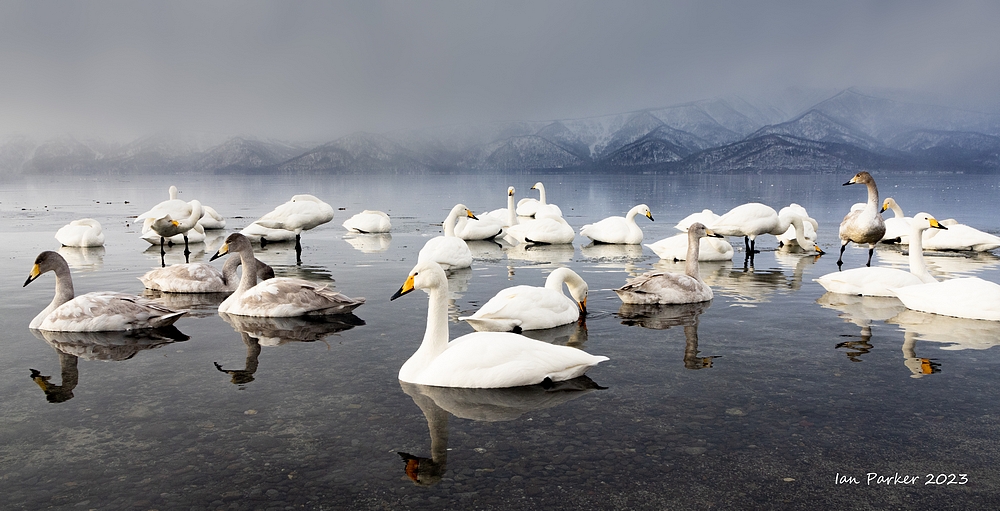

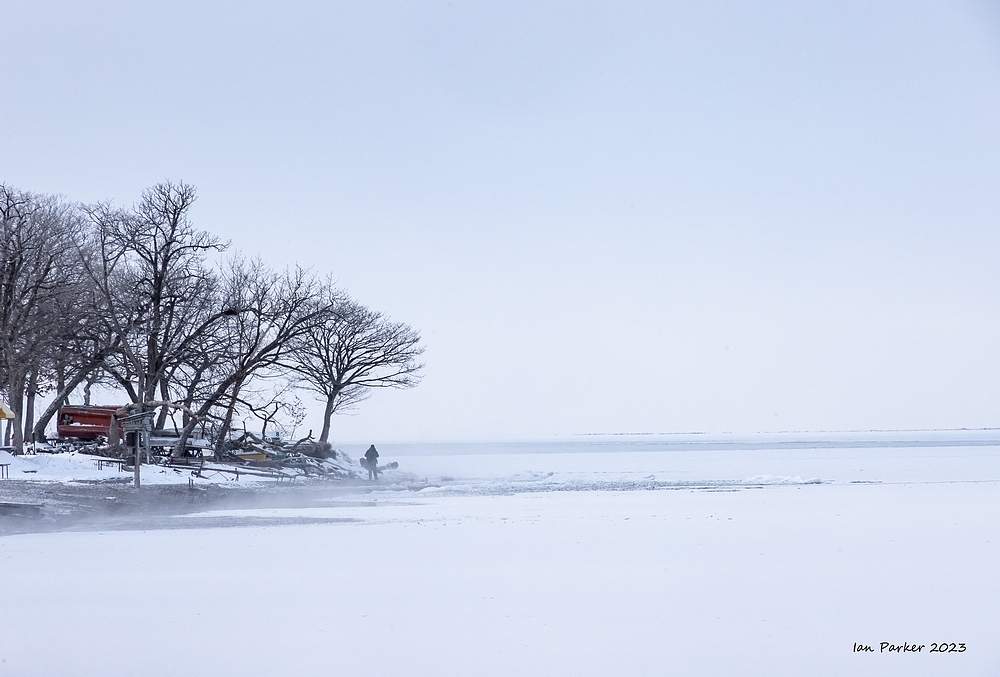
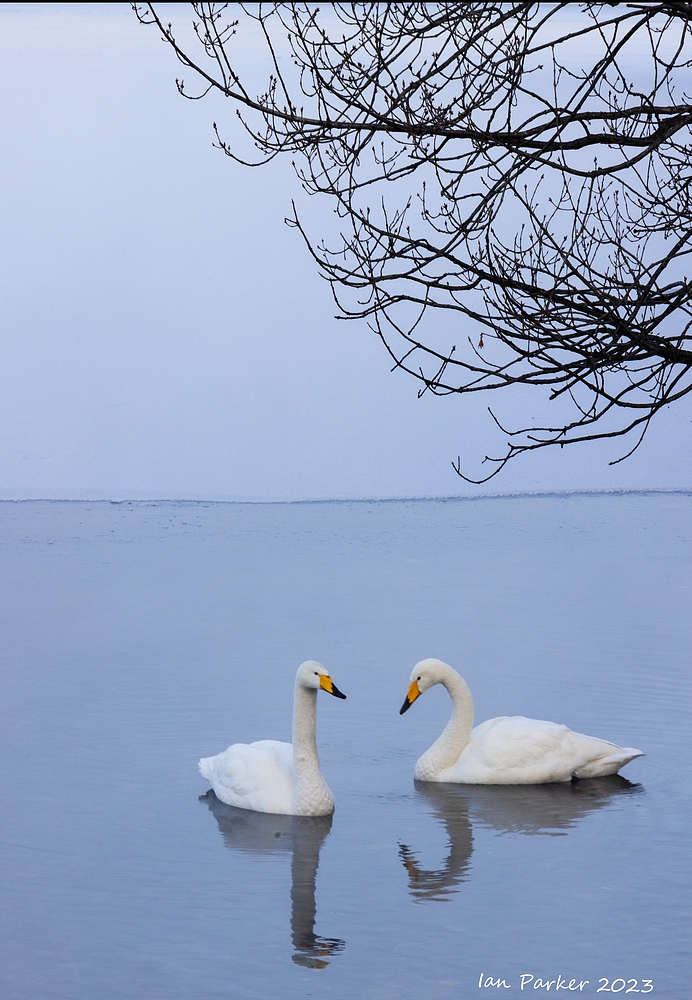




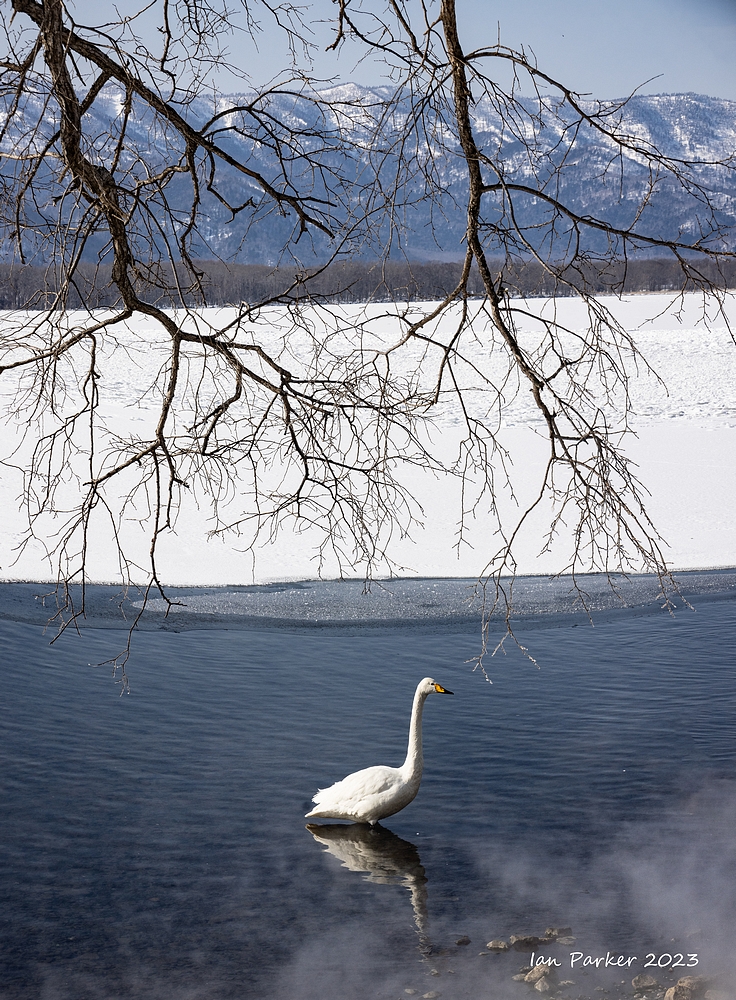
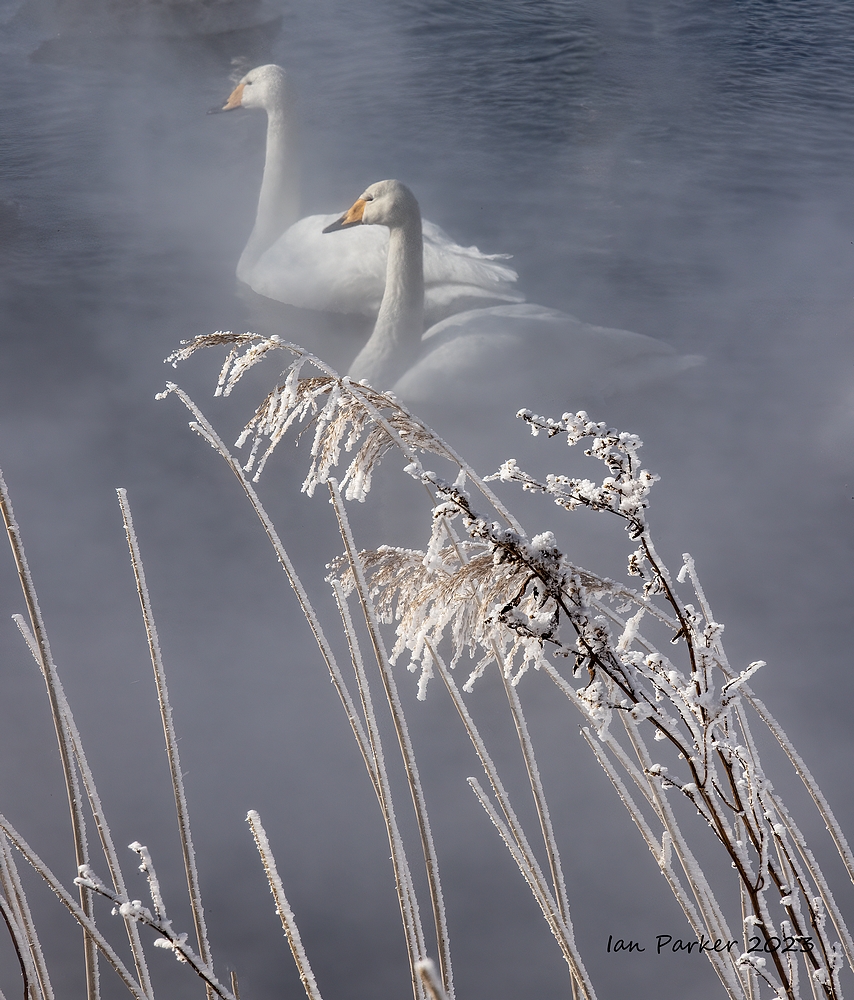
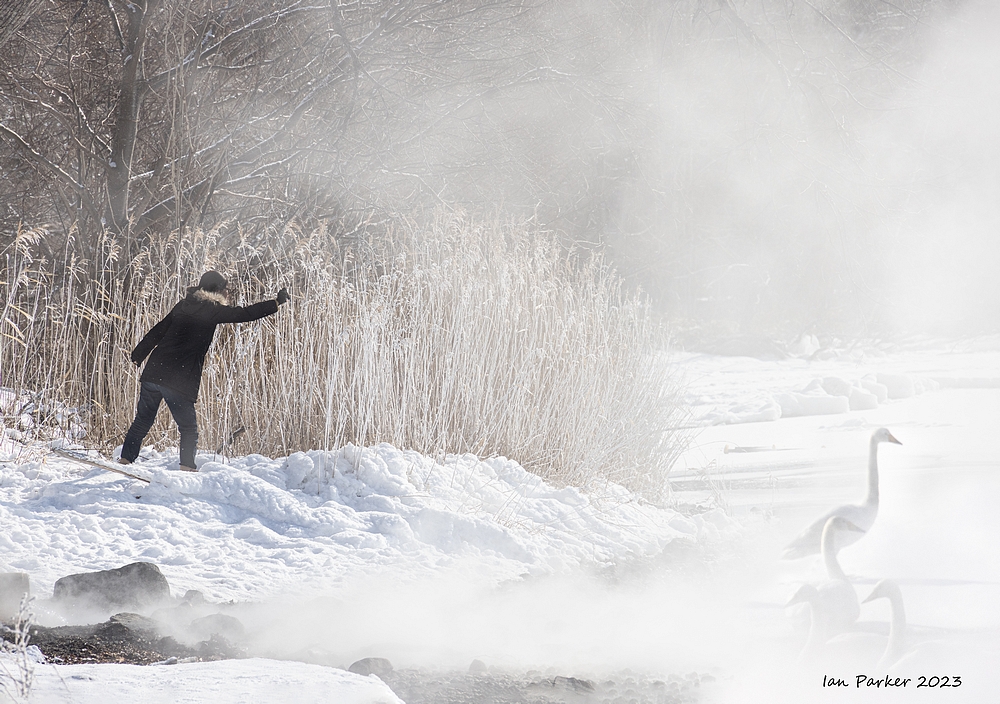
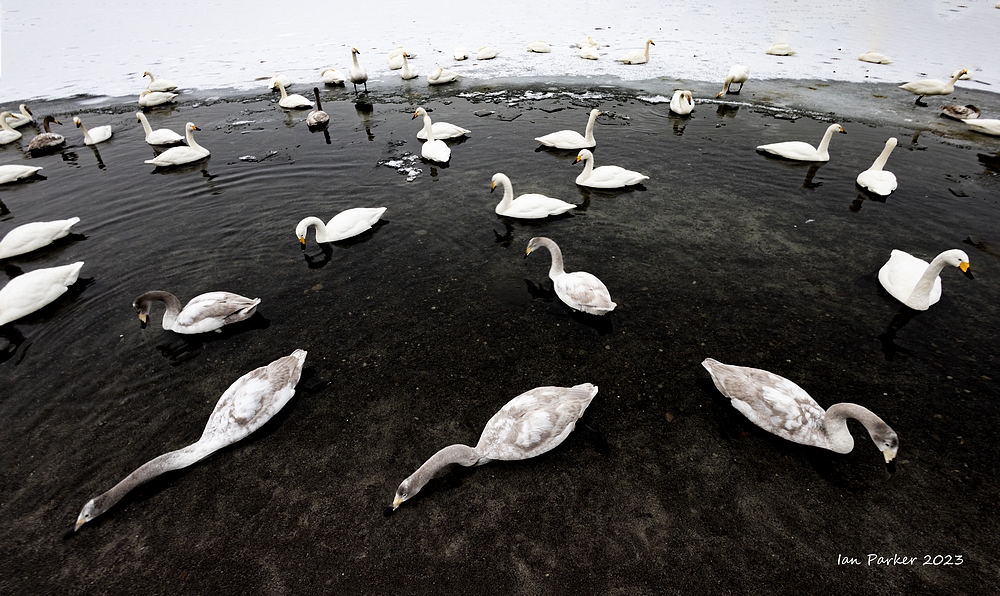
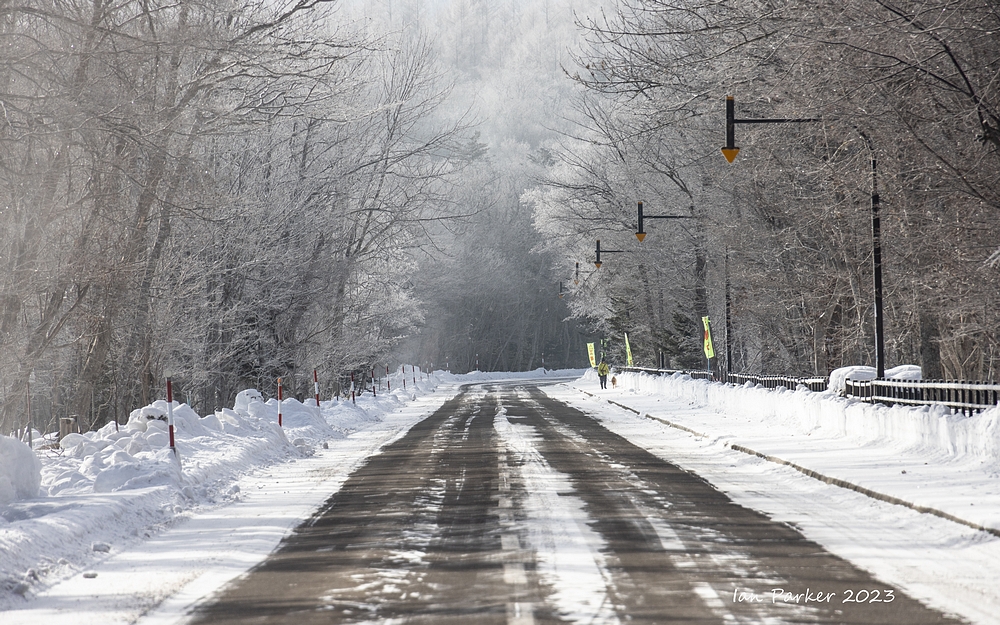

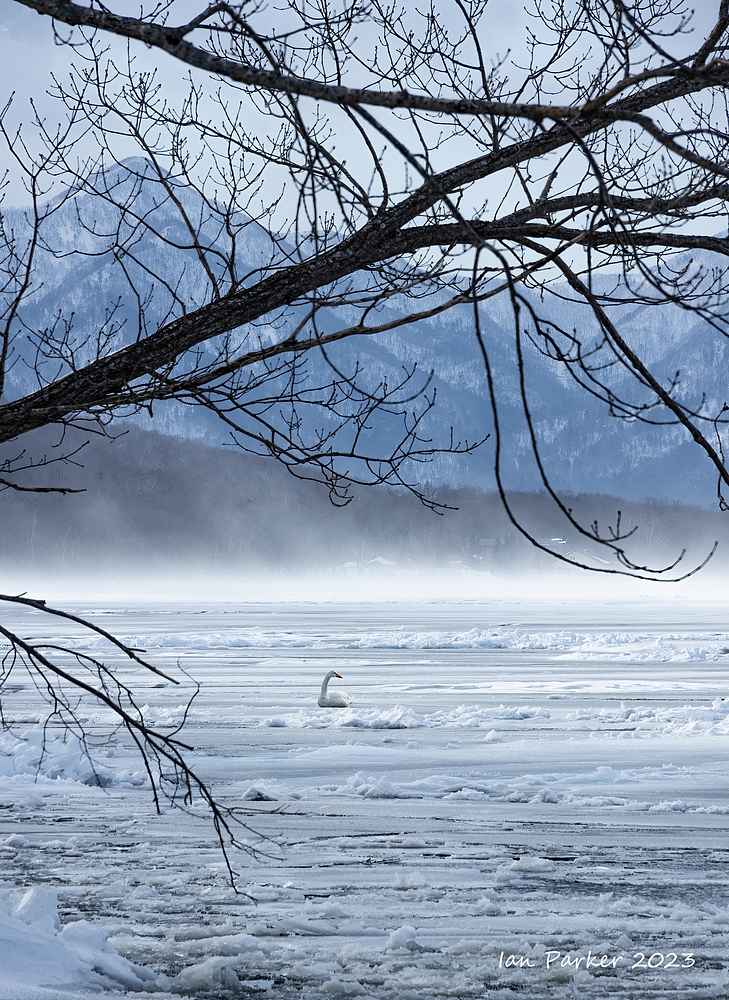
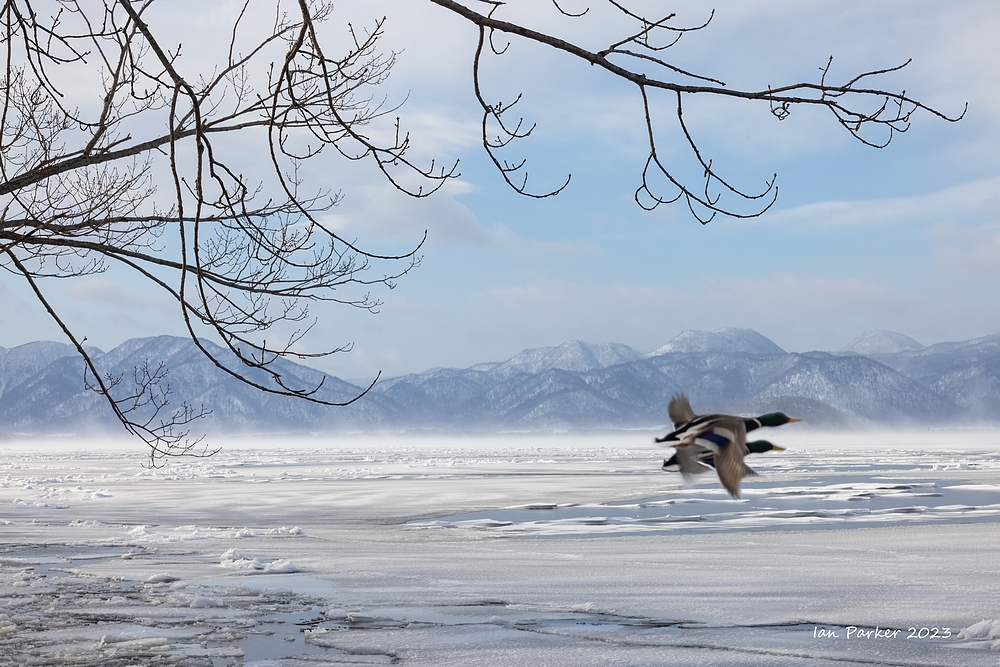
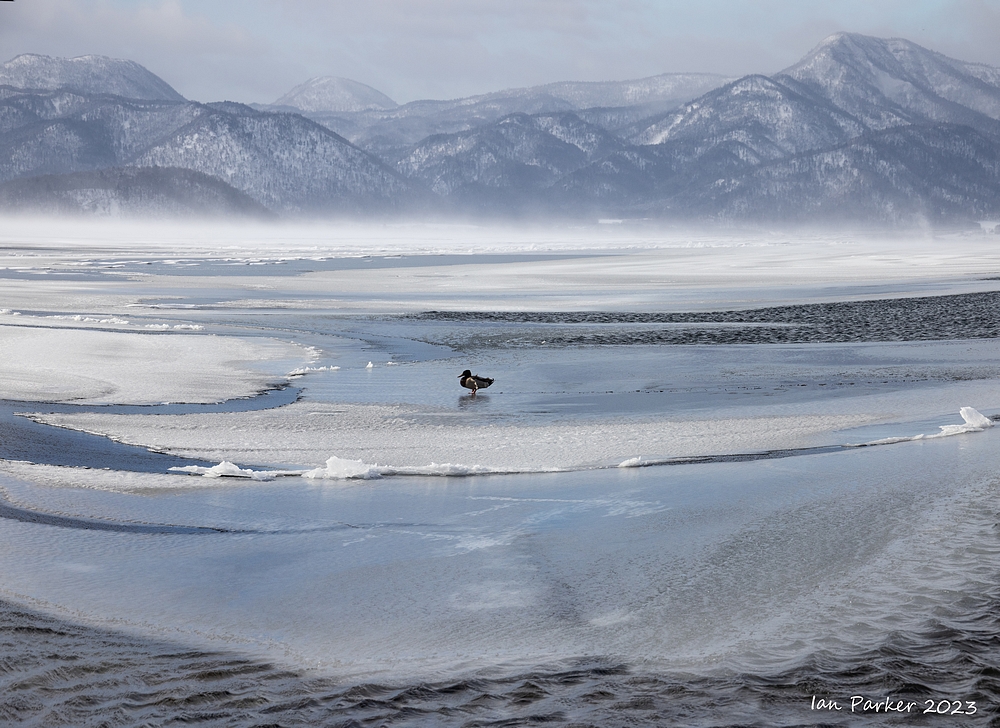
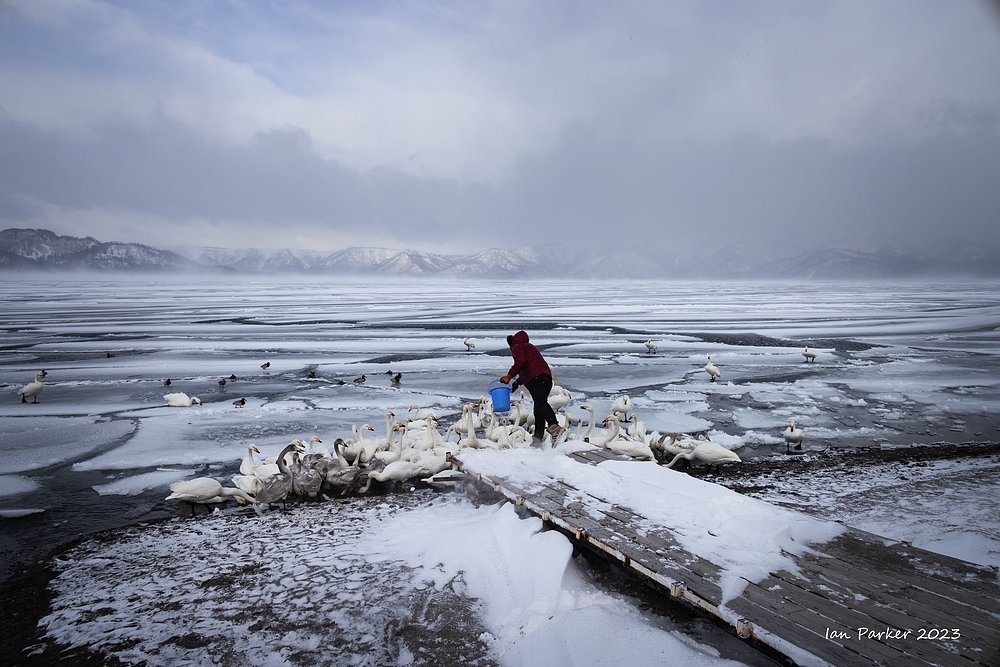
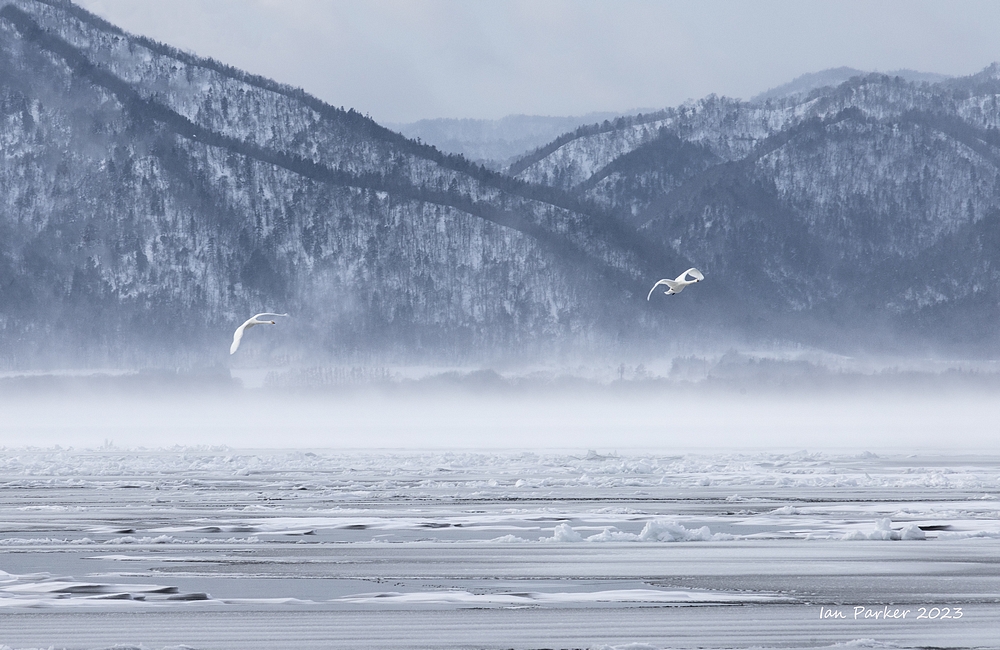

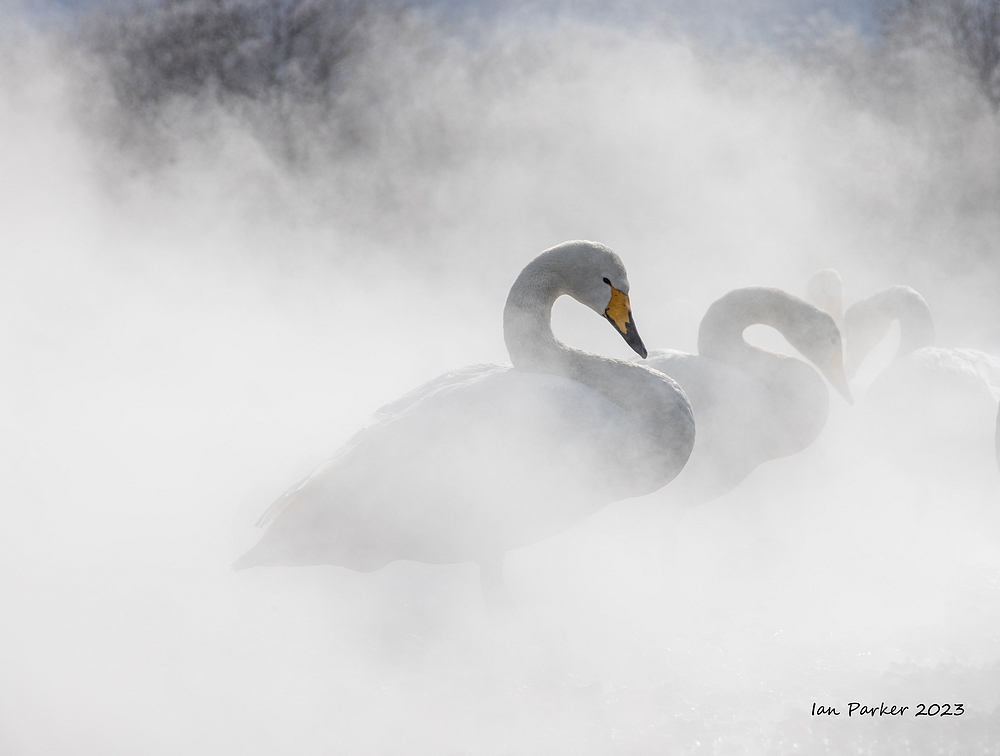
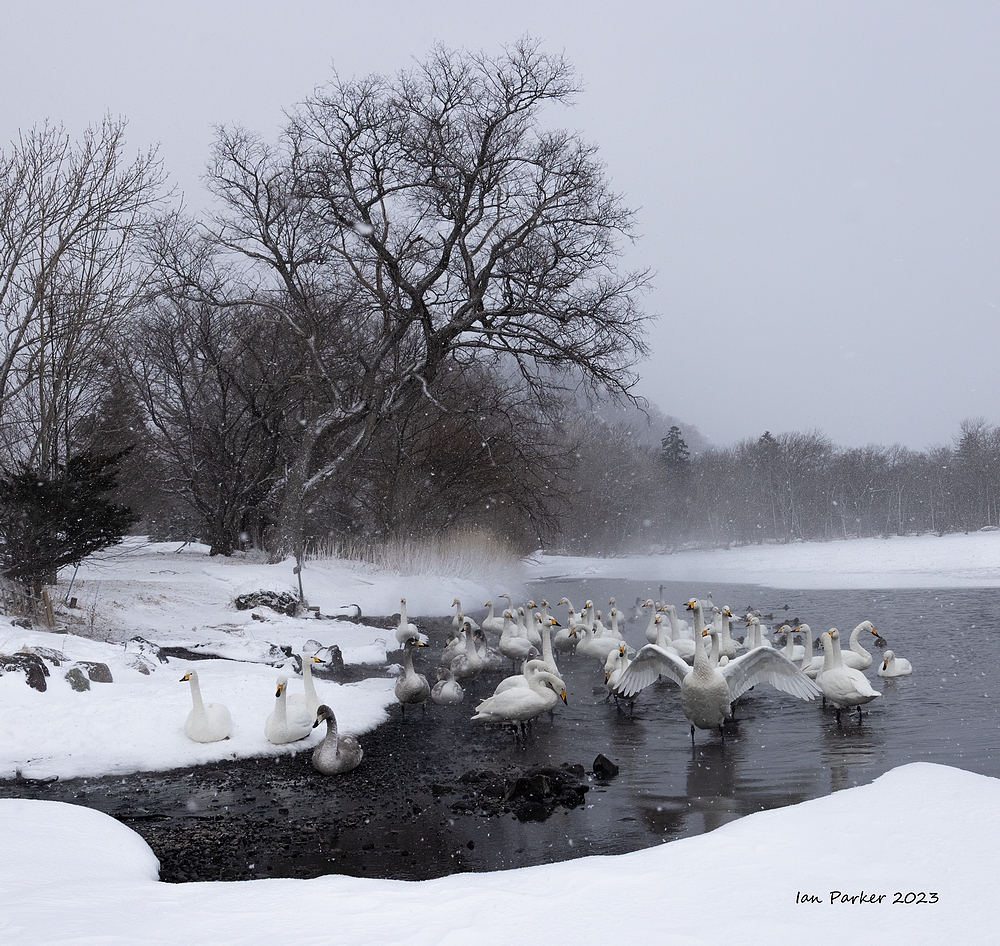
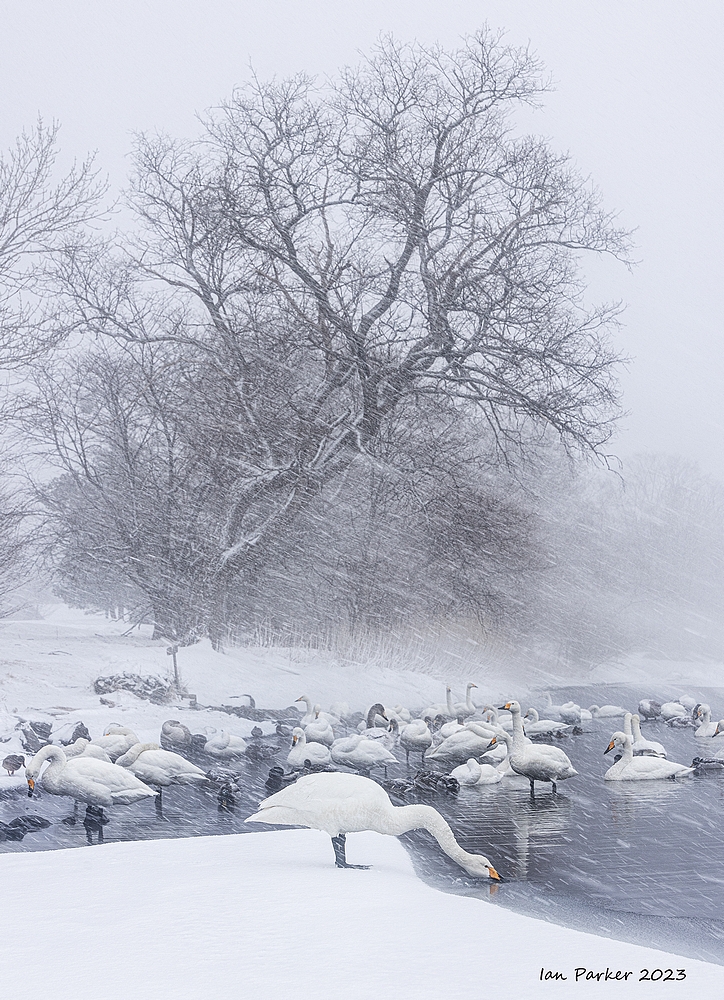
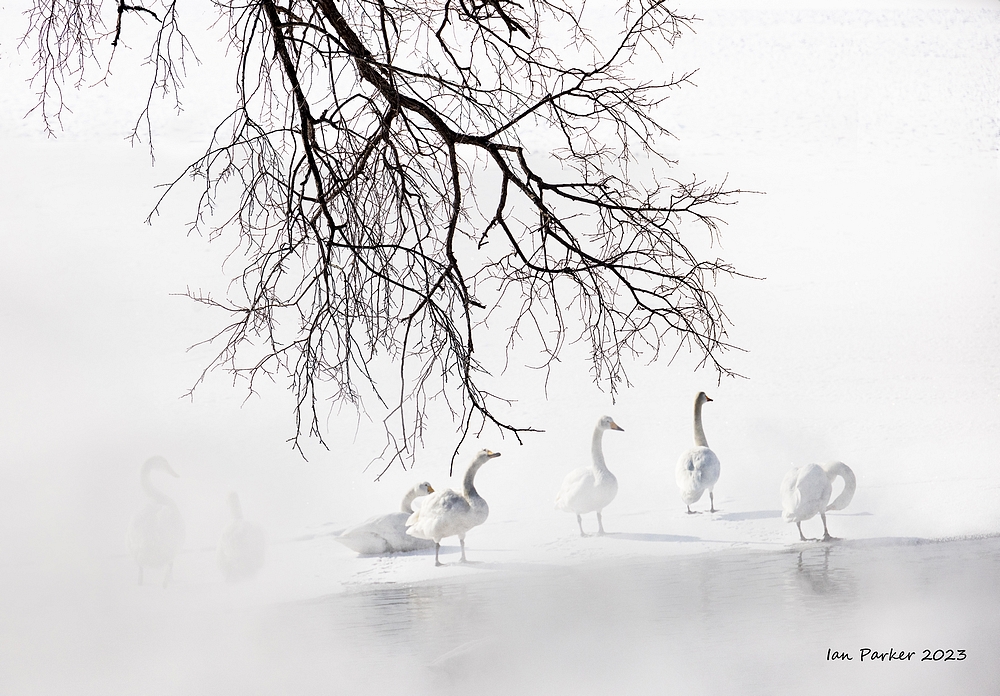
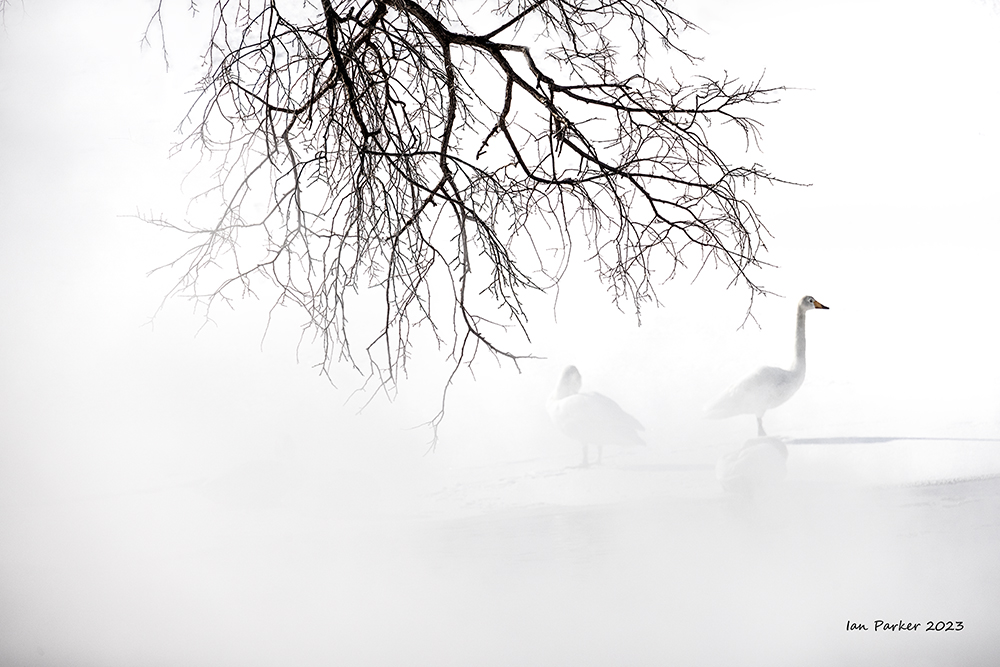
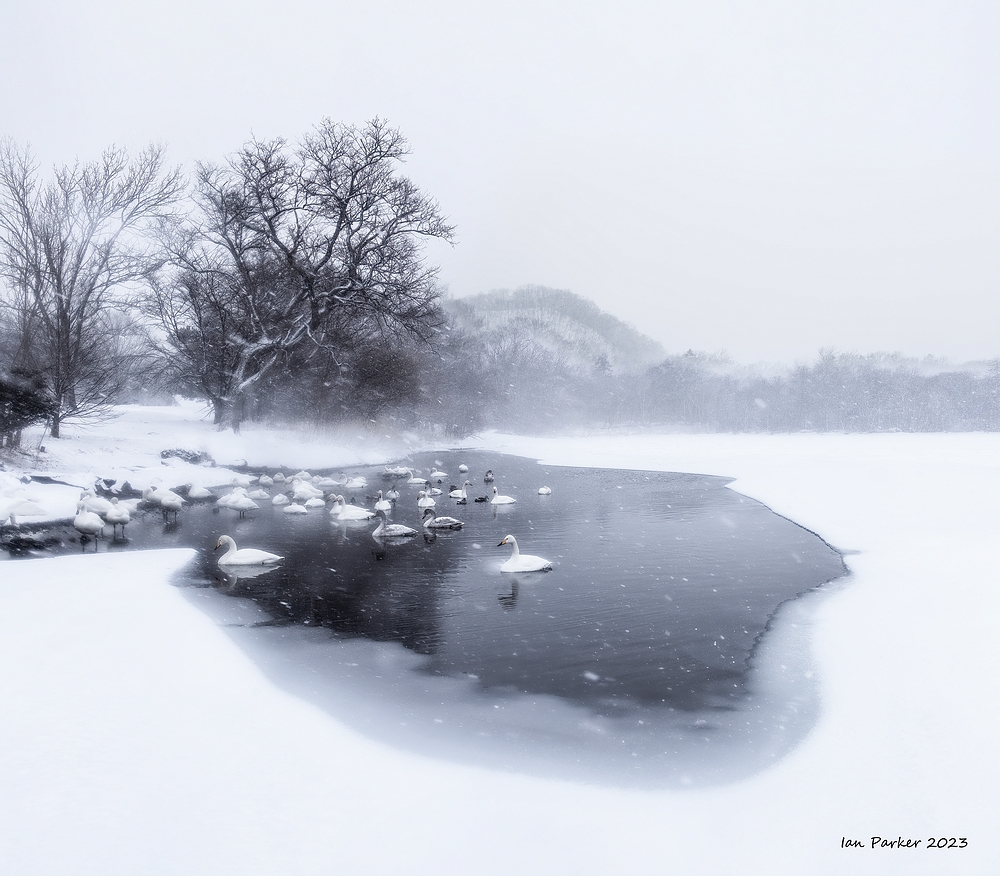
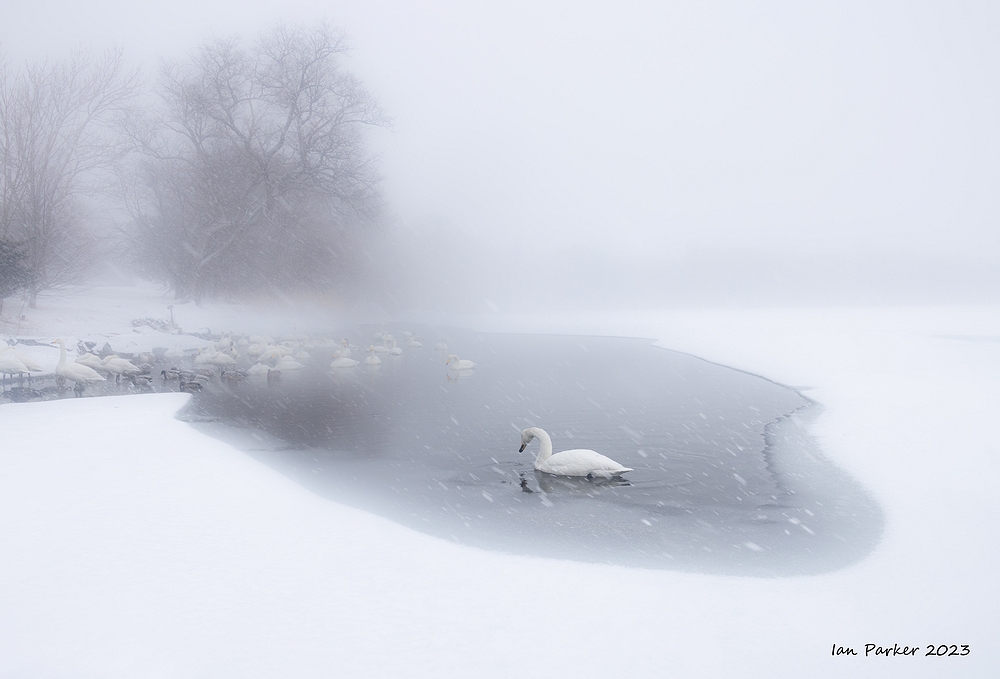




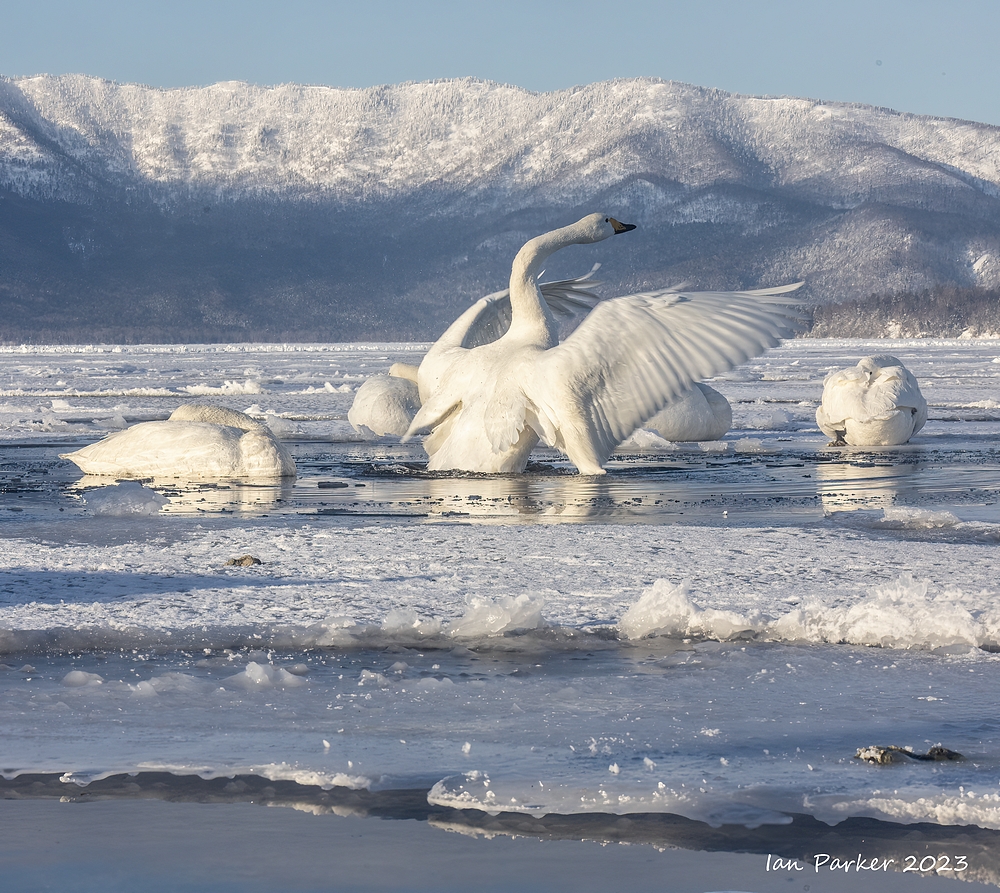

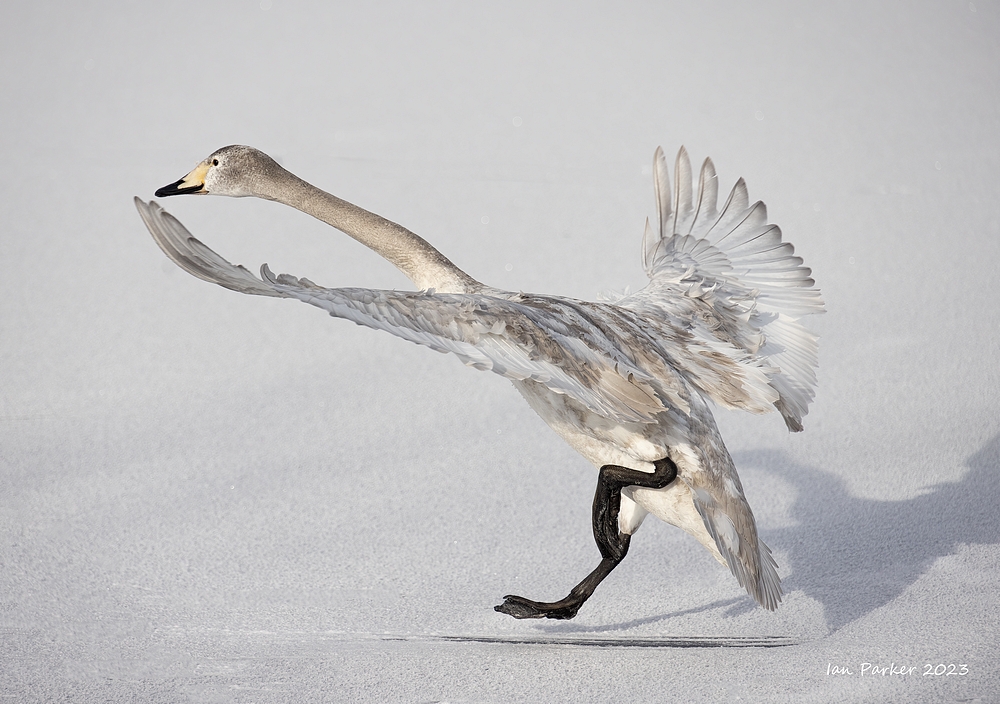
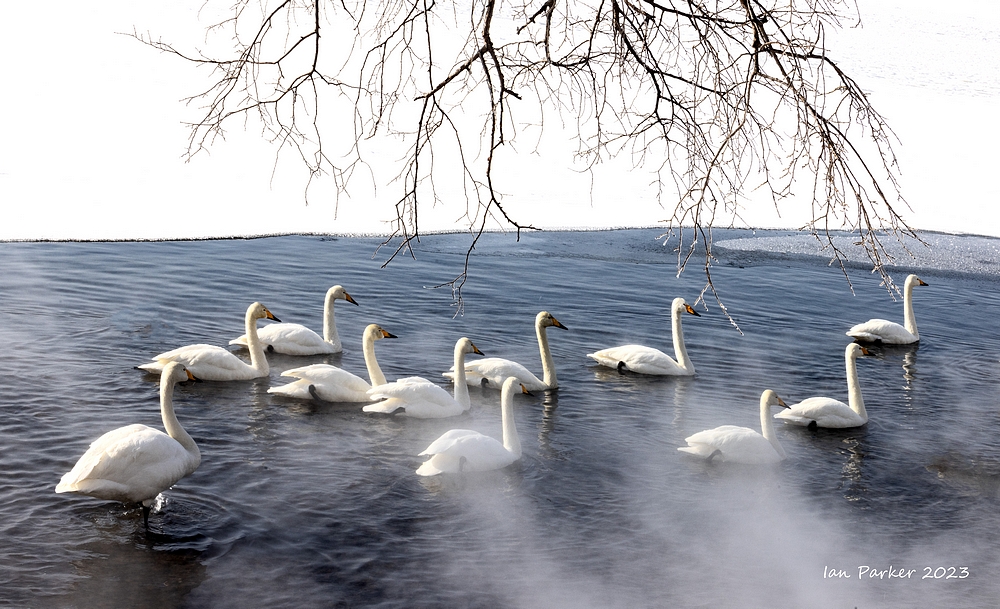


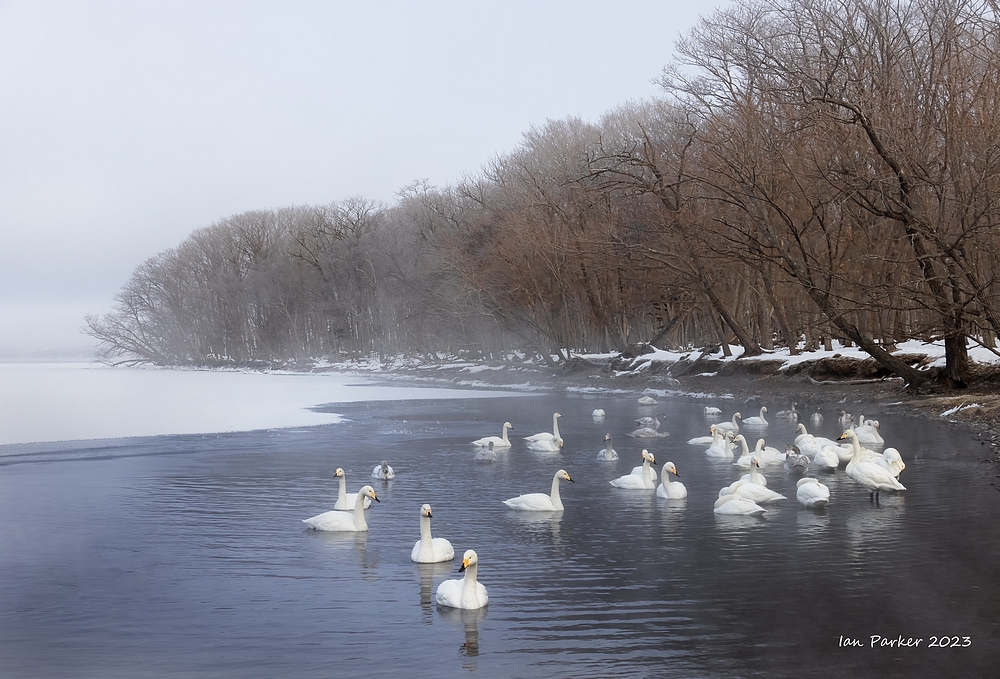

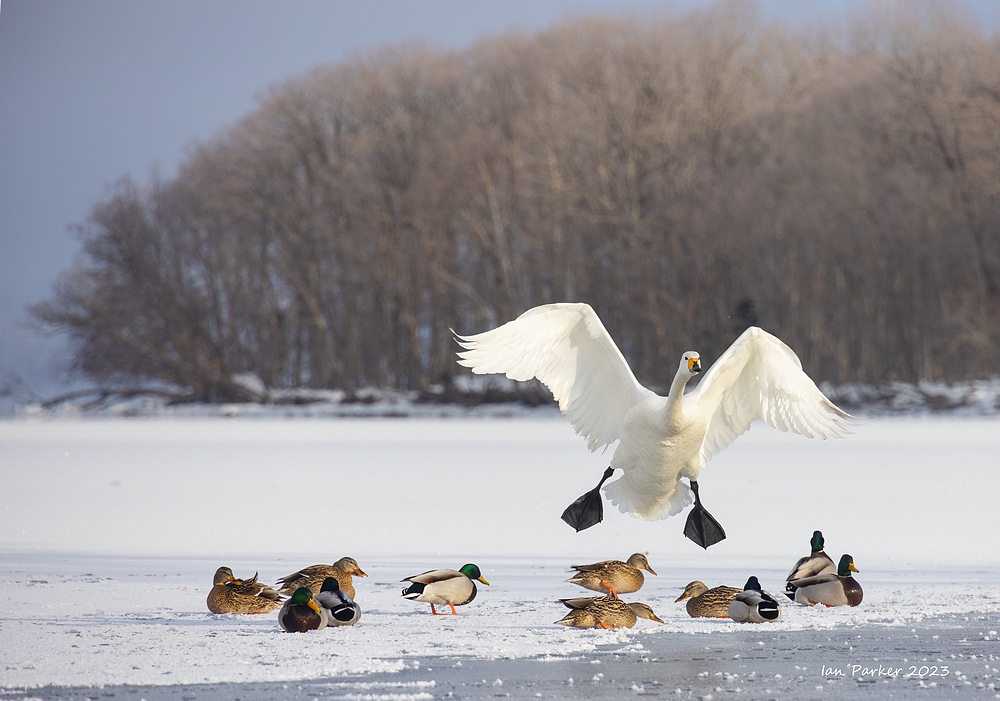



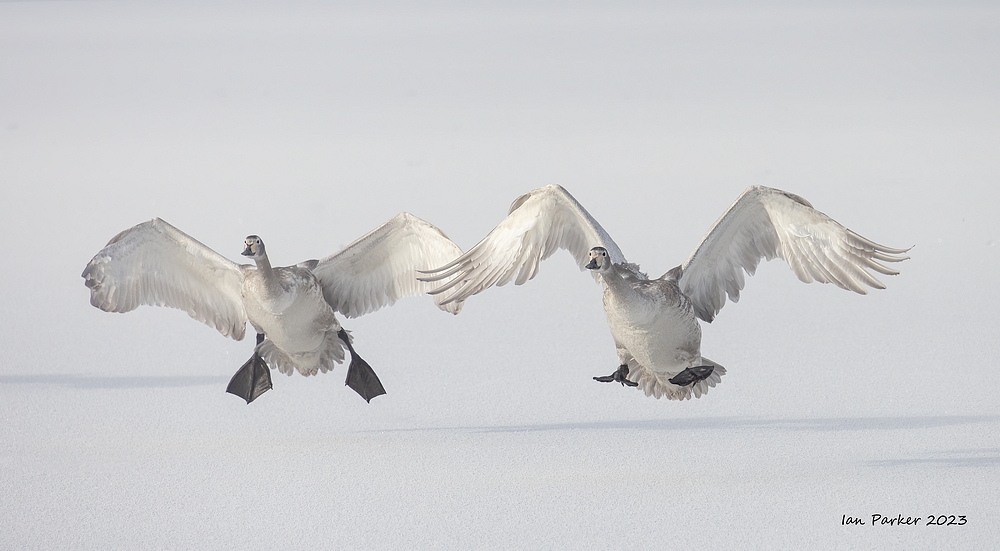
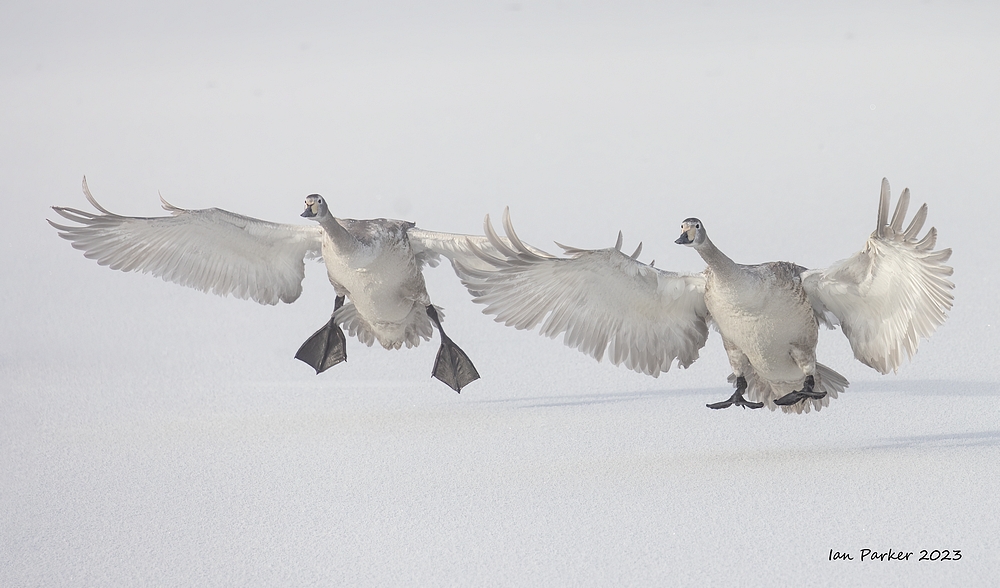




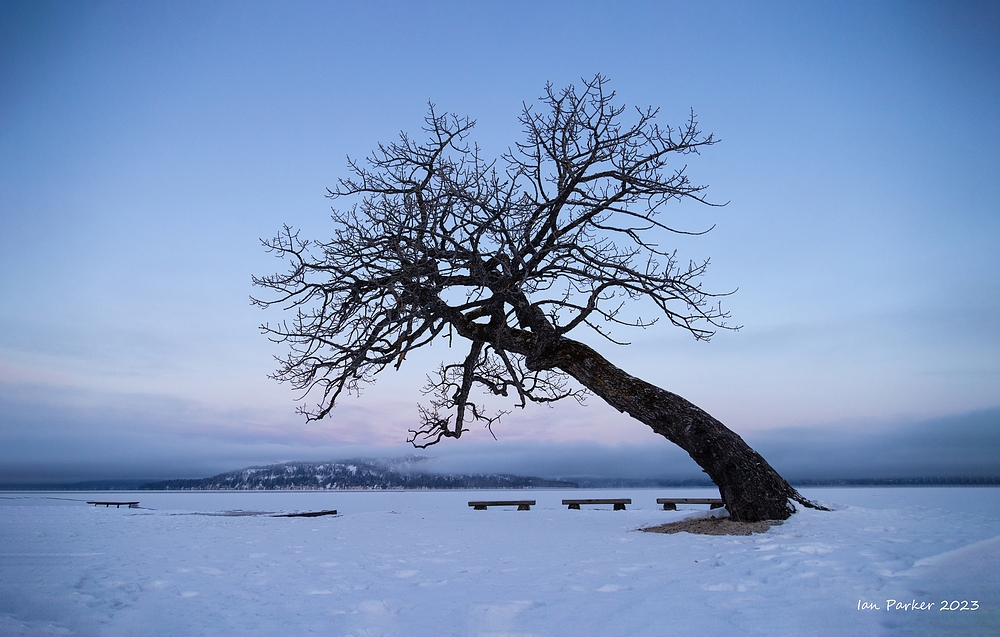
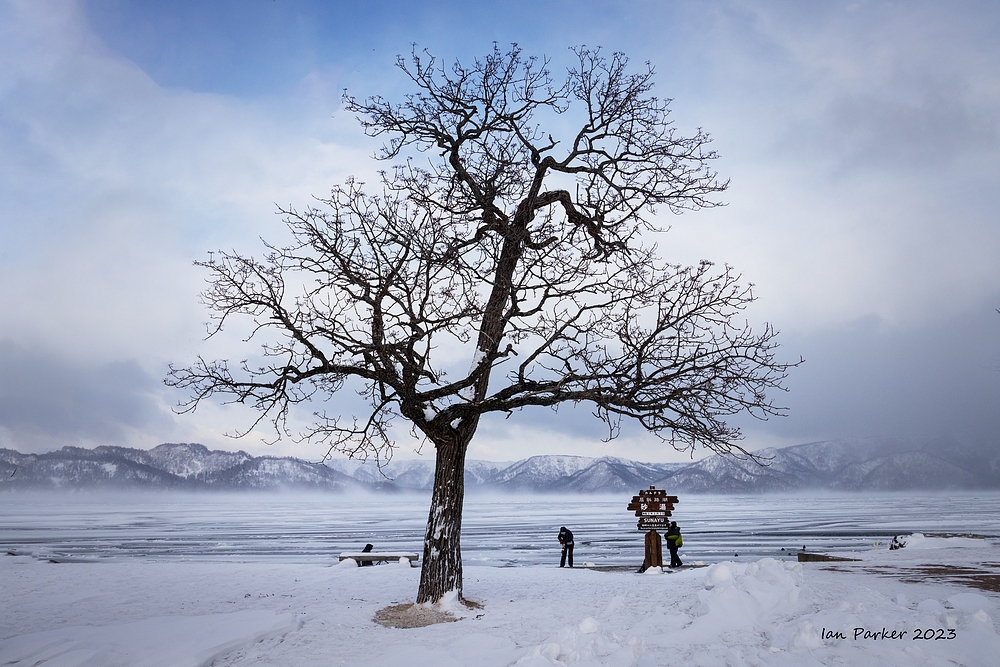
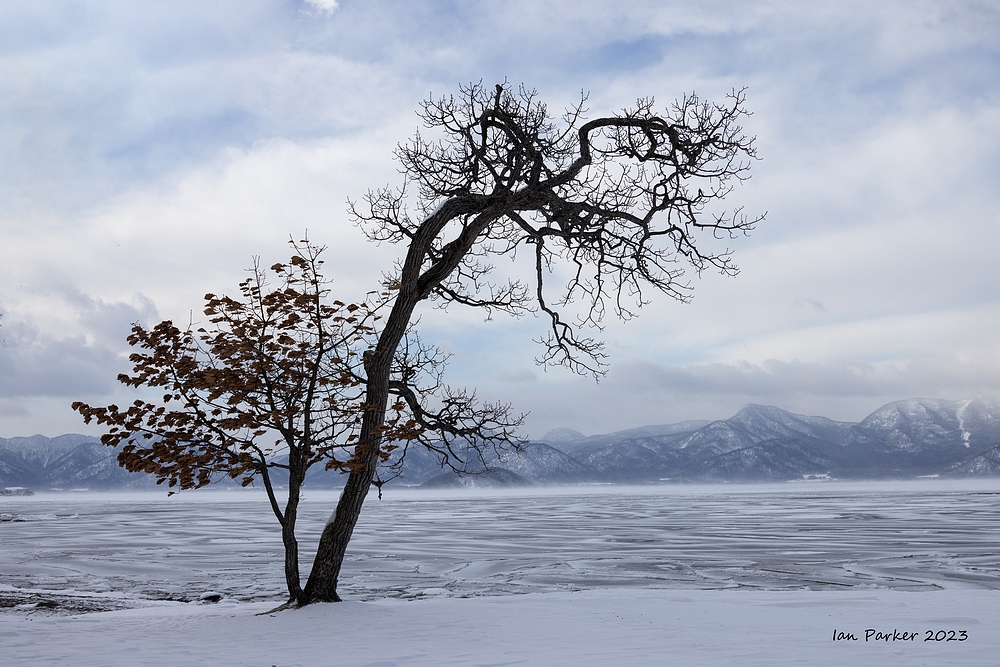
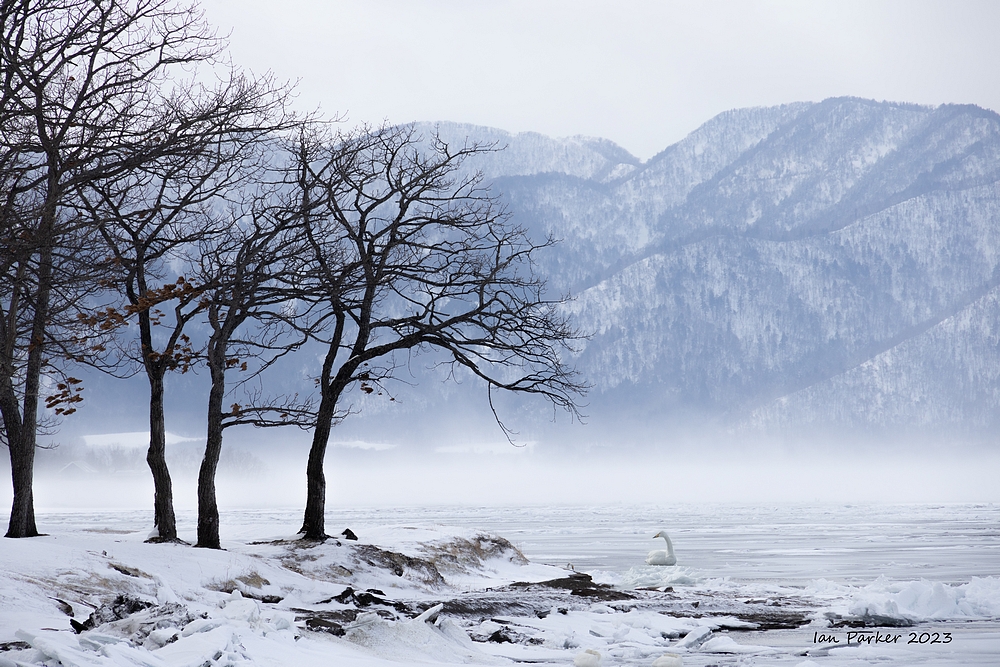
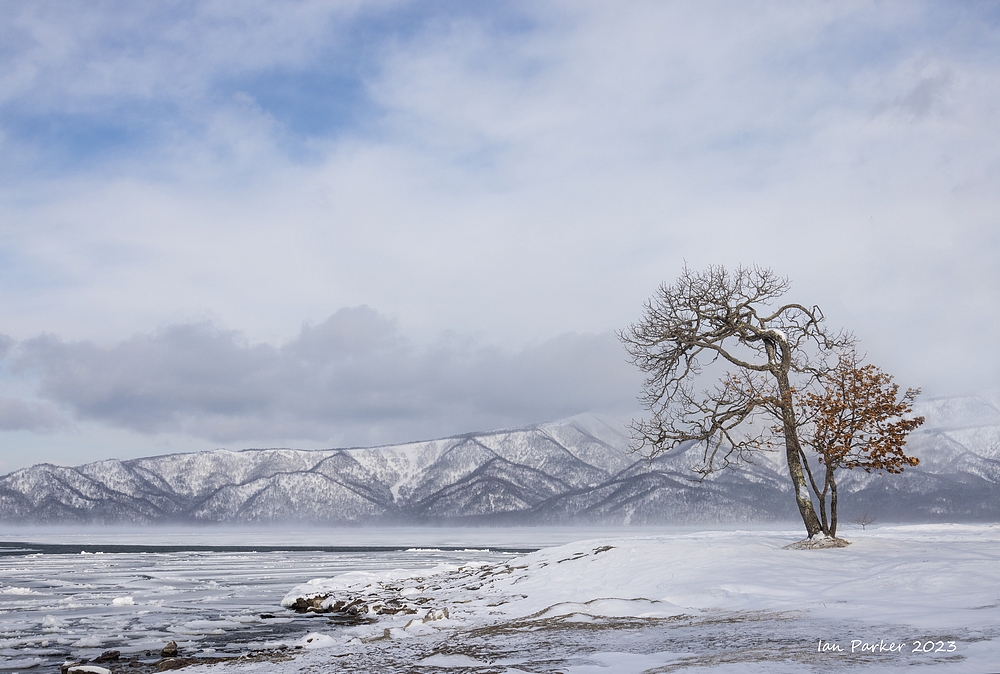
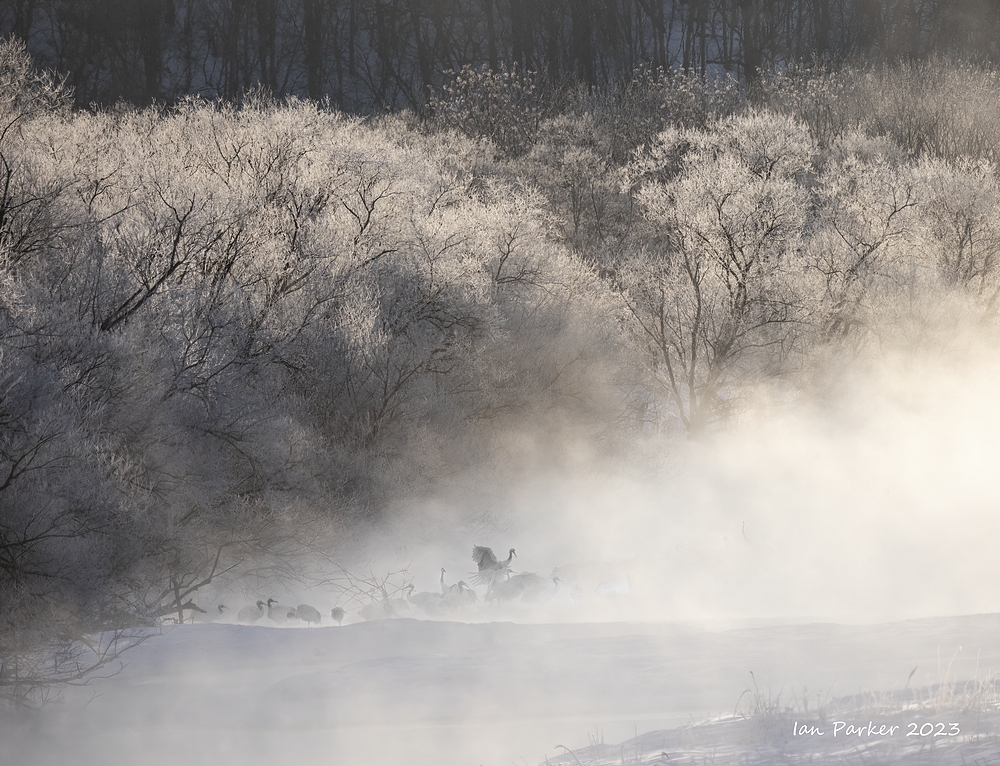


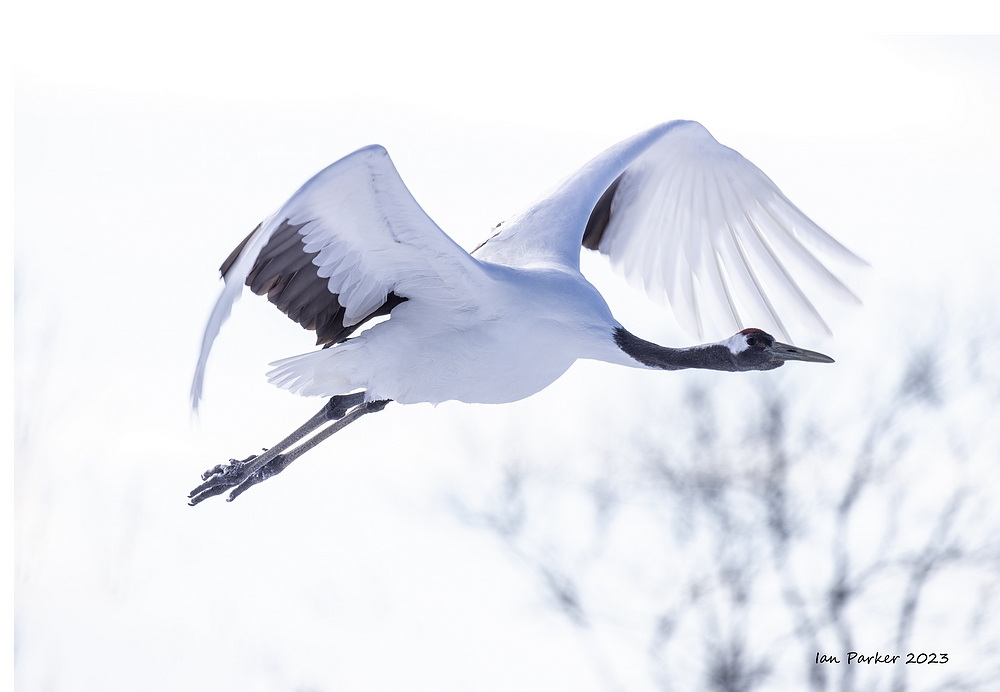

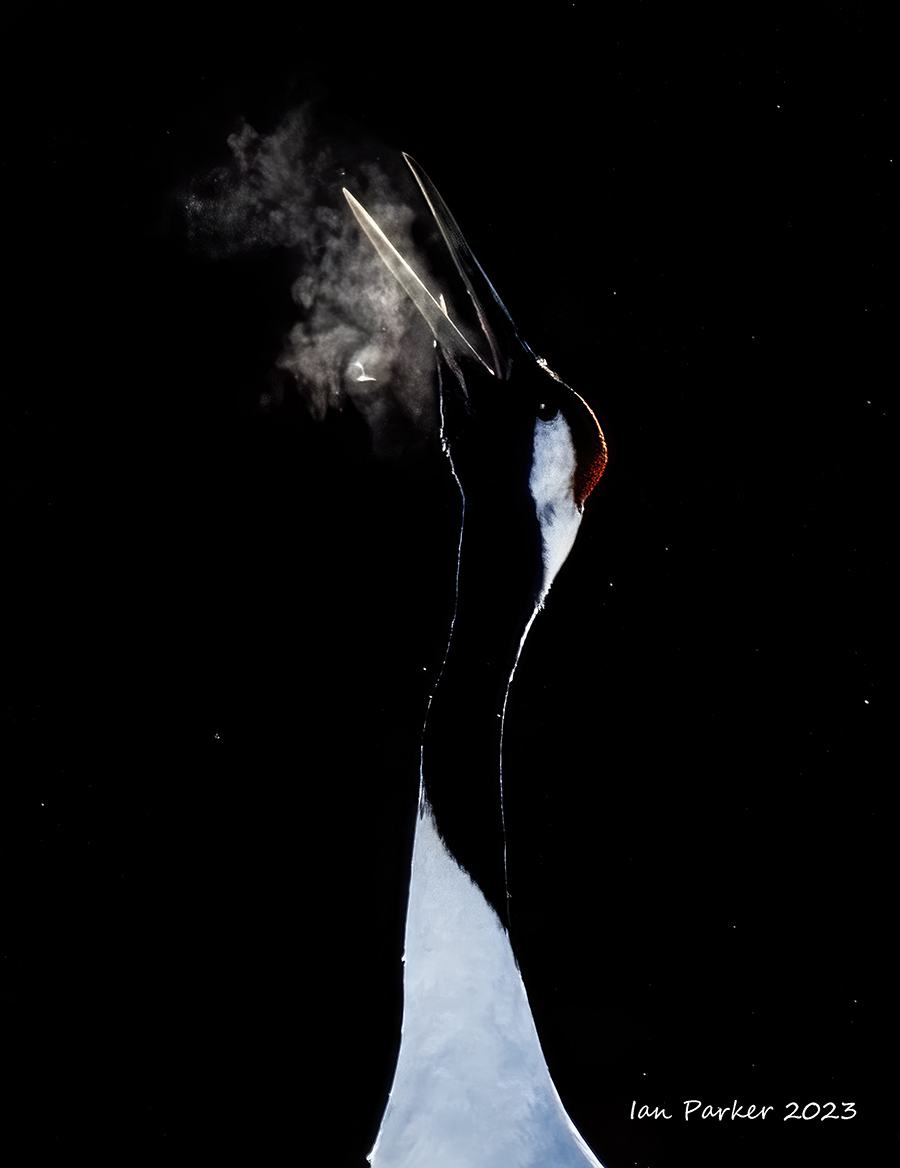



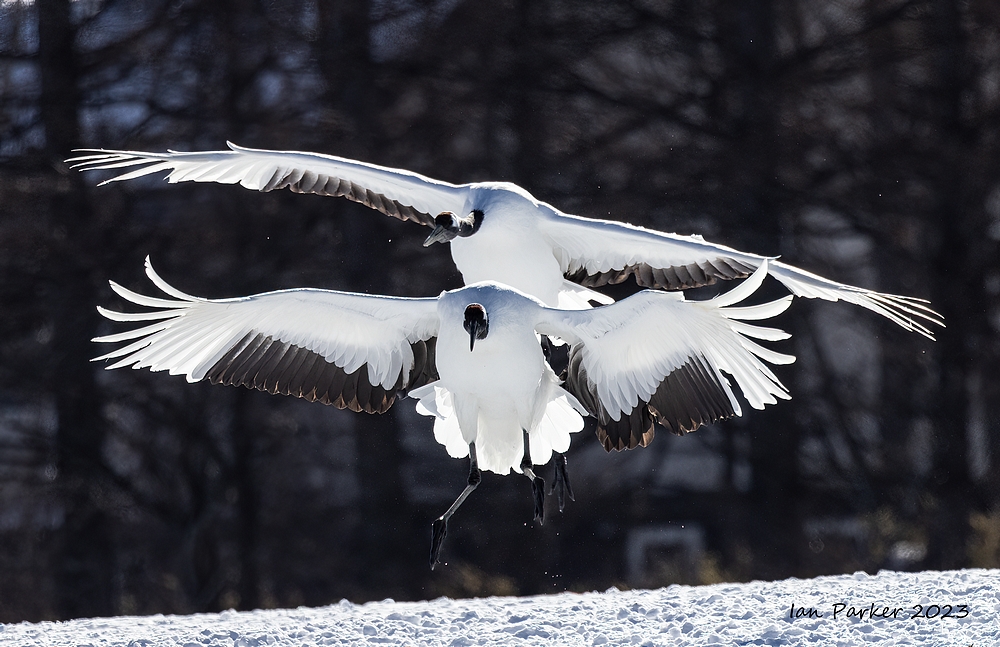

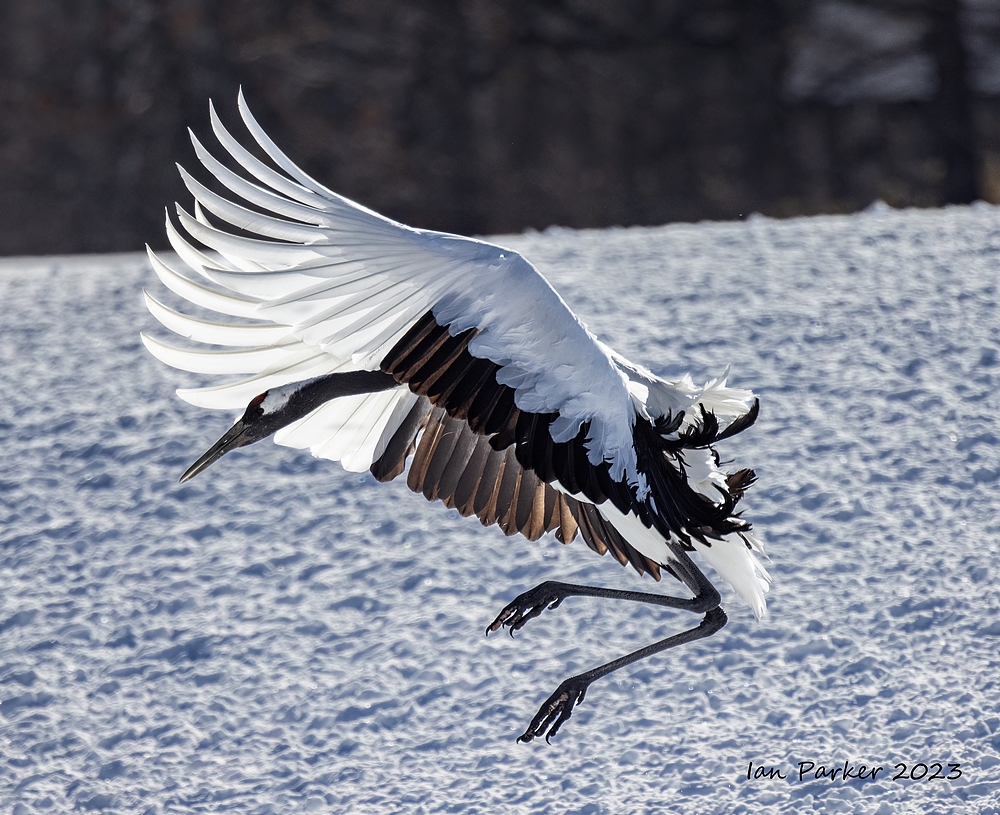

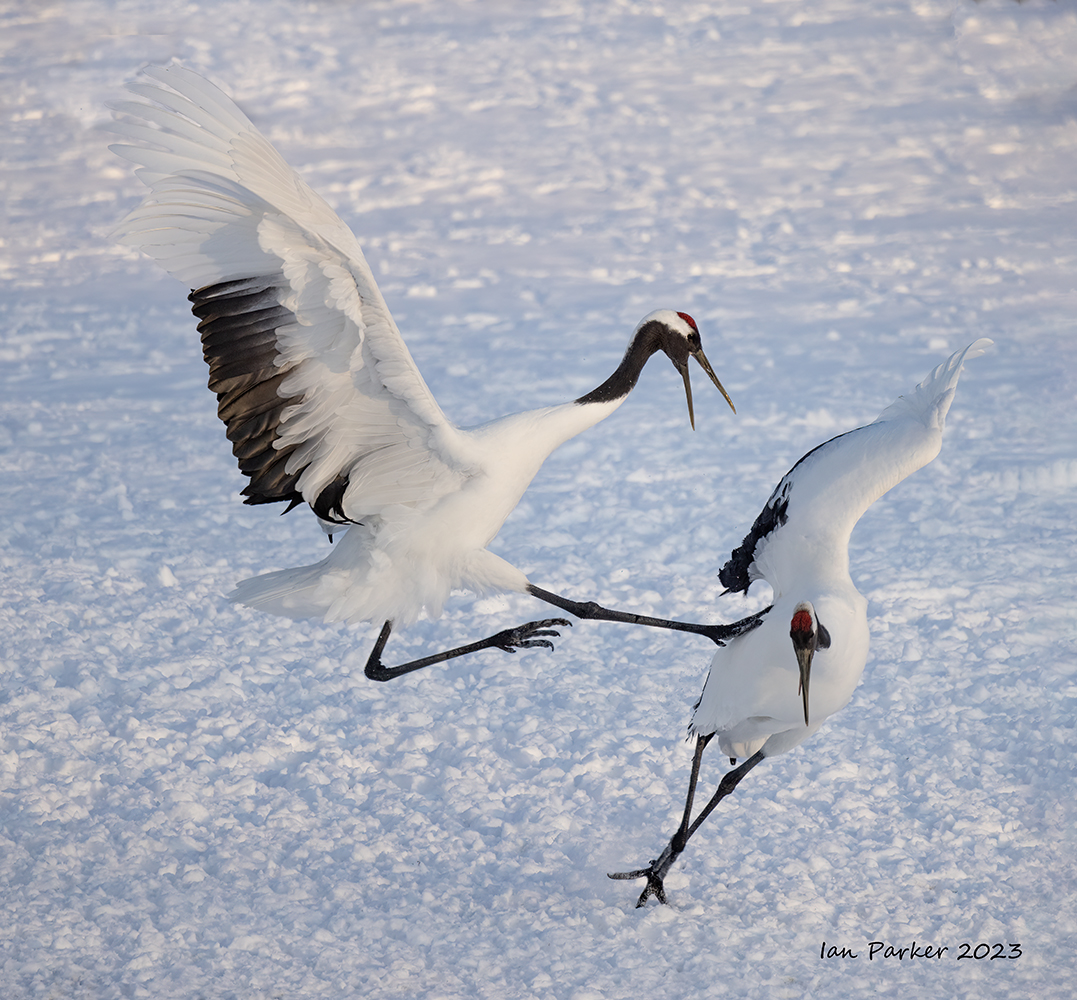
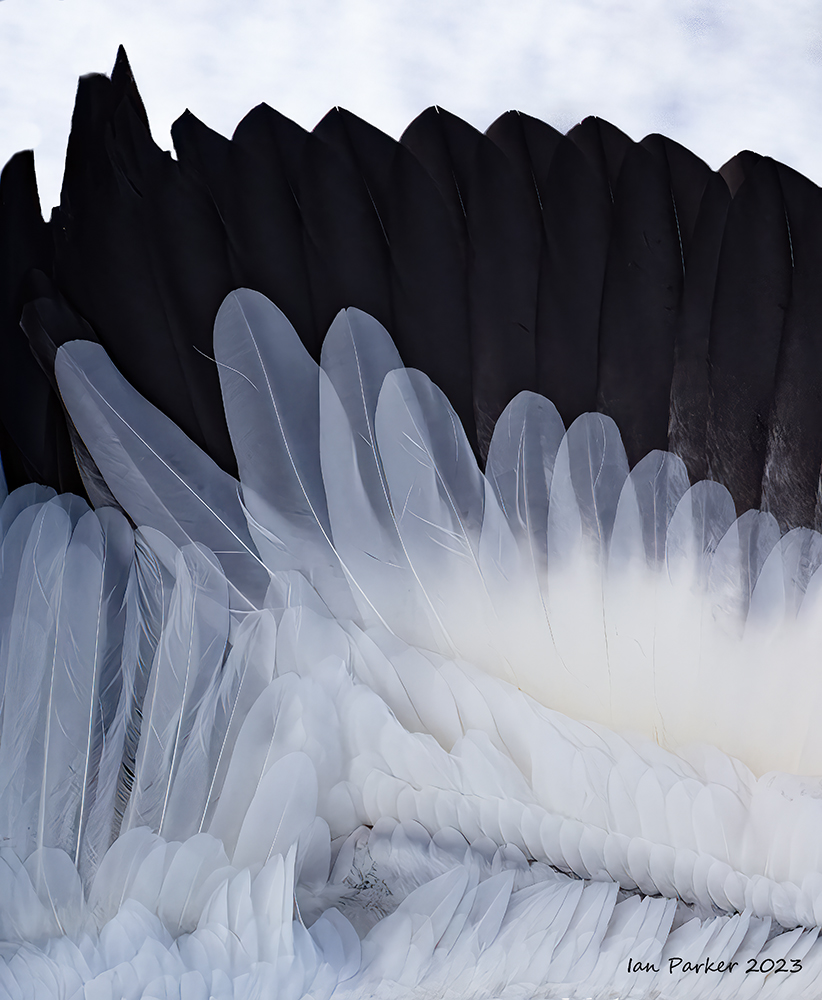


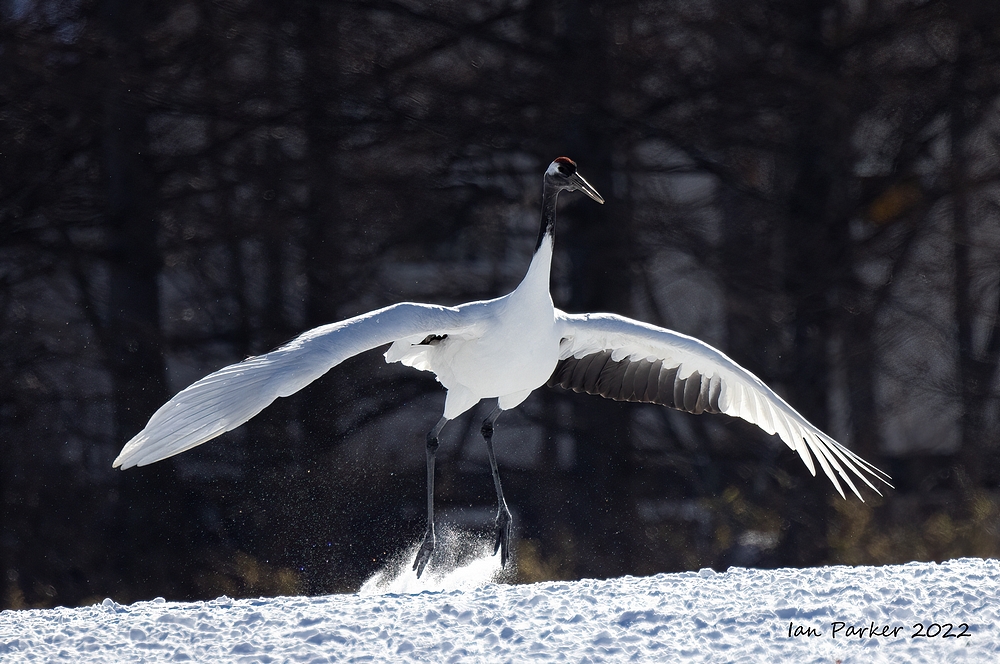
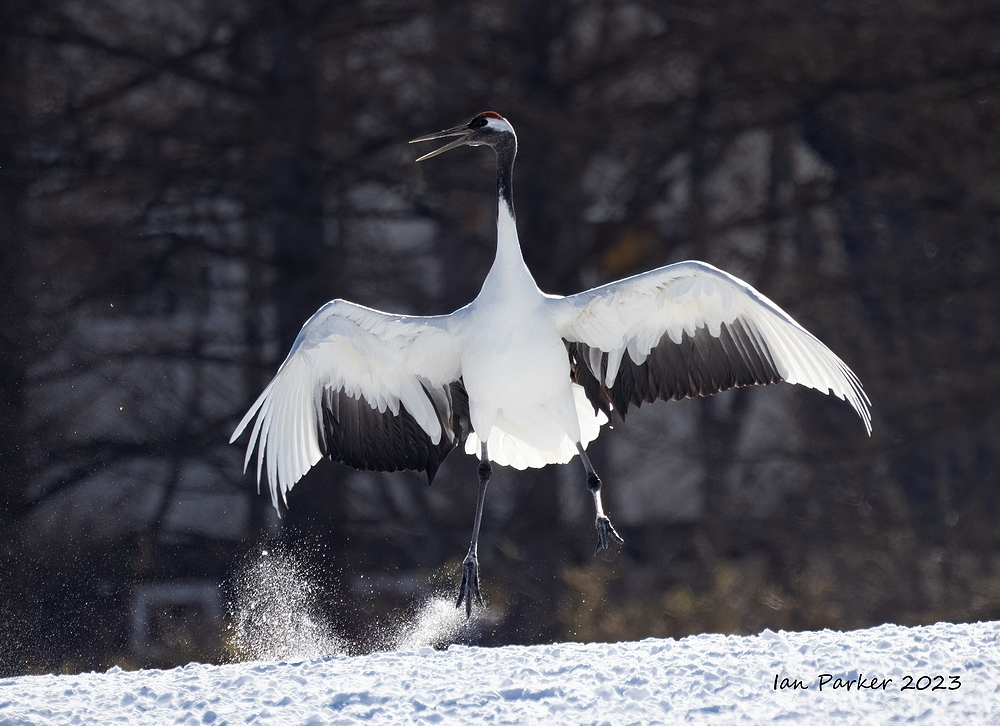
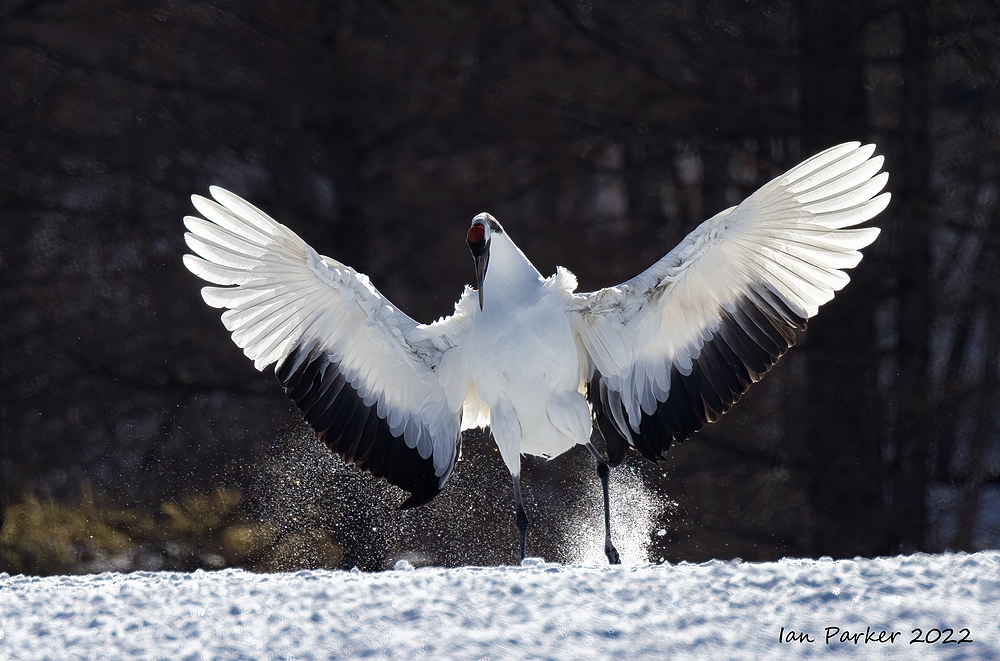
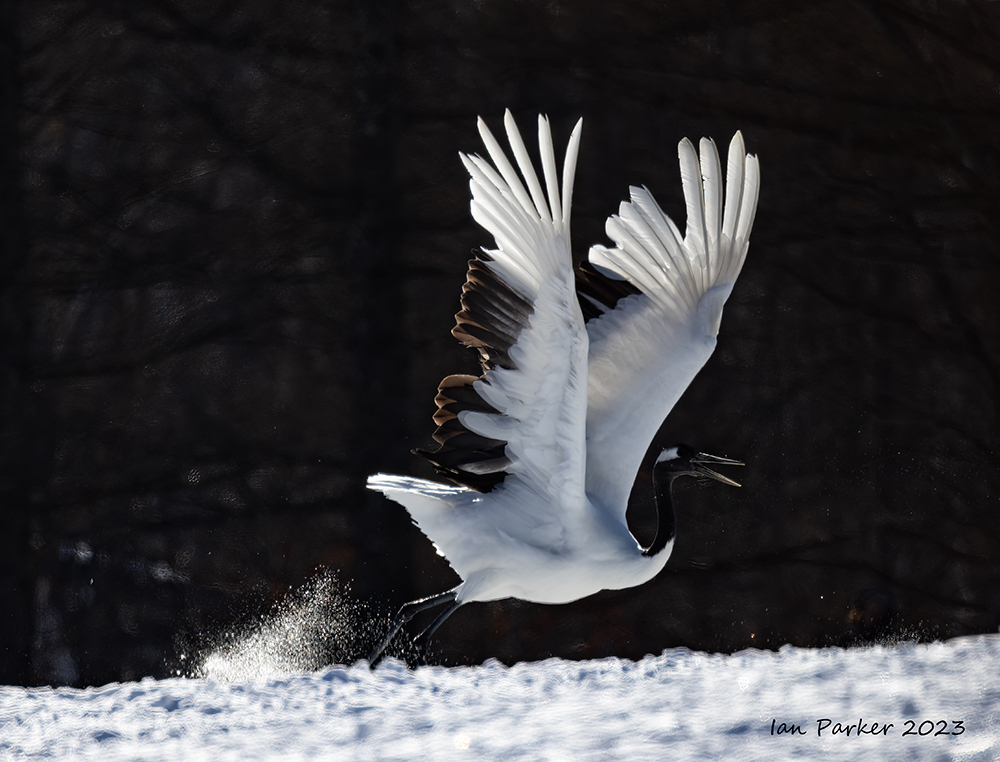
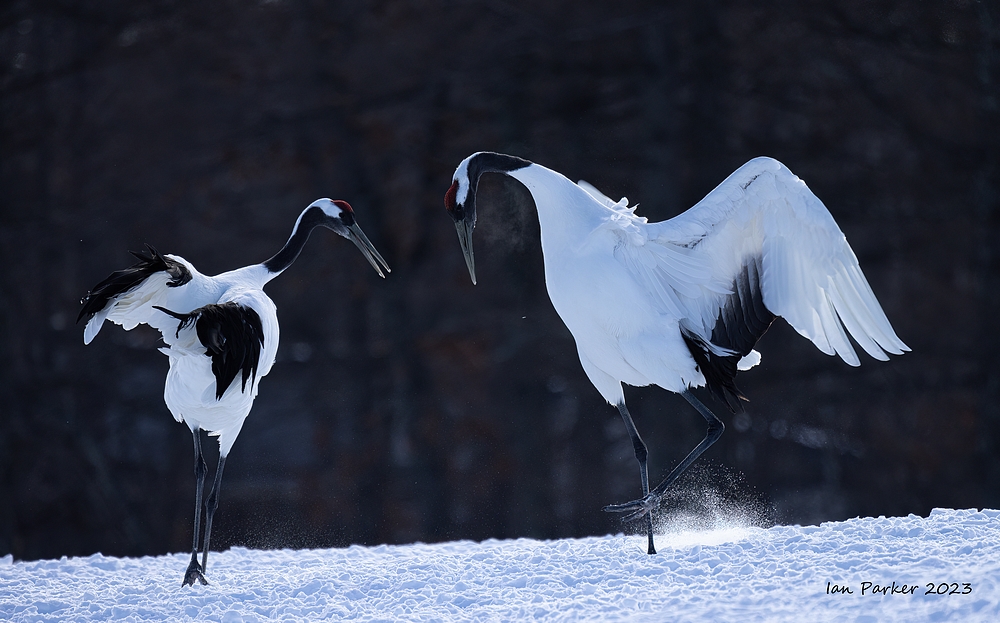



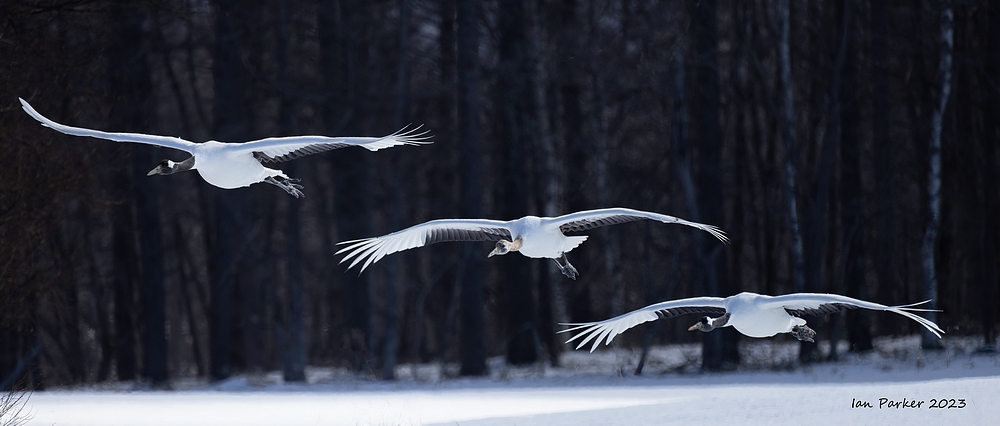
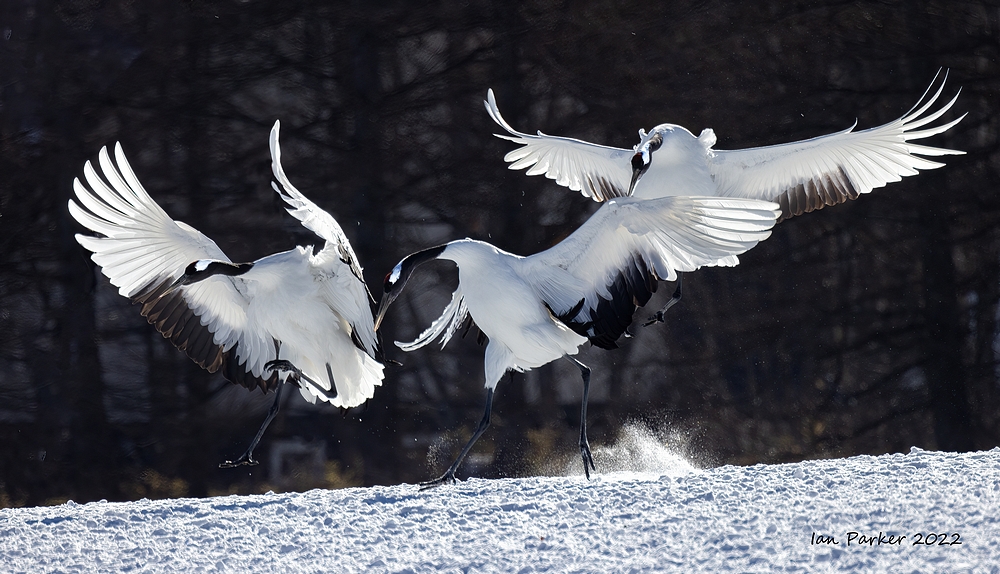
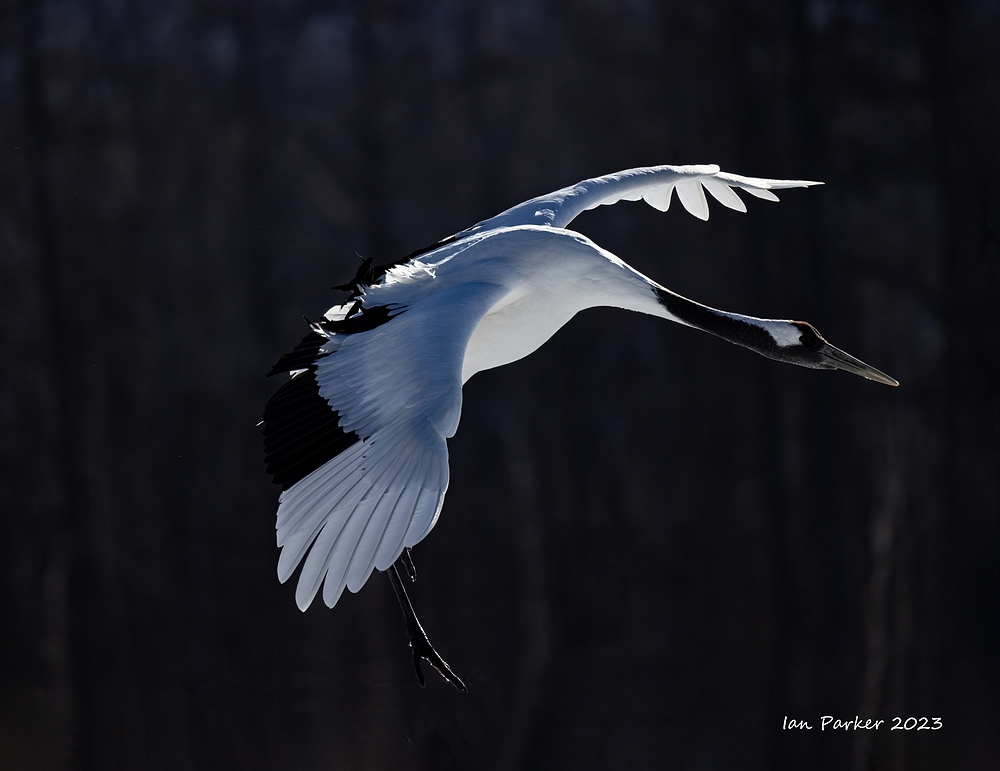
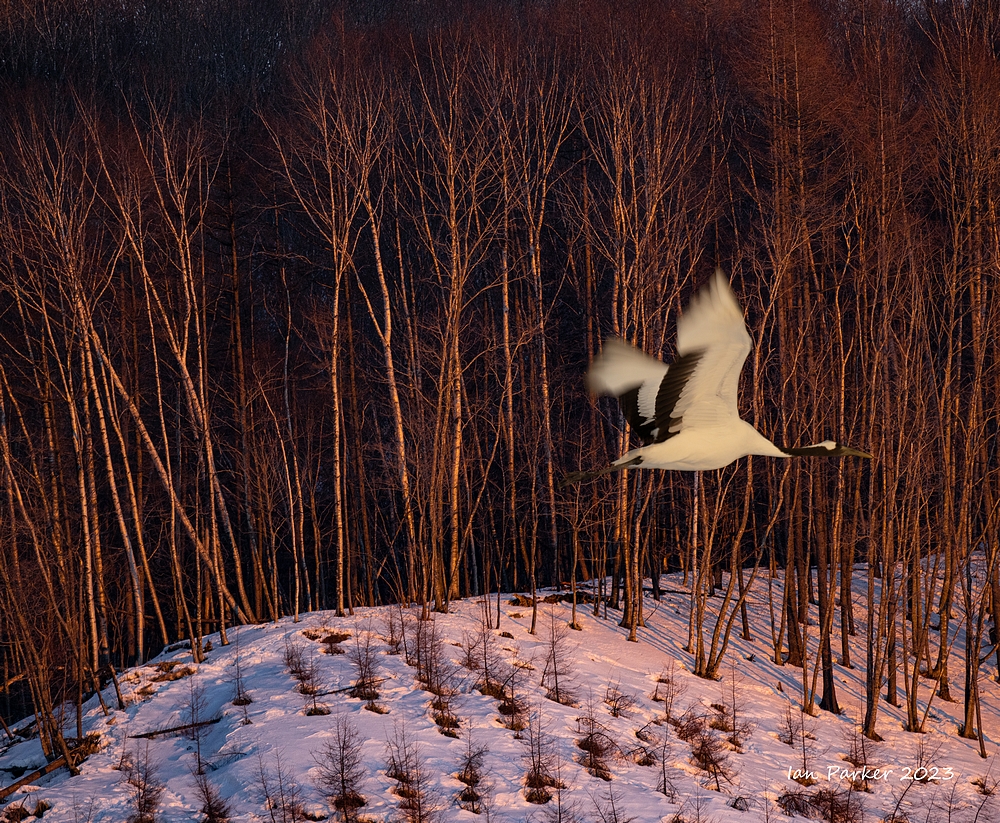



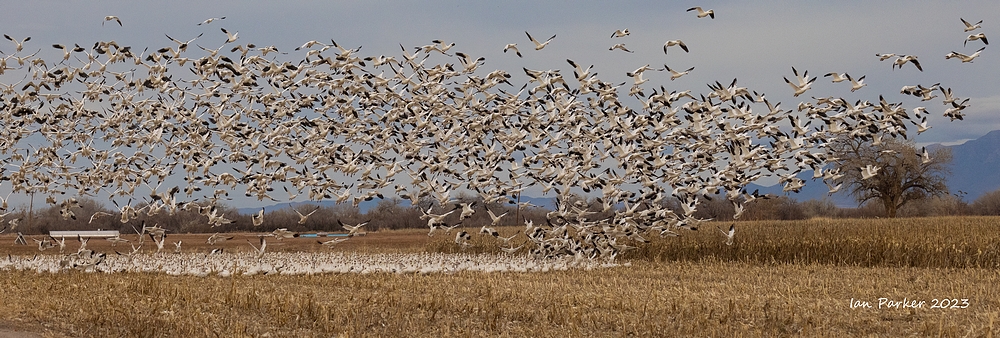
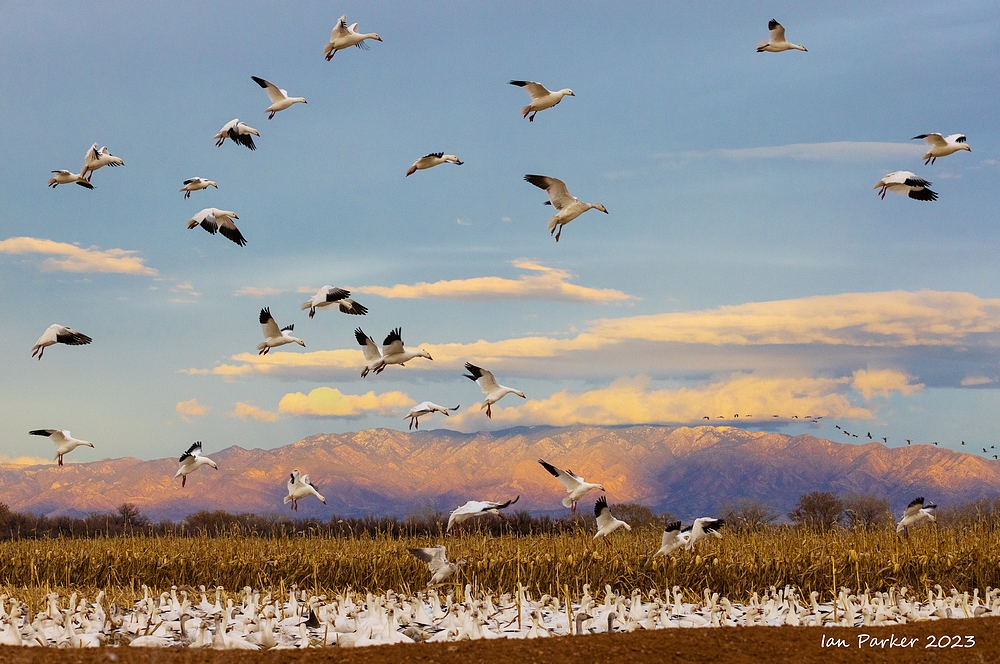

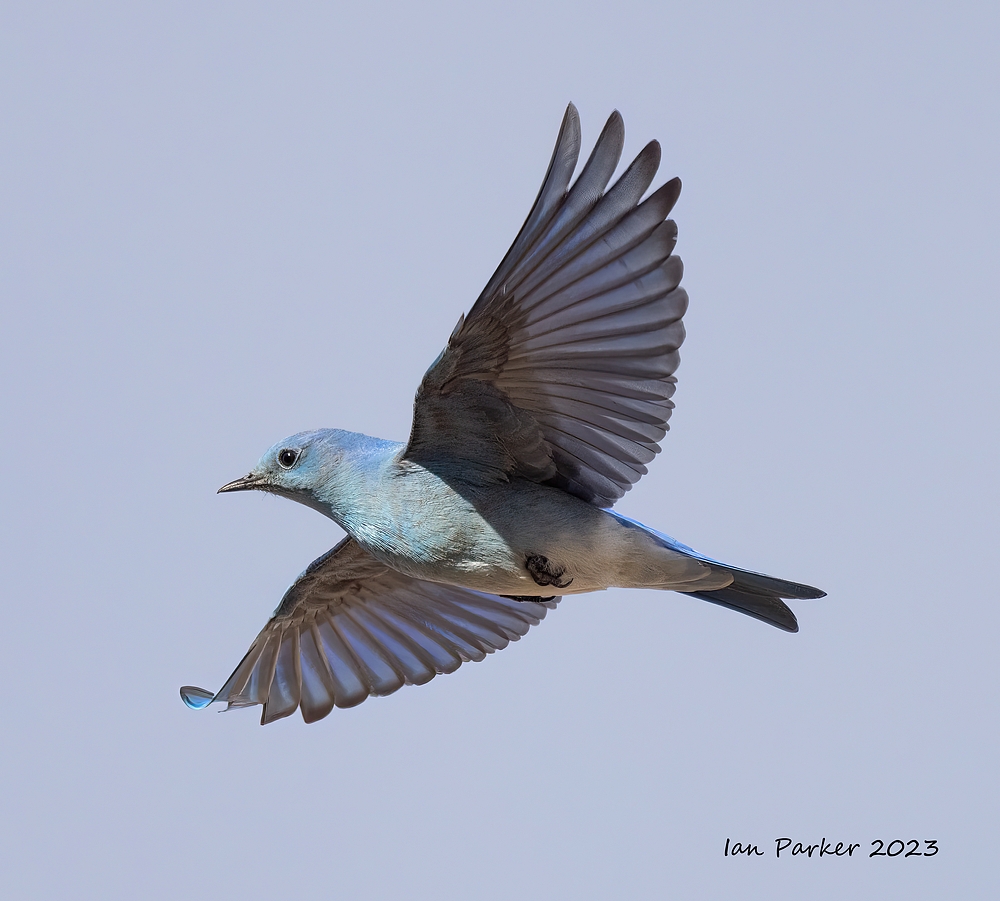

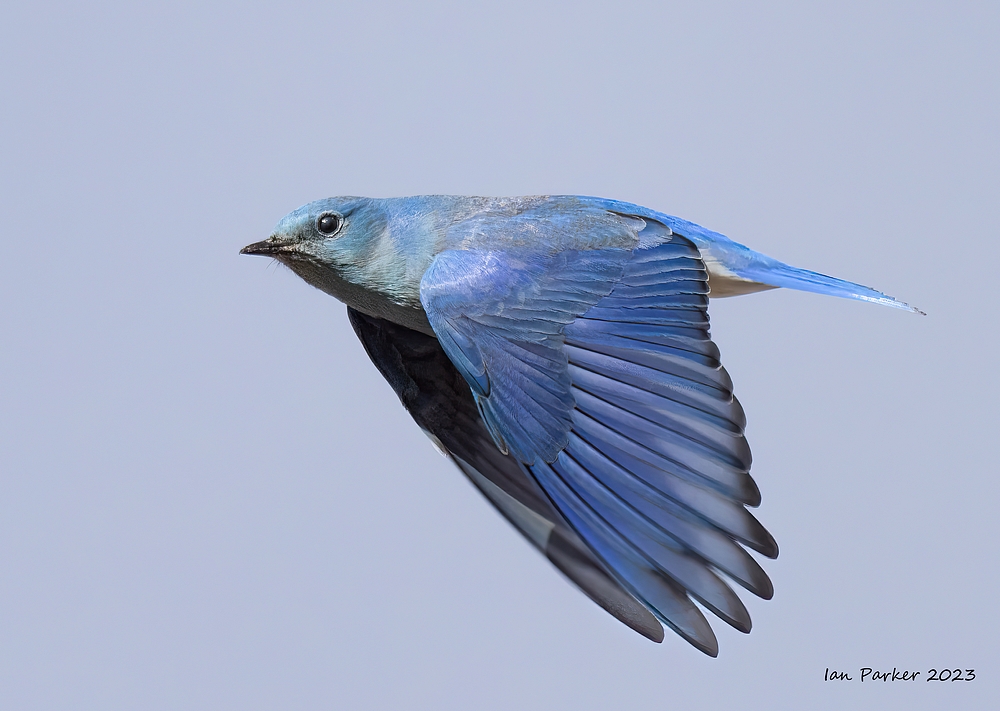
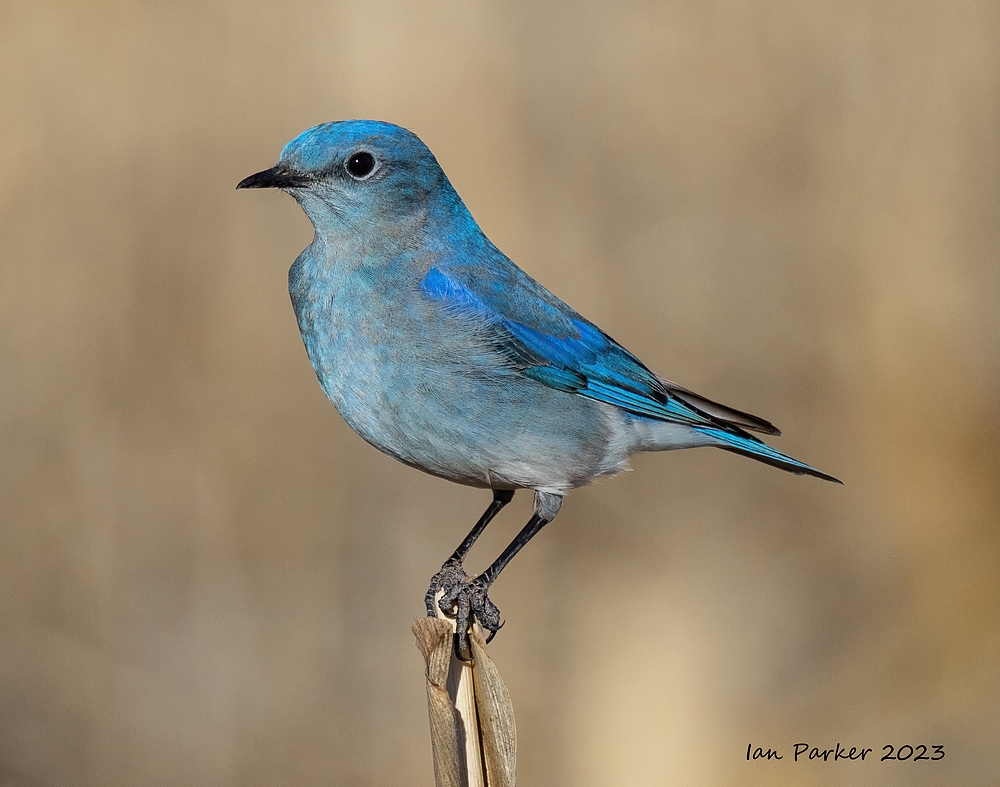
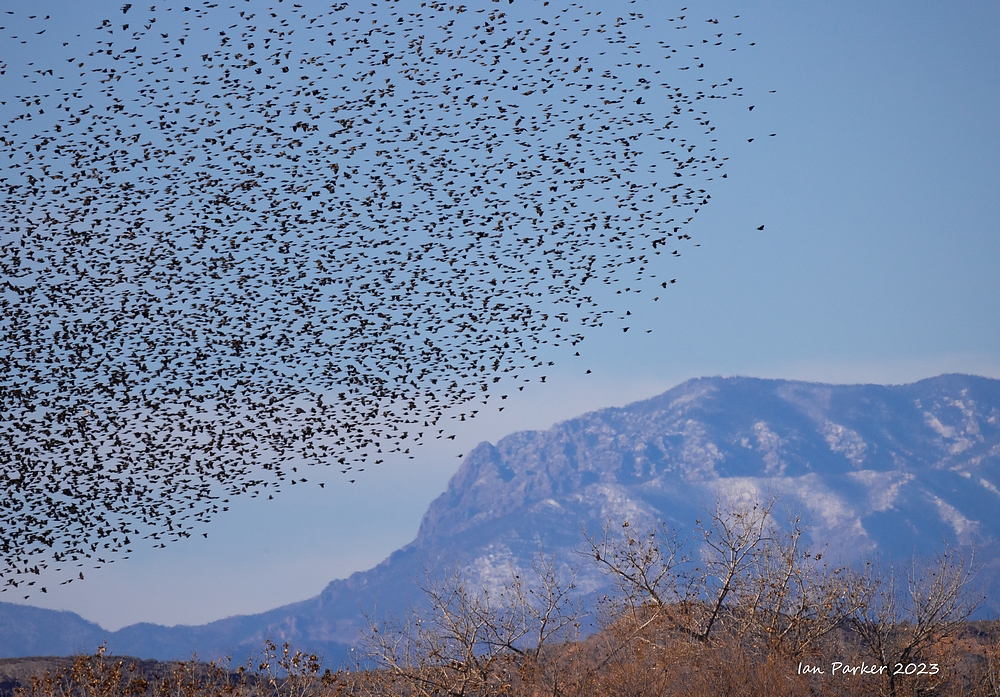

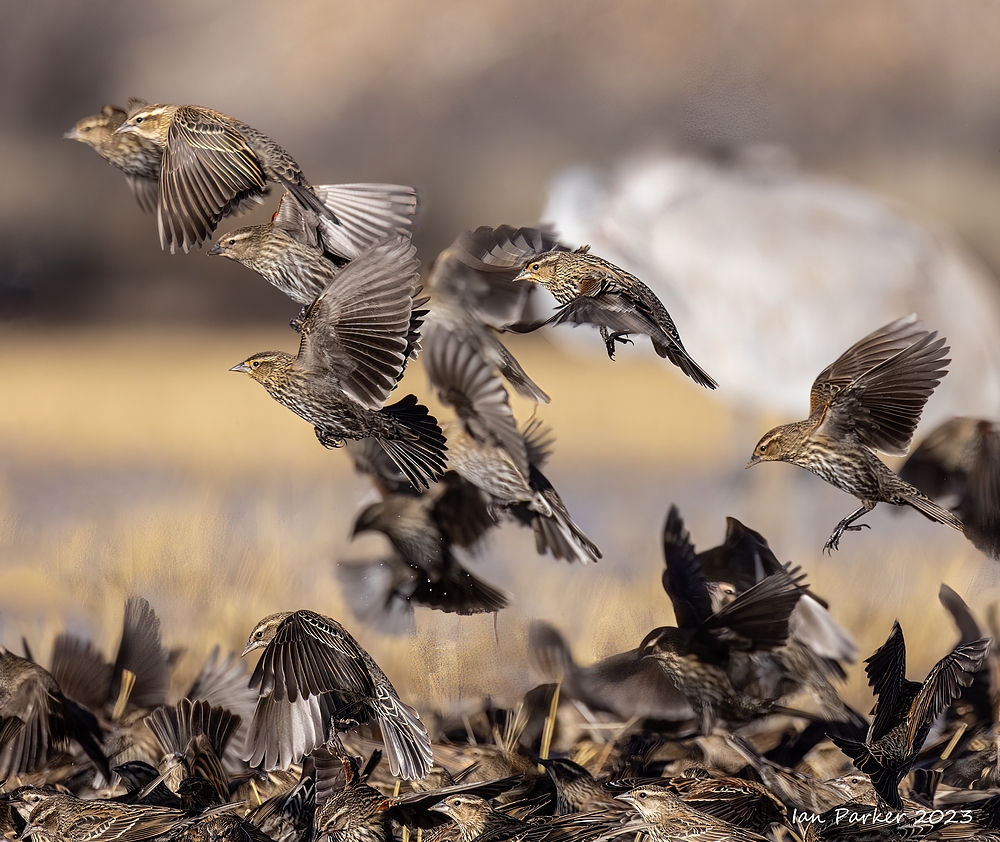
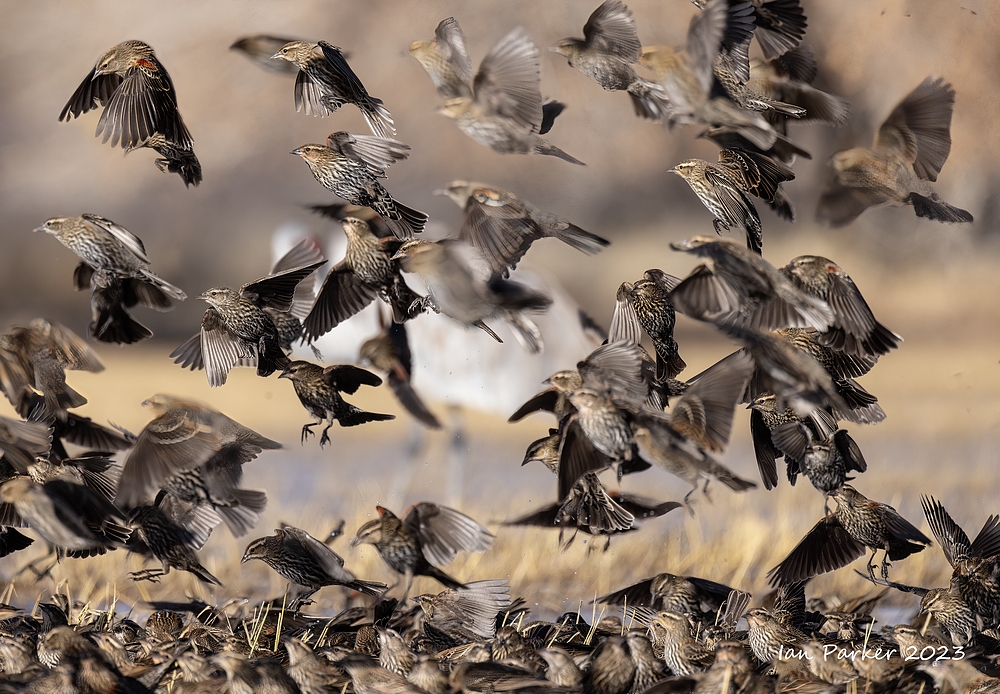

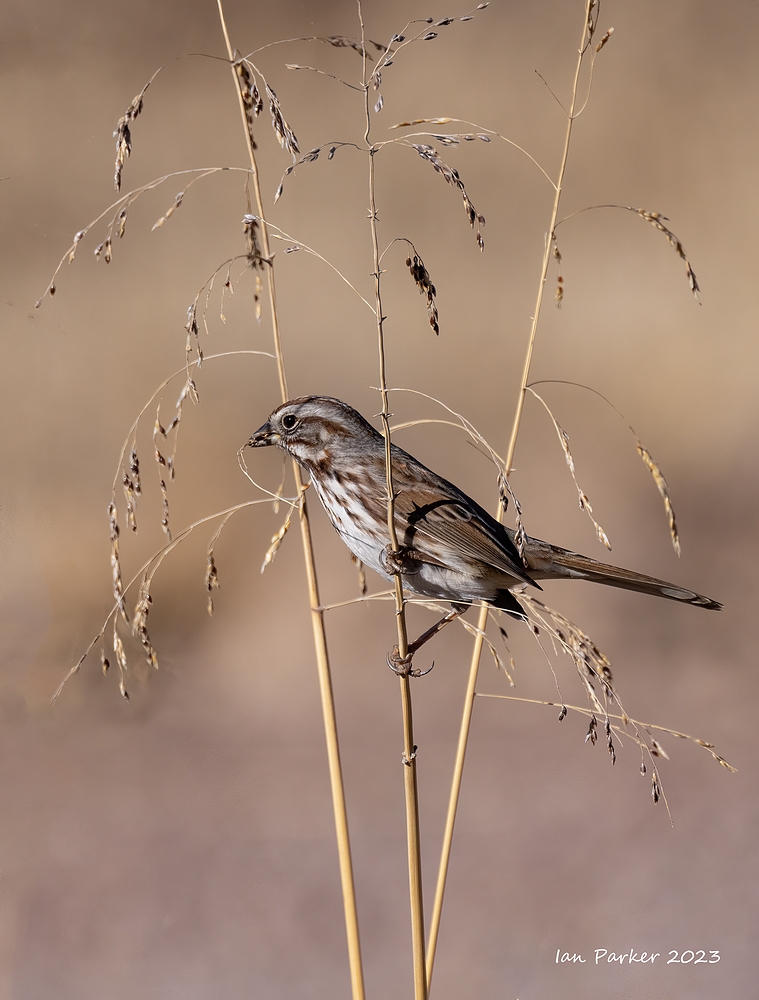


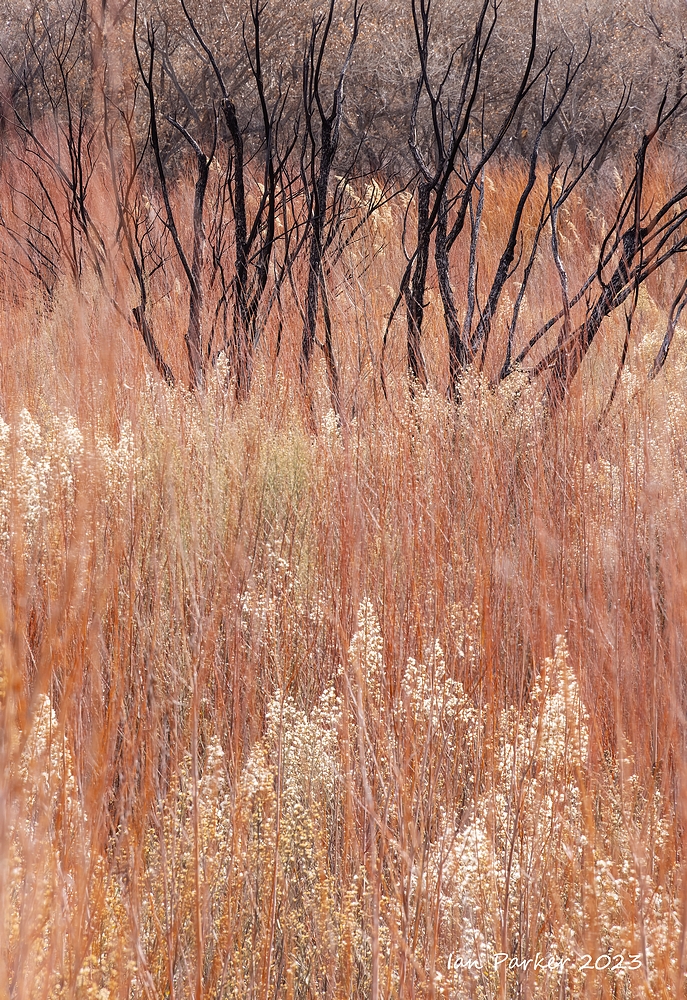

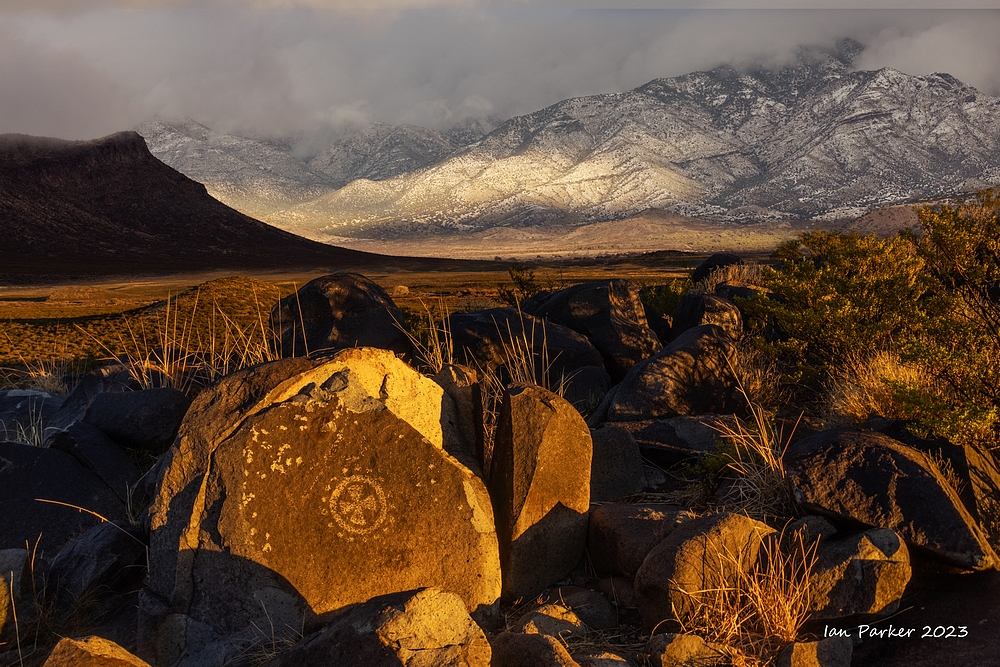

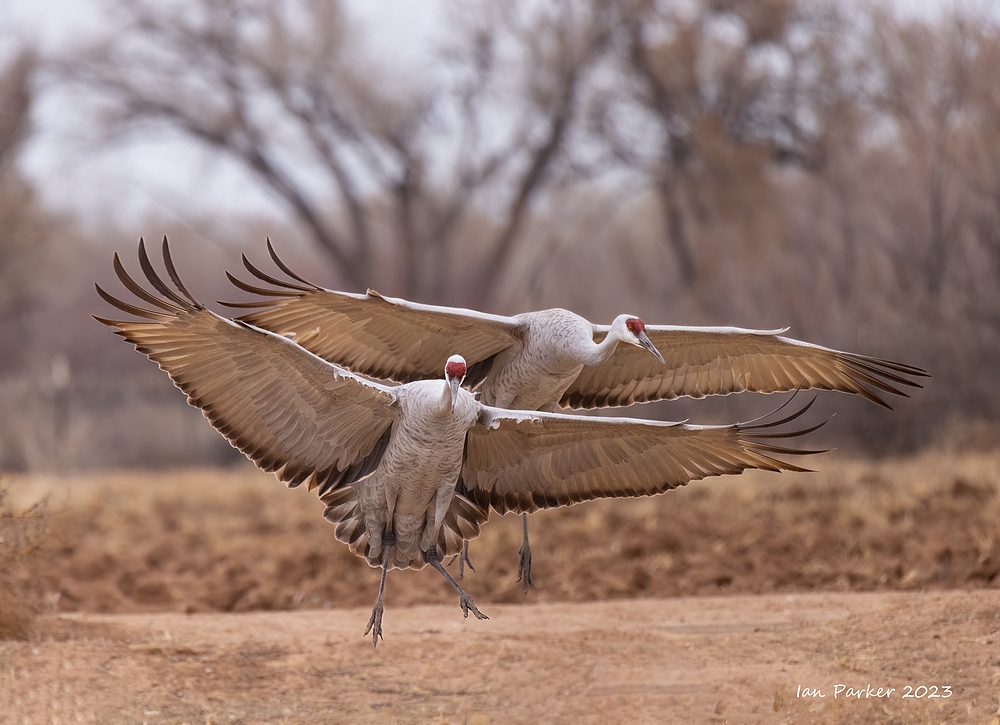

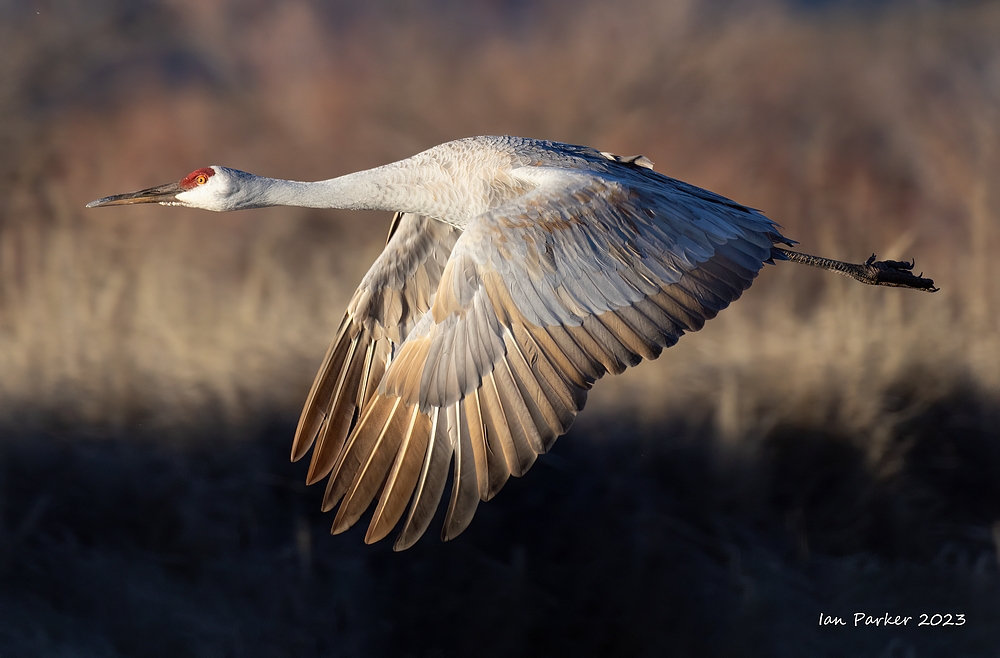
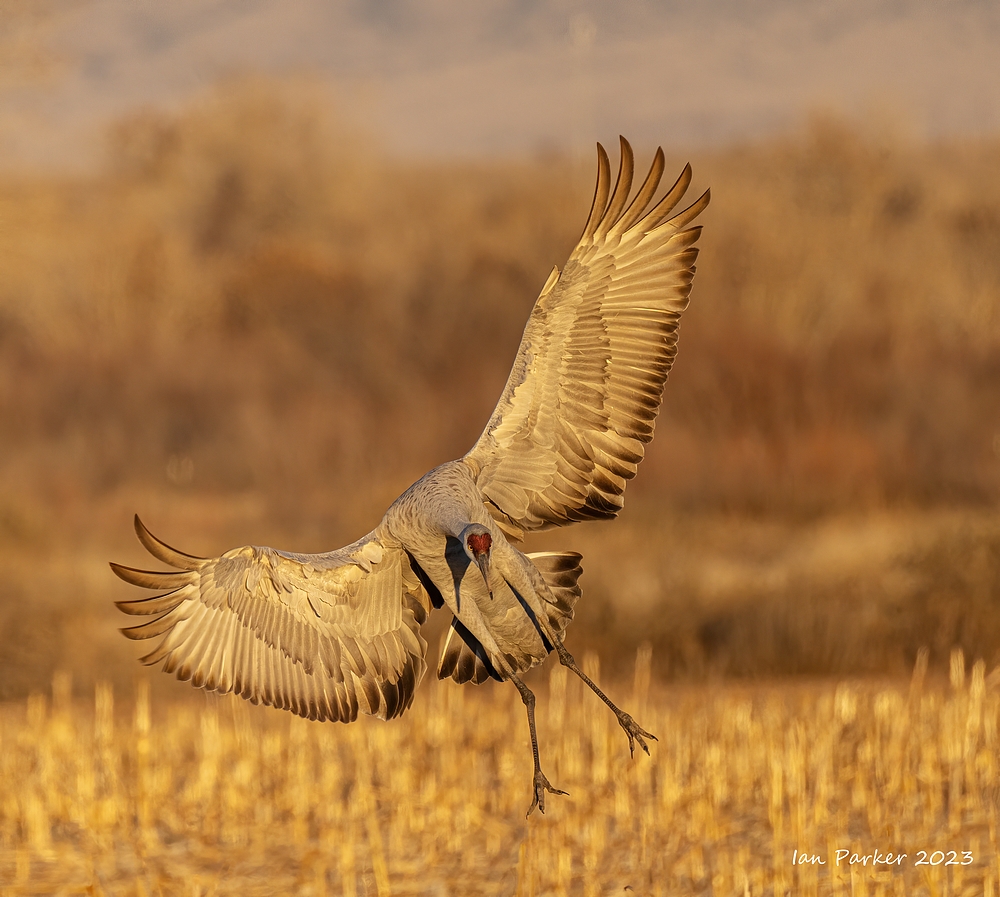
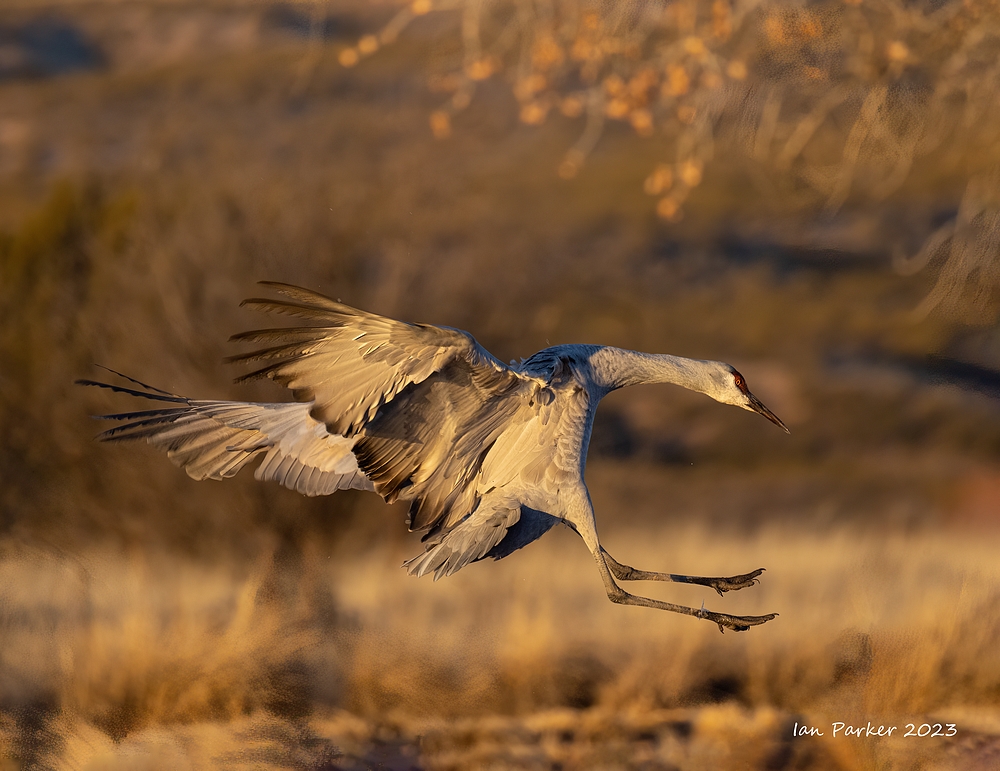


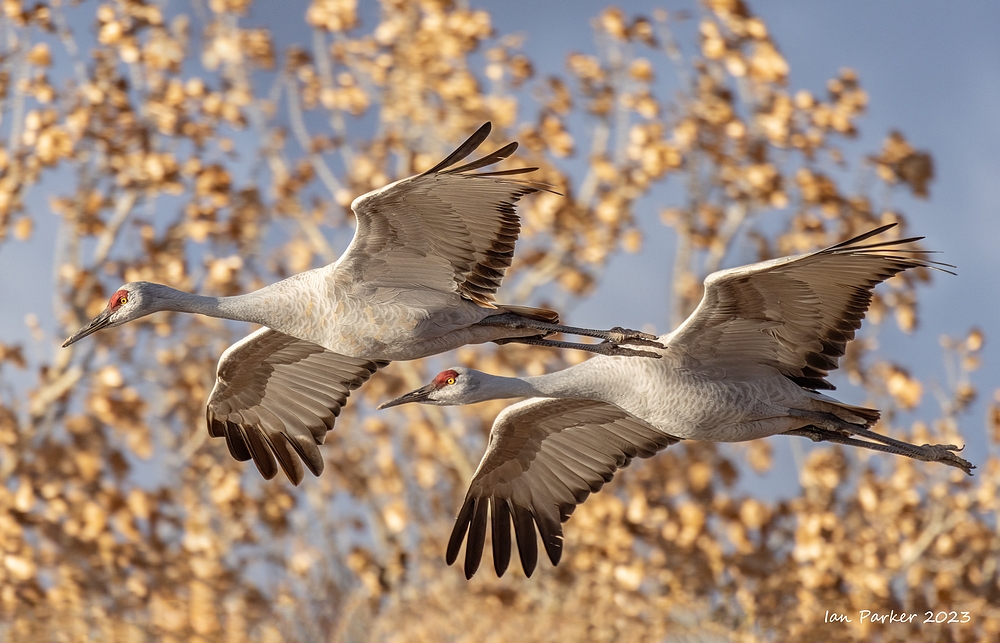
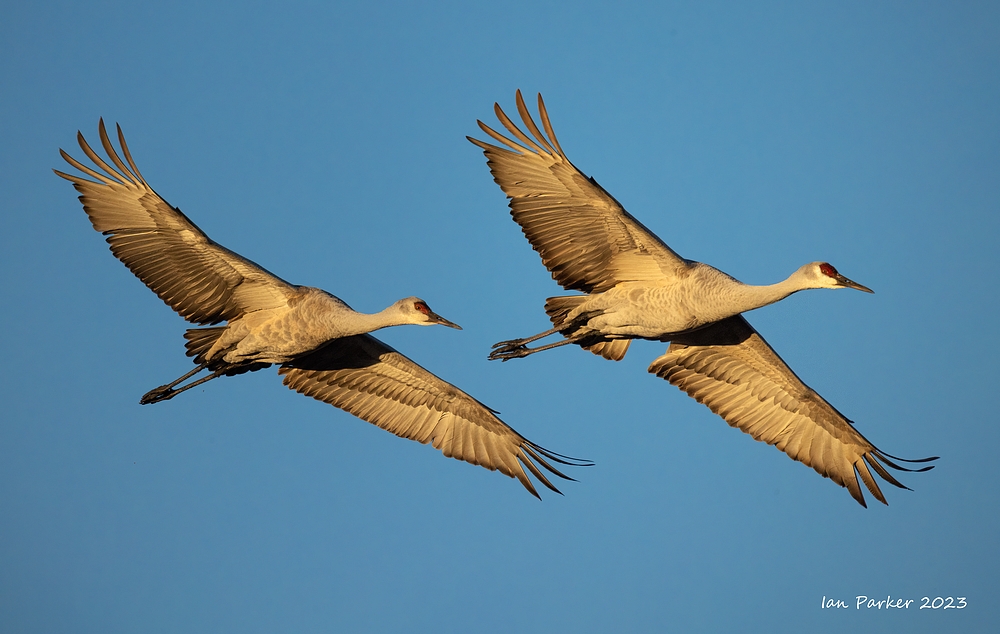
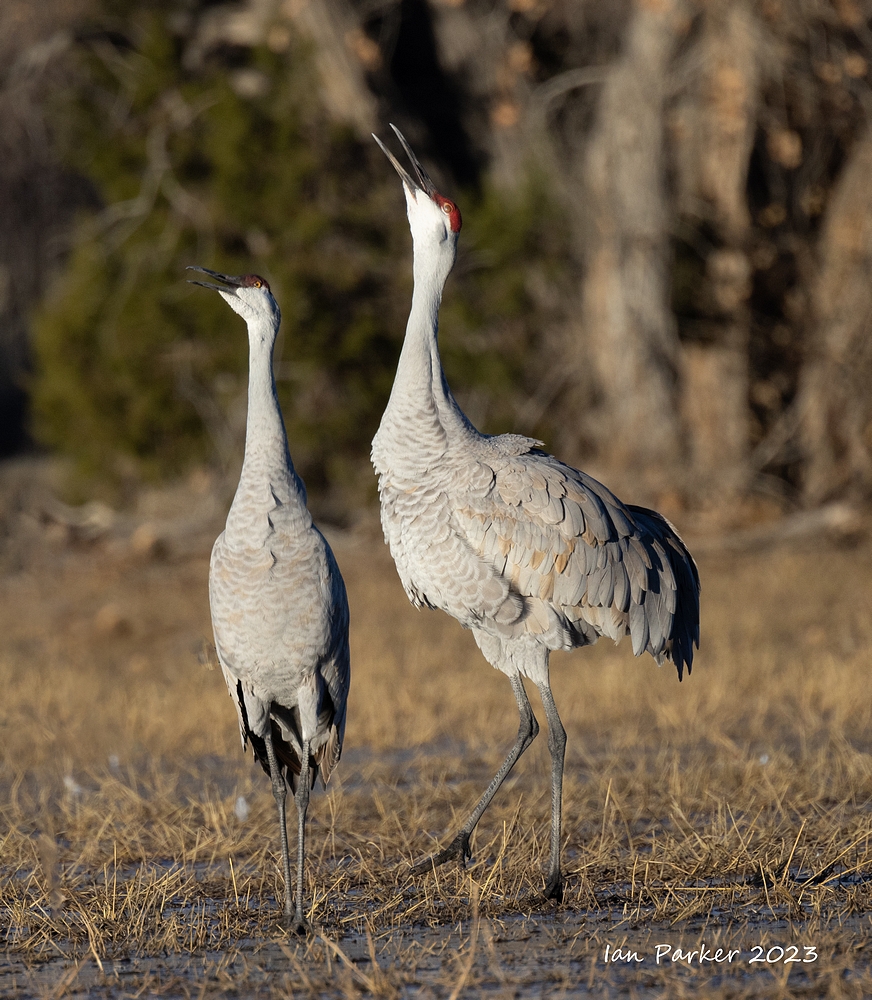

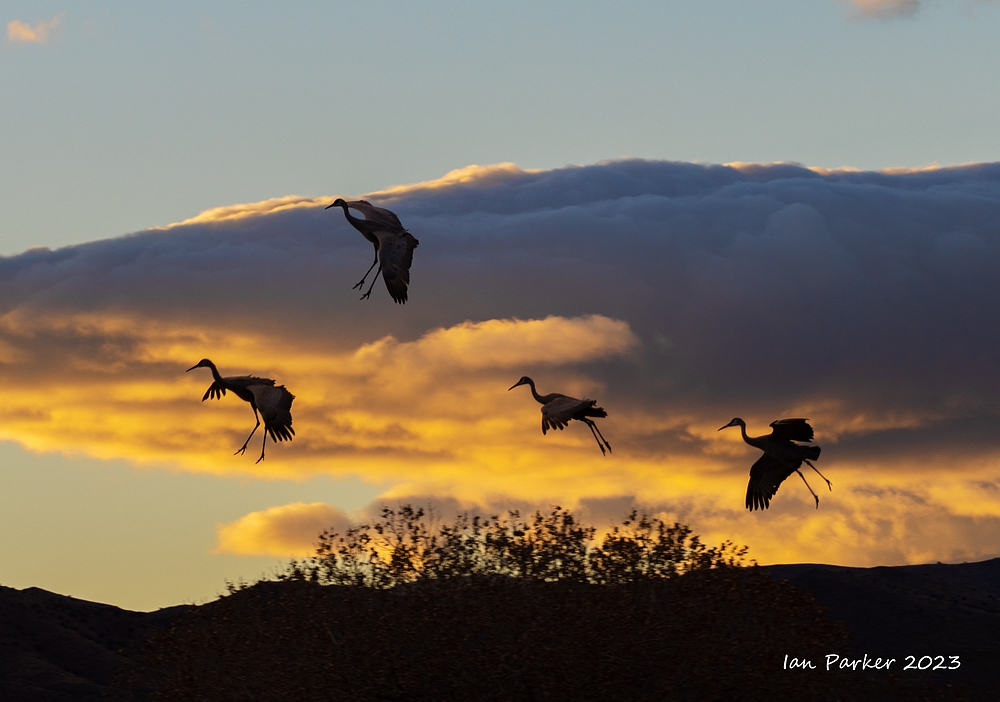

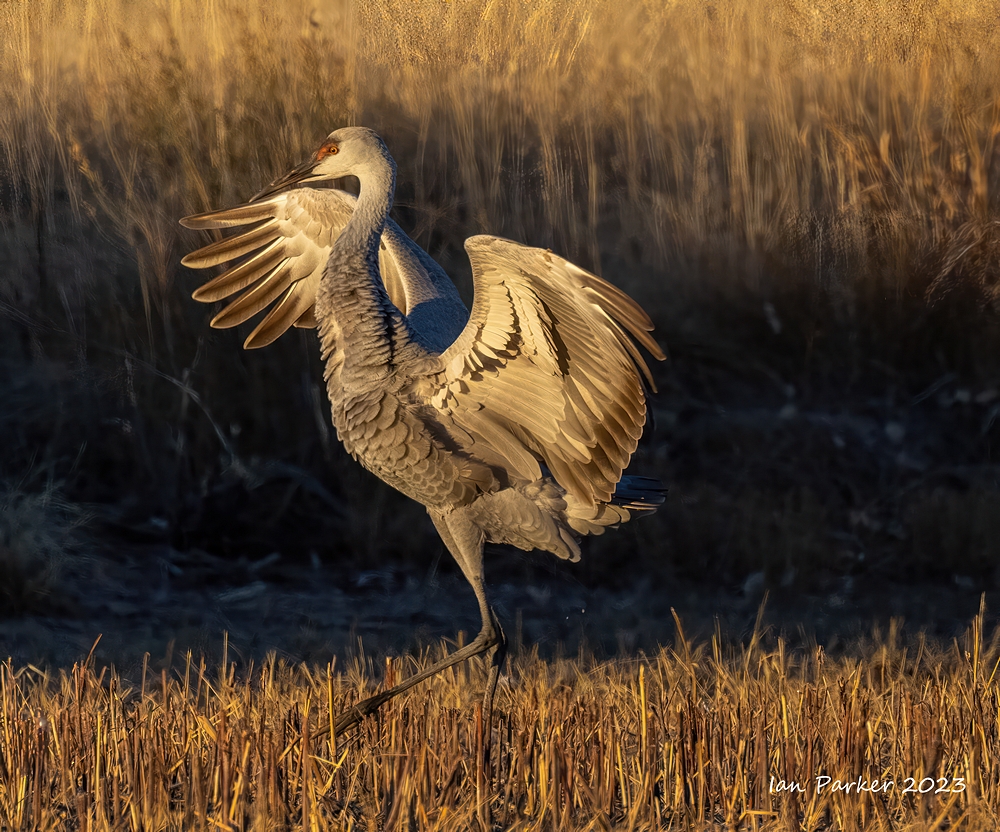




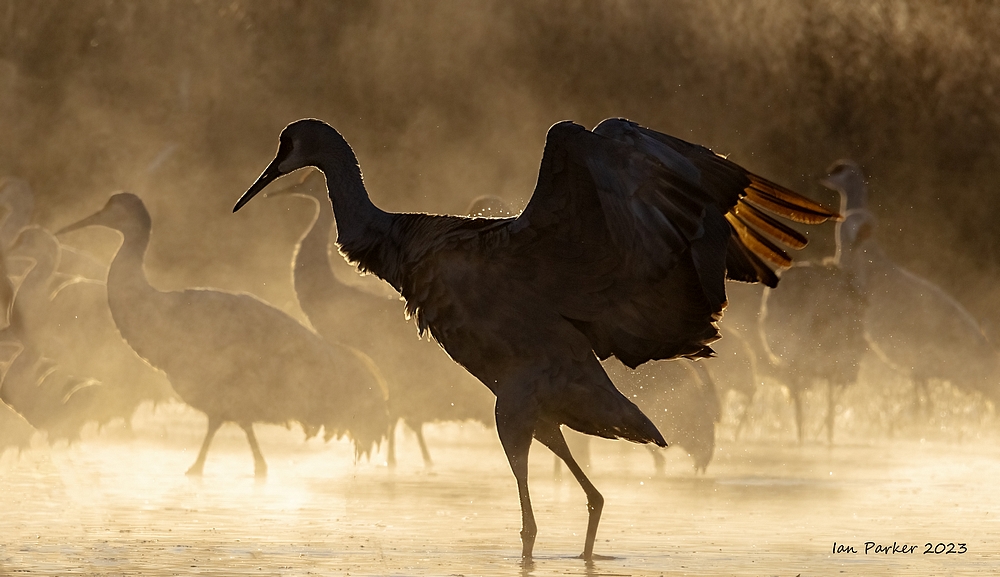

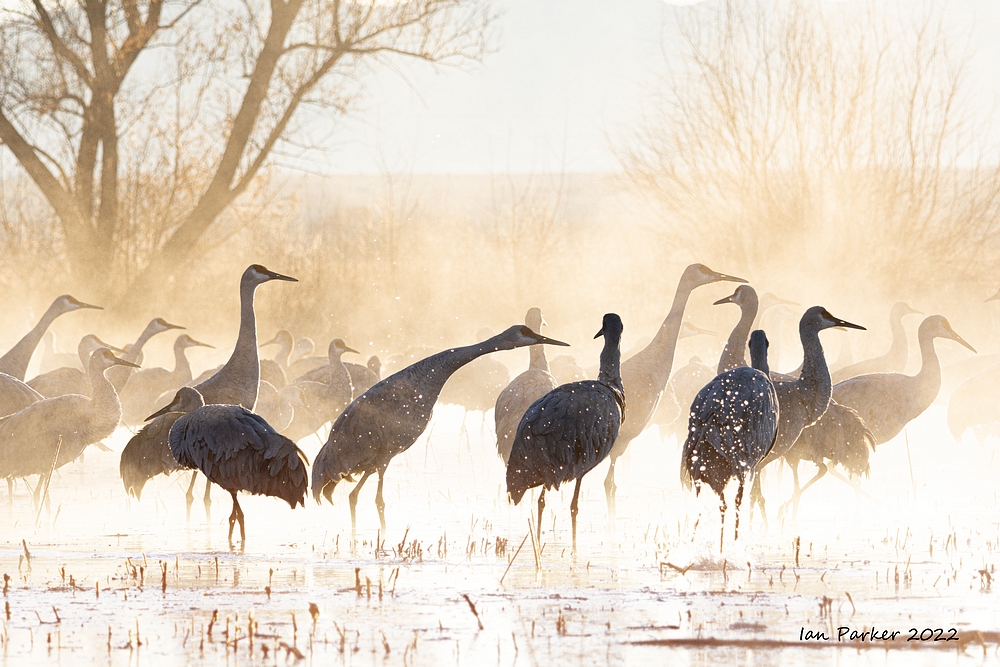


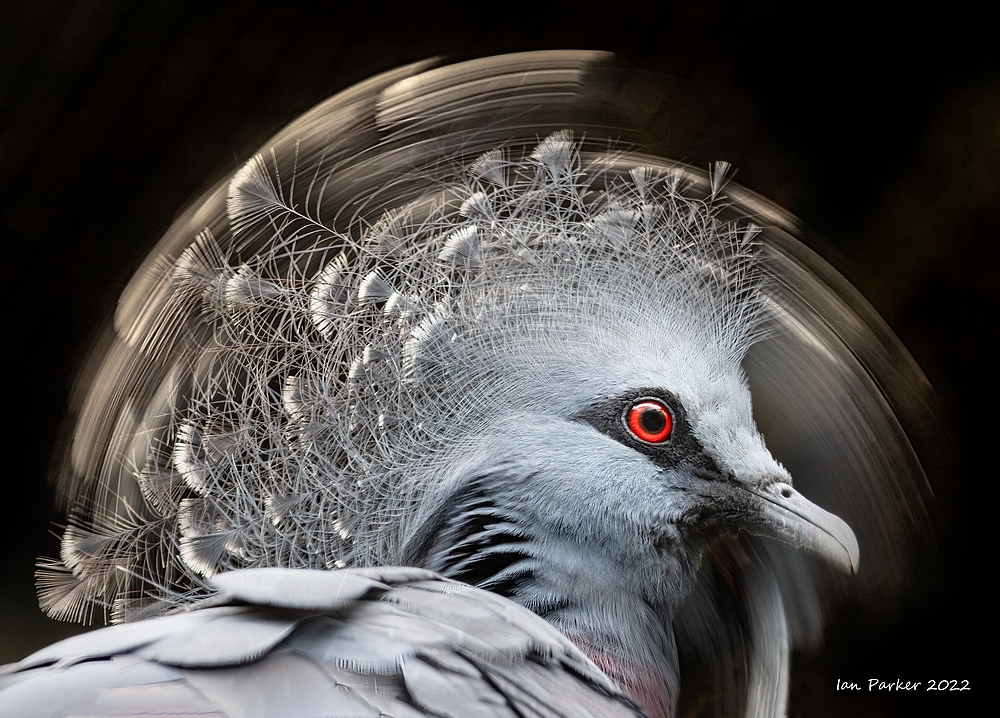

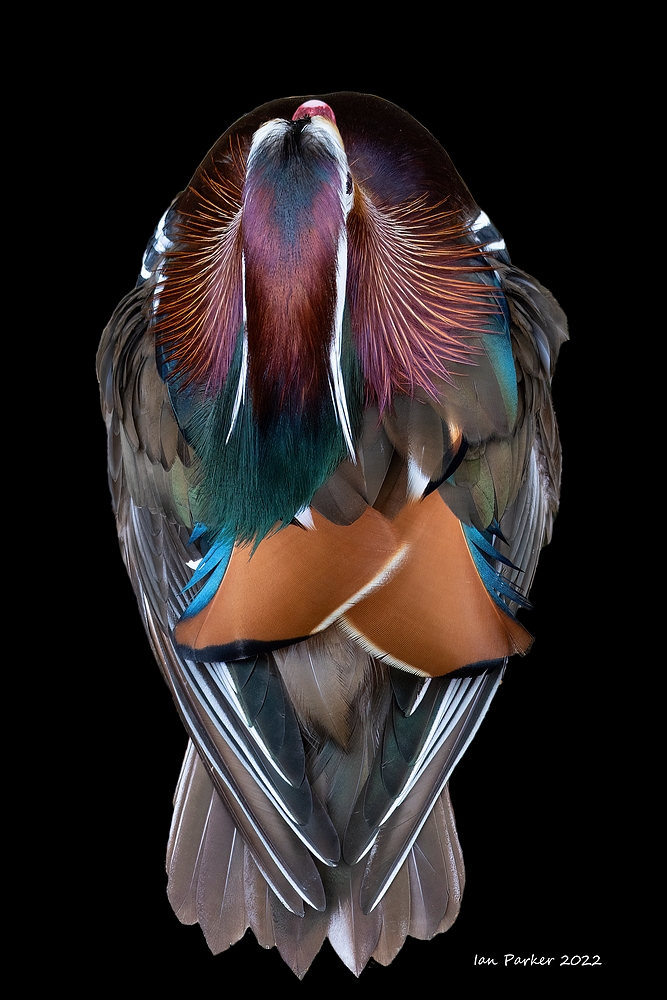

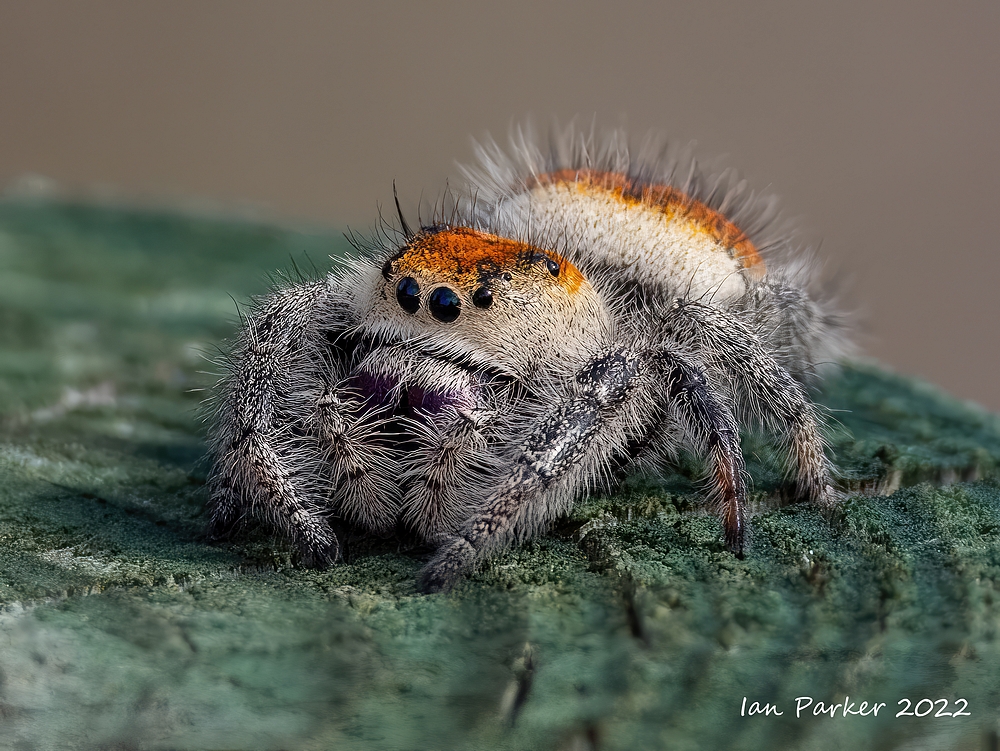
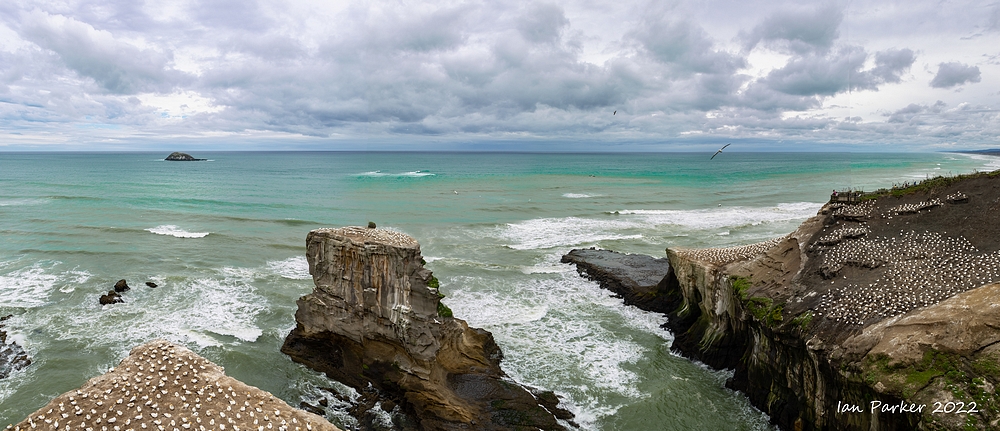

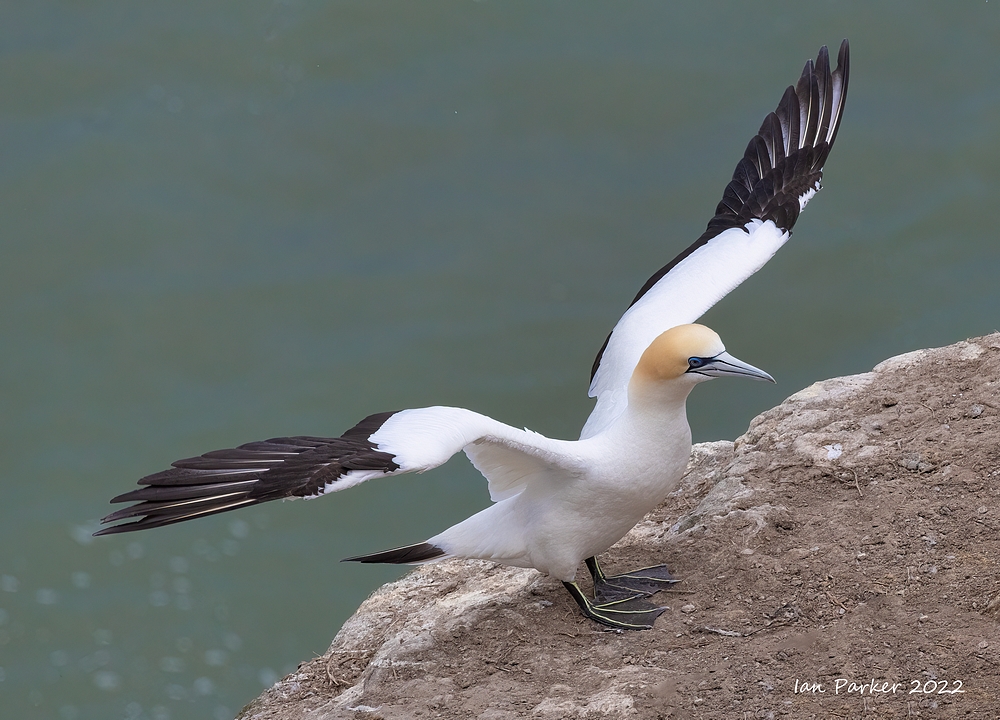
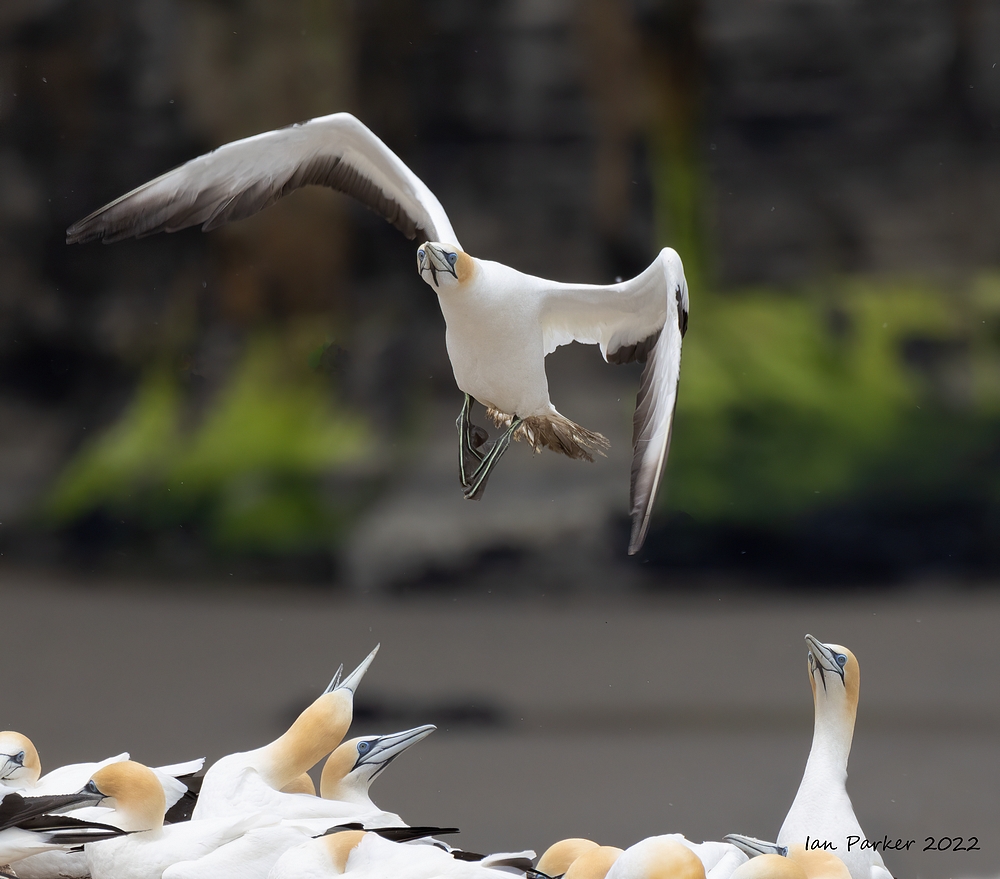


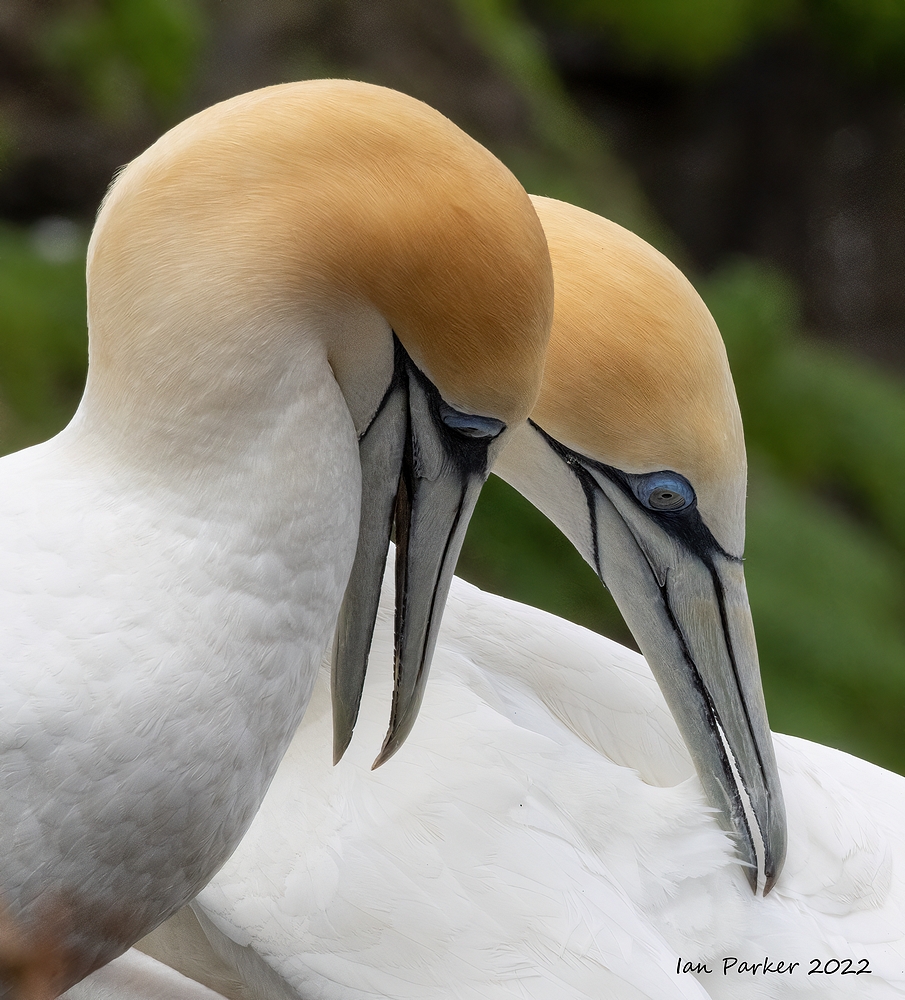



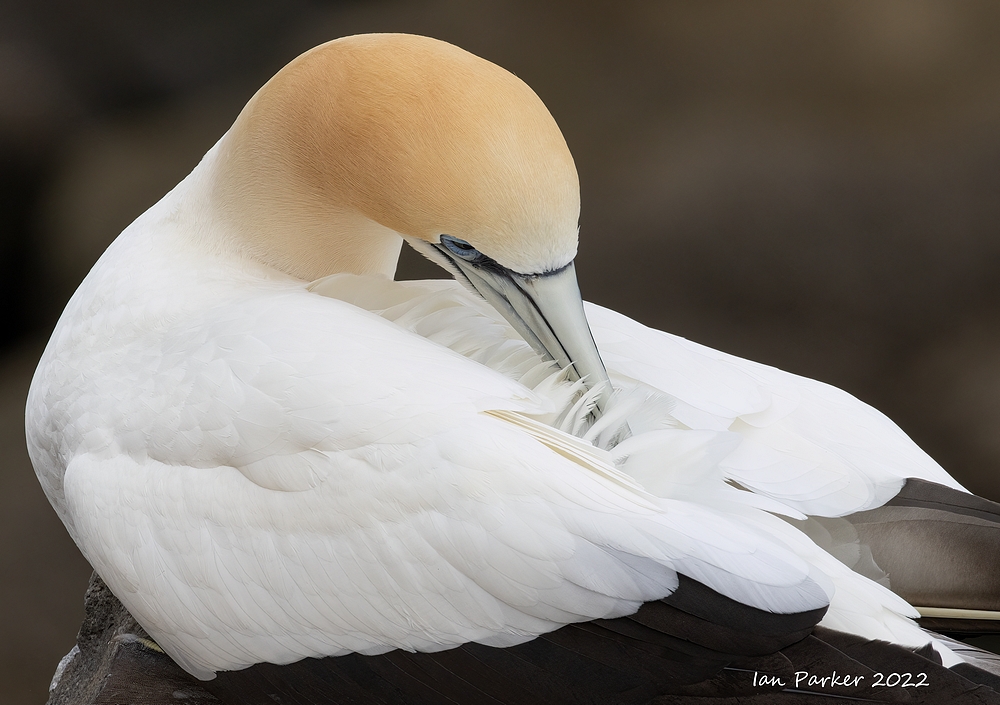
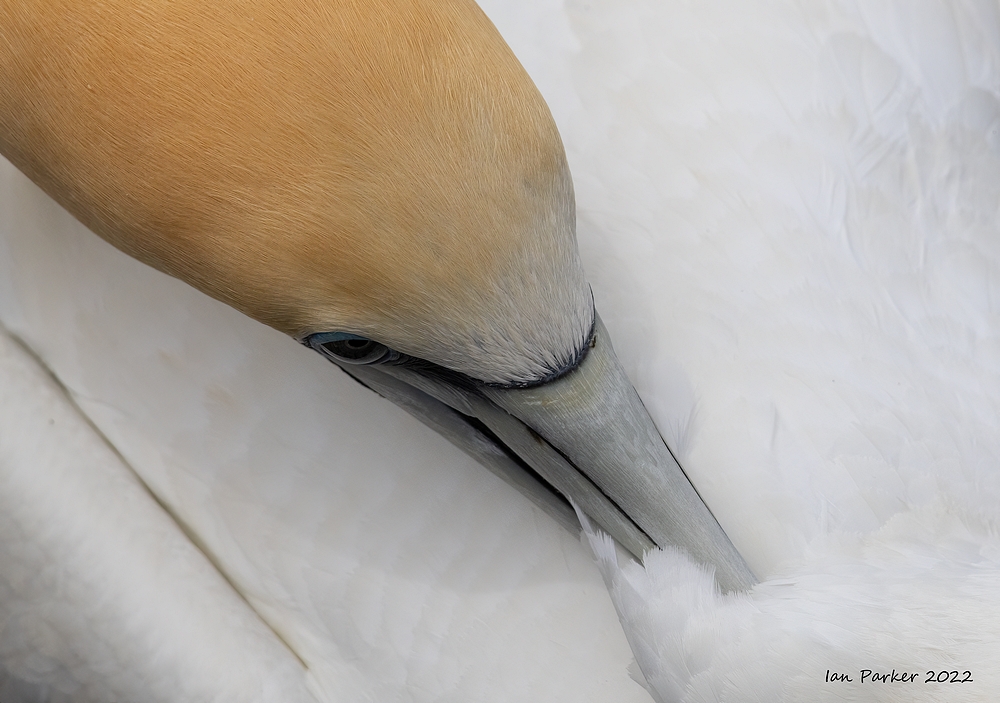
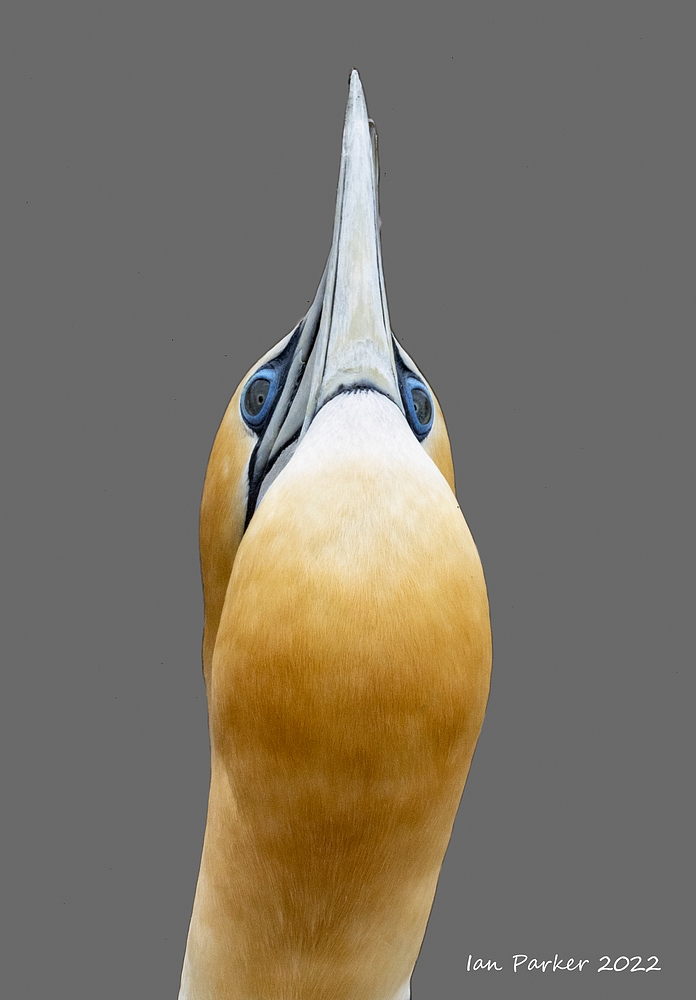

 Kawai
Kawai